The first decade of the 20th century was a time of significant change and growth for New York City. This era saw advances in construction, a booming economy, cultural developments, and new forms of entertainment that shaped the city’s vibrant life.
Life and Society
Life in New York City at the turn of the century was bustling and dynamic. The city was a home to many cultures. People from Italy, Ireland, Eastern Europe, and many other places came to New York, bringing their traditions and customs with them. These immigrants settled in diverse neighborhoods, creating a rich tapestry of cultural life.
The population of New York City grew rapidly during this period, surpassing four million by 1909. This growth led to crowded living conditions, especially in tenement buildings on the Lower East Side. Despite the challenges, these neighborhoods were full of life, with street vendors, pushcarts, and markets providing goods and services.
Famous Places and Landmarks
Several iconic landmarks and buildings were constructed in New York City during the 1900s. One of the most famous is the Flatiron Building, completed in 1902. Its unique triangular shape made it a standout architectural feature and a symbol of the city.
Read more
Another significant landmark from this era is the New York Public Library. Its main branch, located on Fifth Avenue, was under construction throughout much of the decade and would open to the public in 1911. This library was designed to be a center of knowledge and culture, offering extensive resources to the city’s residents.
Times Square also began to emerge as a major entertainment hub. Originally known as Longacre Square, it was renamed in 1904 when The New York Times moved its headquarters there. The area quickly became known for its theaters, bright lights, and bustling activity.
Economic Growth and Industry
The economy of New York City flourished at the turn of the century. The city was a leading financial center, with Wall Street at its heart. The New York Stock Exchange saw increased activity, contributing to the city’s economic boom.
Industries such as textiles, printing, and manufacturing were thriving. The garment industry, in particular, provided jobs for thousands of workers. Many of these workers were immigrants, working long hours in factories under challenging conditions. Labor movements began to grow in response to these conditions, advocating for better wages and working conditions.
Construction and Infrastructure
Construction in New York City during the 1900s was characterized by rapid development and innovation. Skyscrapers began to dominate the skyline, made possible by advances in steel construction and elevator technology. The Singer Building, completed in 1908, was one of the tallest buildings in the world at the time.
The city’s infrastructure also saw significant improvements. The subway system, which had begun construction in the 1890s, opened its first line in 1904. This underground network transformed transportation in the city, making it easier for people to commute and reducing congestion on the streets.
Bridges like the Williamsburg Bridge, completed in 1903, connected Manhattan to Brooklyn, facilitating the movement of people and goods. These infrastructure projects were crucial in supporting the city’s growing population and economic activities.
Restaurants and Food
The culinary scene in New York City at the turn of the century was diverse and vibrant. Immigrant communities brought their traditional foods, contributing to a rich culinary landscape. Italian immigrants introduced foods like pizza and pasta, which quickly became popular.
Restaurants ranged from elegant dining establishments to simple eateries. Delmonico’s, one of the city’s most famous restaurants, was known for its luxurious atmosphere and fine cuisine. It attracted wealthy patrons who enjoyed gourmet dishes and sophisticated service.
For more everyday dining, there were countless delis, diners, and street vendors. These places offered affordable and convenient meals for workers and residents. Foods like hot dogs, bagels, and pretzels became staples of New York’s street food culture.
Entertainment and Leisure
Entertainment was a major part of life in New York City during the 1900s. Vaudeville theaters were extremely popular, offering a variety of acts, including comedy, music, and magic shows. These performances attracted diverse audiences and provided affordable entertainment for the masses.
Broadway began to establish itself as the premier theater district in the country. Theaters along Broadway hosted a range of productions, from dramas to musicals, contributing to the city’s cultural vibrancy. The establishment of iconic theaters like the New Amsterdam Theatre in 1903 helped solidify Broadway’s reputation.
Coney Island was another major attraction, known for its amusement parks and seaside resorts. Places like Luna Park and Dreamland offered thrilling rides, games, and shows, drawing visitors from all over the city and beyond. Coney Island provided a place for fun and relaxation, especially during the summer months.
Public Services and Health
Public health and services improved significantly during the 1900s. Efforts to combat diseases like tuberculosis and typhoid led to better sanitation practices and public health measures. The establishment of public hospitals and clinics provided more people with access to medical care.
The city also worked on improving its water supply and sewage systems. The Croton Aqueduct, which had been expanded over the years, continued to provide fresh water to the city. Improvements in waste management helped reduce the spread of disease and made the city a healthier place to live.
The fire and police departments also saw advancements. The fire department modernized its equipment and training, making it more effective in responding to fires. The police department continued to professionalize, with efforts to reduce corruption and improve public safety.
Education and Intellectual Life
. Public schools expanded, providing more children with access to education. Efforts to implement compulsory education laws ensured that children spent time in school rather than working in factories or on the streets.
Higher education institutions also grew during this period. Columbia University and New York University expanded their campuses and programs, attracting students from around the country and the world. These institutions played a crucial role in the intellectual and cultural life of the city.
Public libraries and literary societies flourished, promoting literacy and intellectual engagement. The New York Public Library, with its extensive collection of books and resources, became a vital center for knowledge and learning.
Social Issues and Reforms
The rapid growth and industrialization of New York City brought significant social challenges. Overcrowding, poor living conditions, and poverty were widespread, particularly in immigrant neighborhoods. Social reformers worked tirelessly to address these issues.
Figures like Jacob Riis used journalism and photography to document the harsh realities of life in the tenements, raising awareness and advocating for change. Settlement houses, like the Henry Street Settlement, provided support and services to the poor, including education, healthcare, and job training.
Labor movements gained momentum during this period. Workers organized strikes and protests to demand better wages, working conditions, and hours. The Triangle Shirtwaist Factory fire in 1911, though just outside the decade, highlighted the need for labor reforms and led to significant changes in workplace safety regulations.


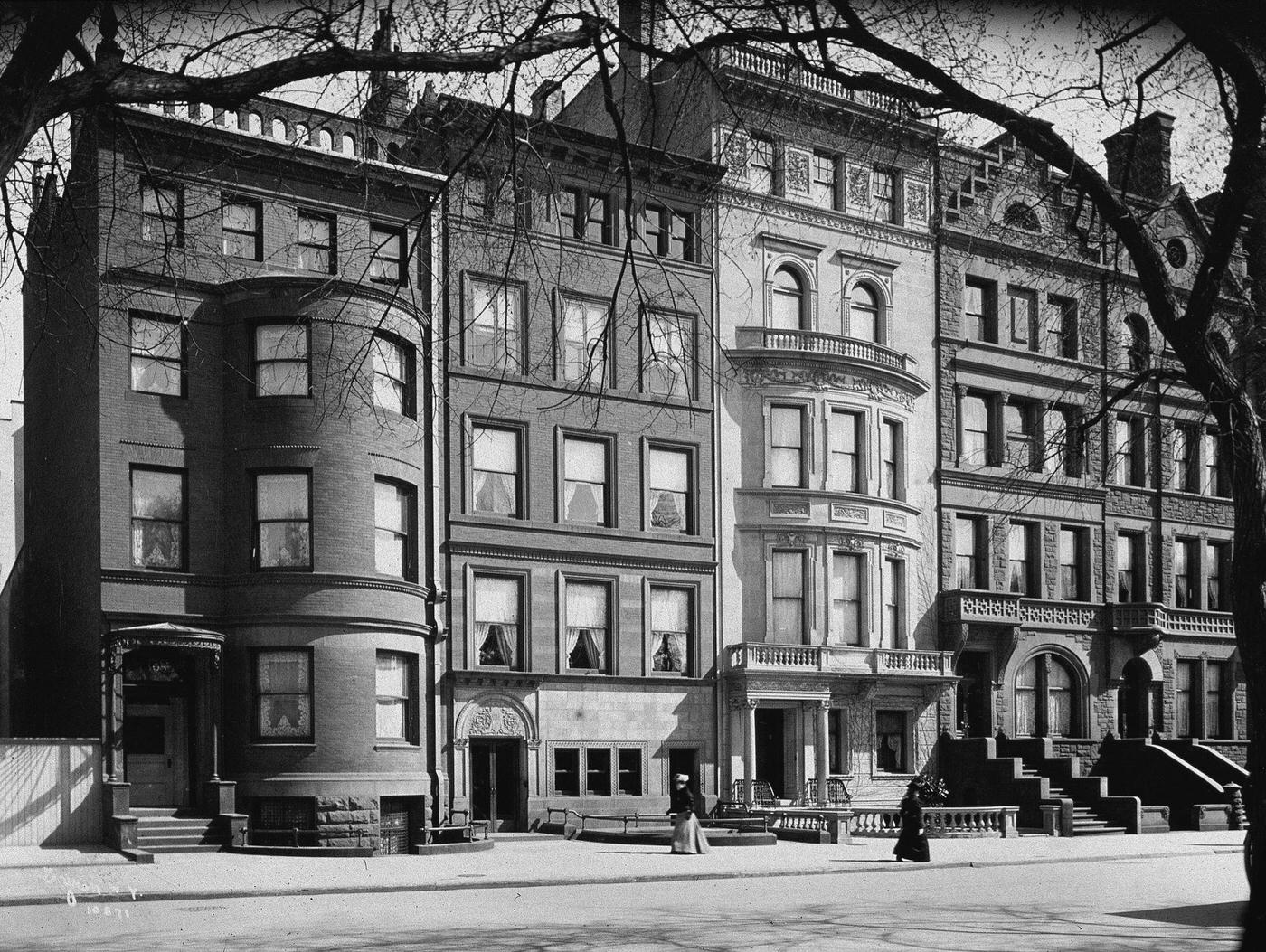
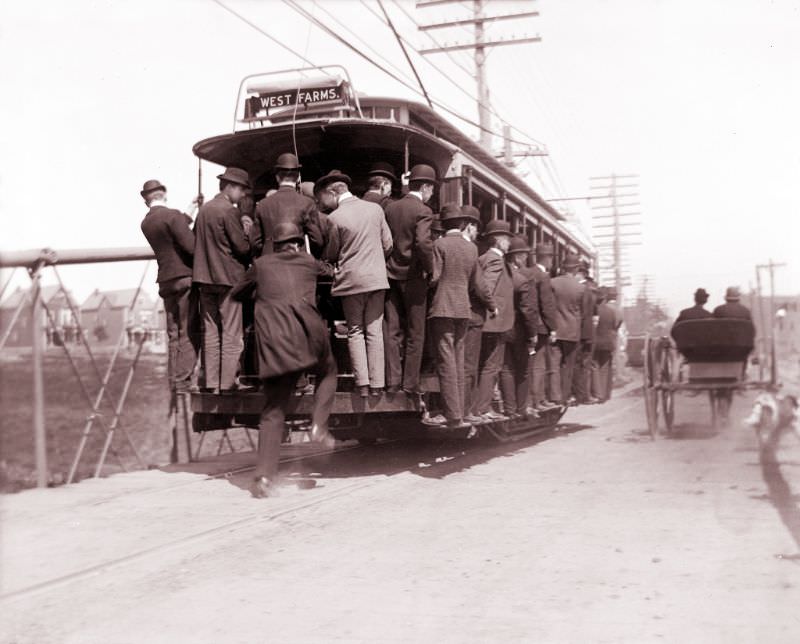
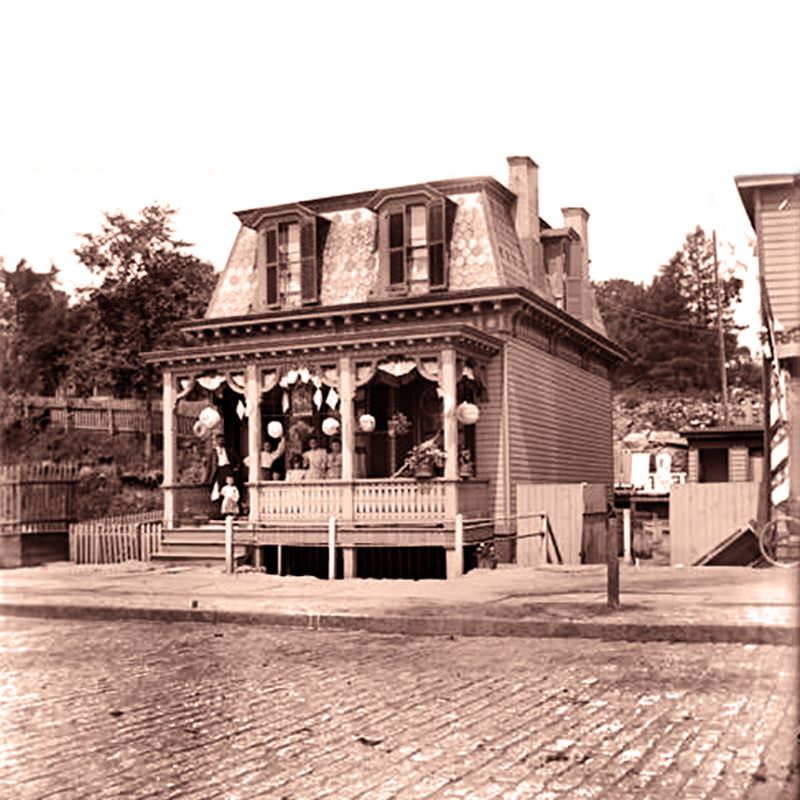

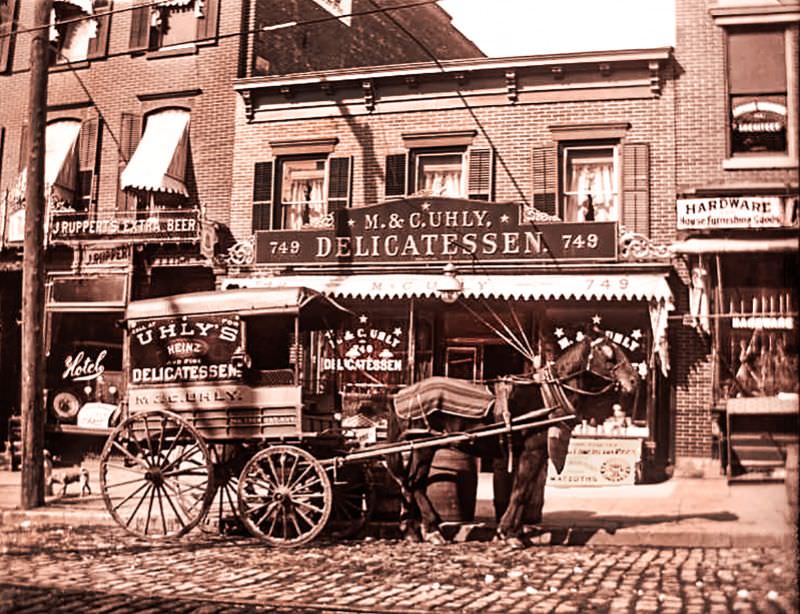
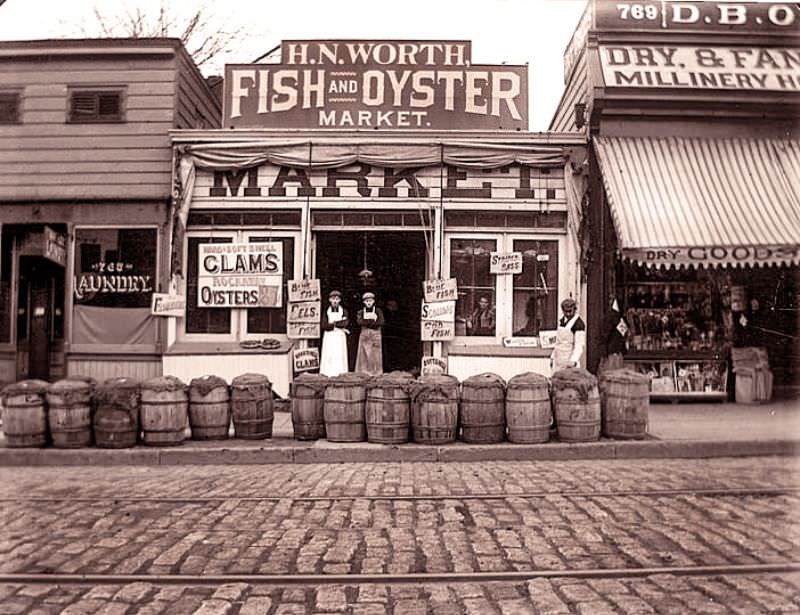
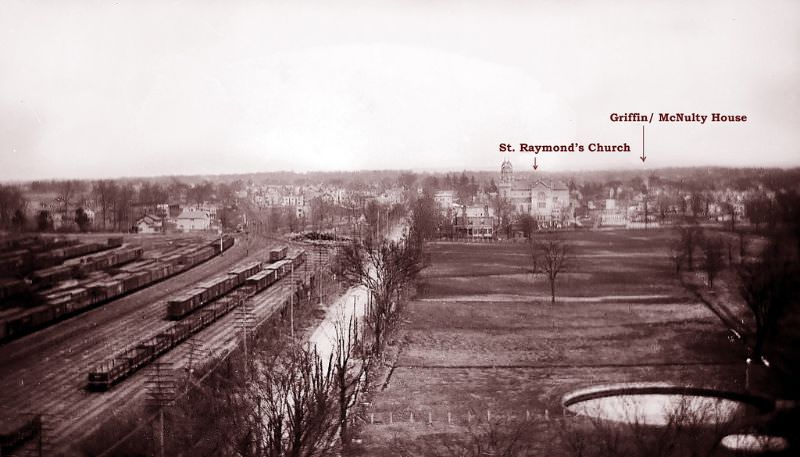


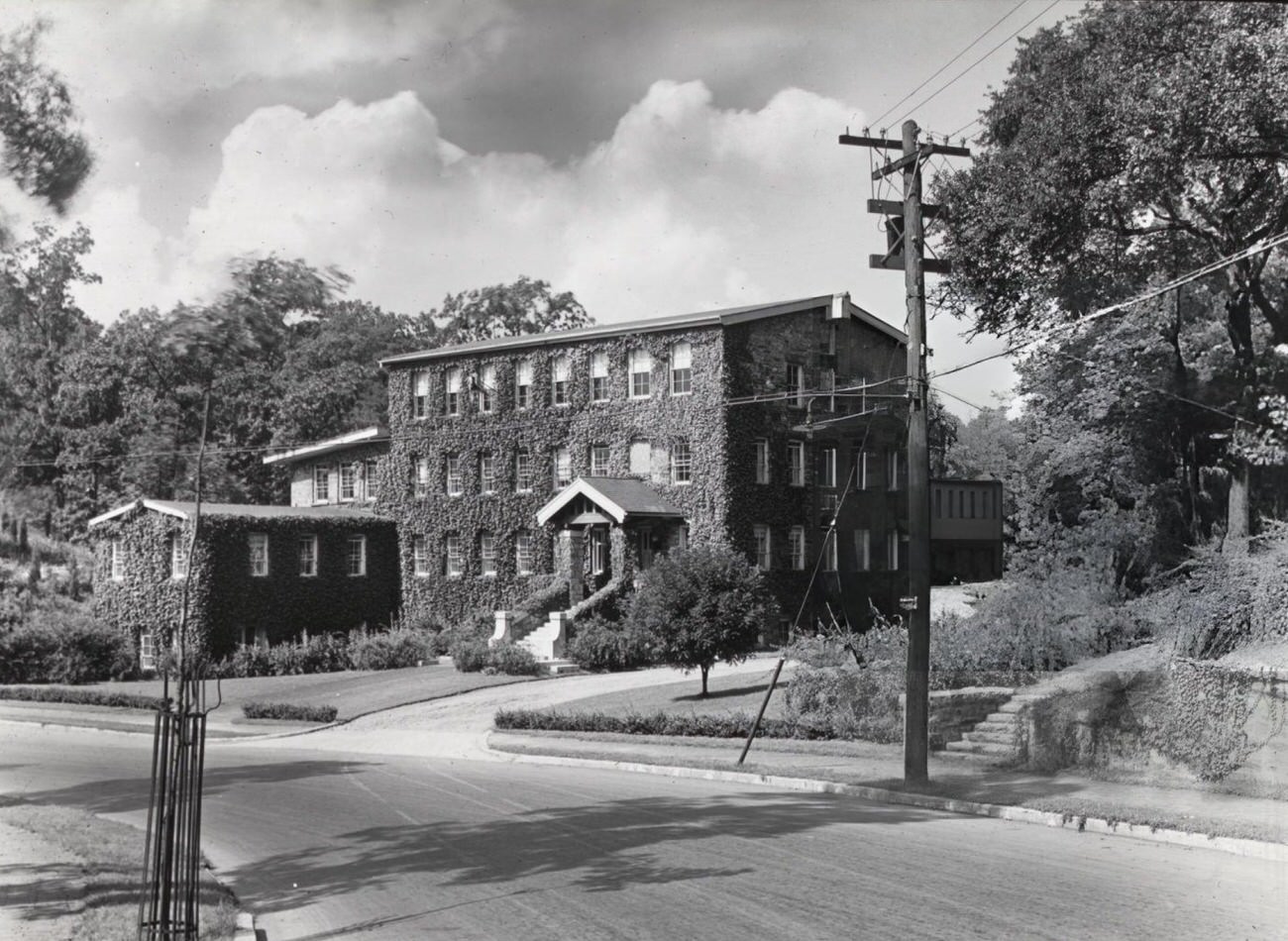
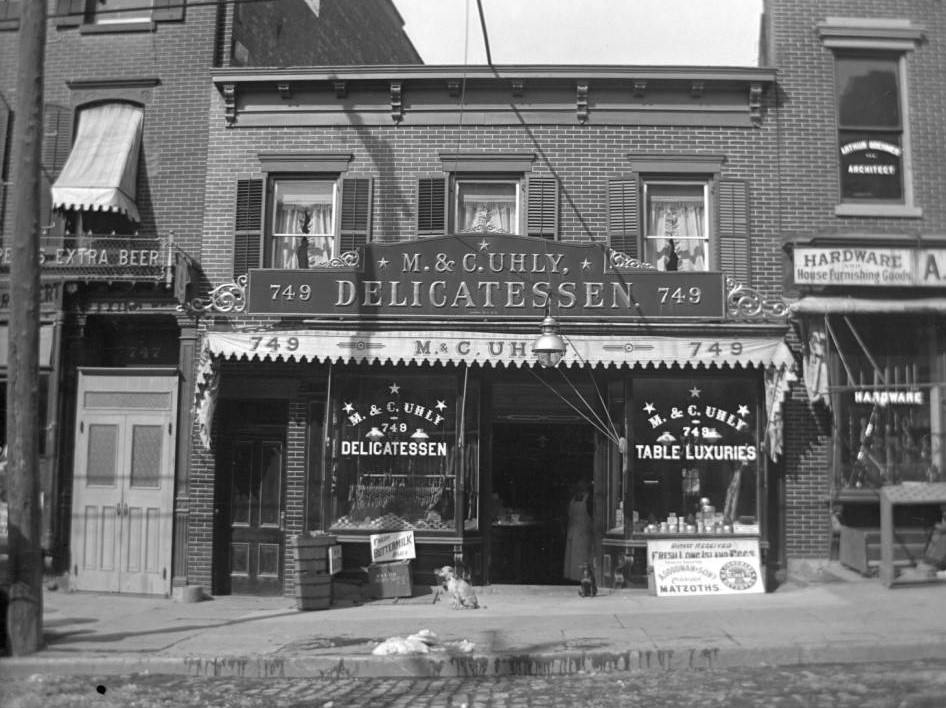
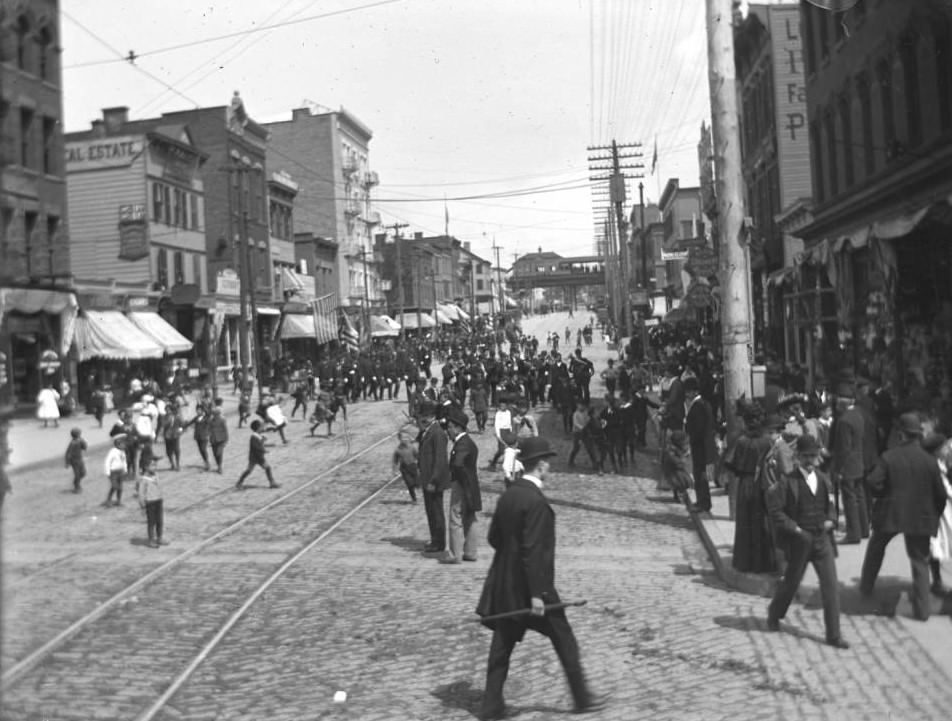
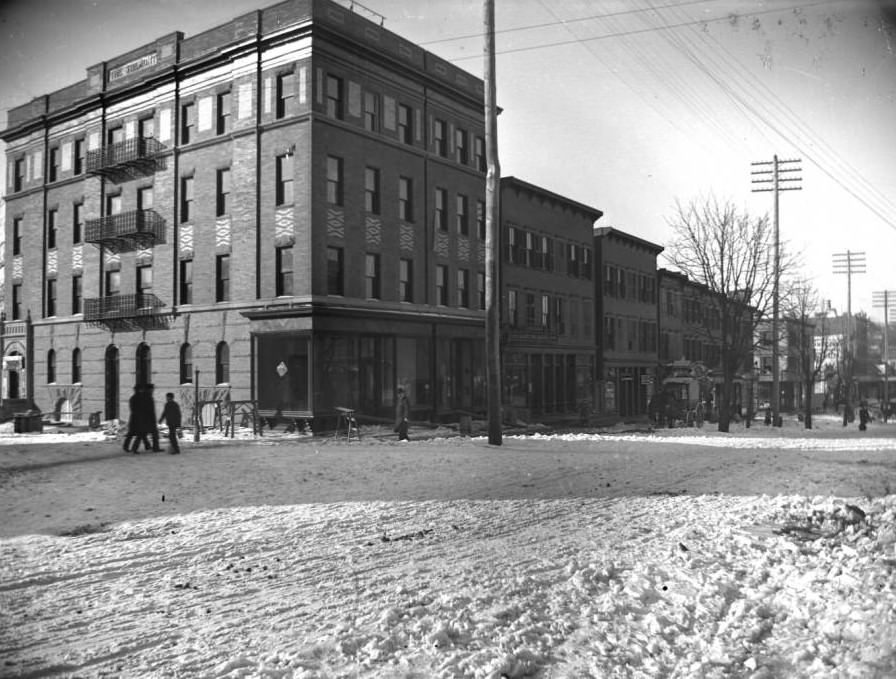
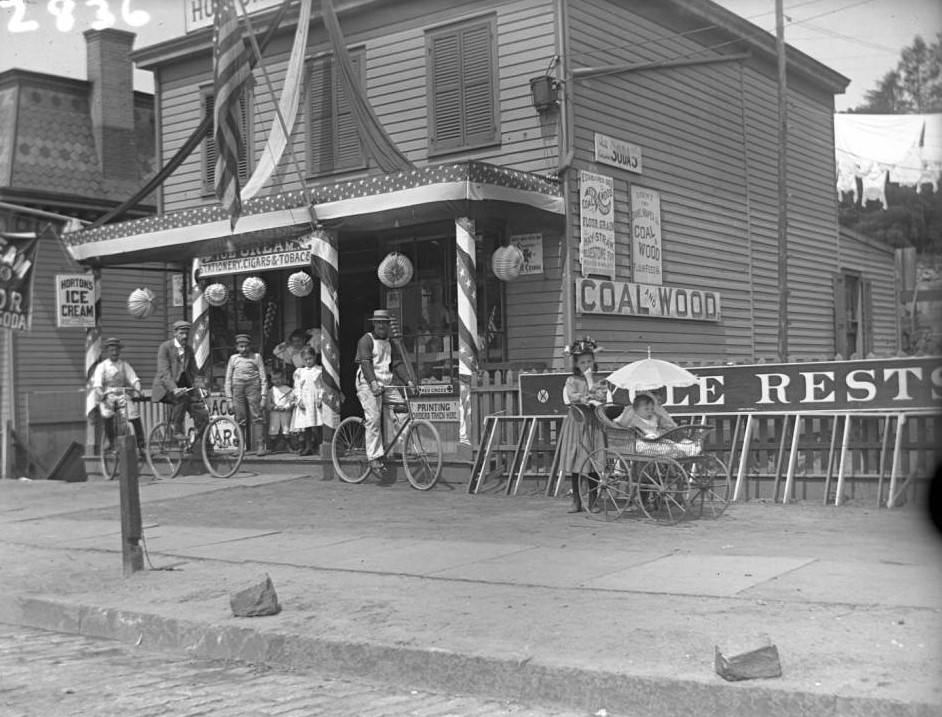
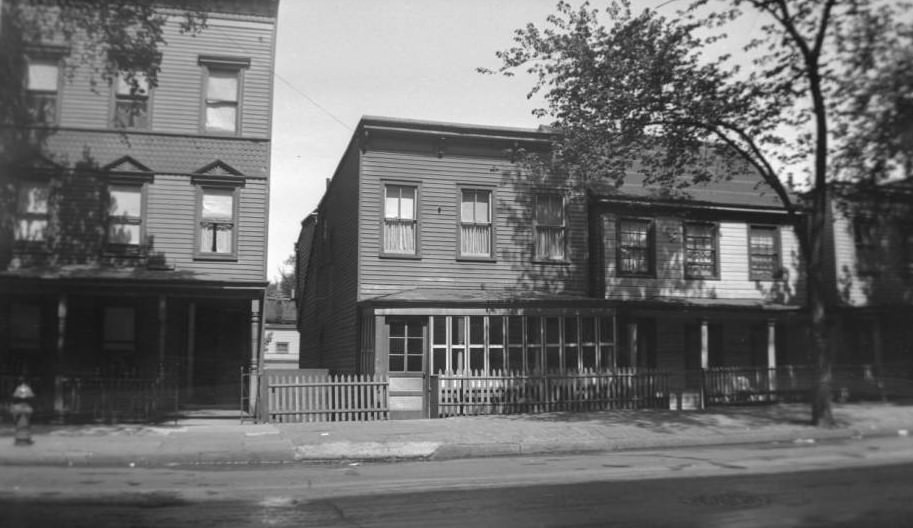
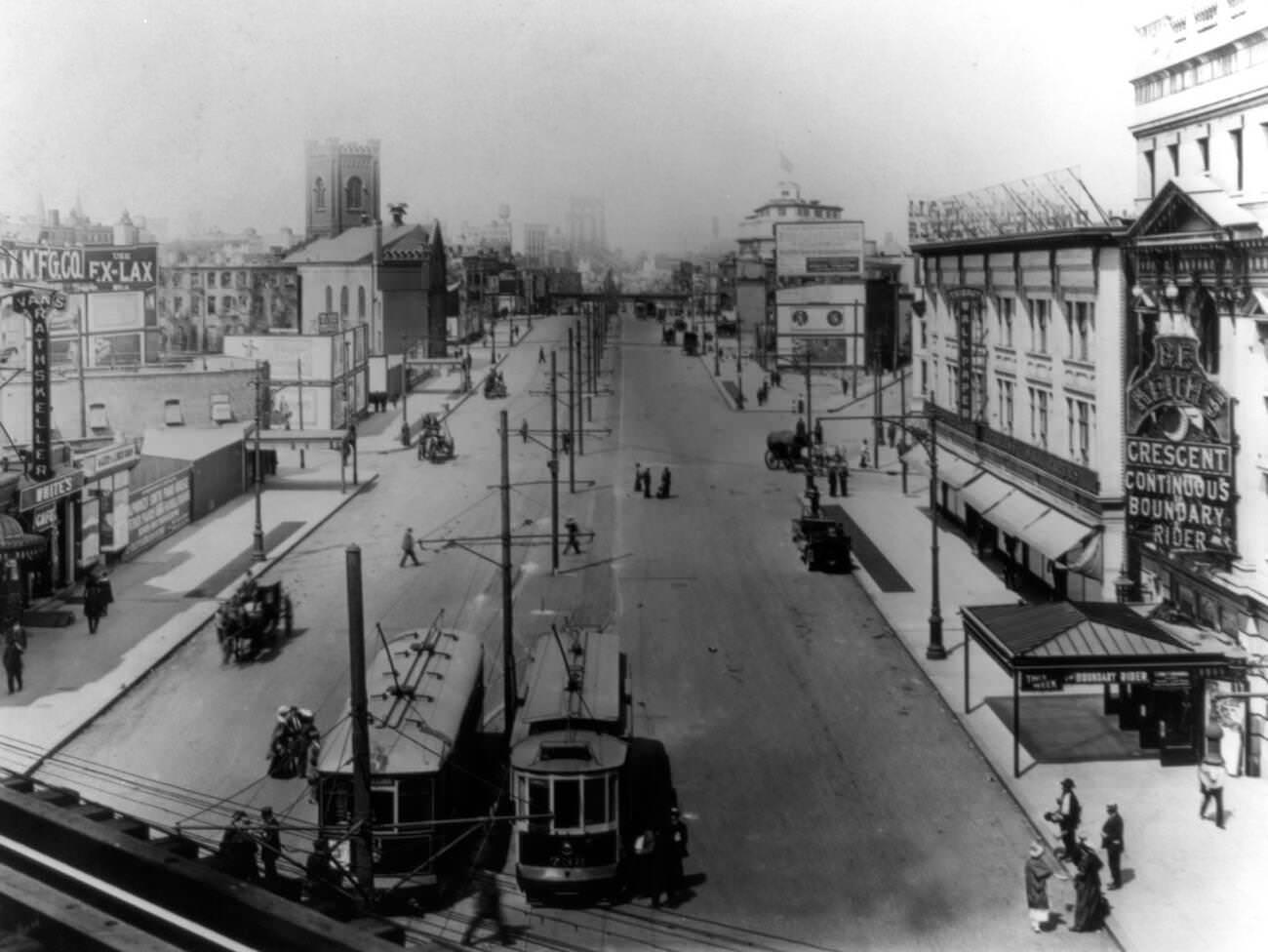
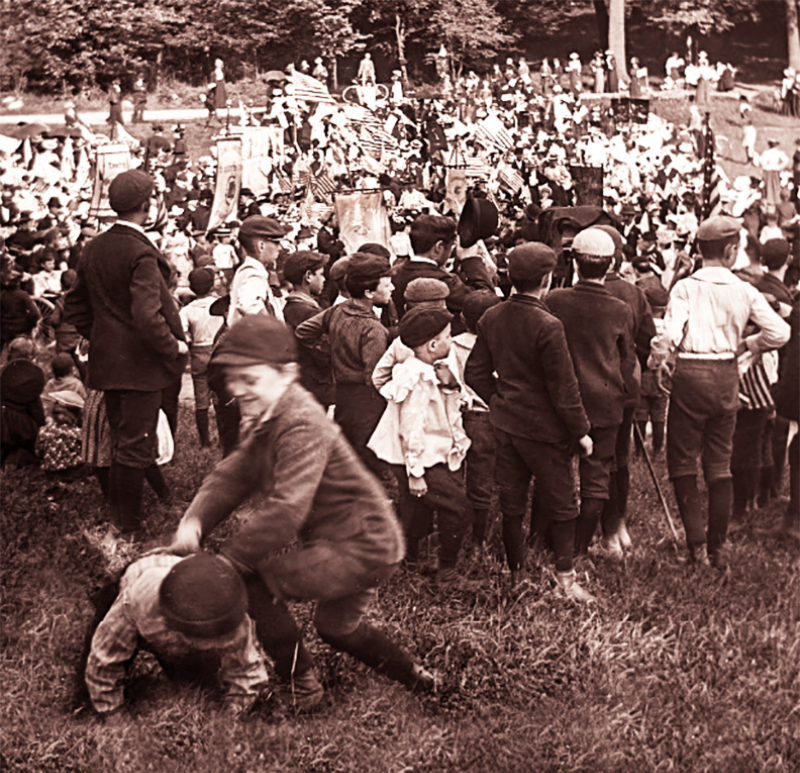

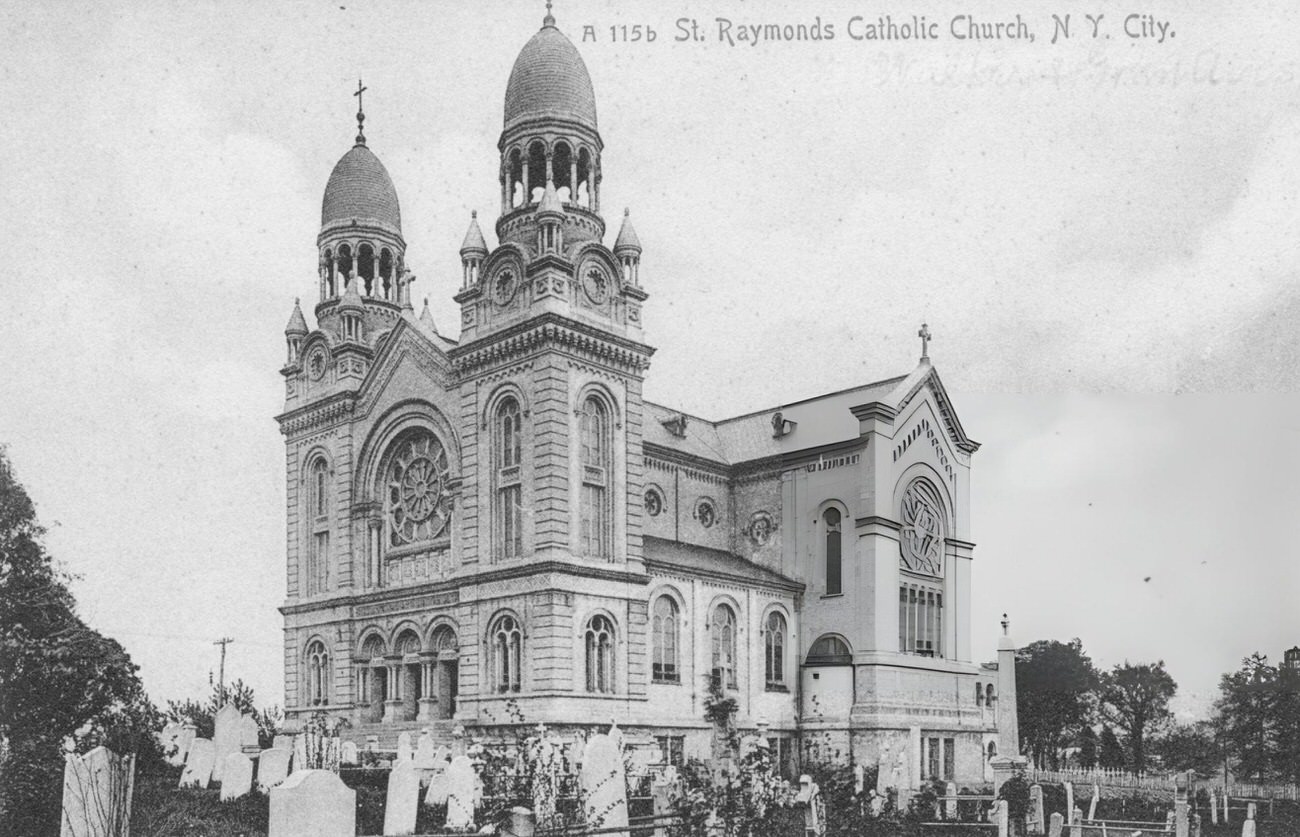
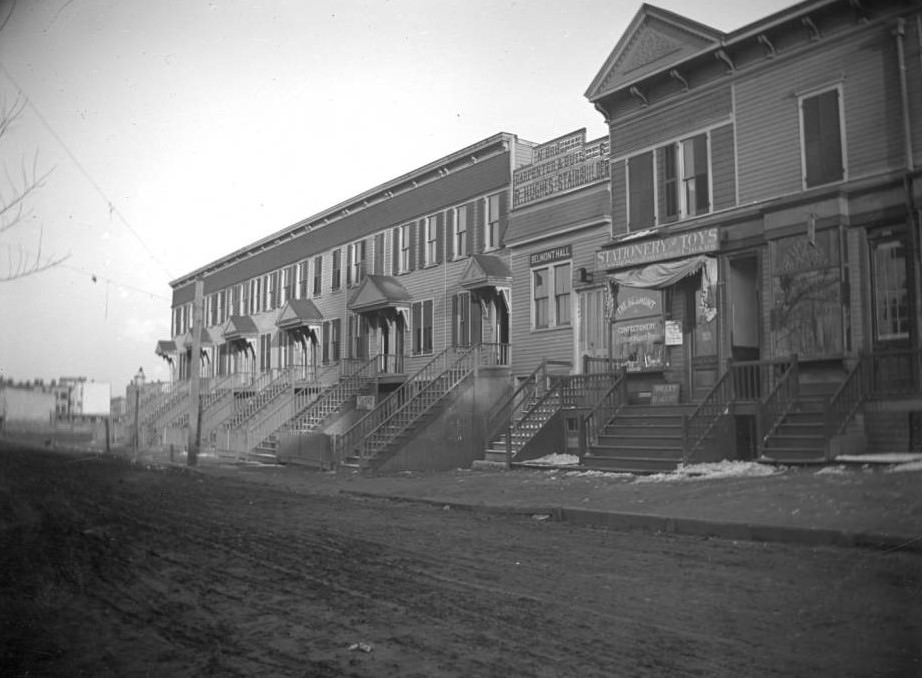
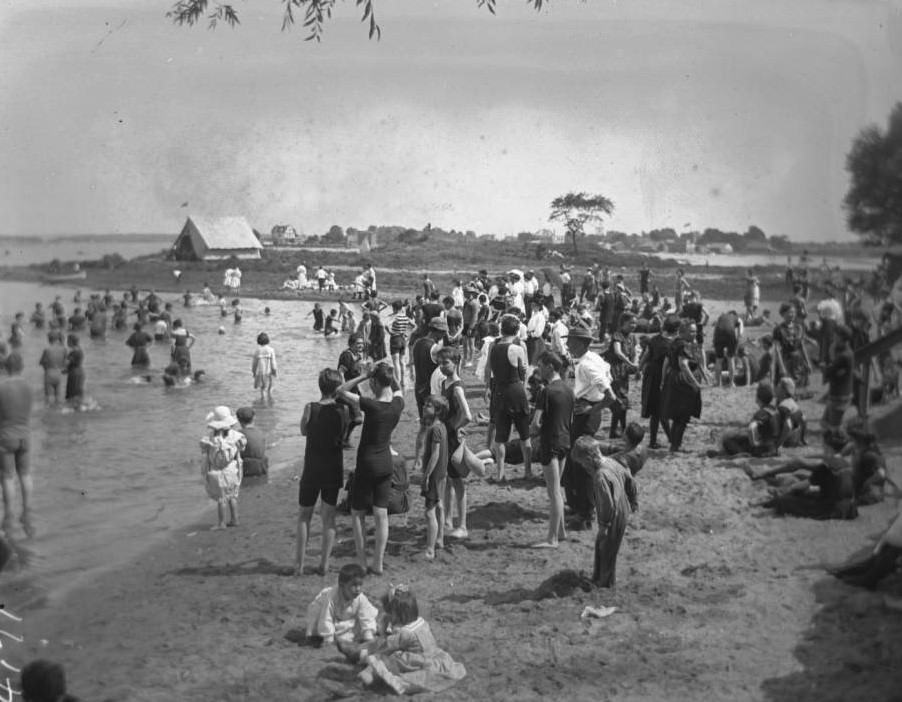
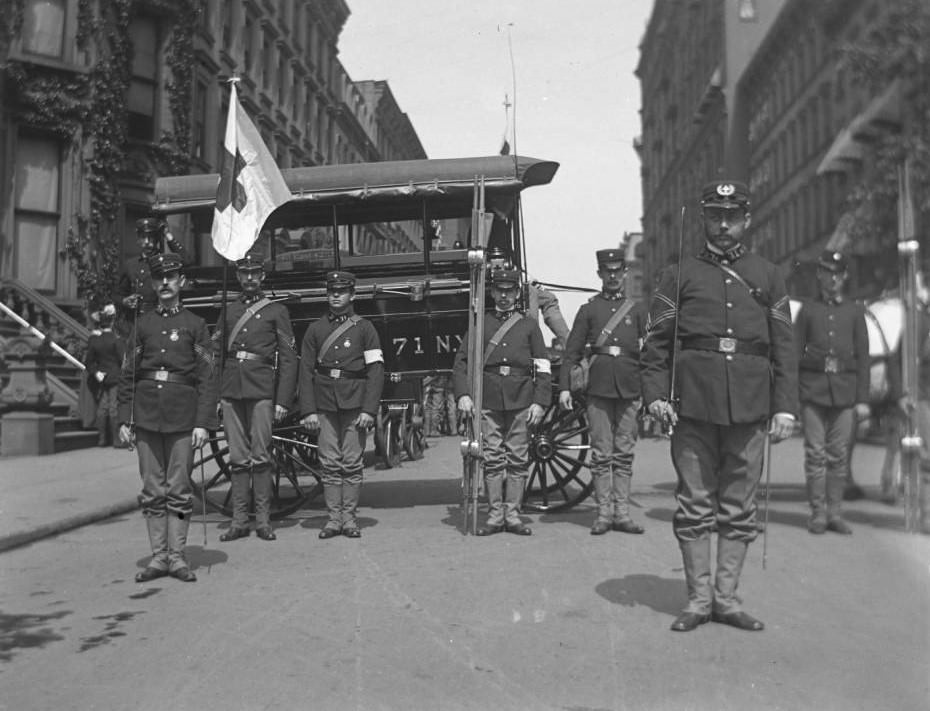
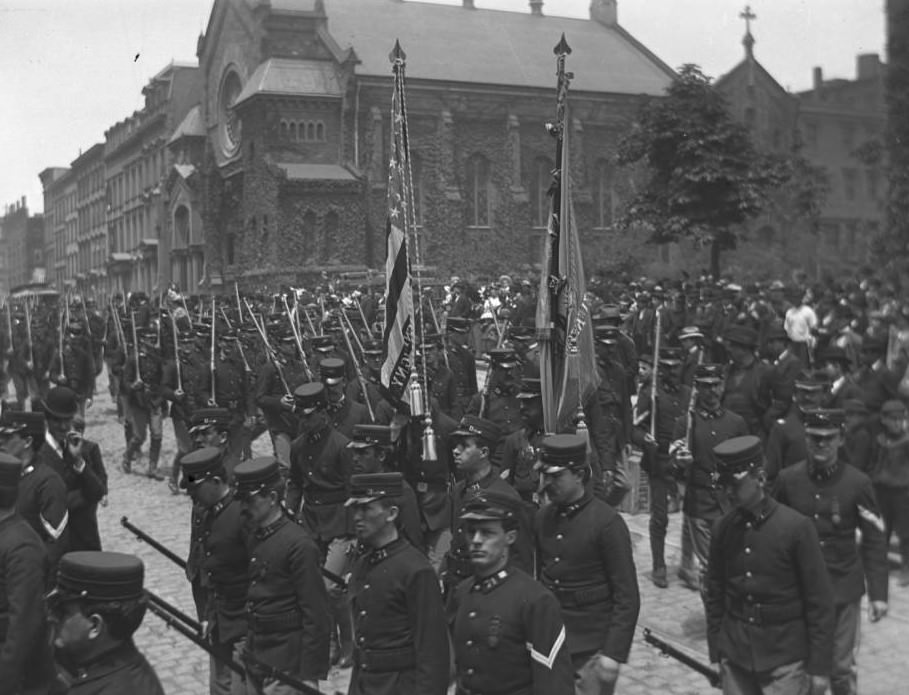
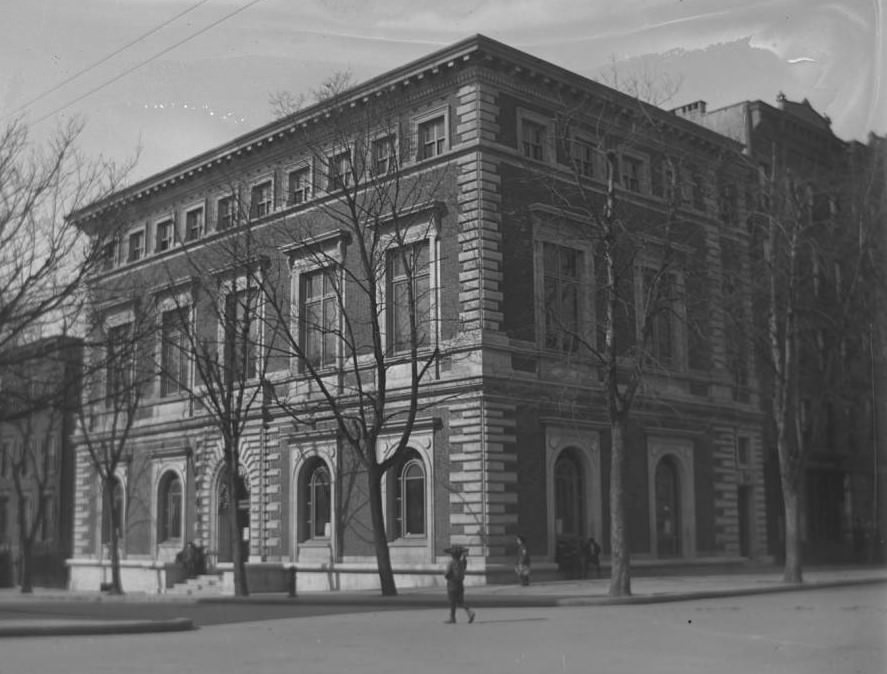
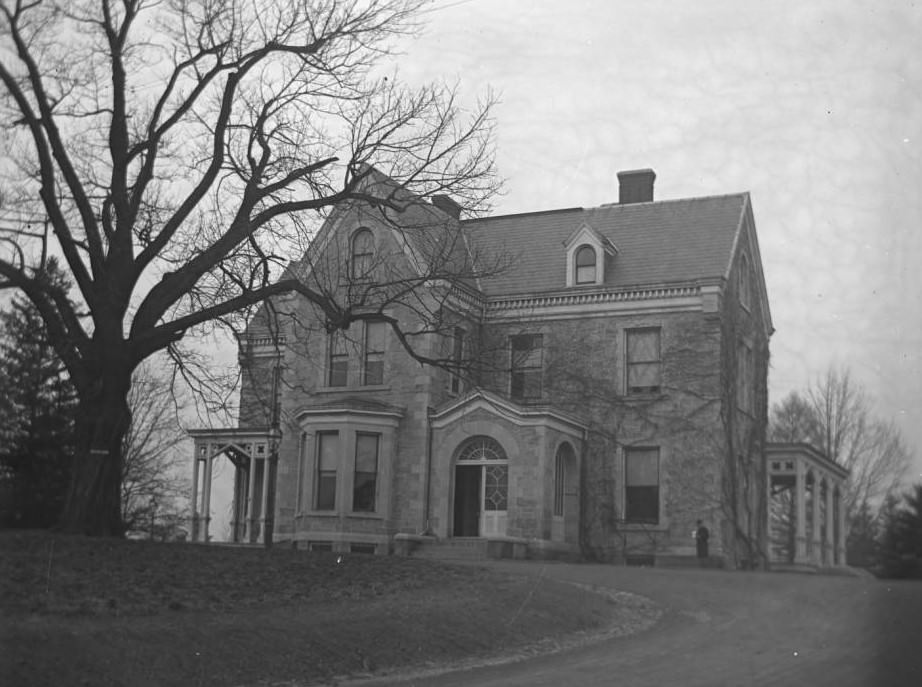
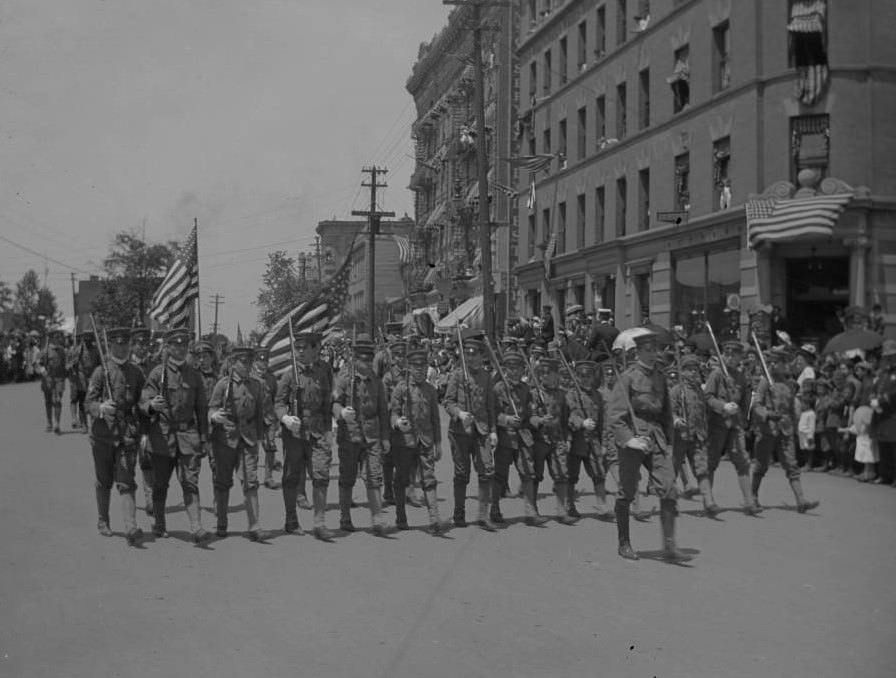
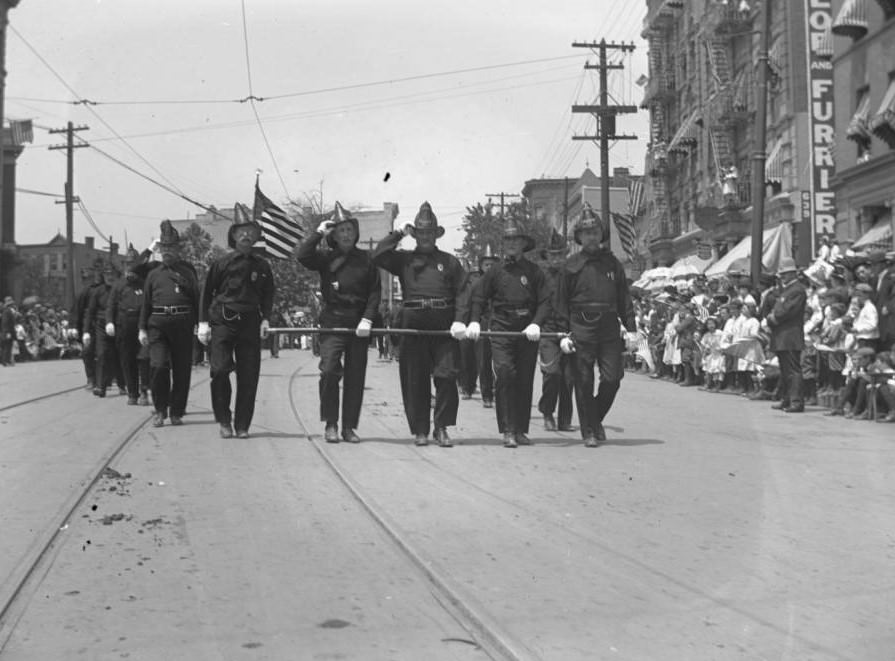
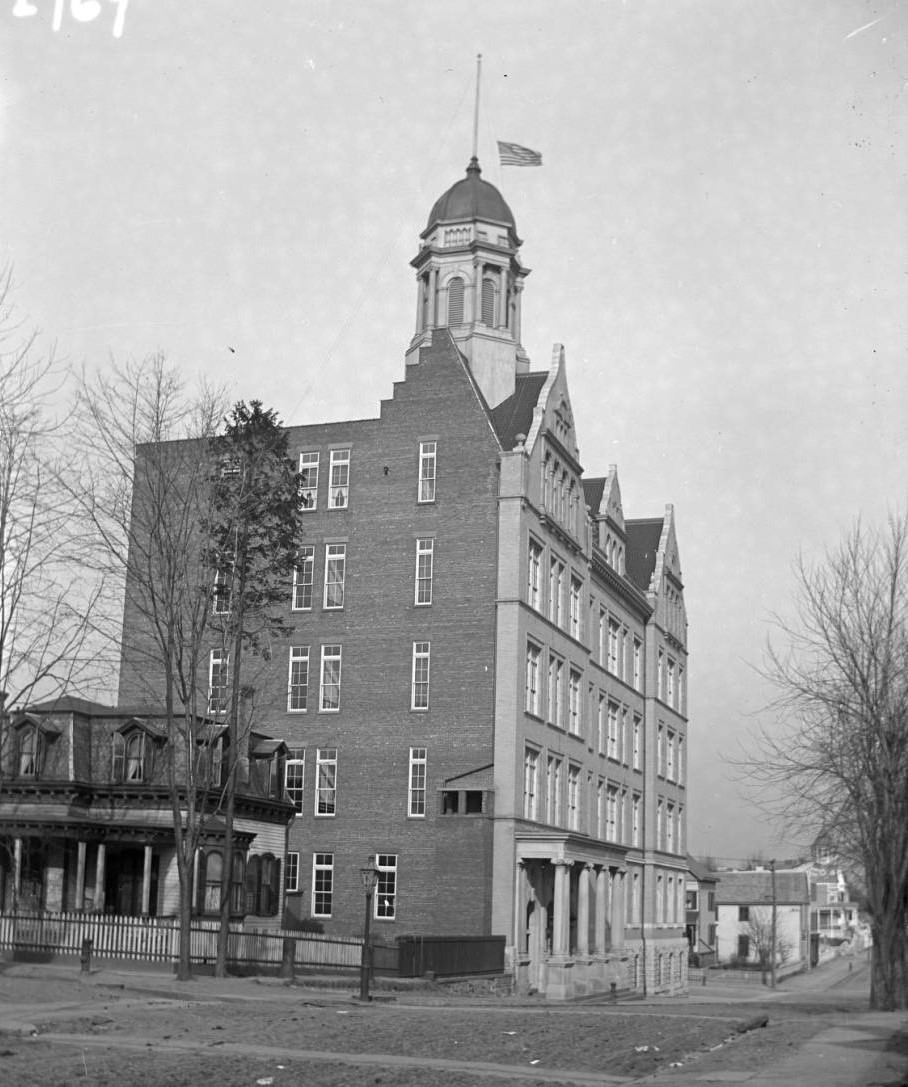
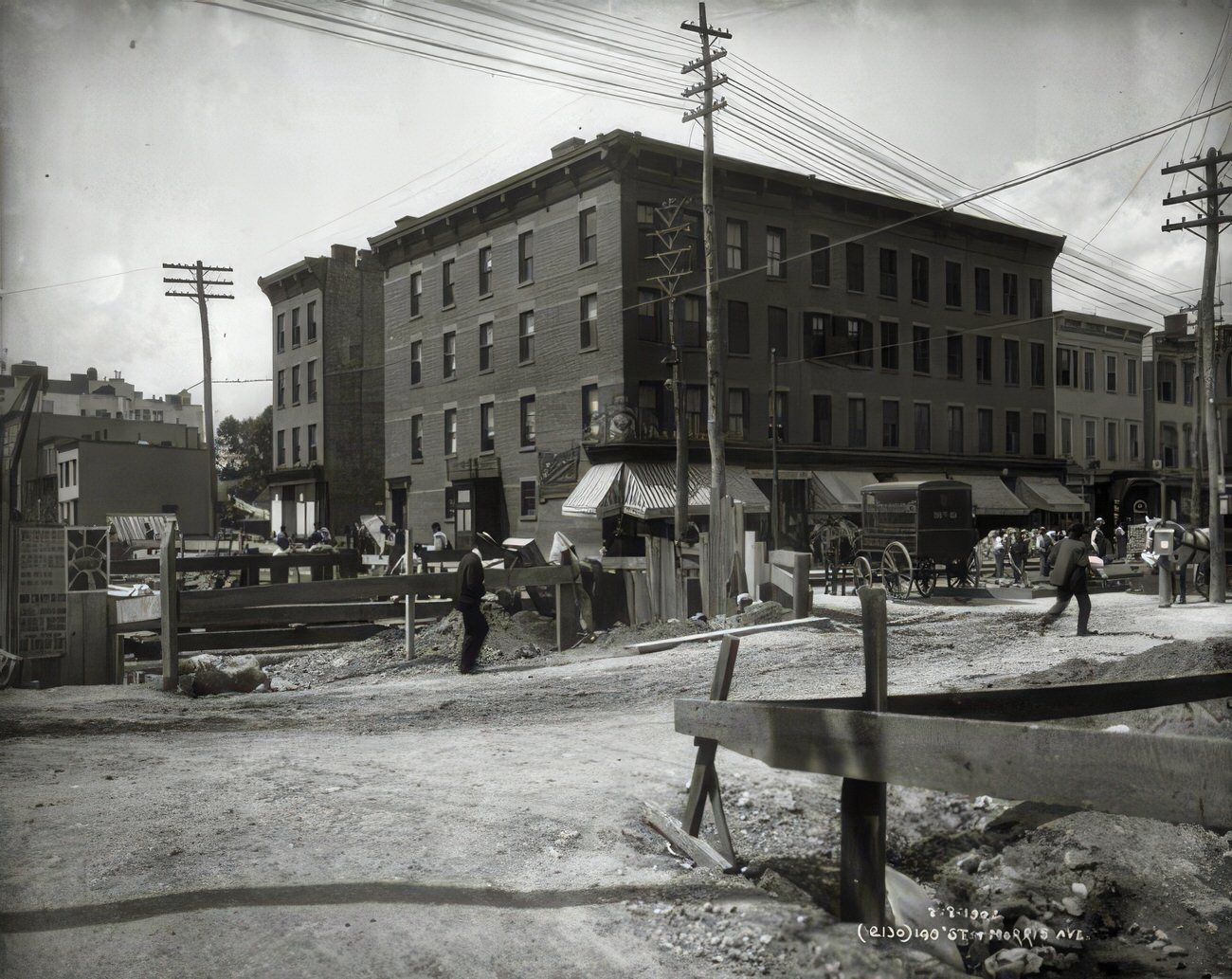
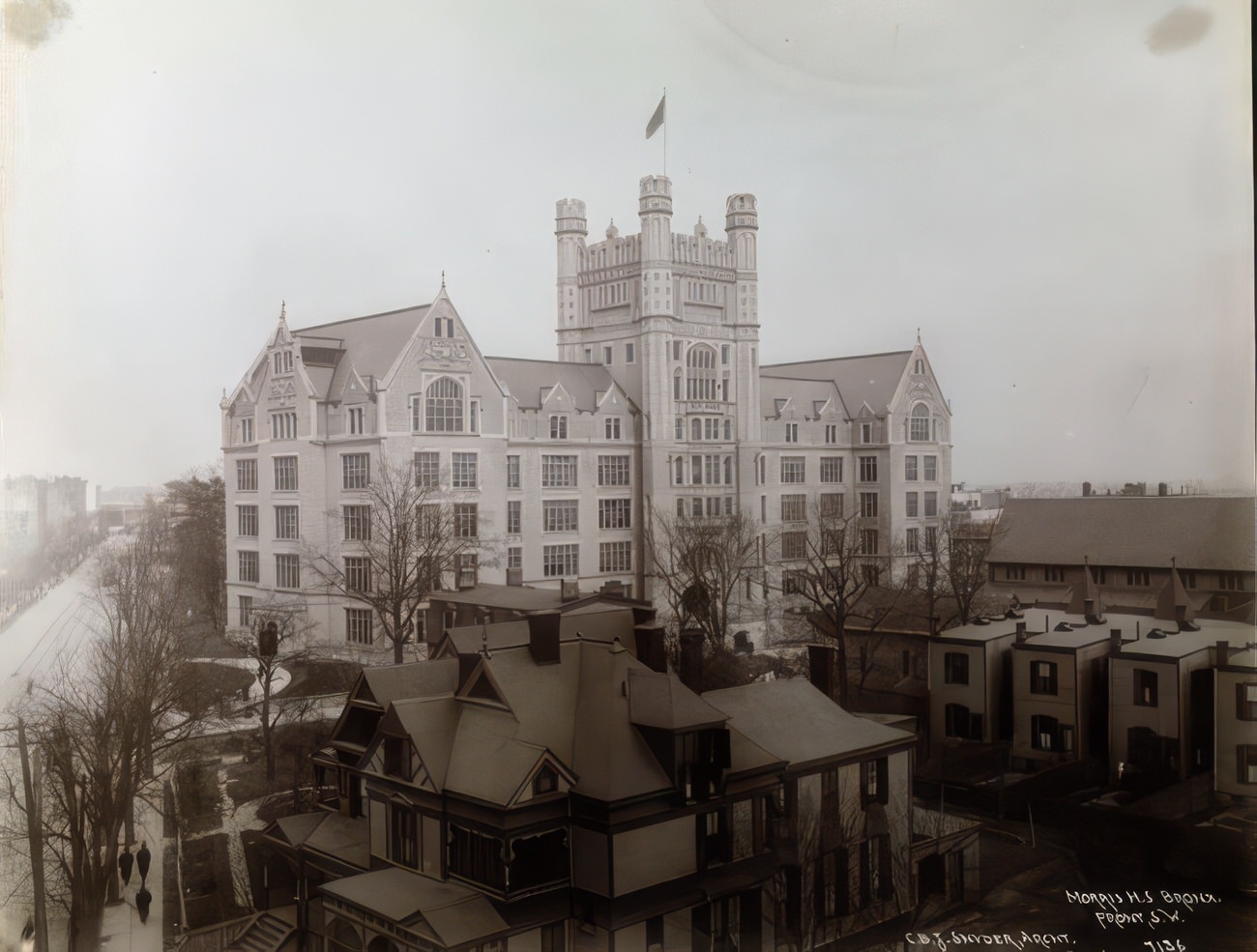
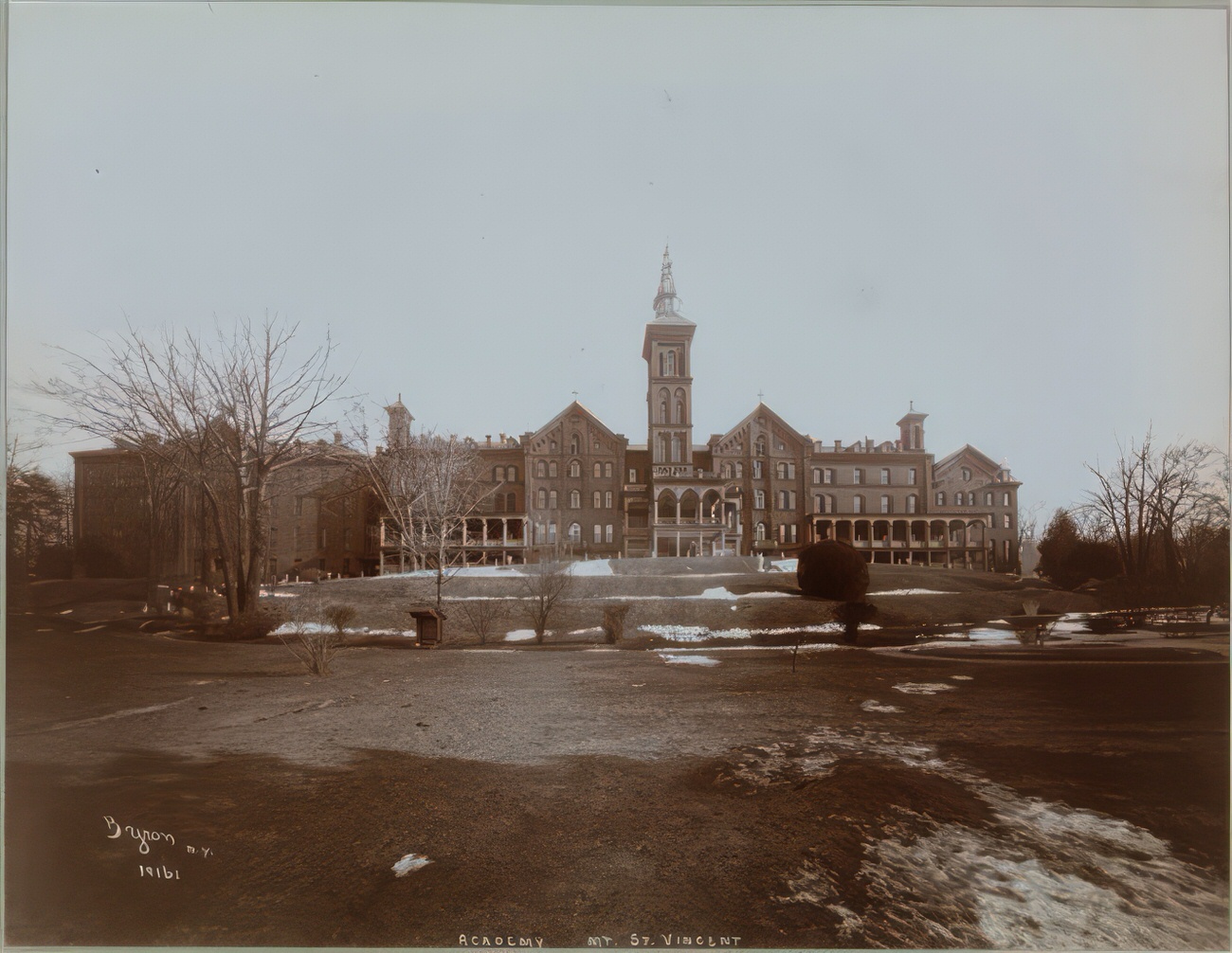
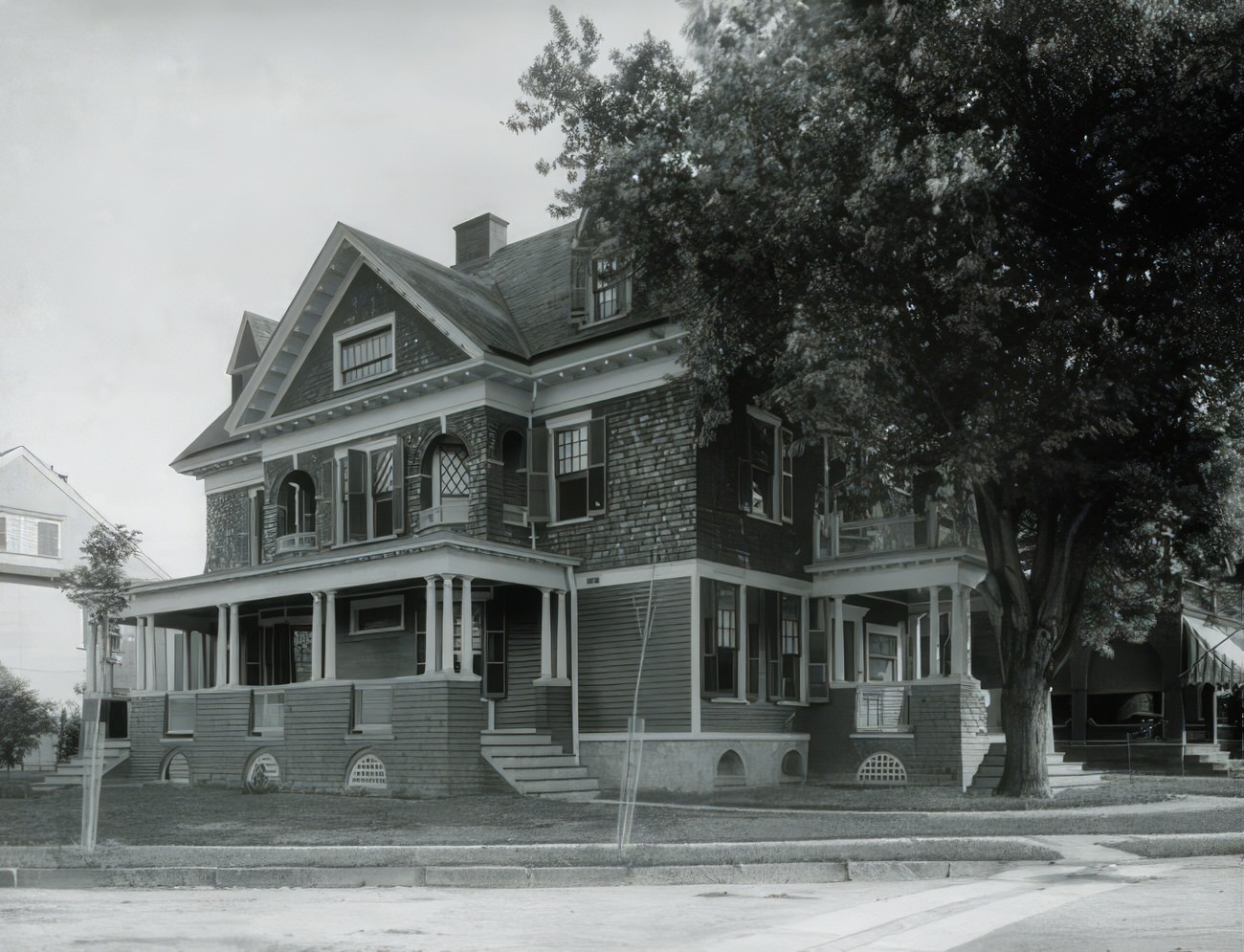
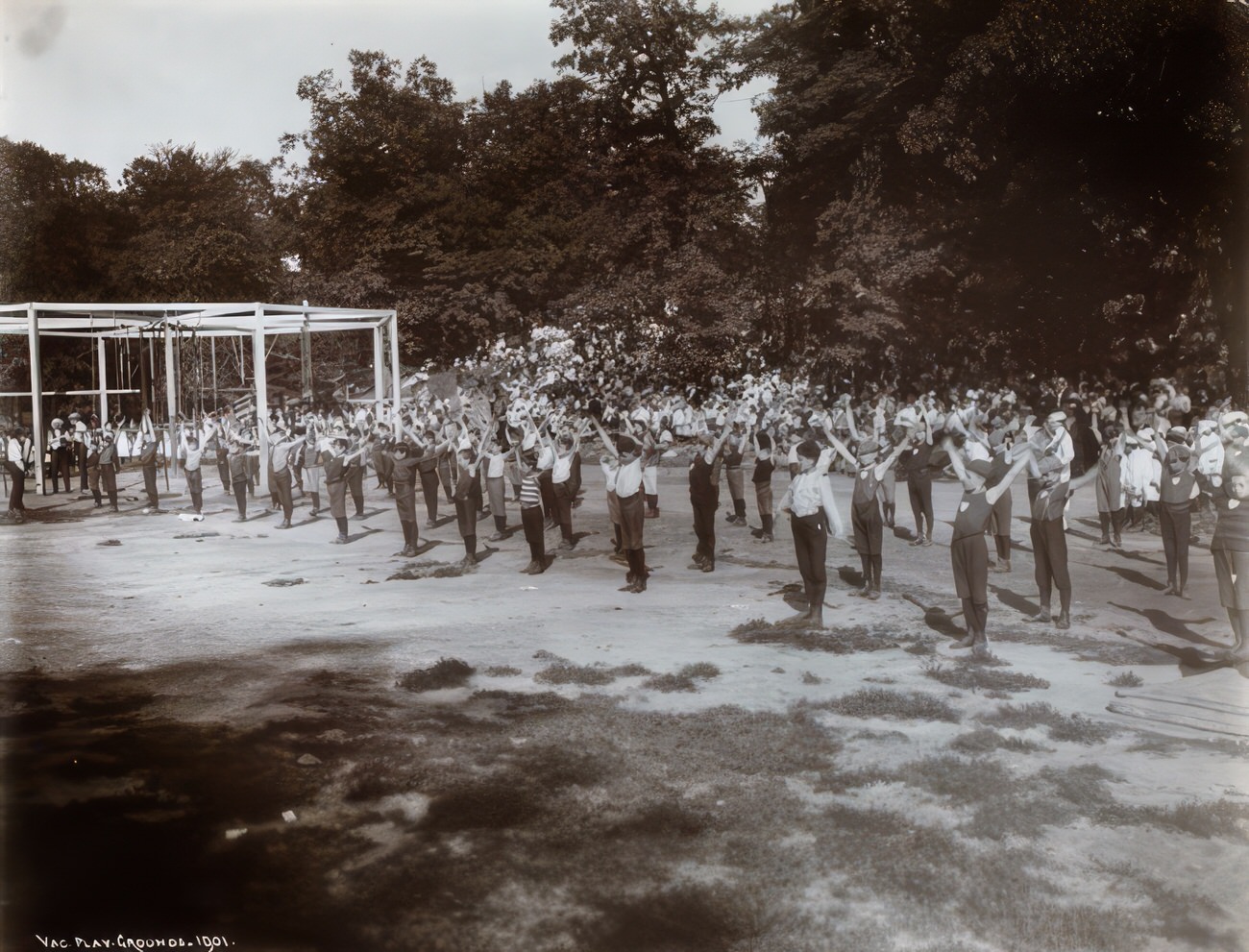
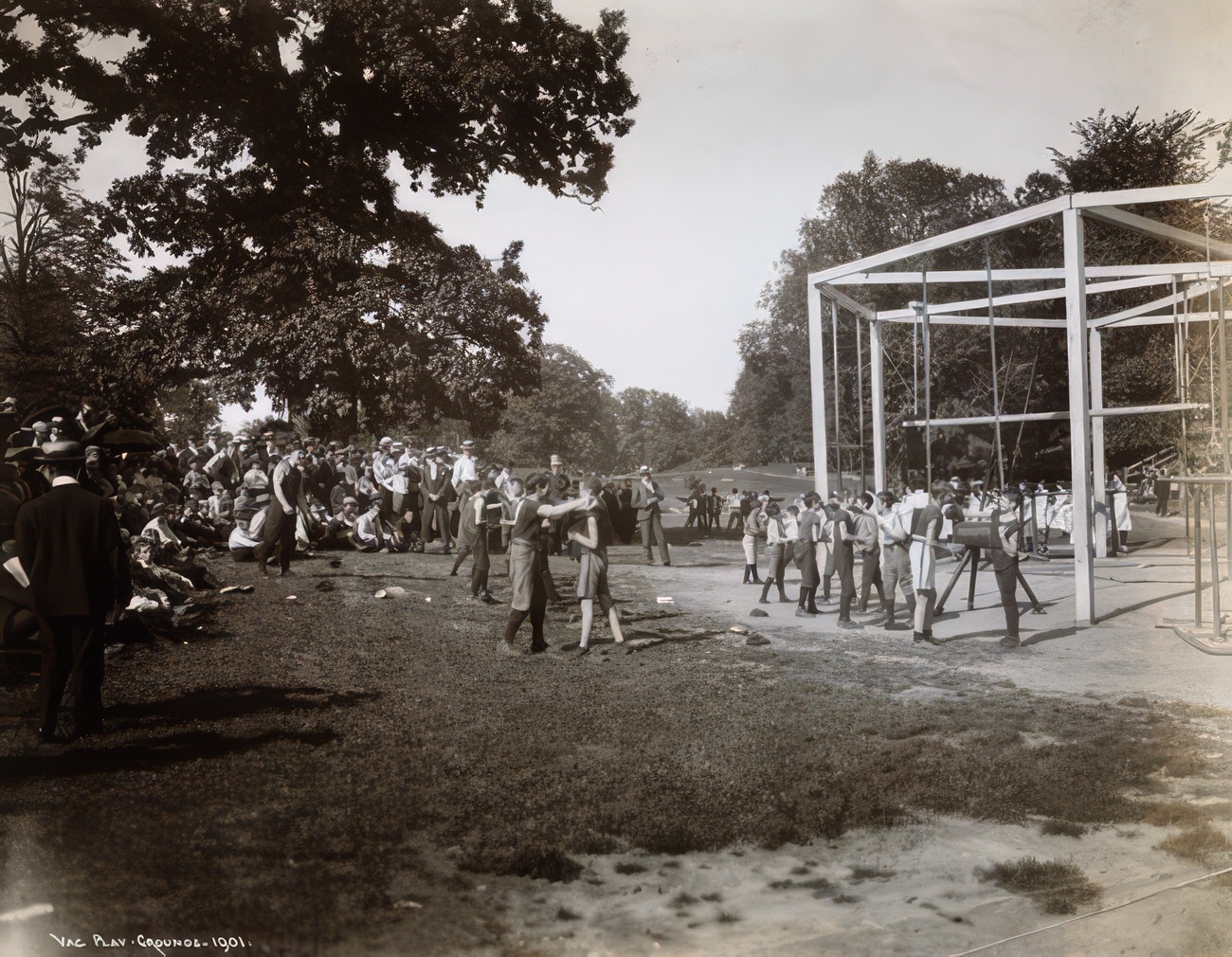
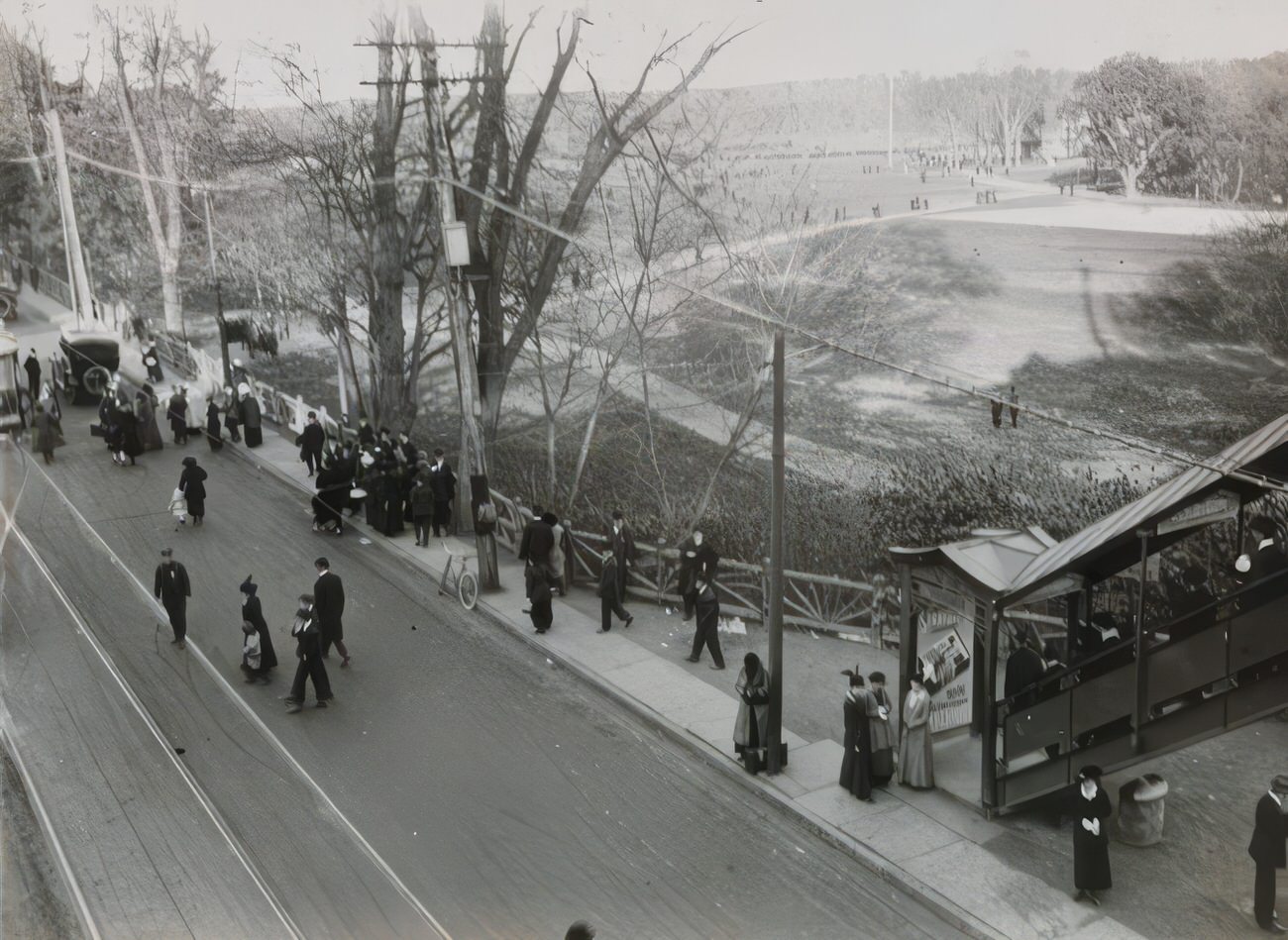
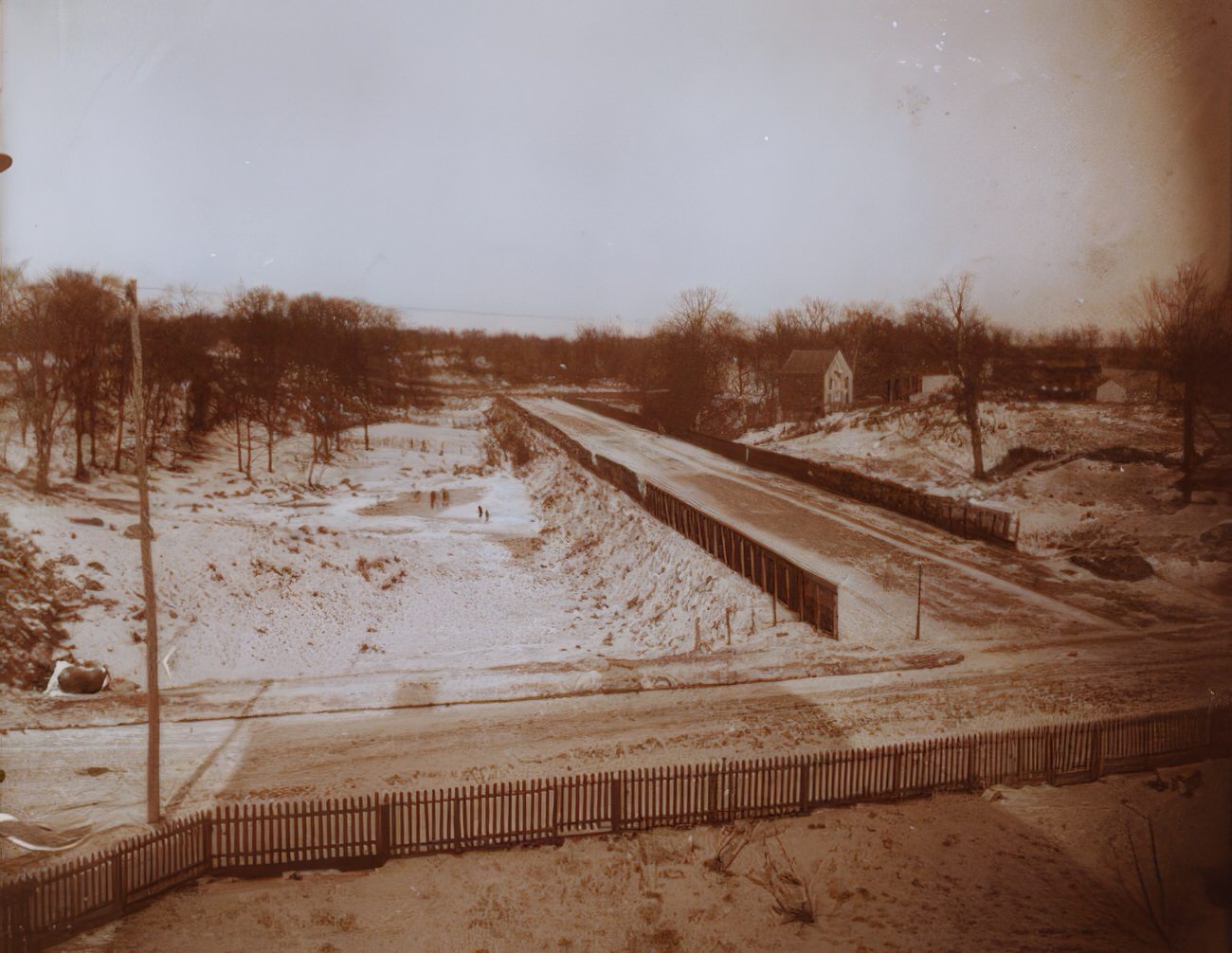
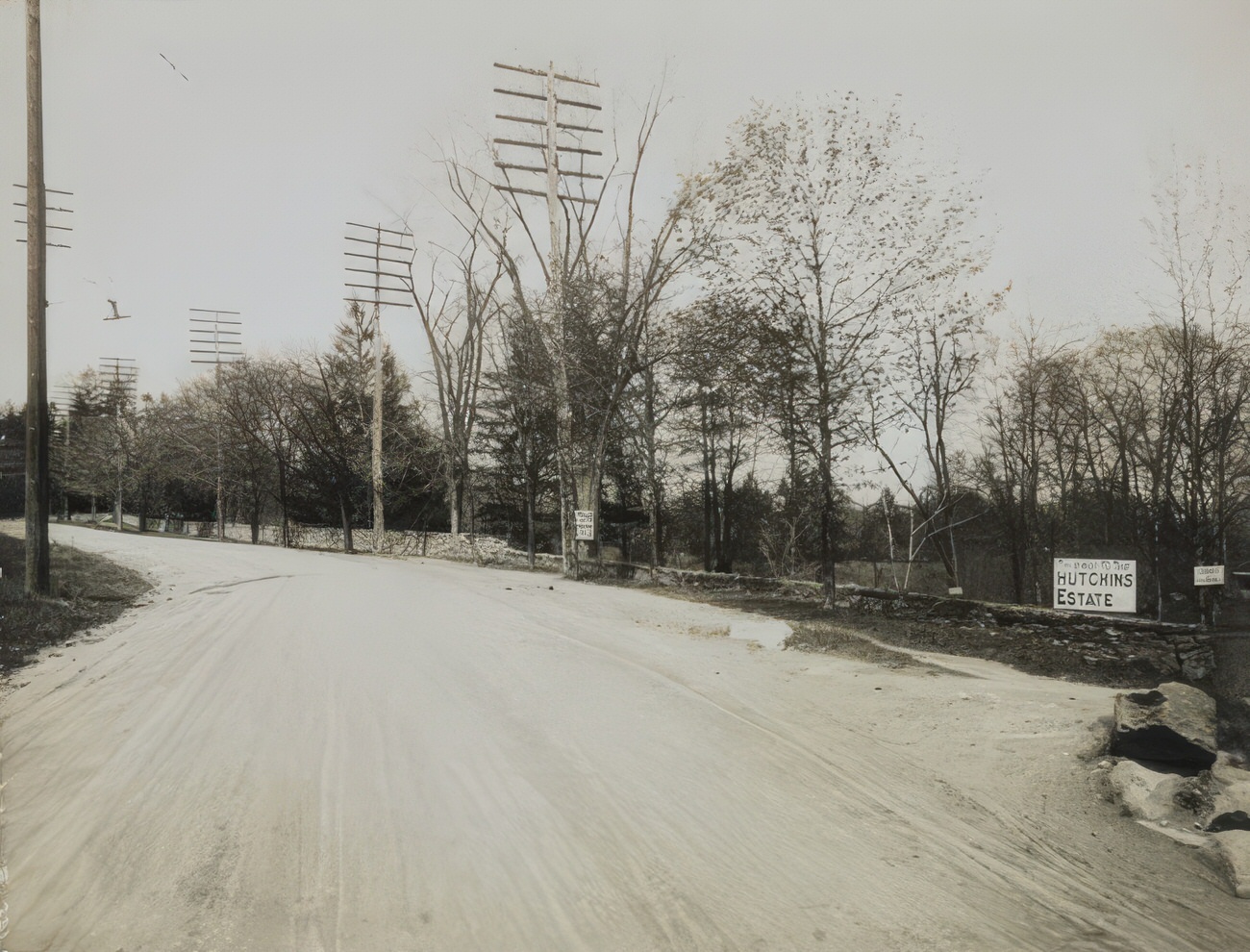
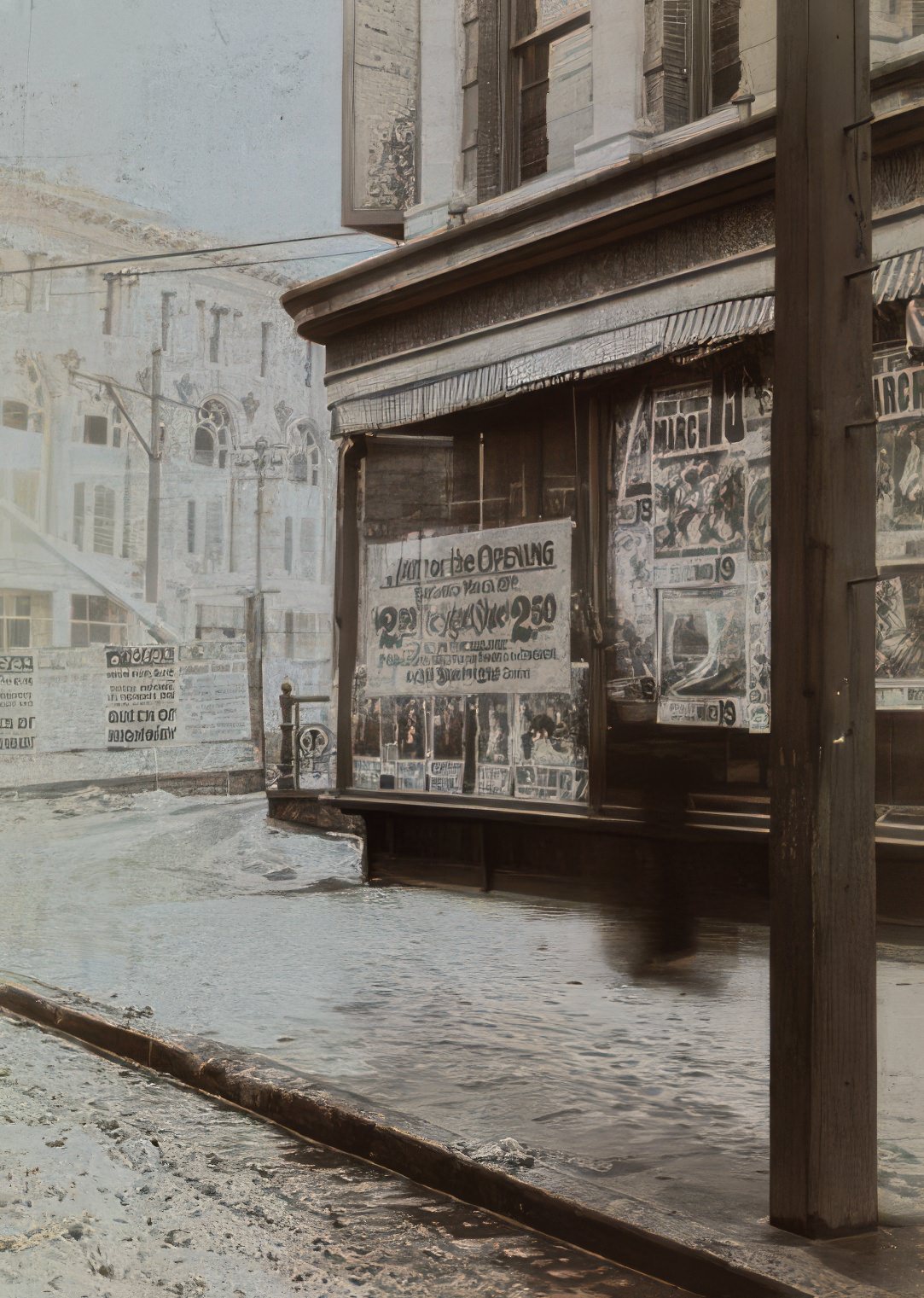
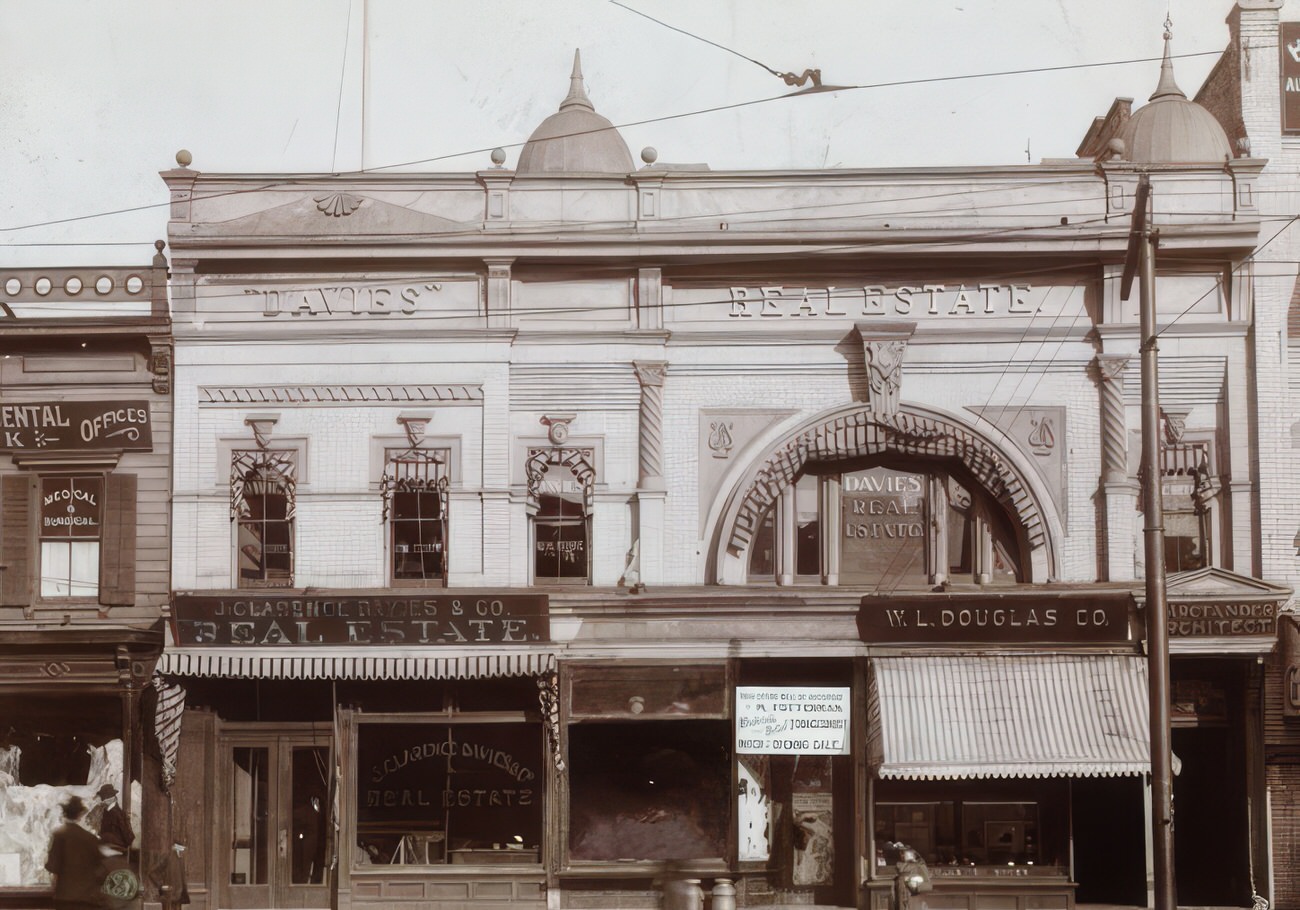
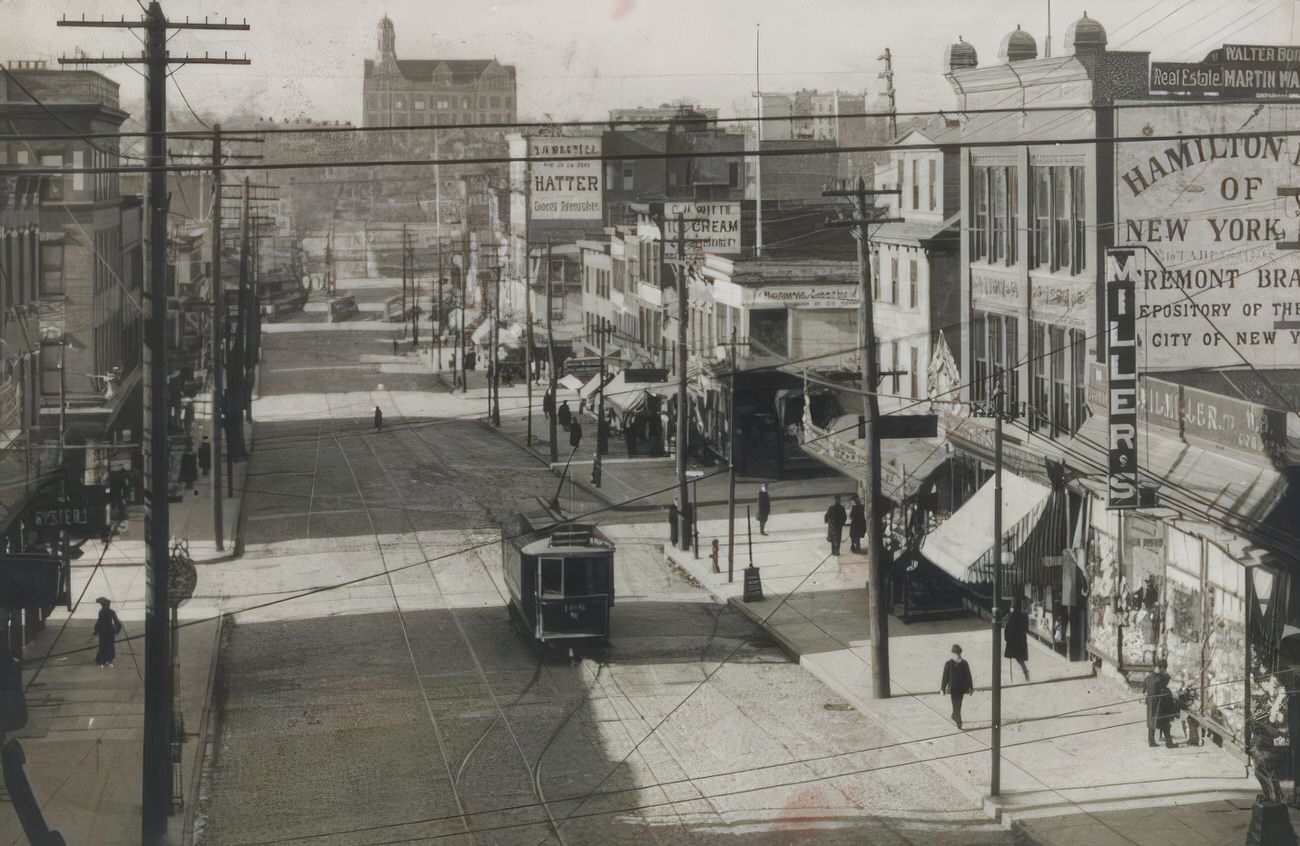
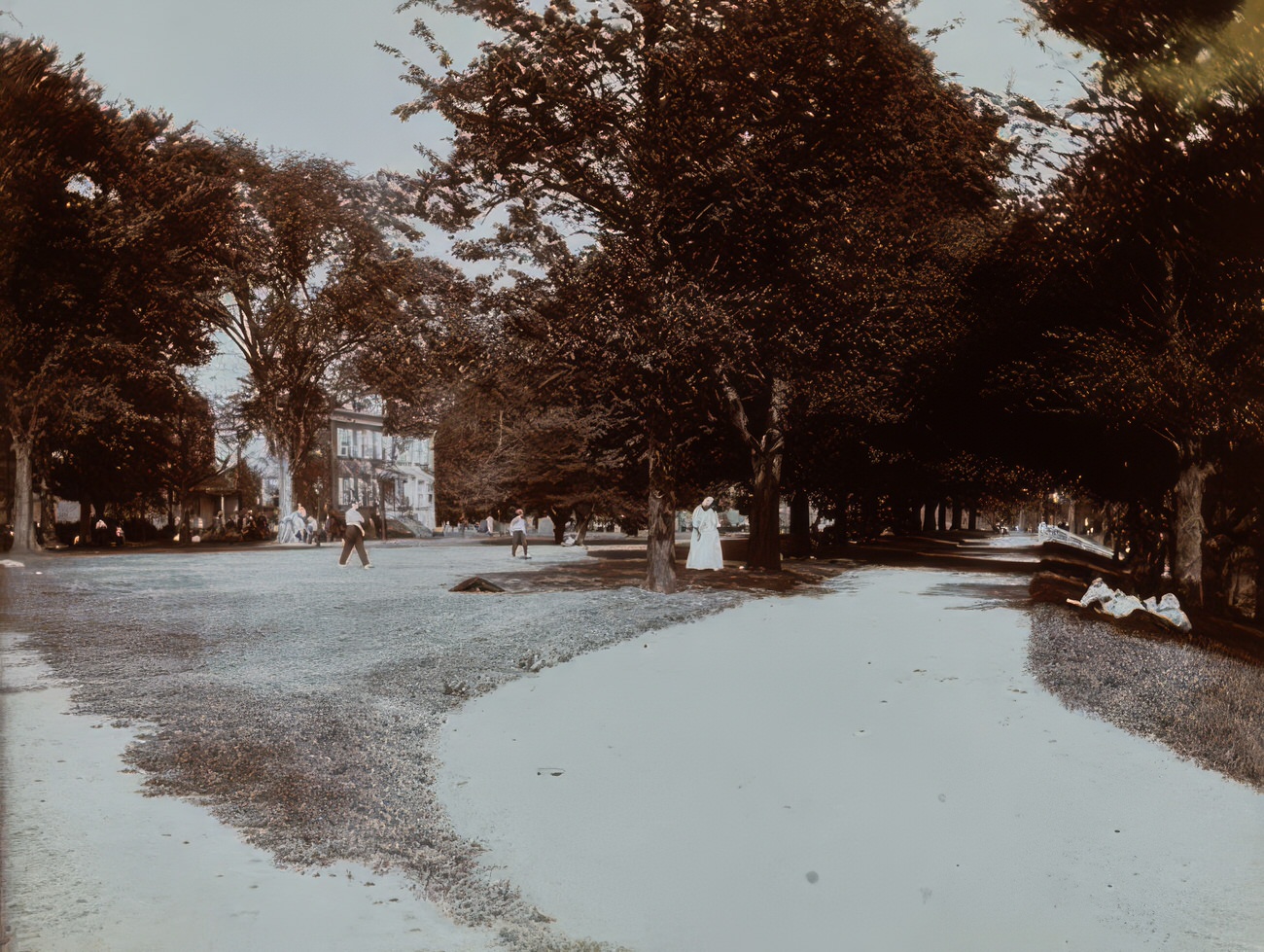
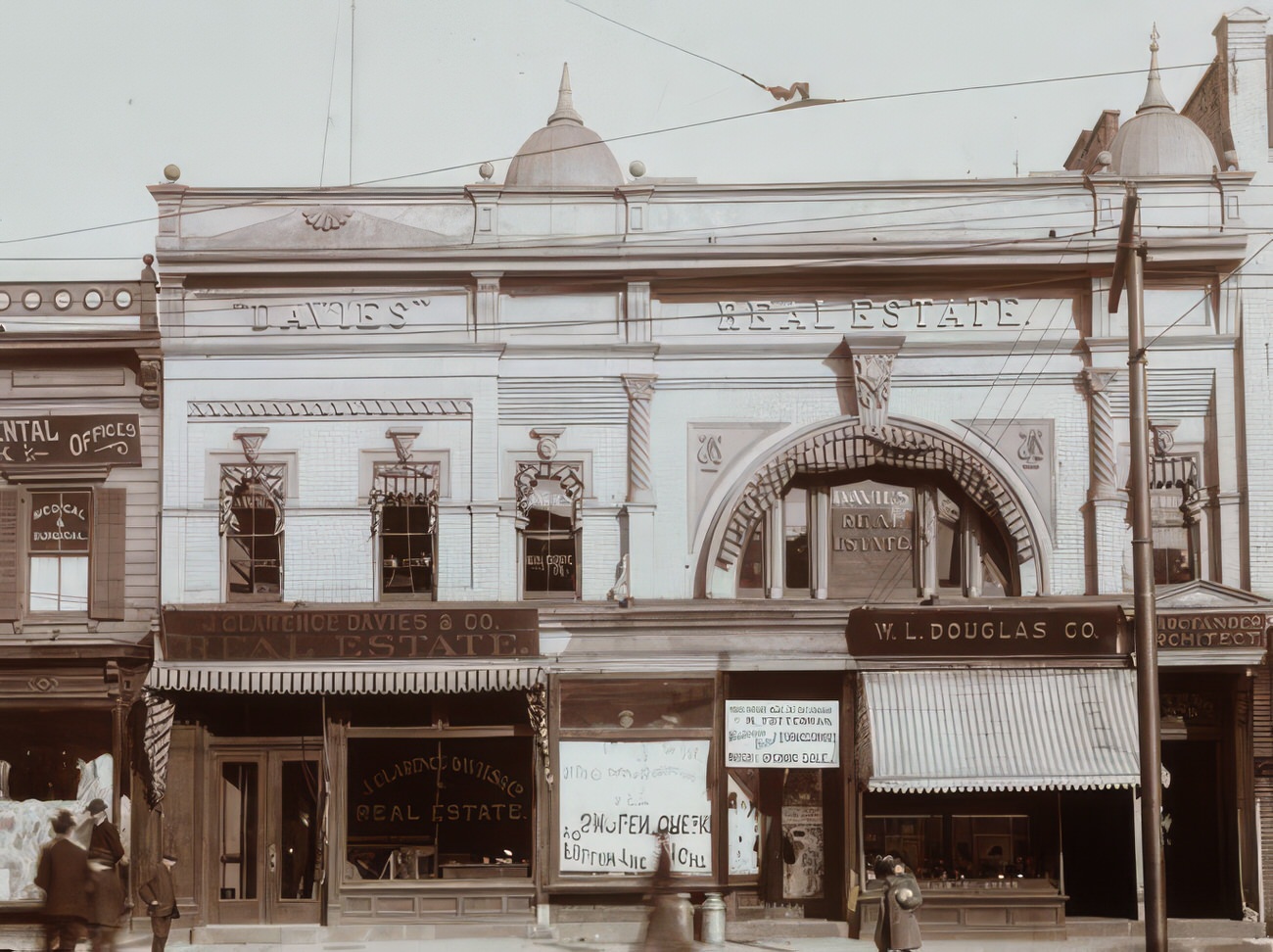
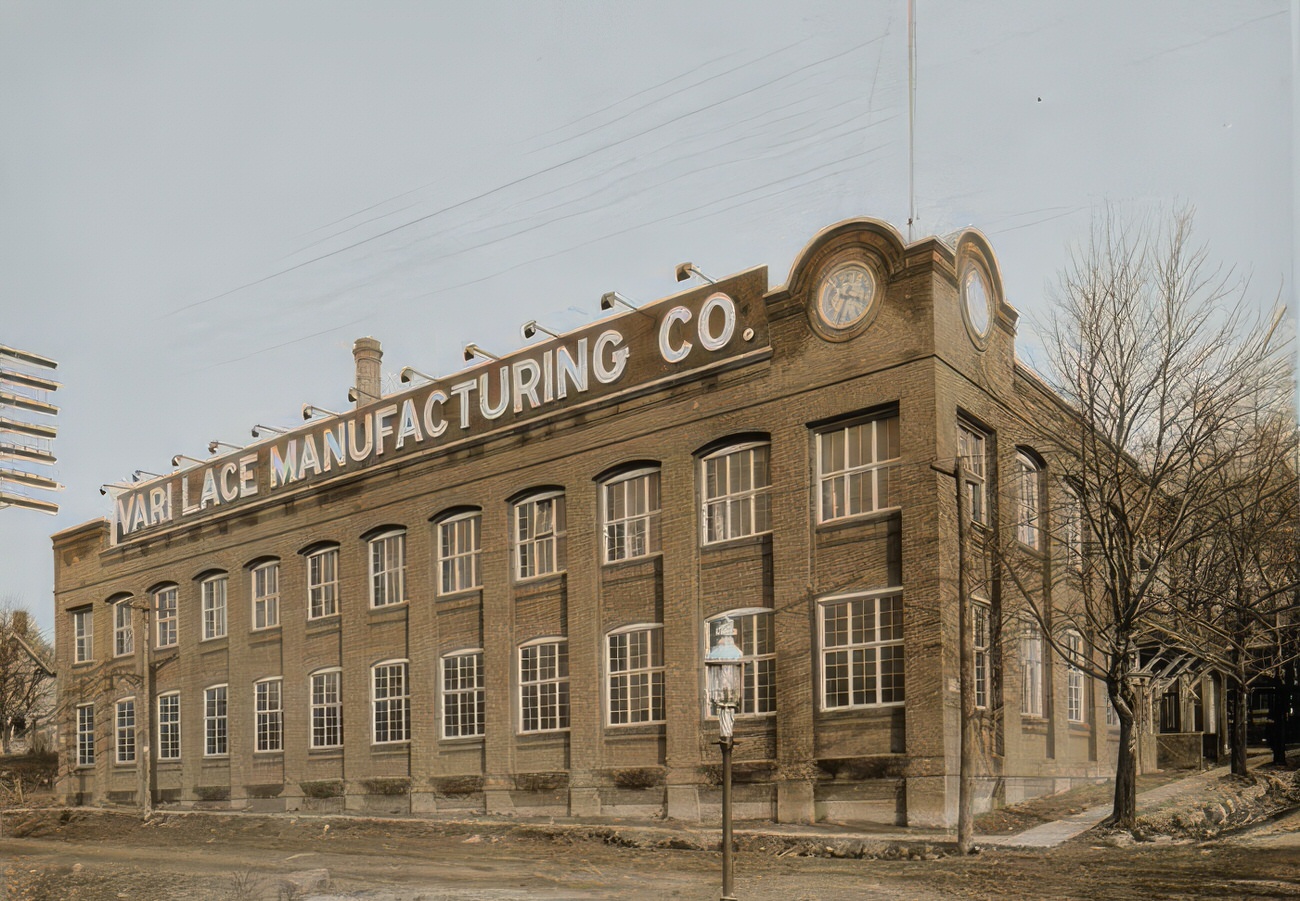
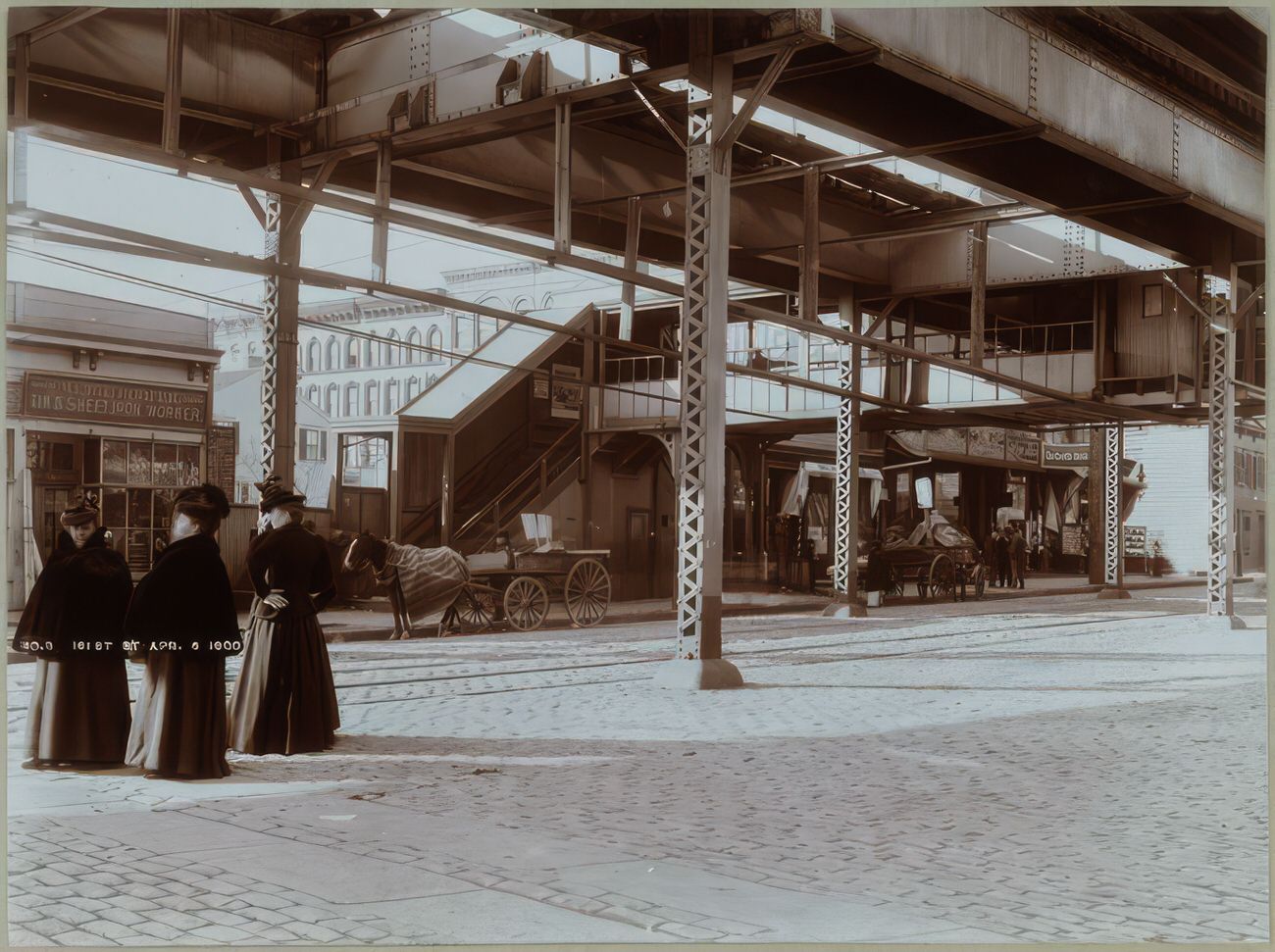
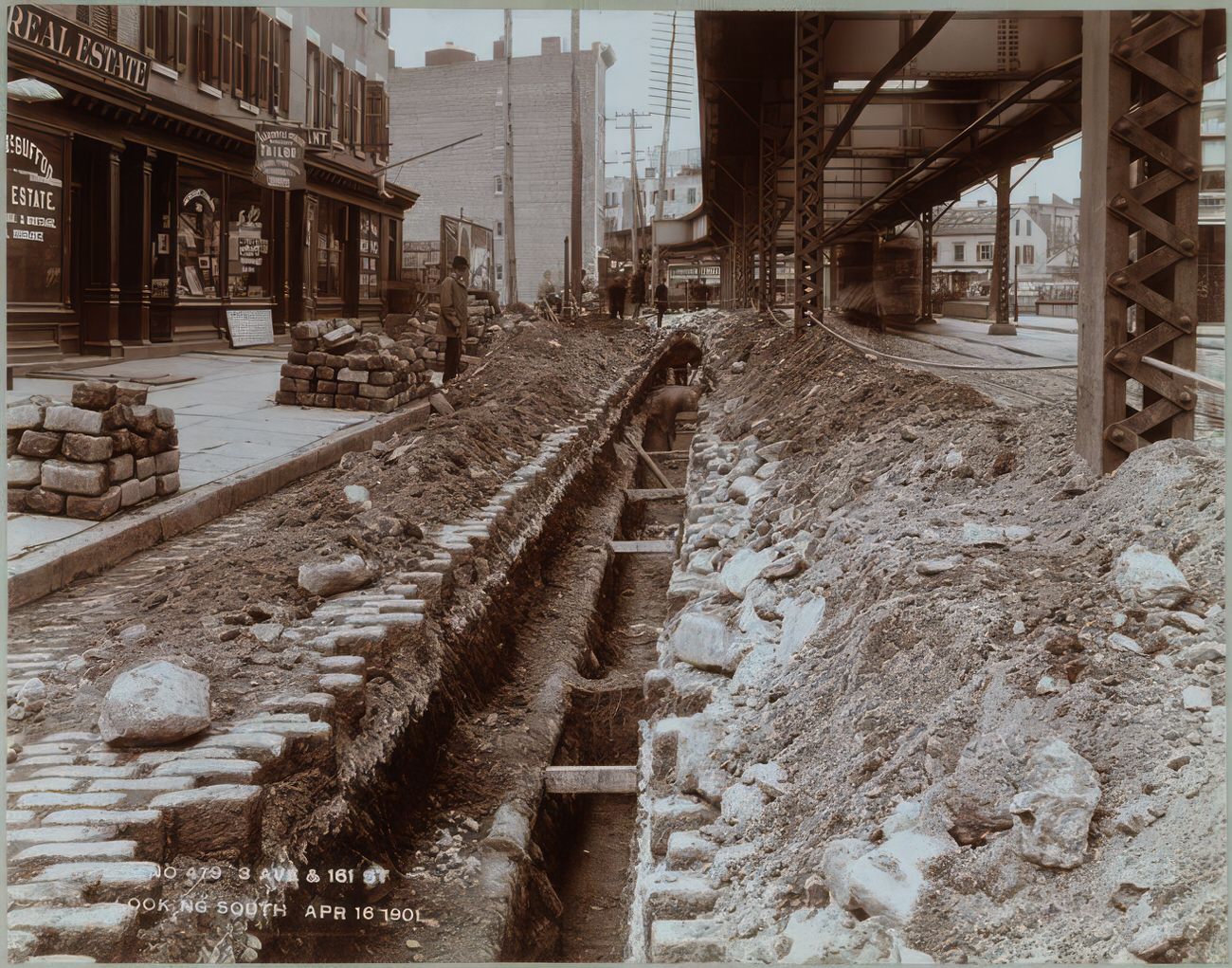
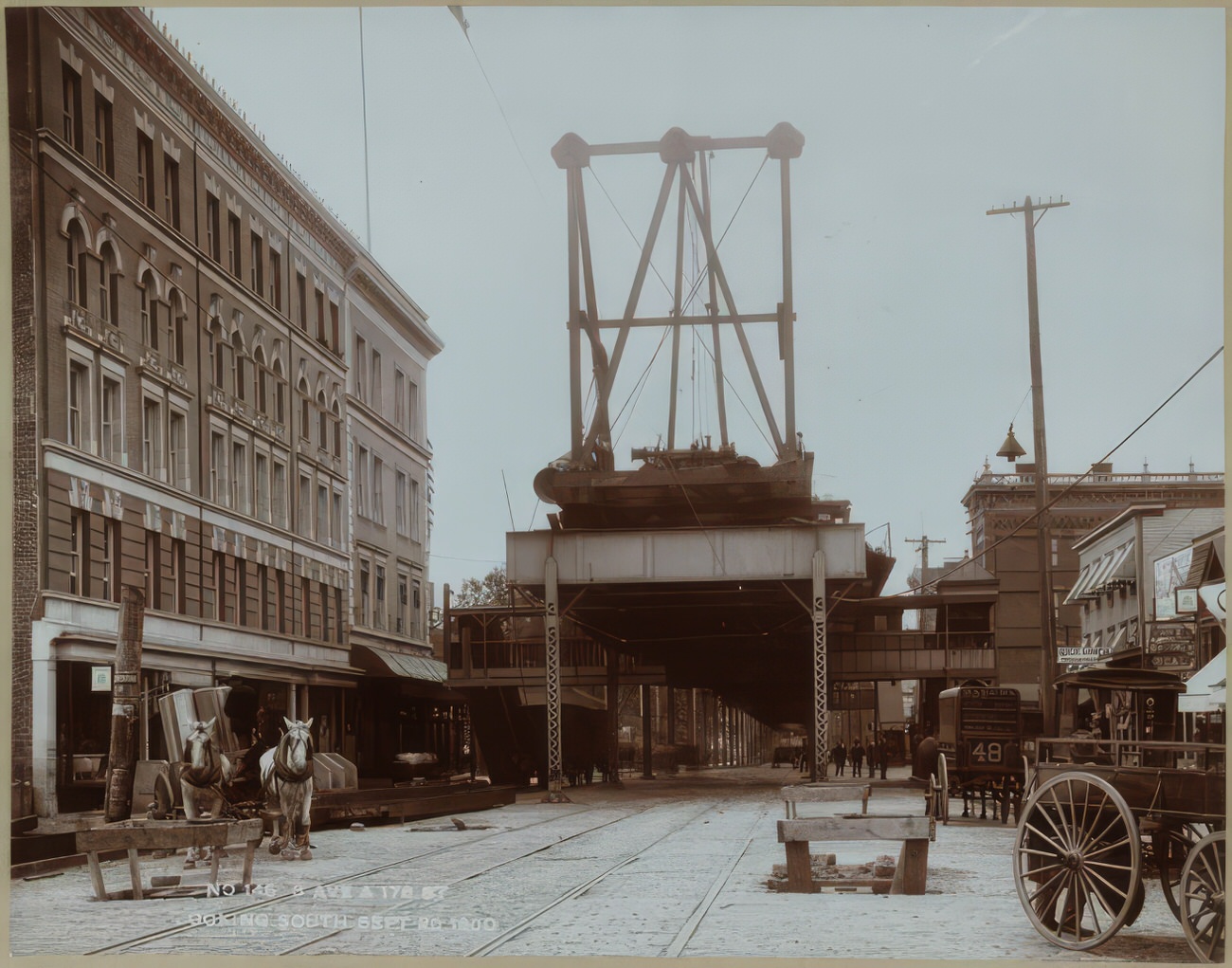
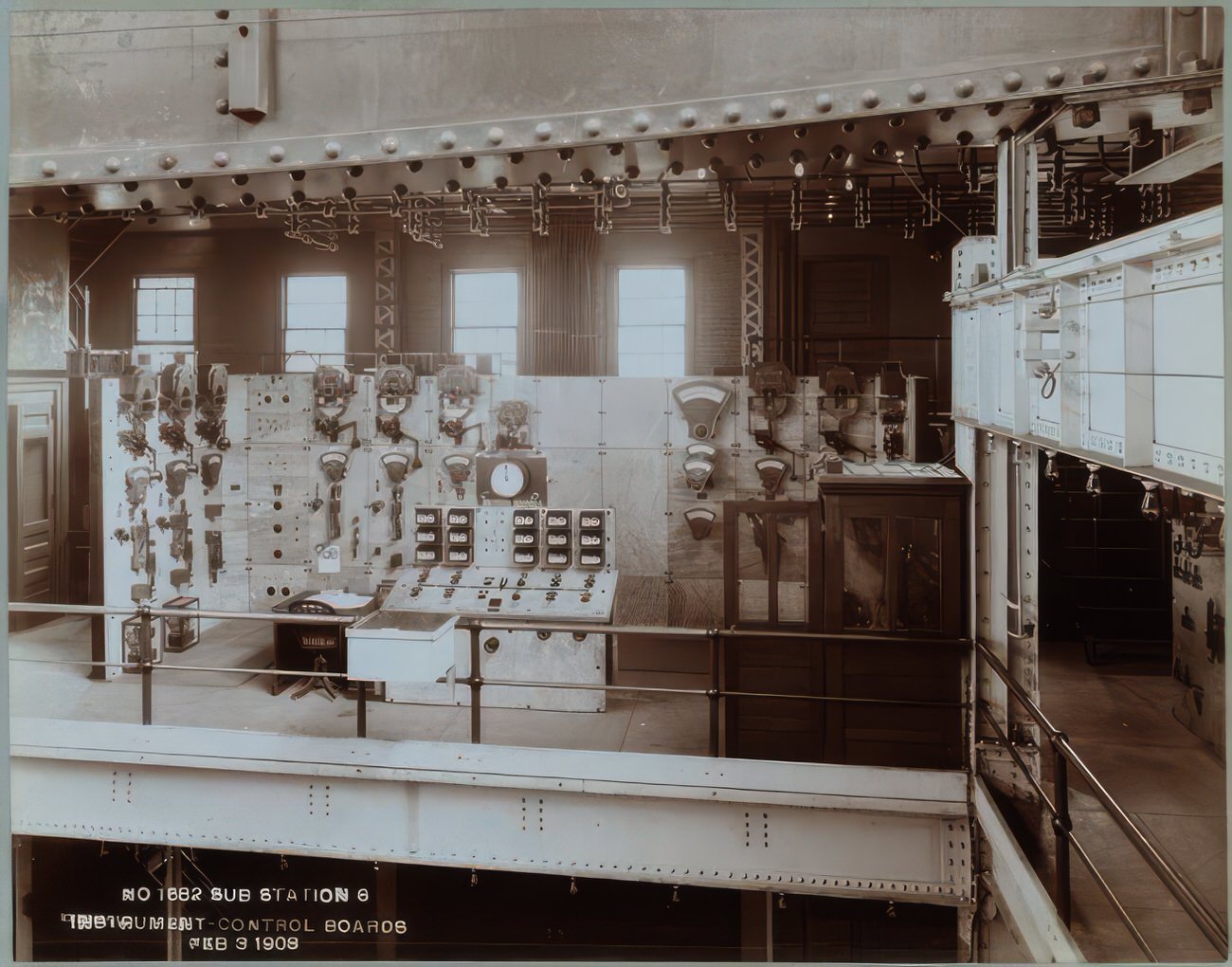
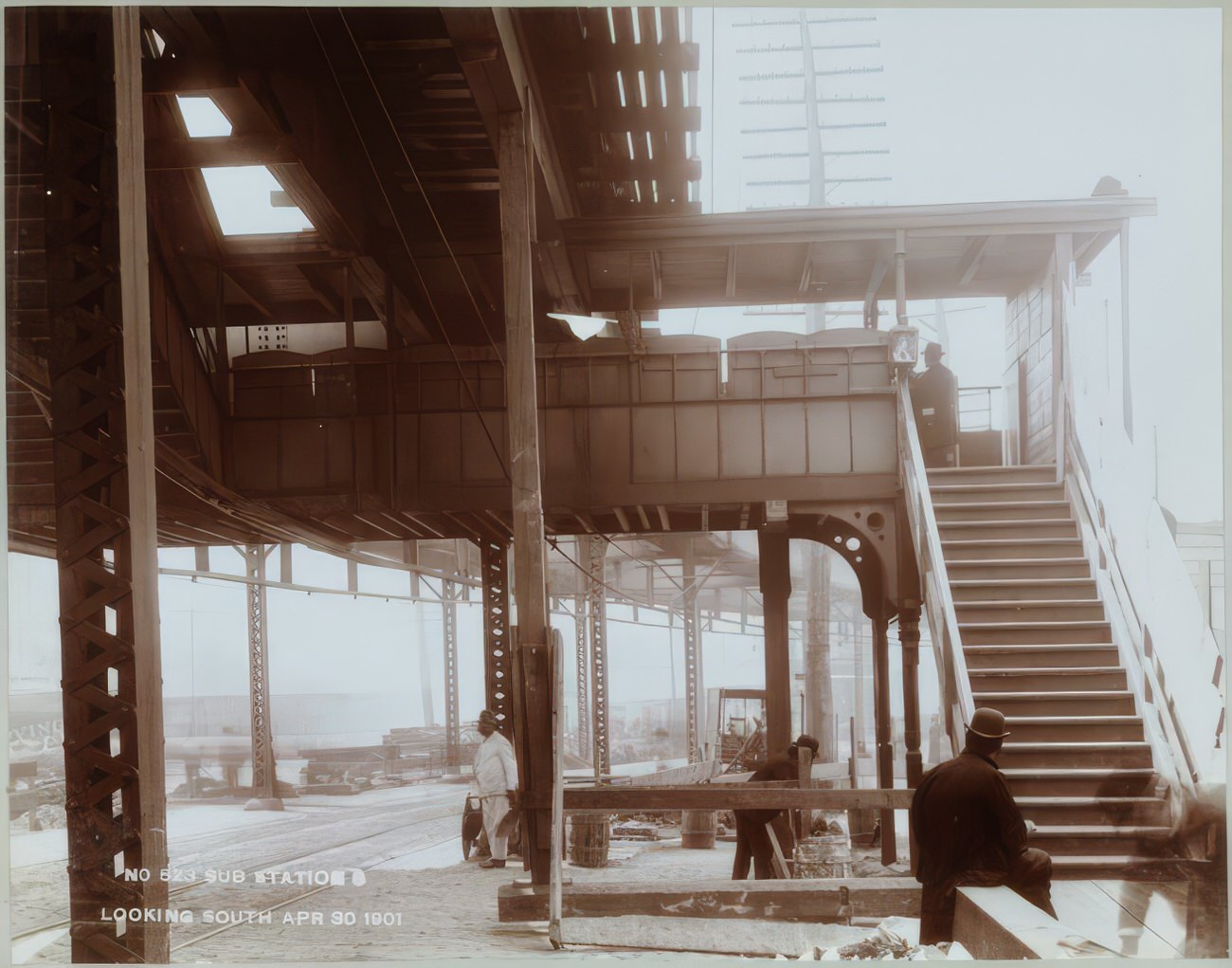
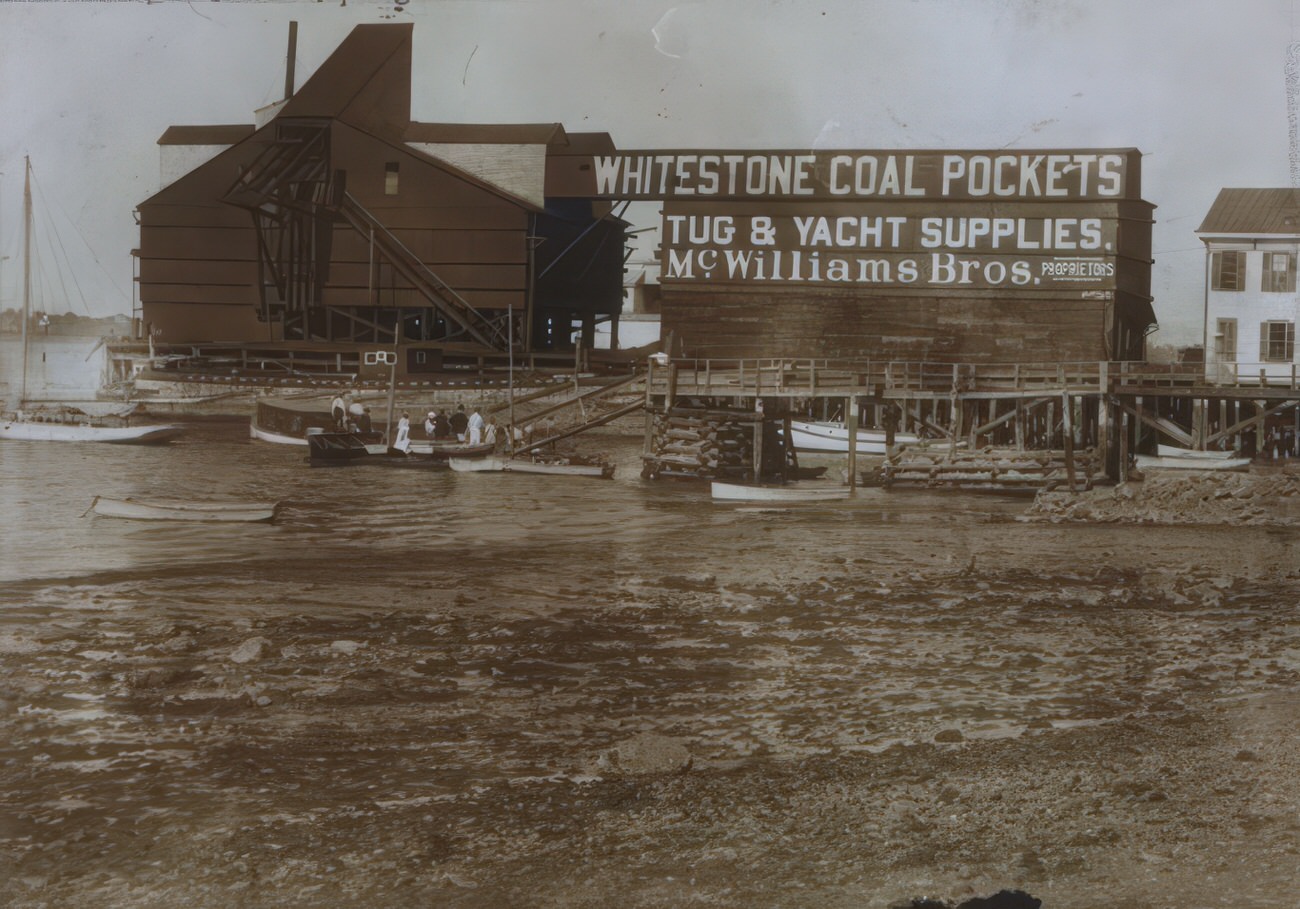
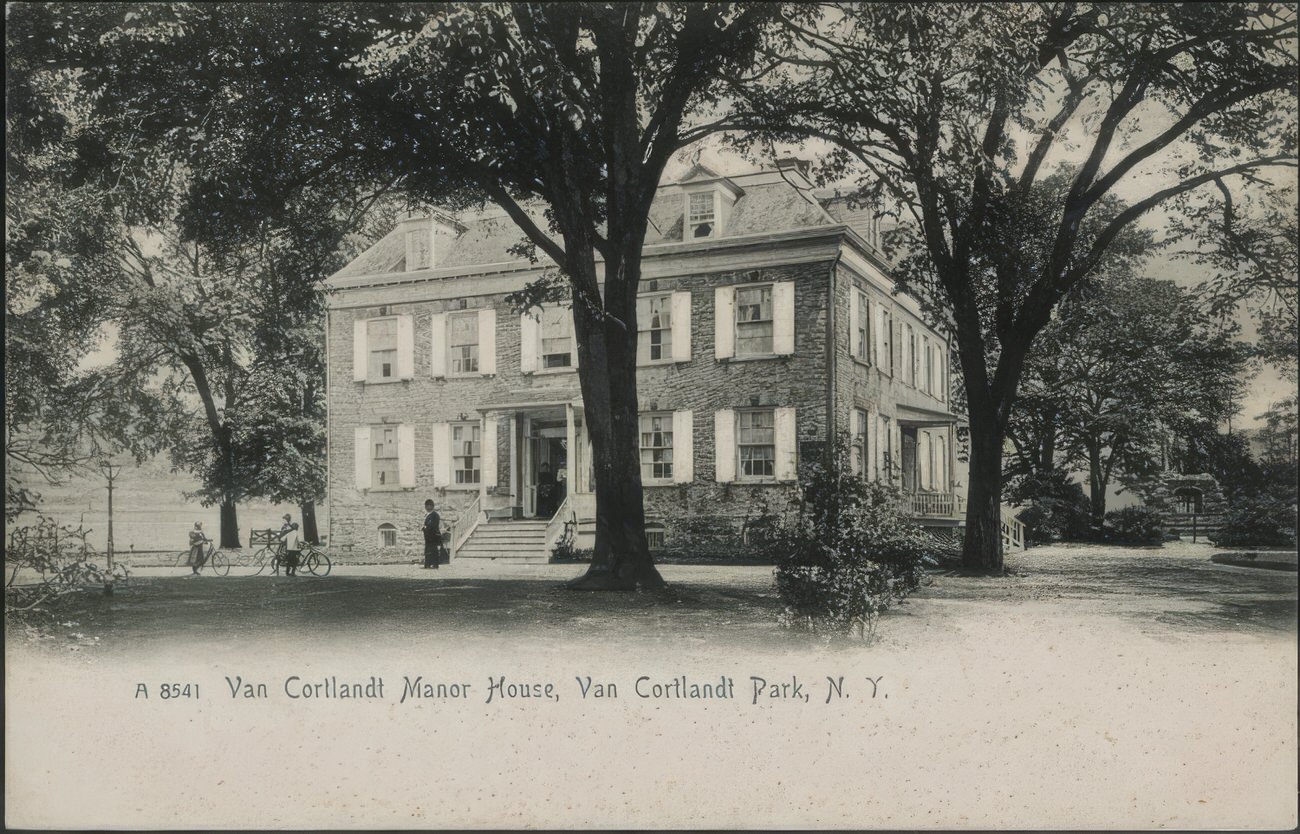
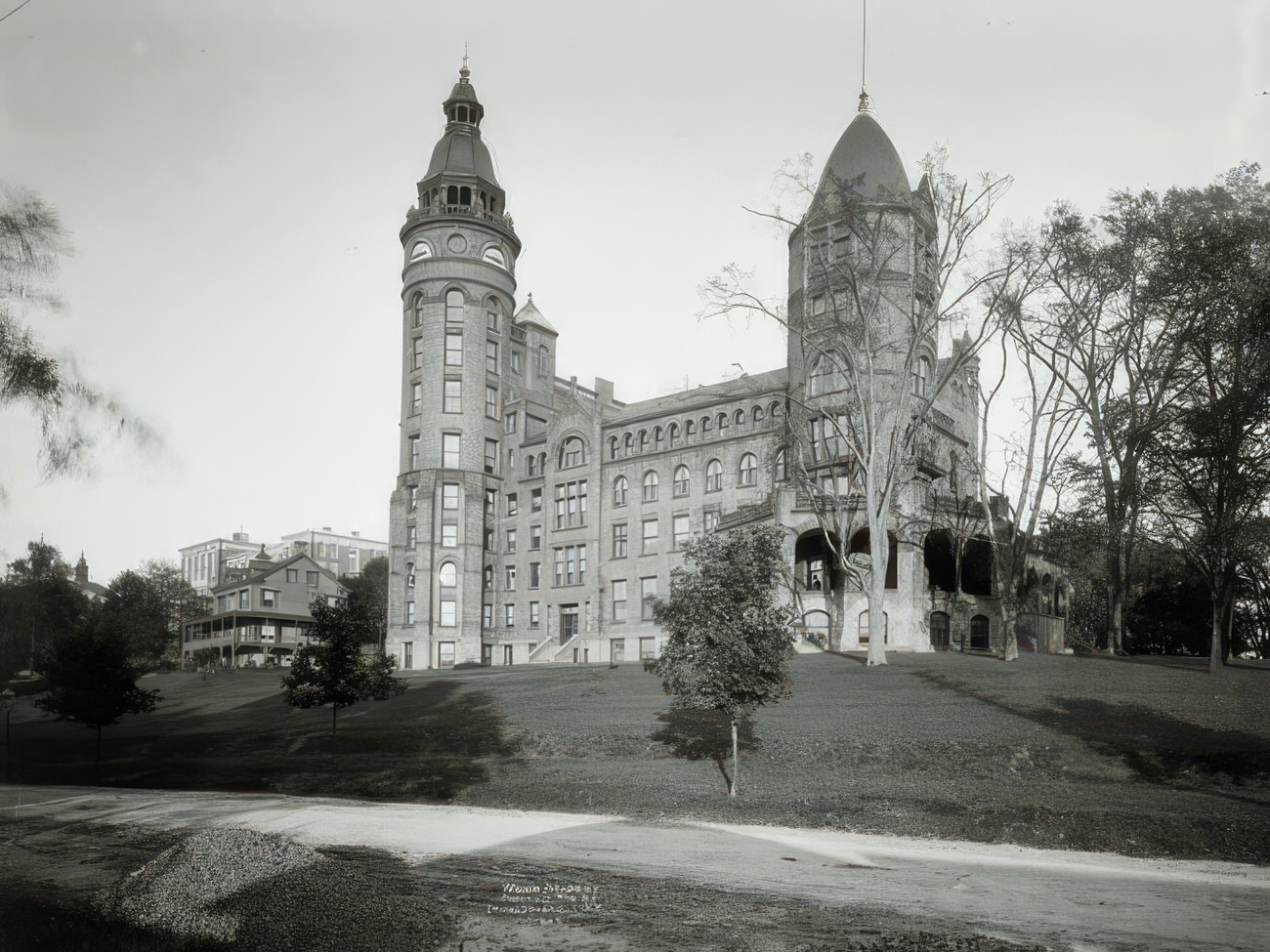
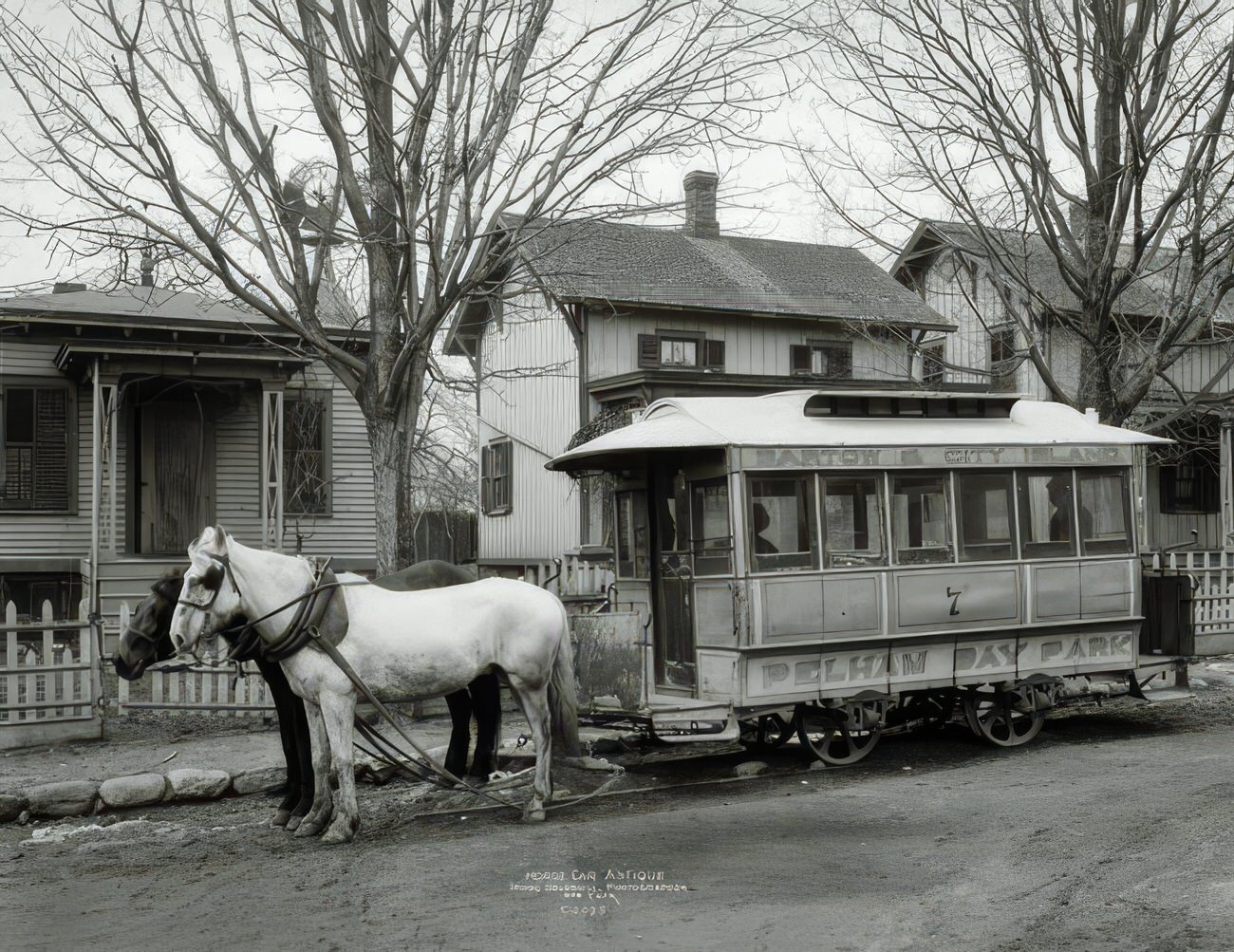
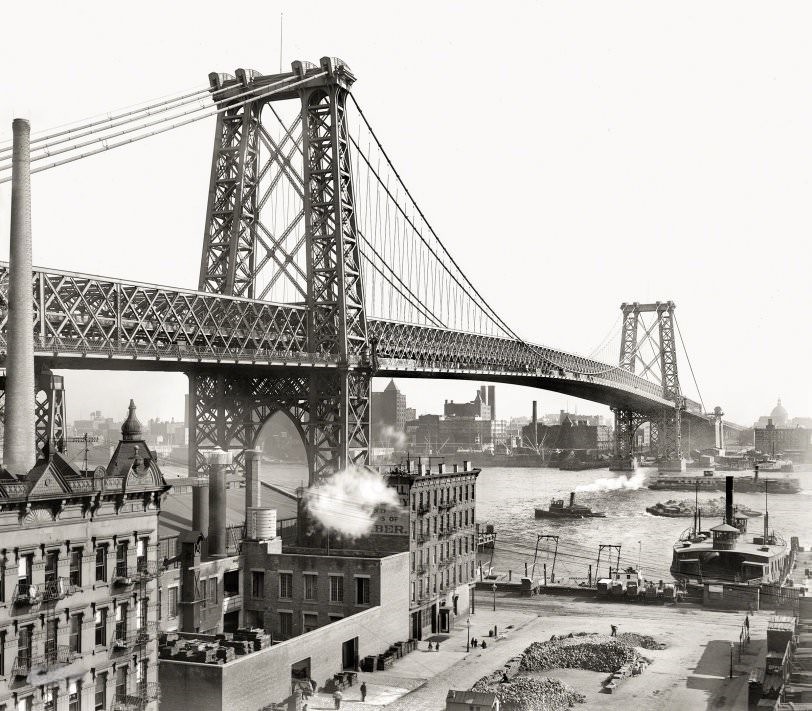
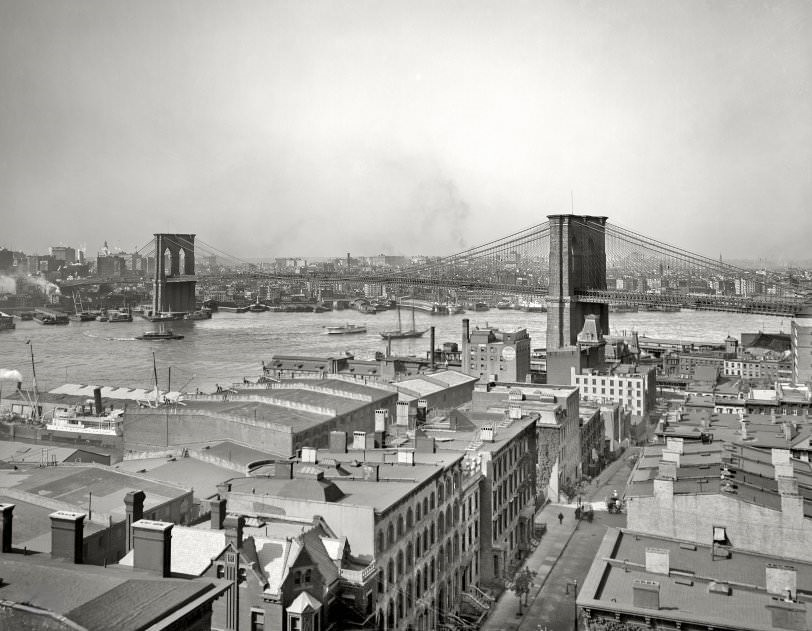
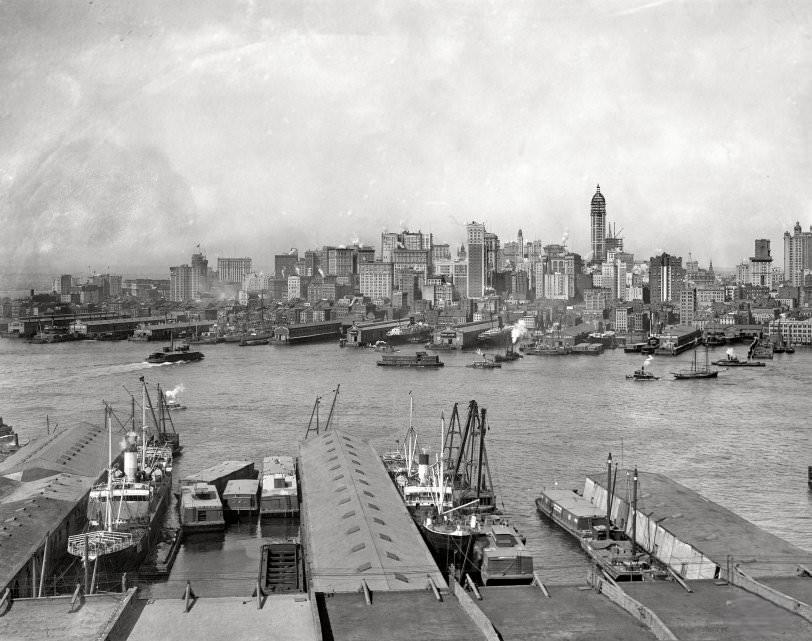
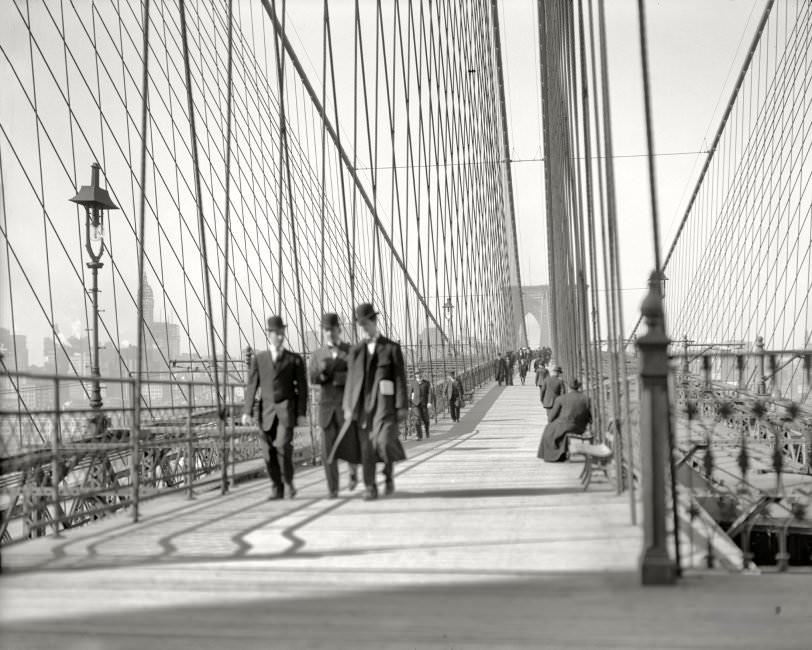
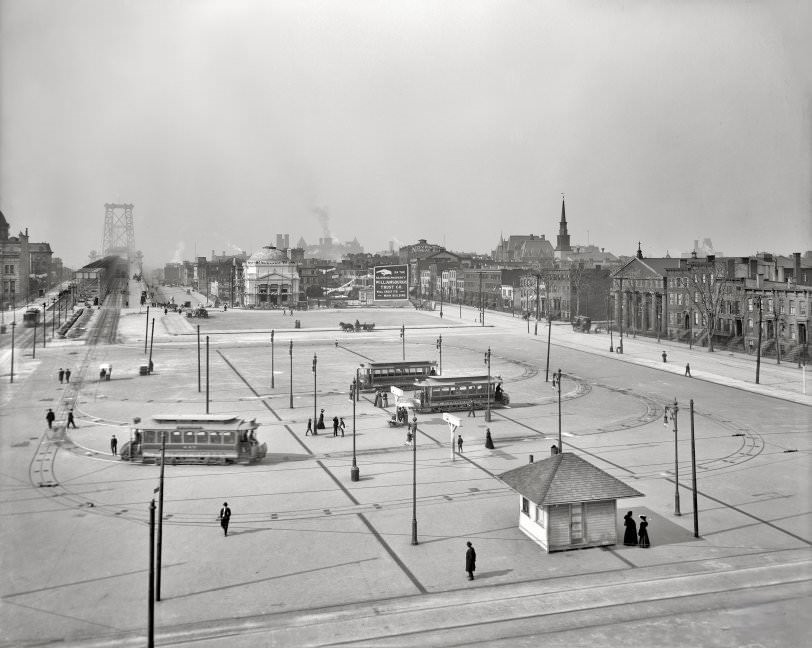
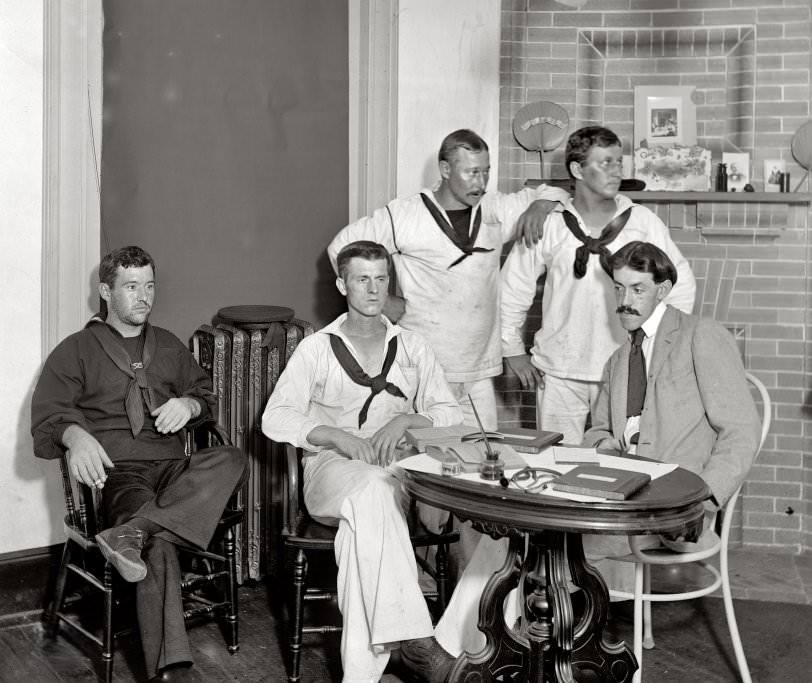
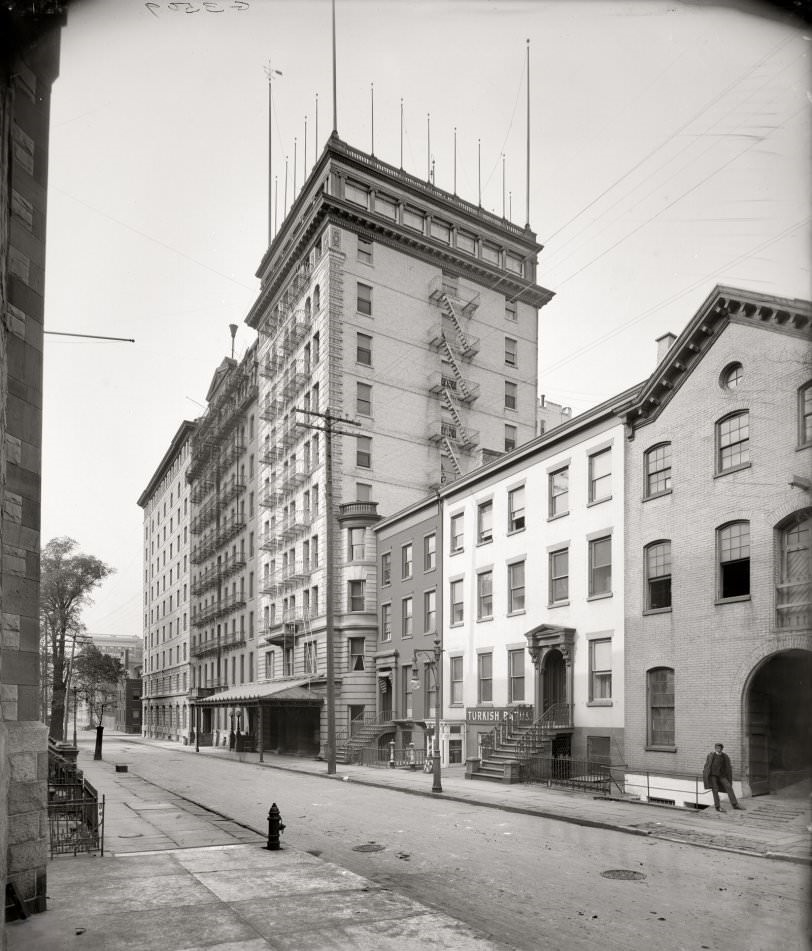
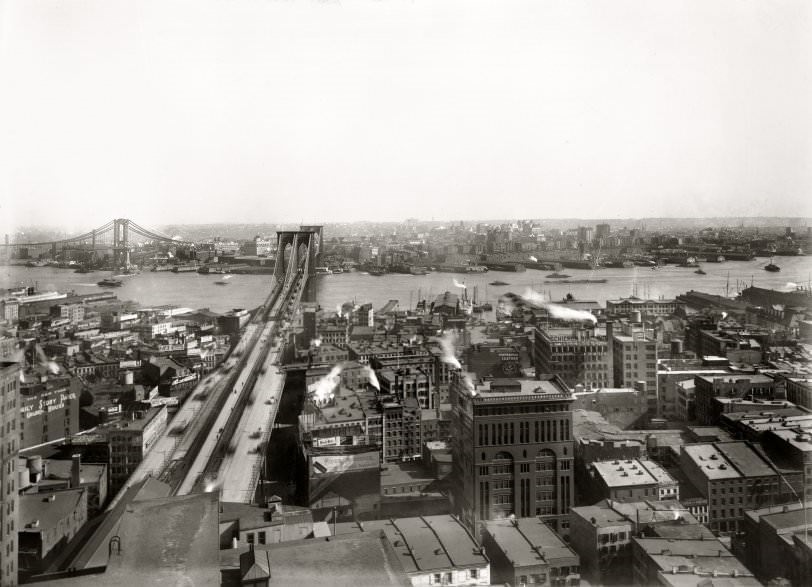
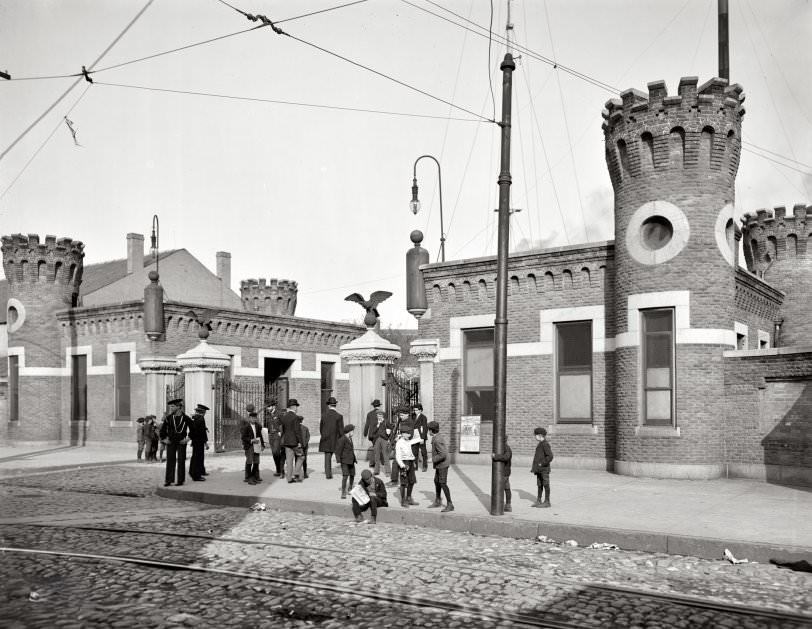
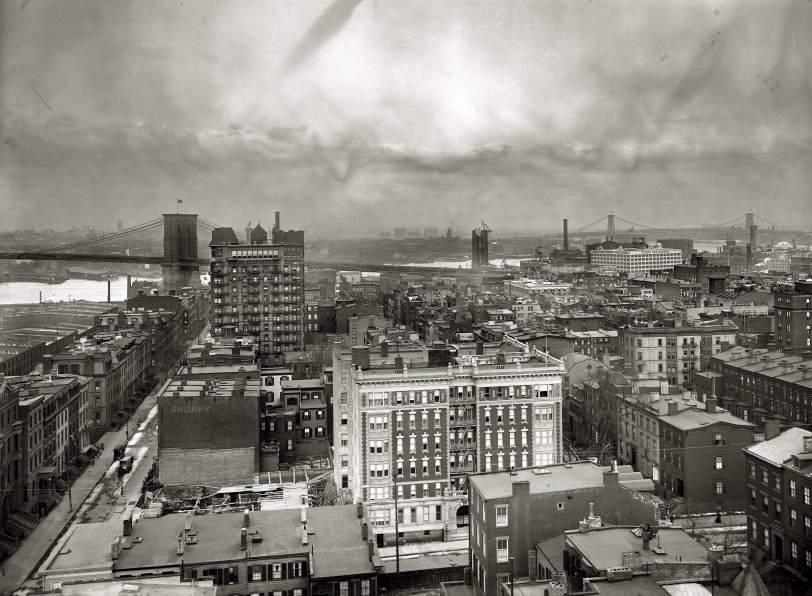
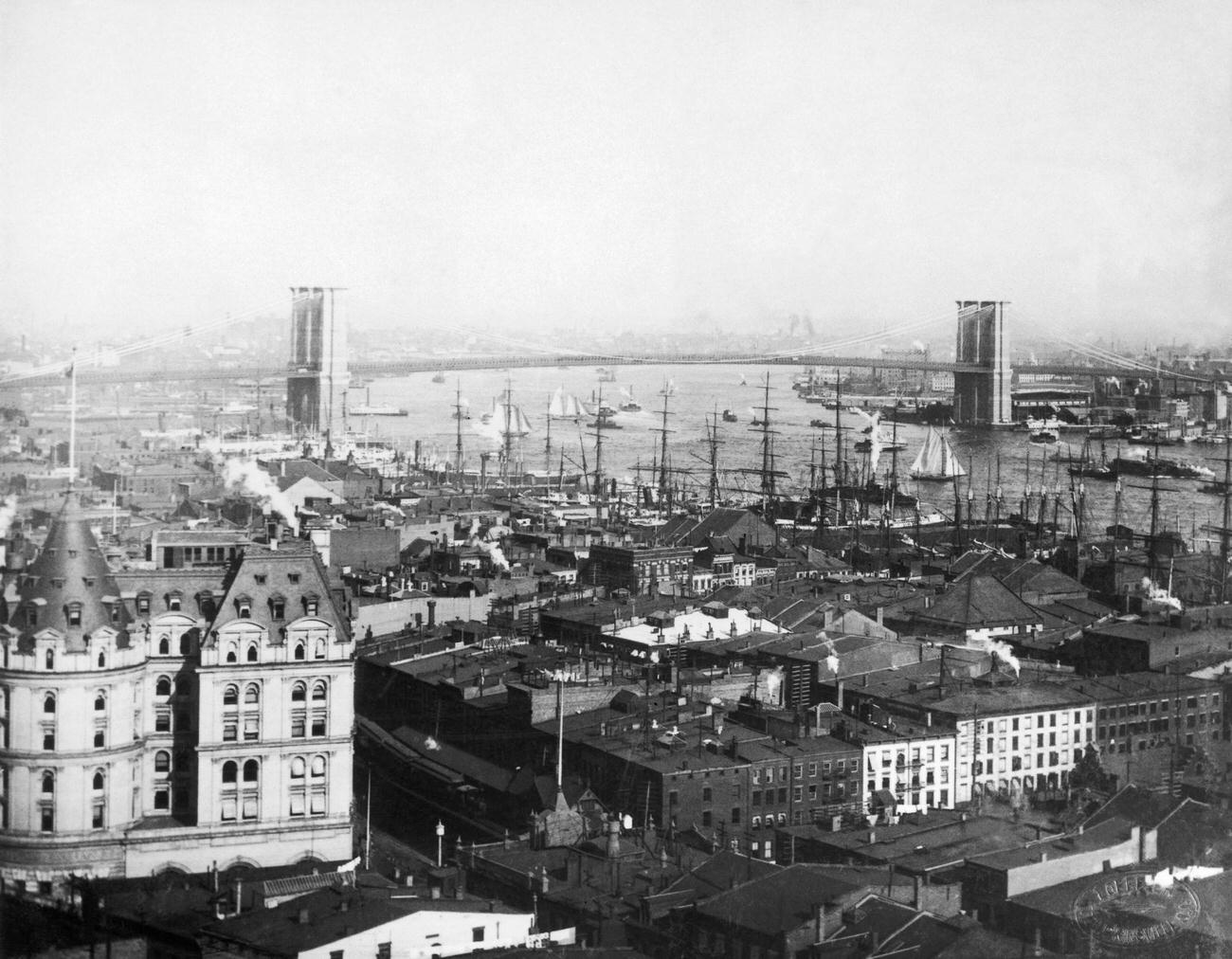

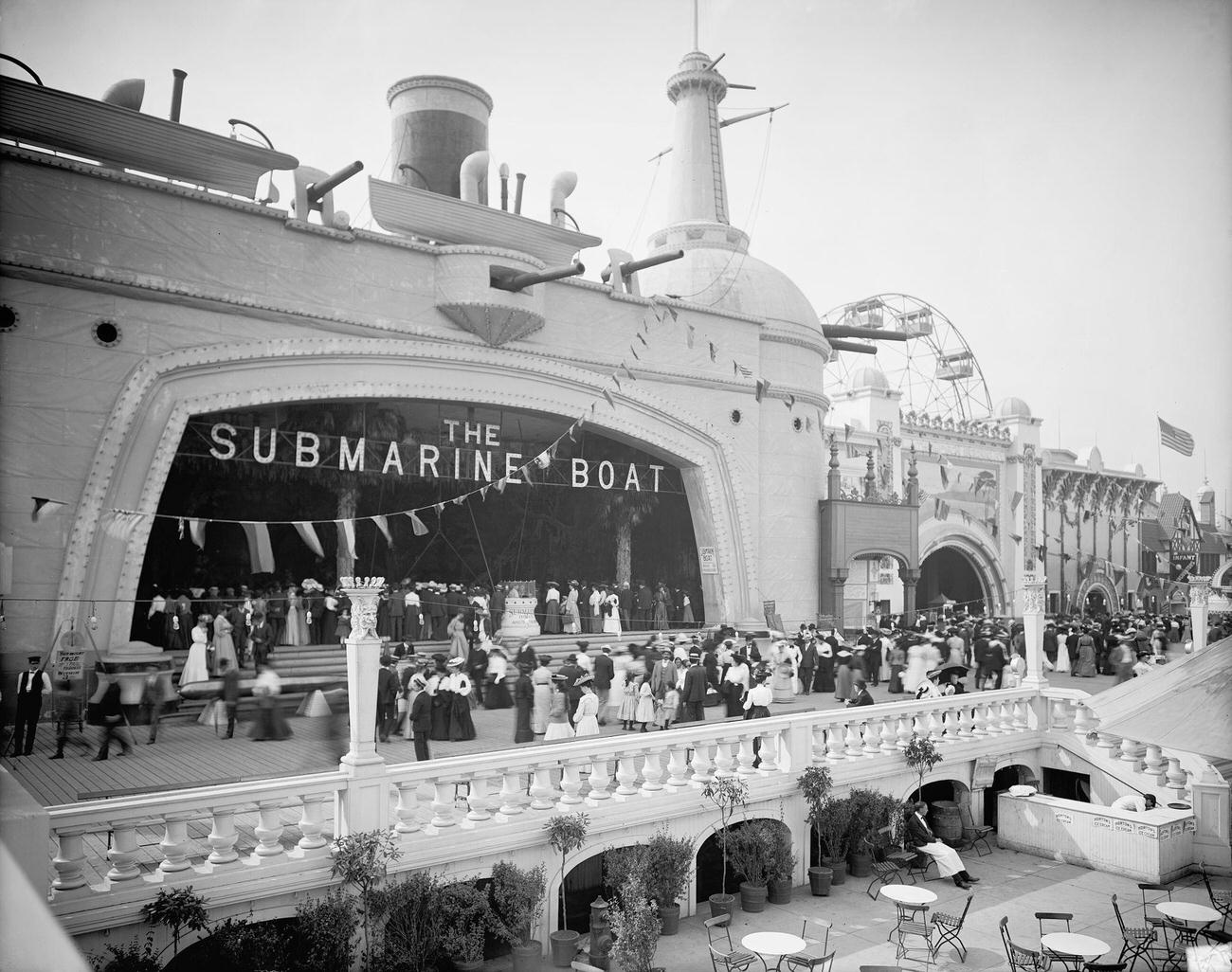
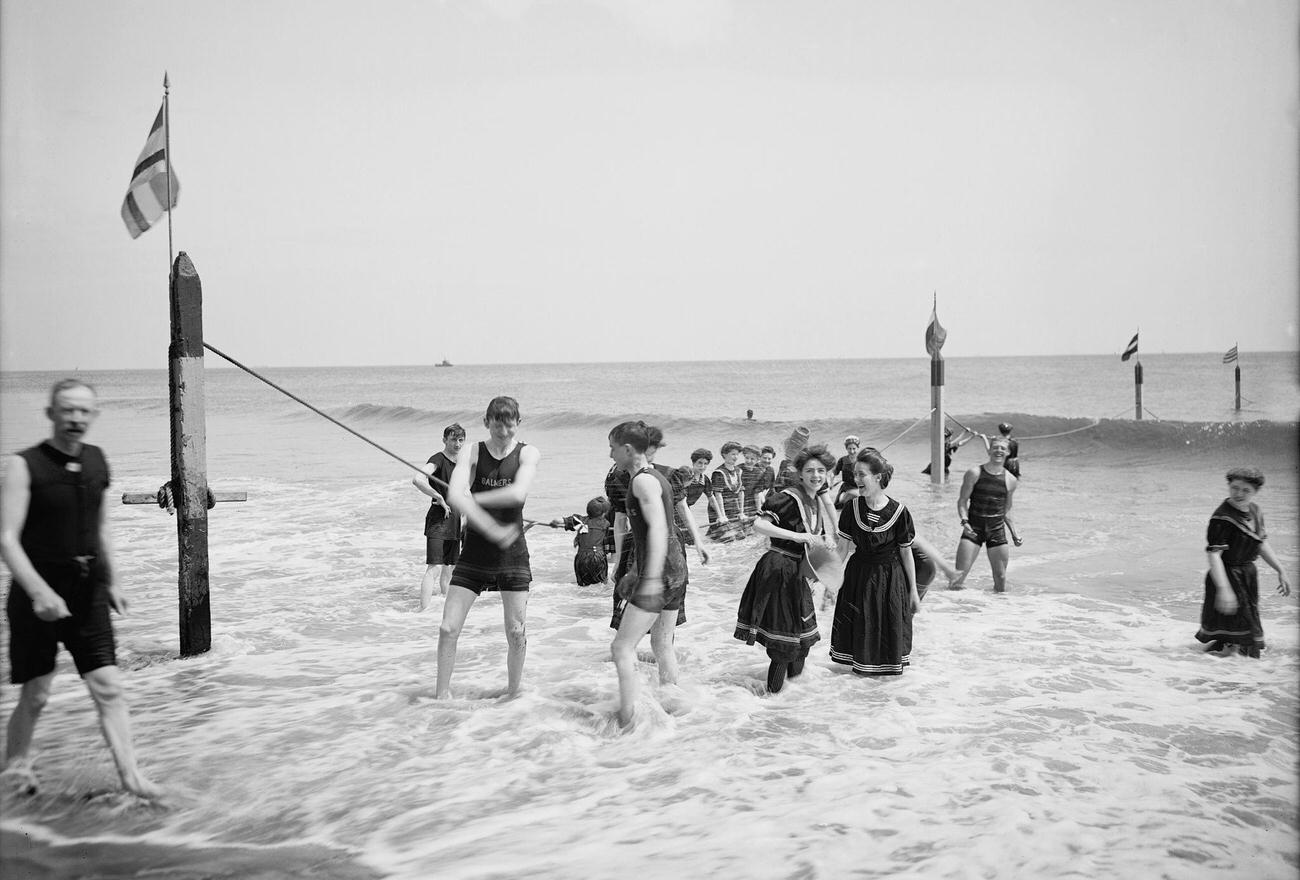
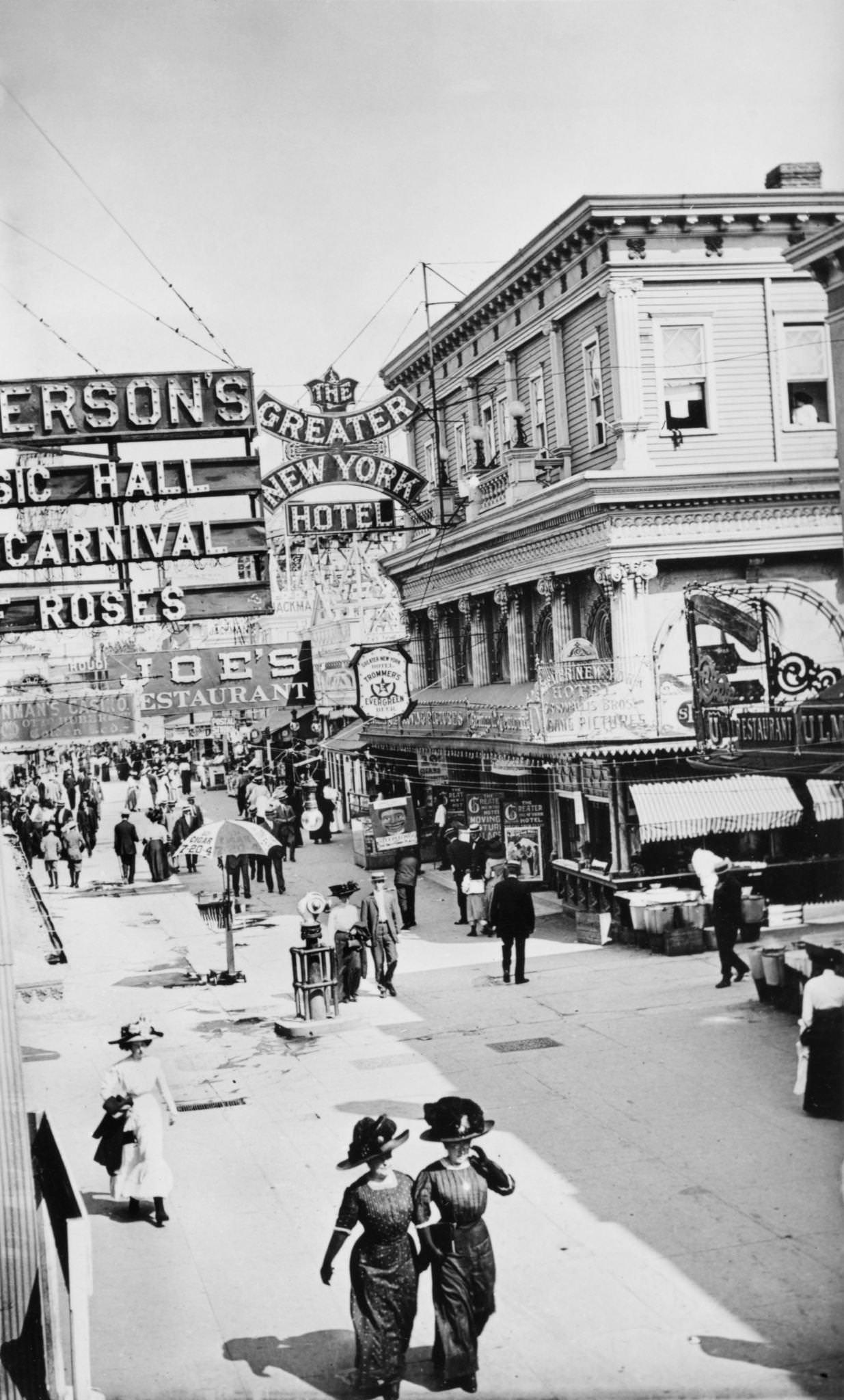
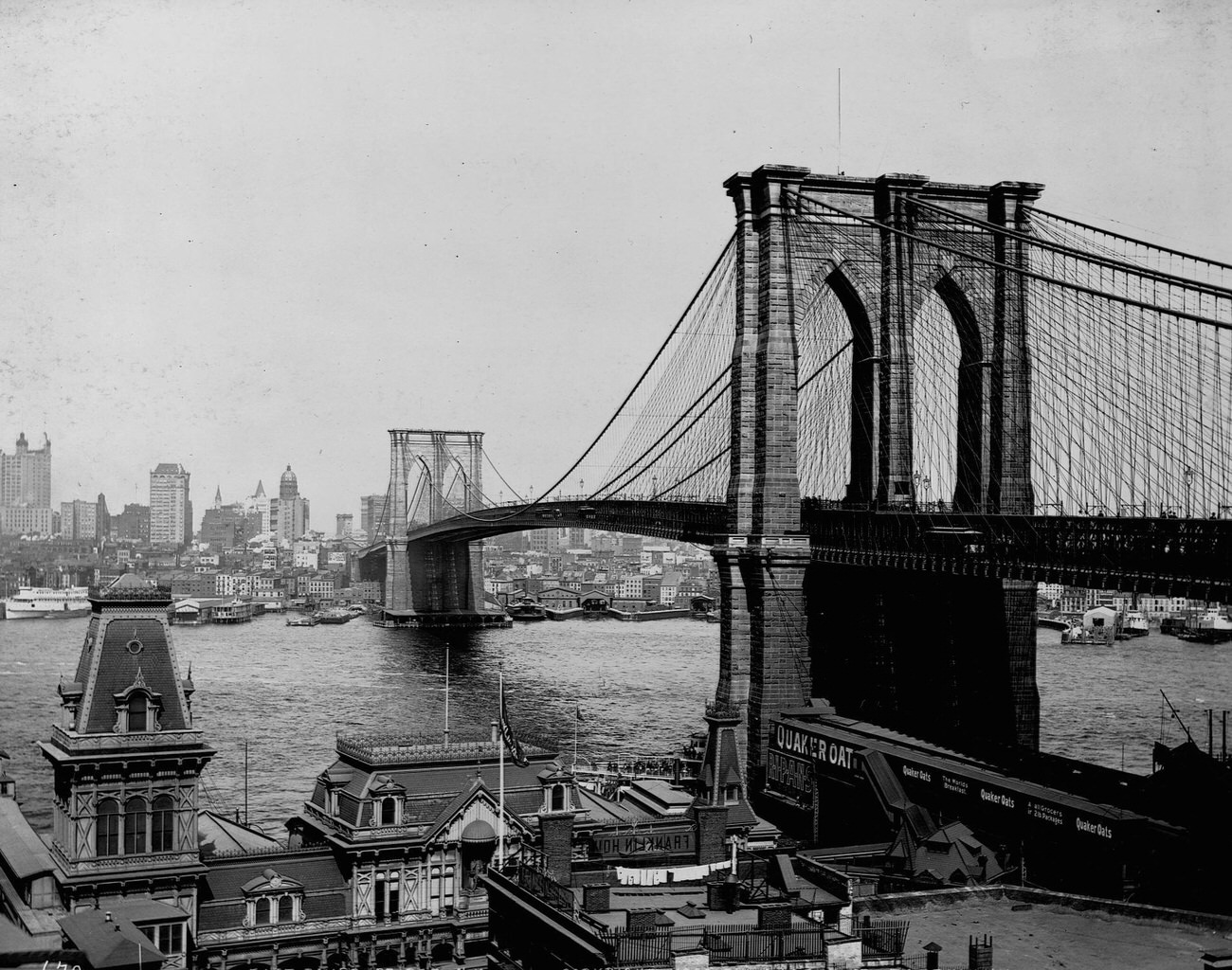
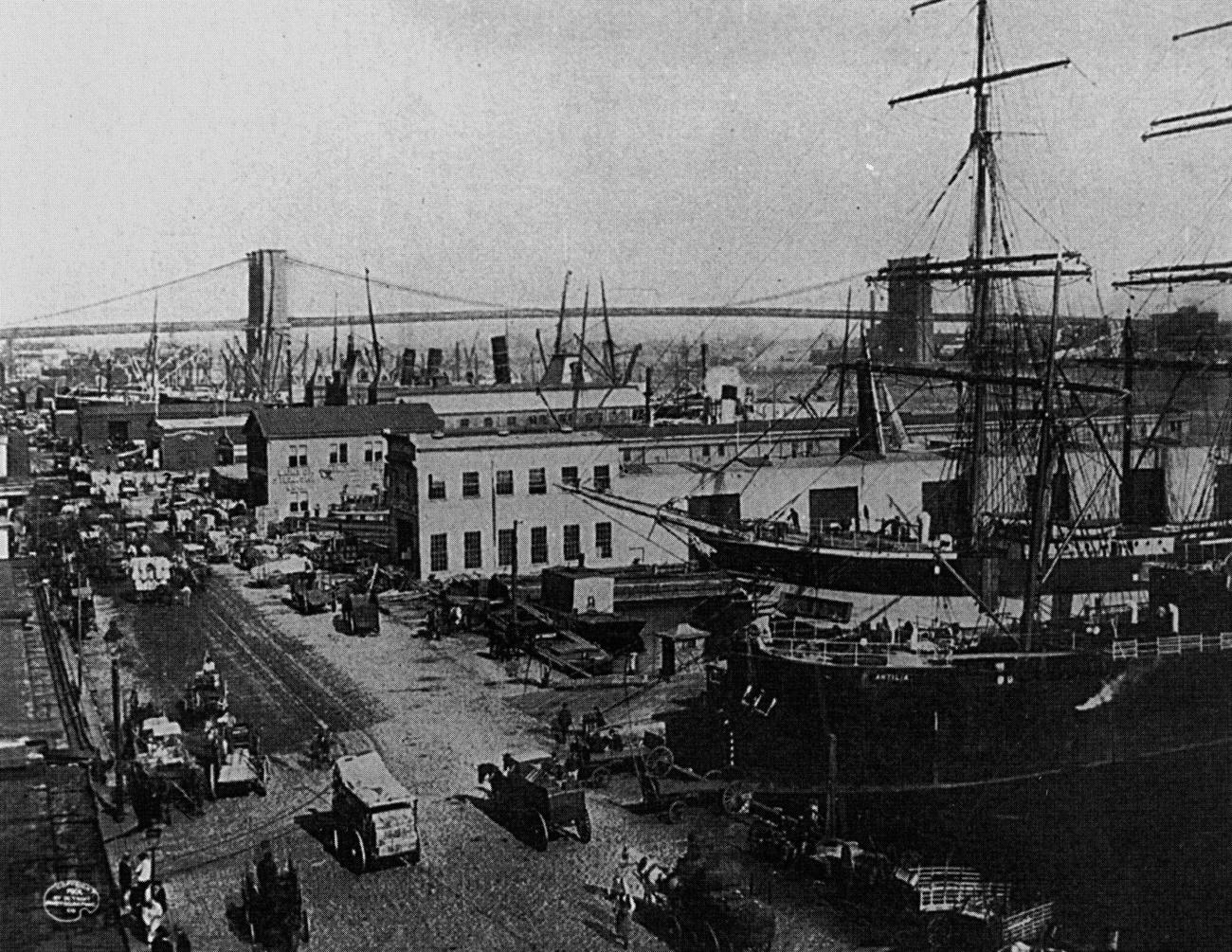
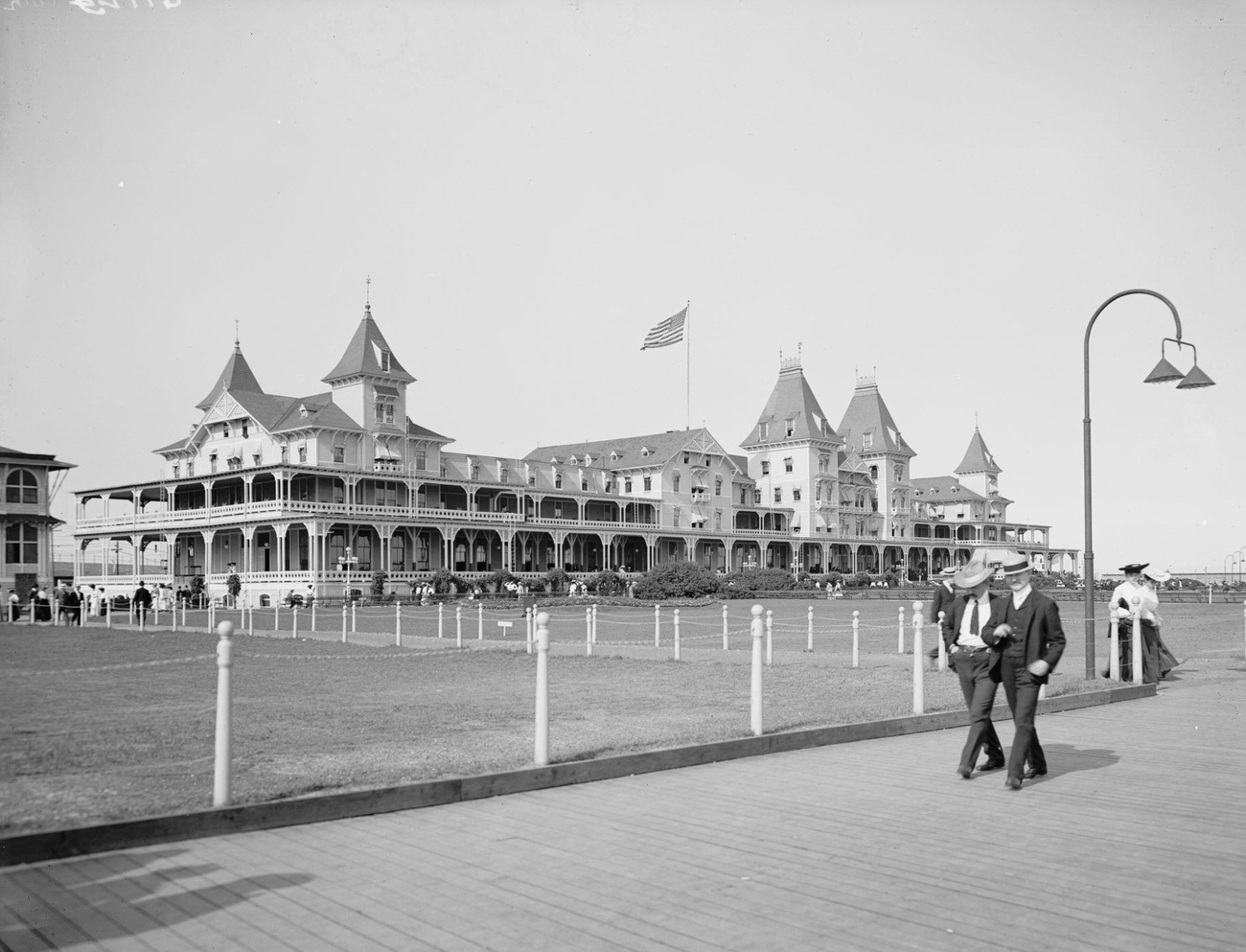
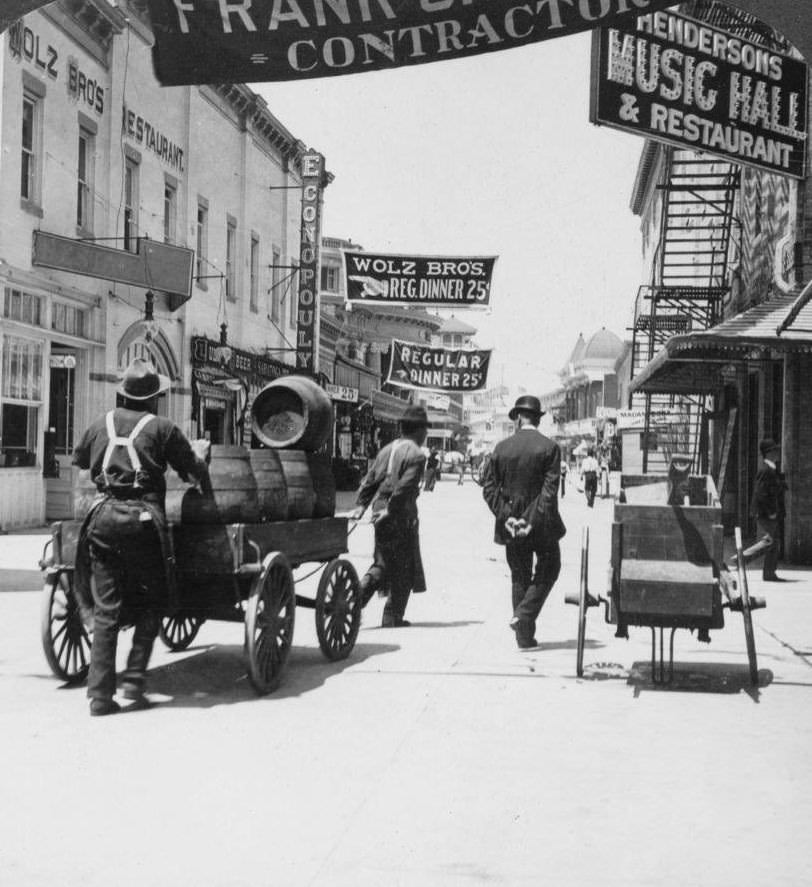
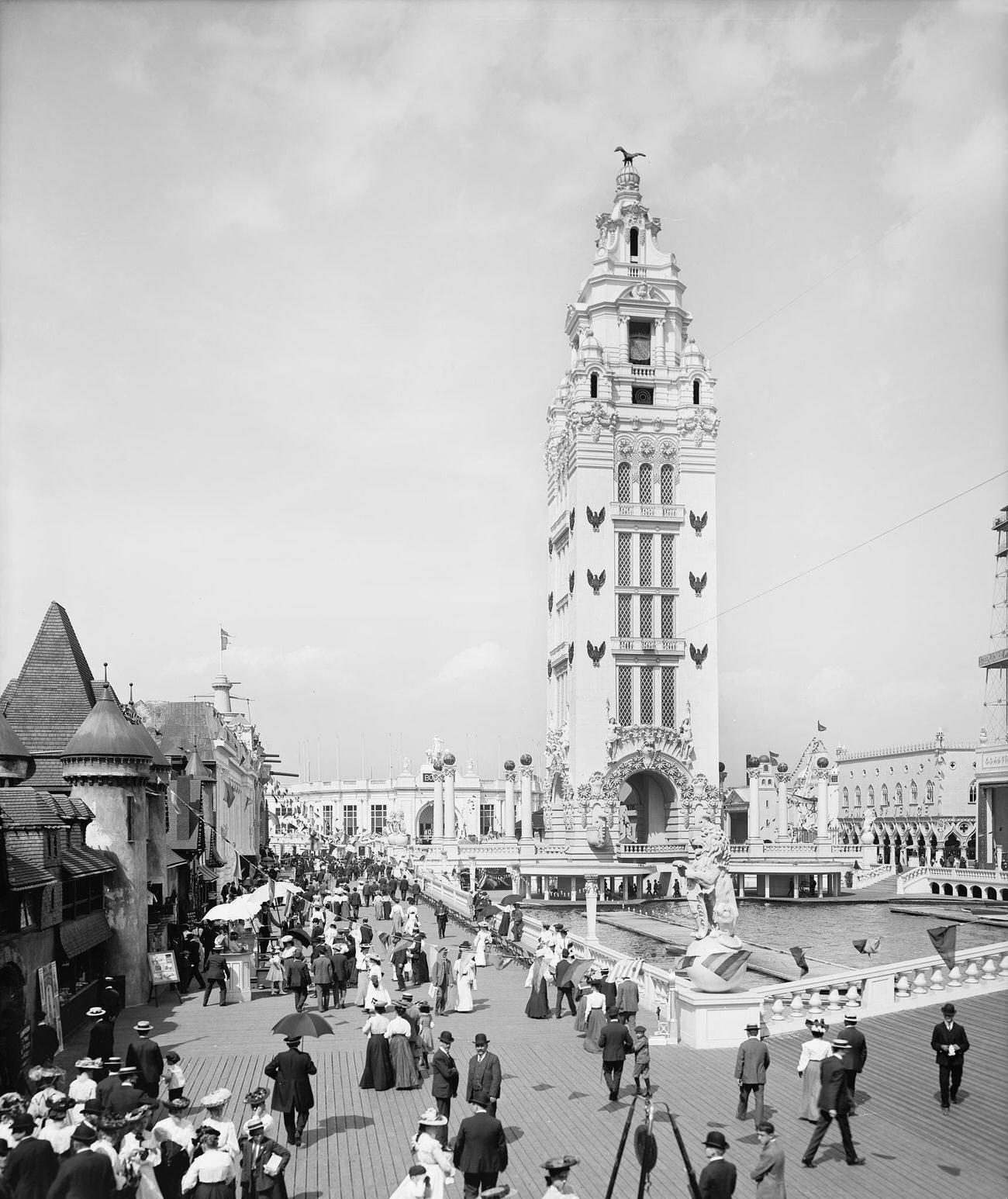
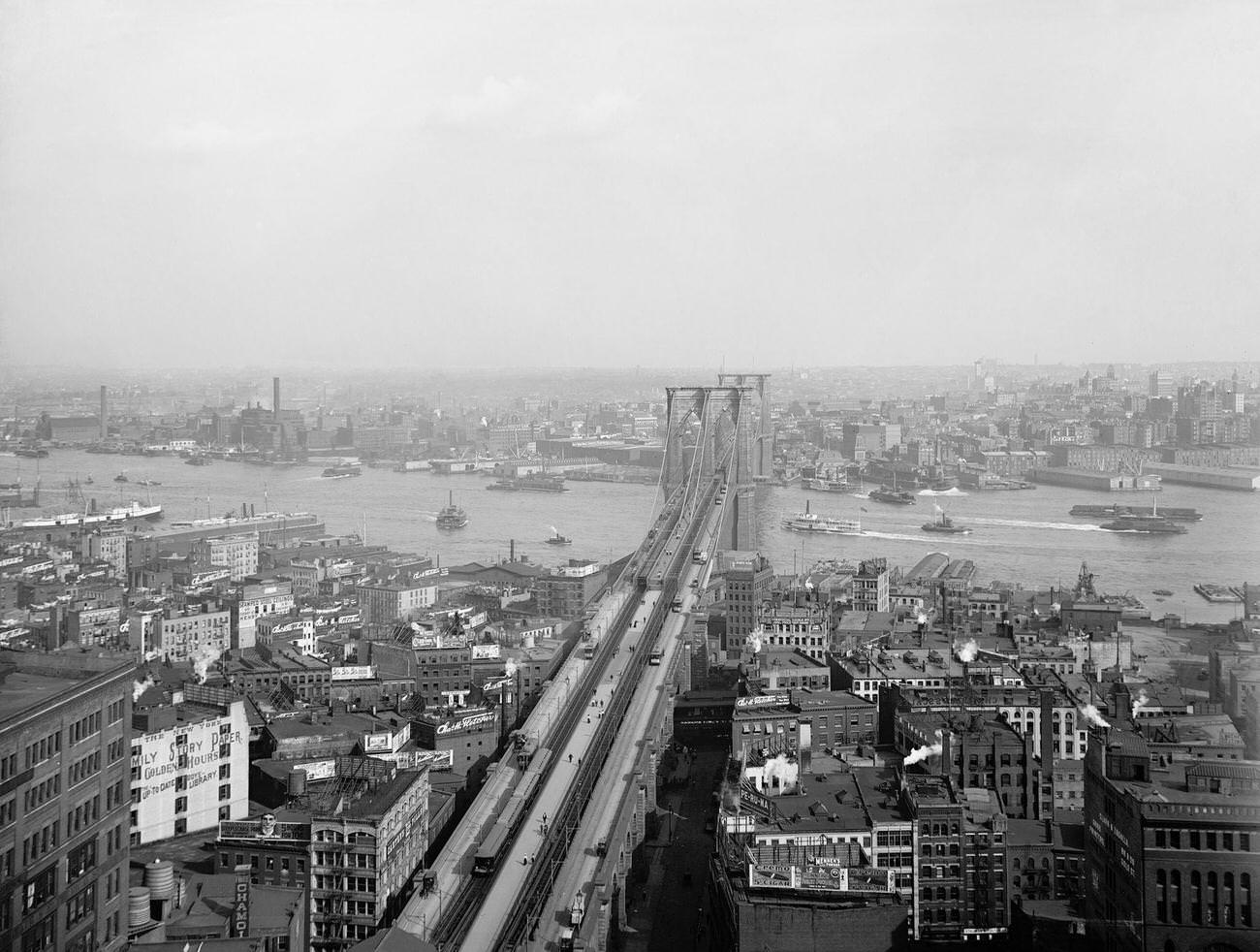
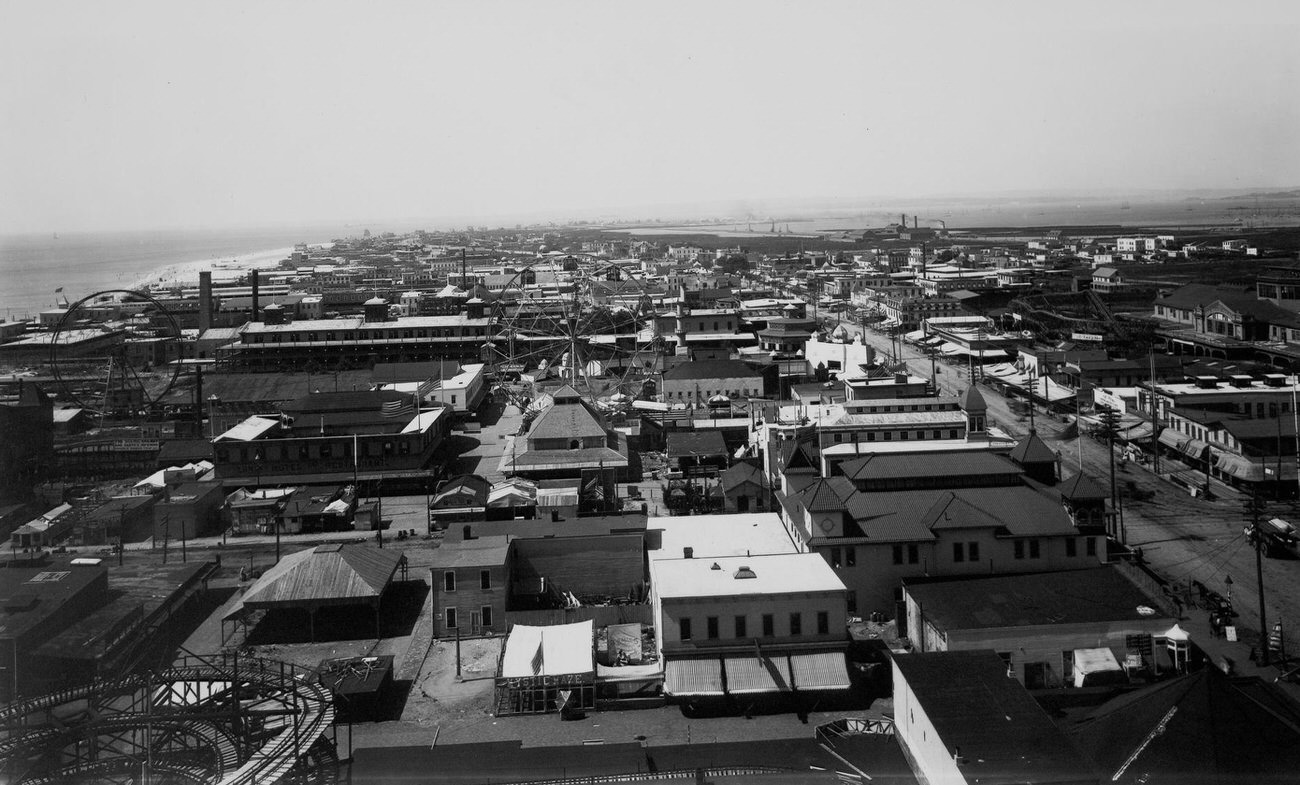
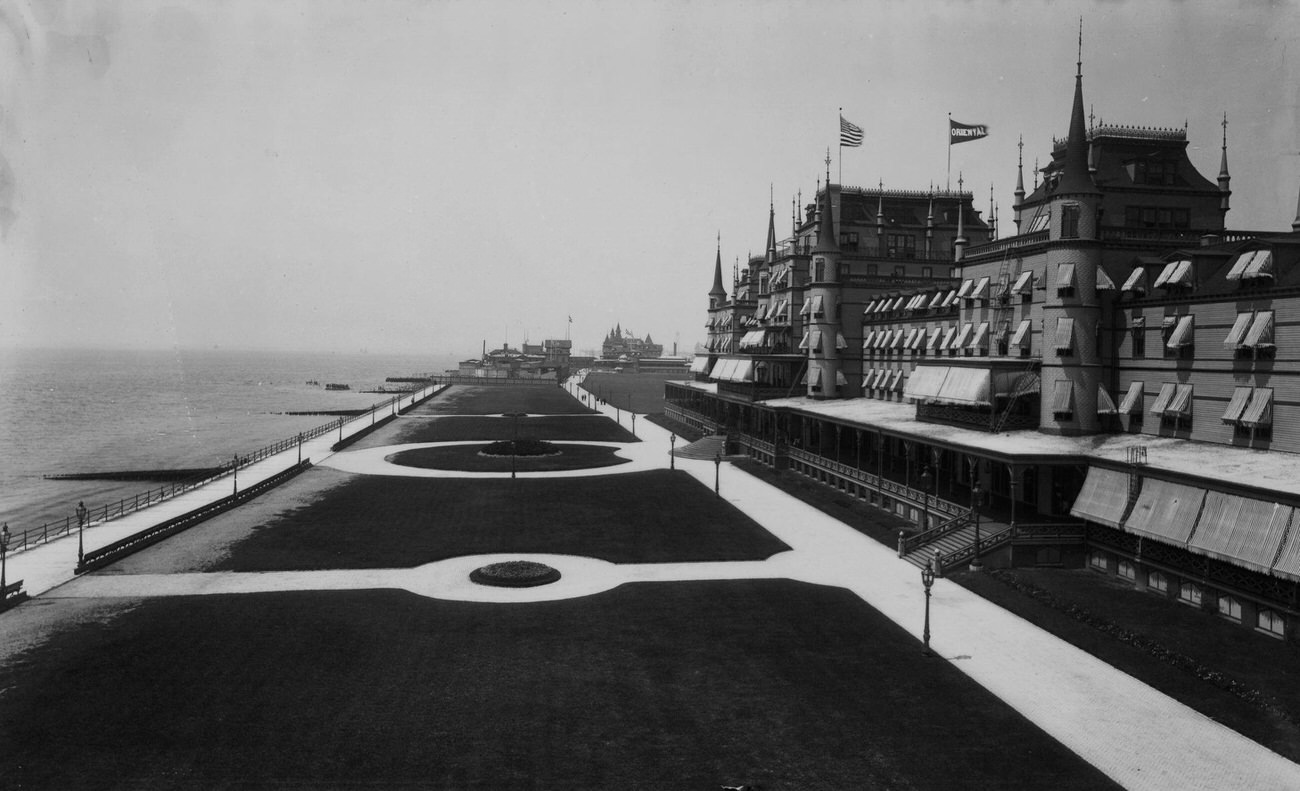
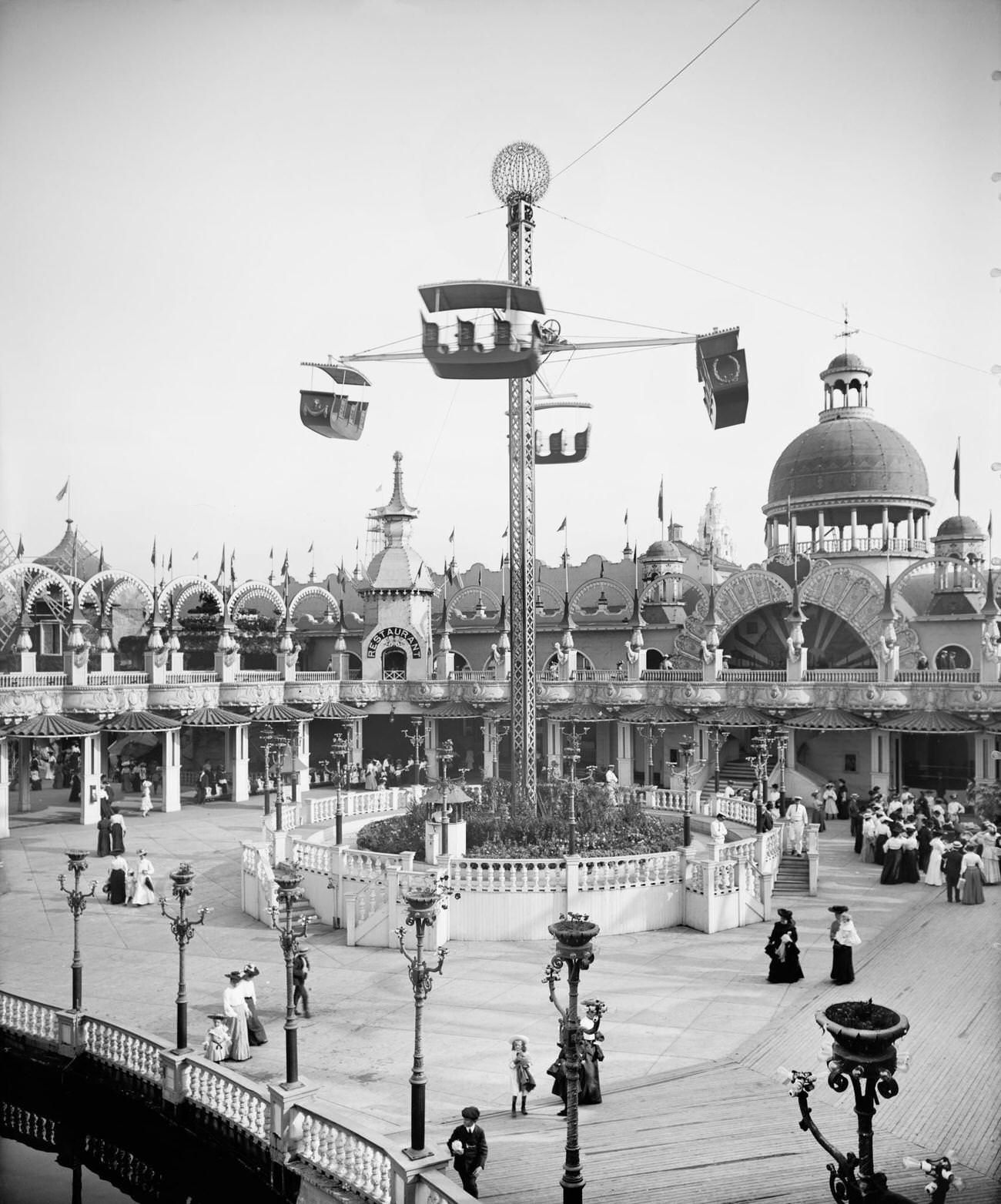
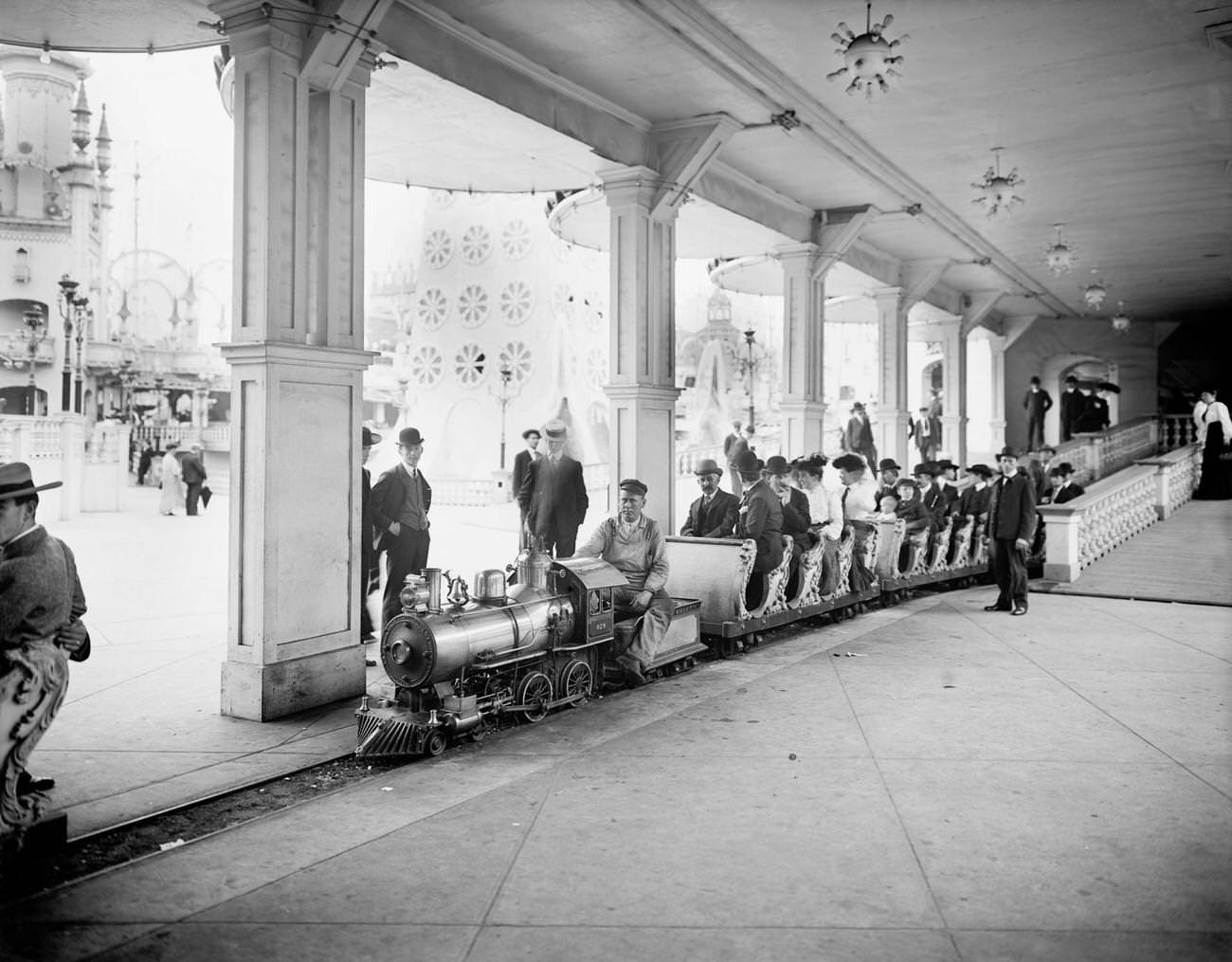
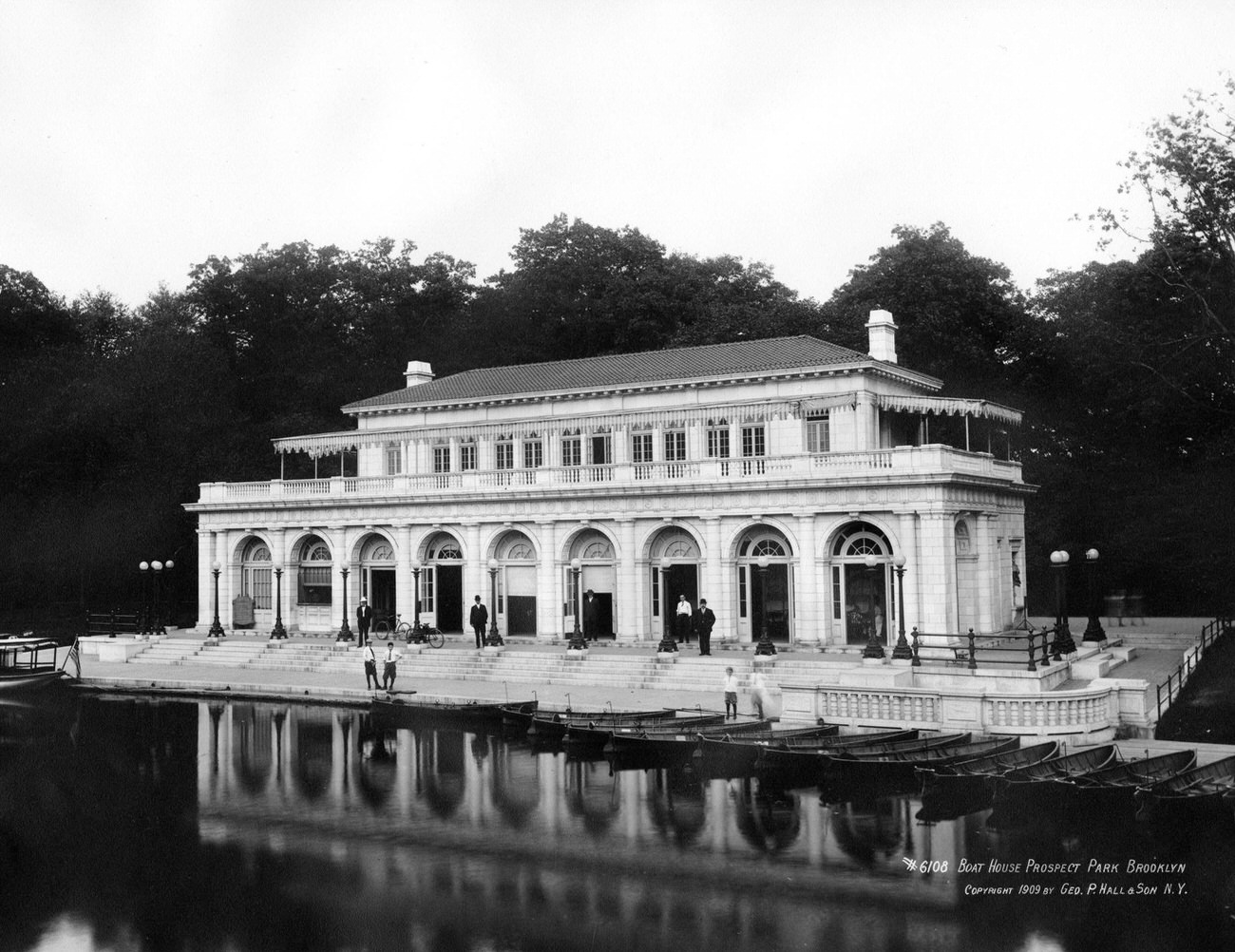
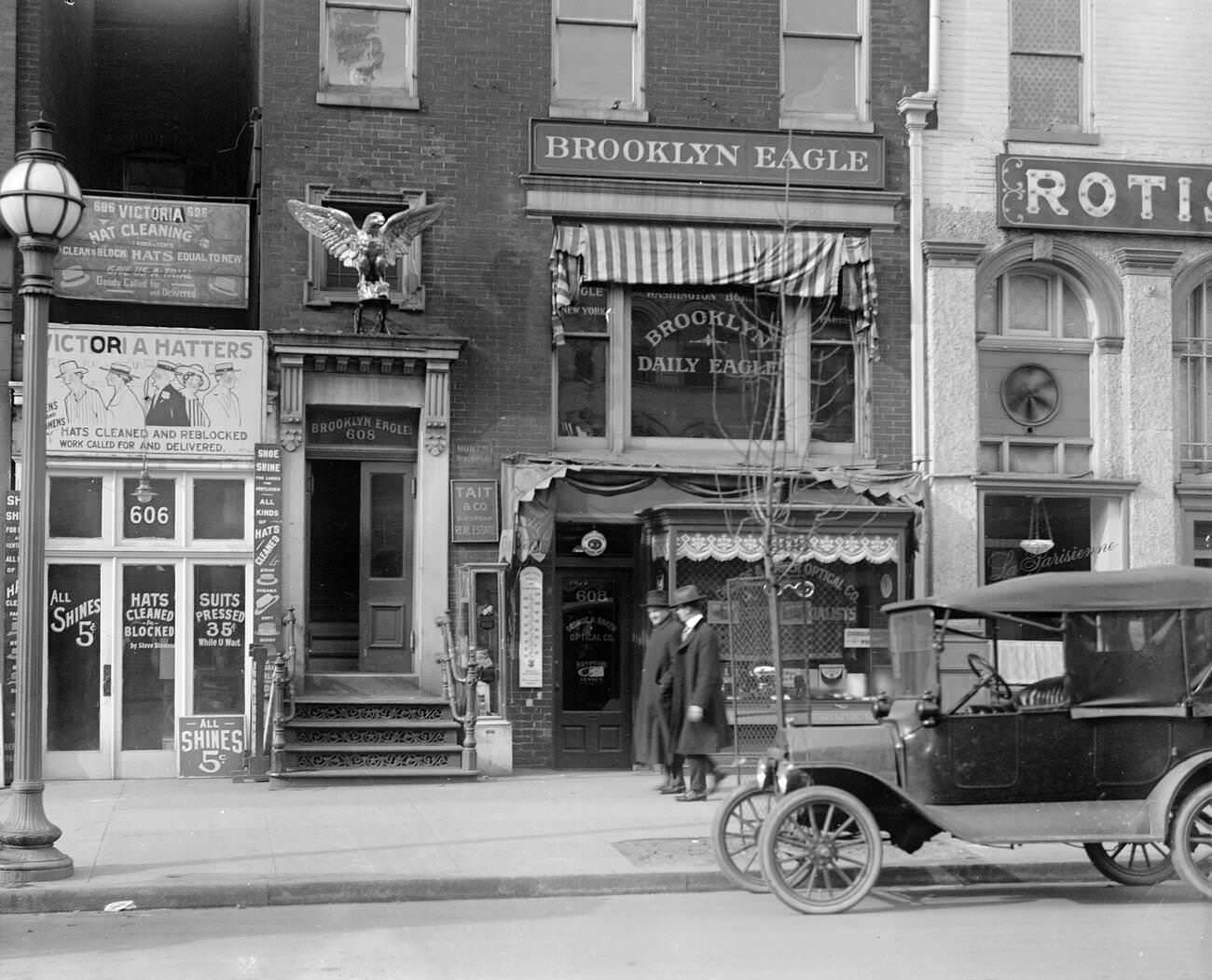
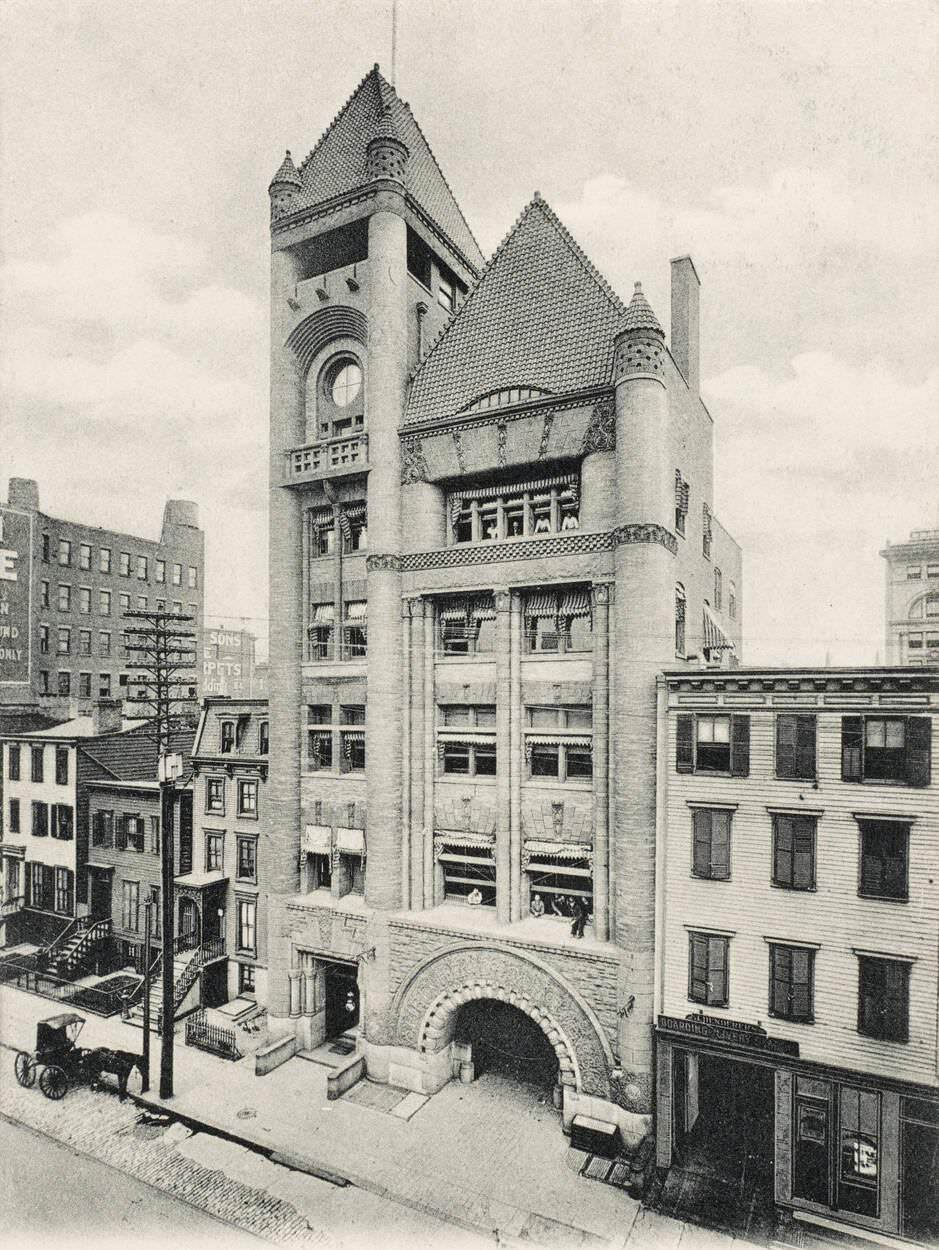

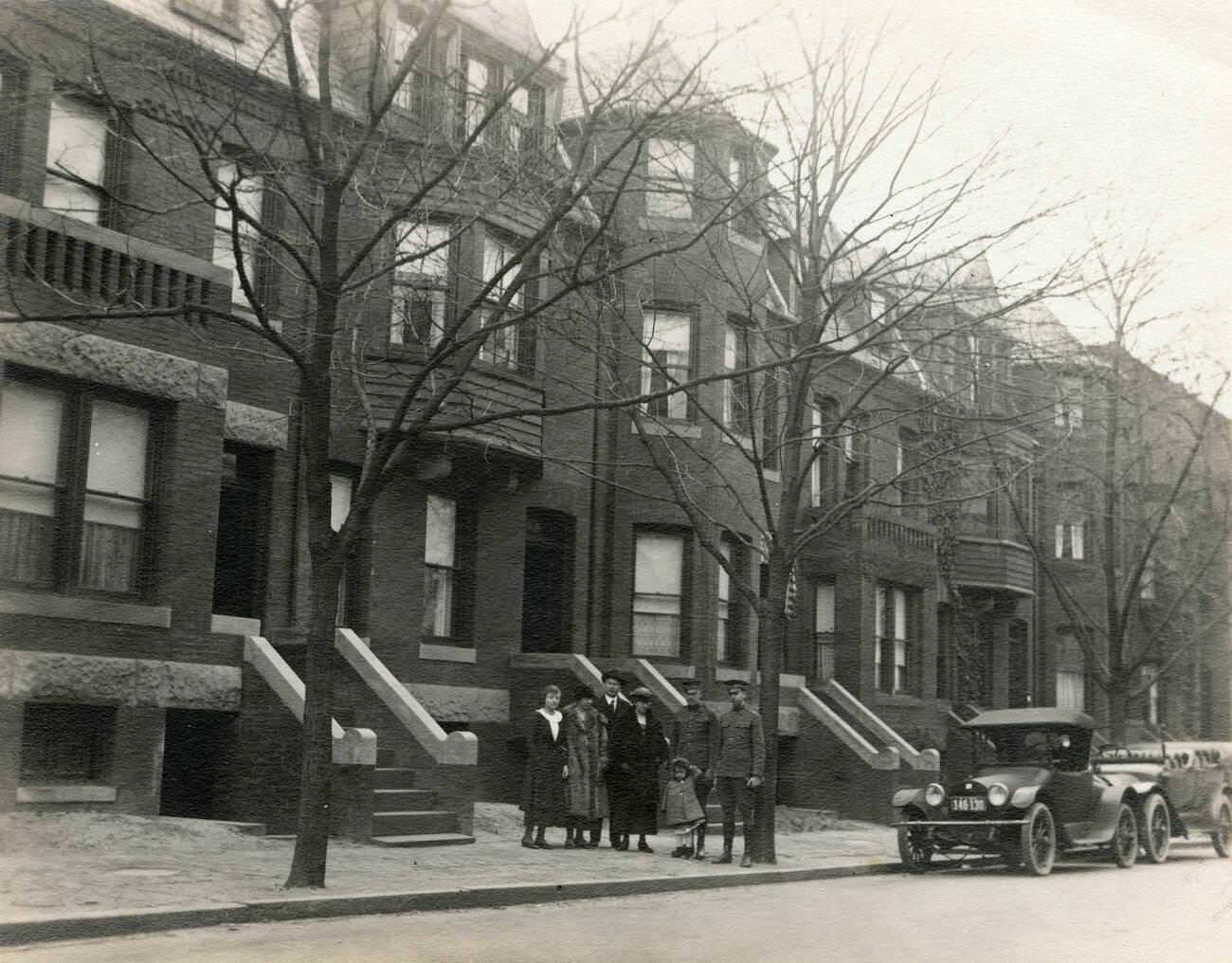
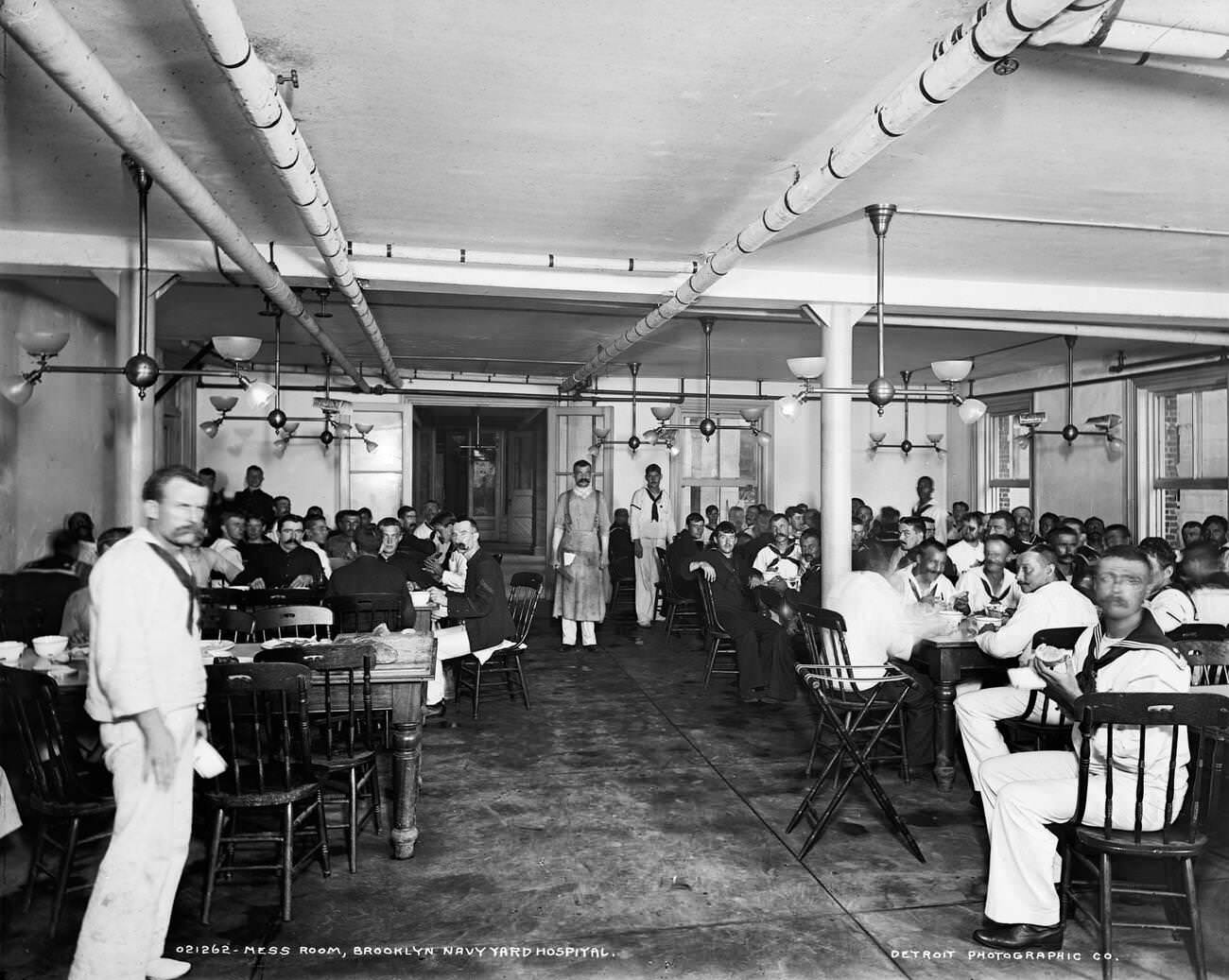
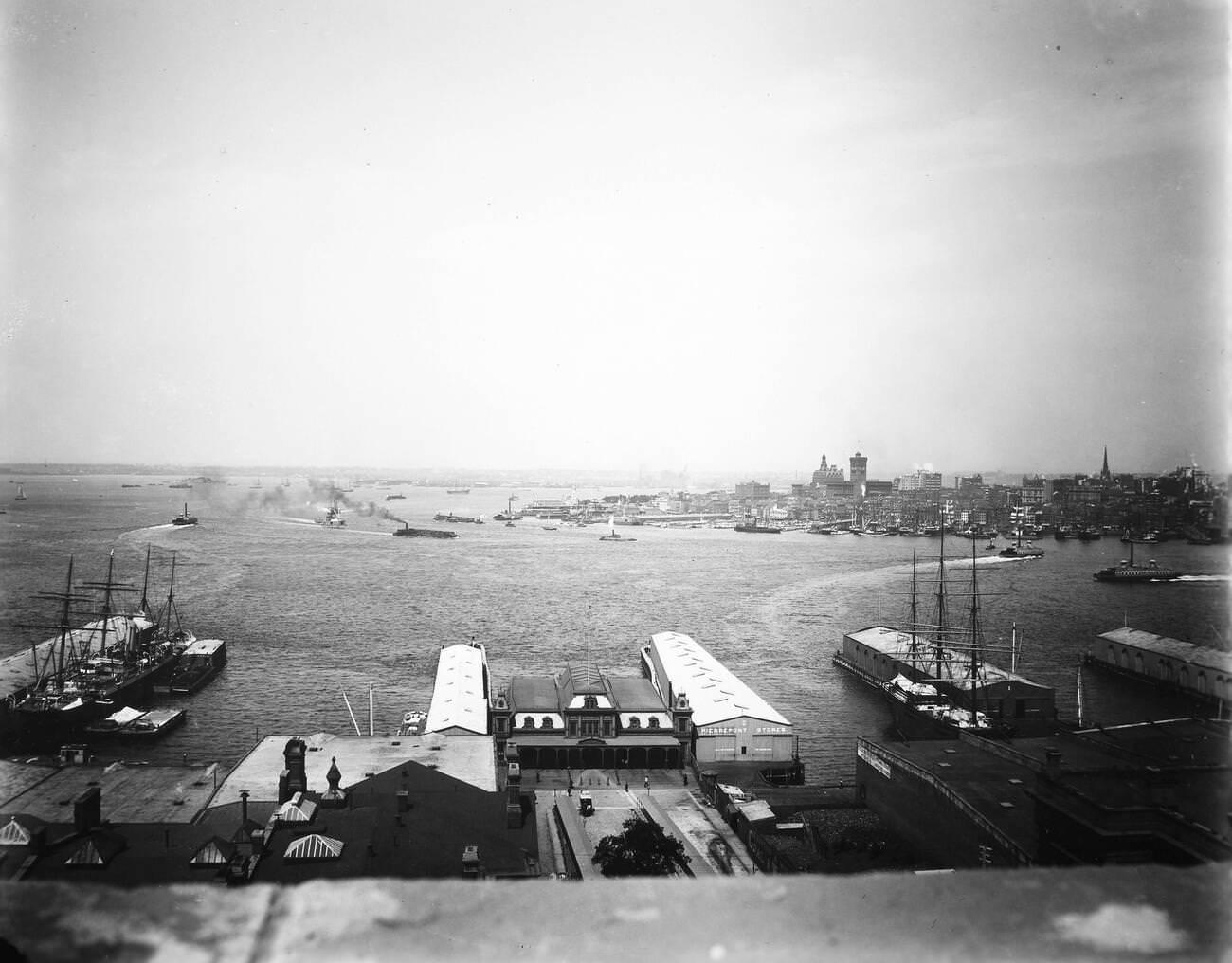

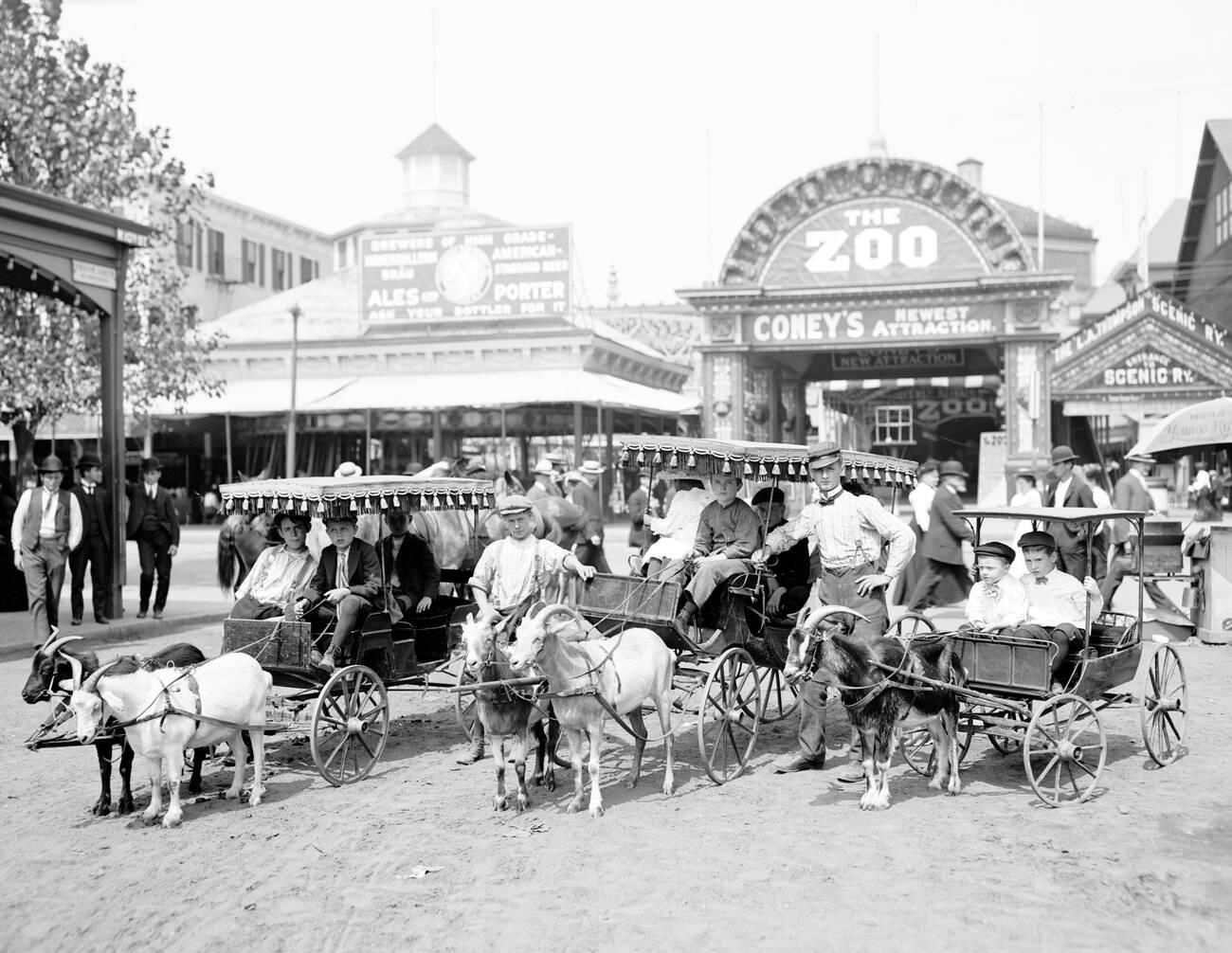
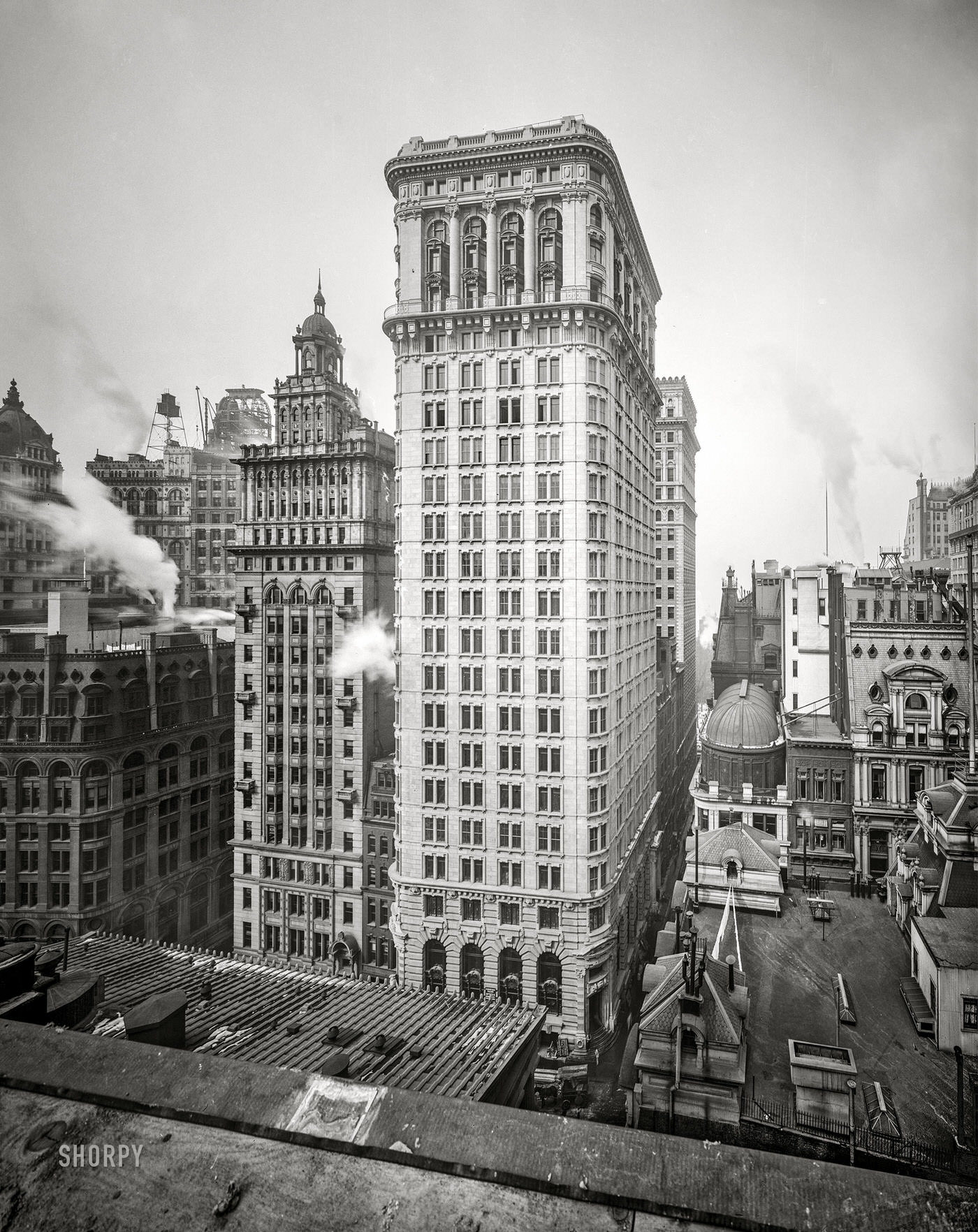
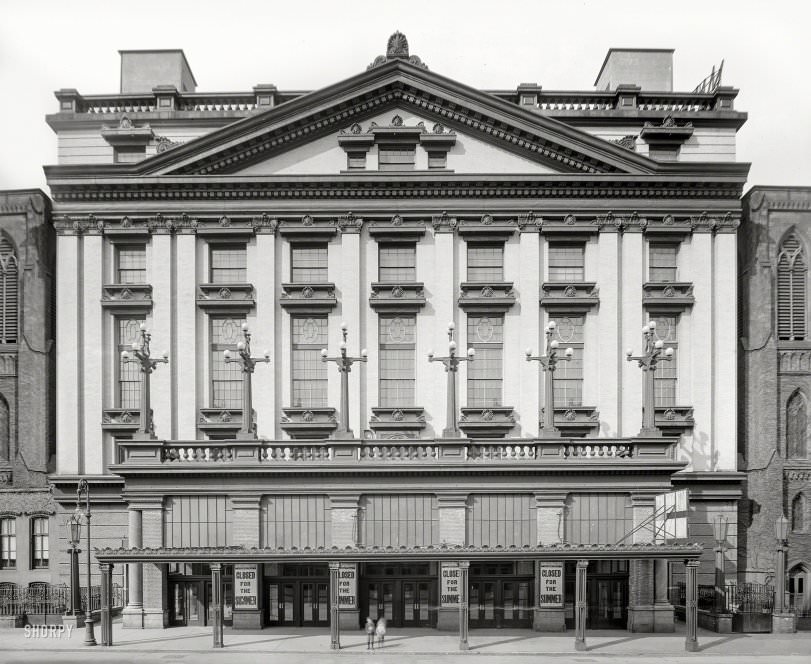
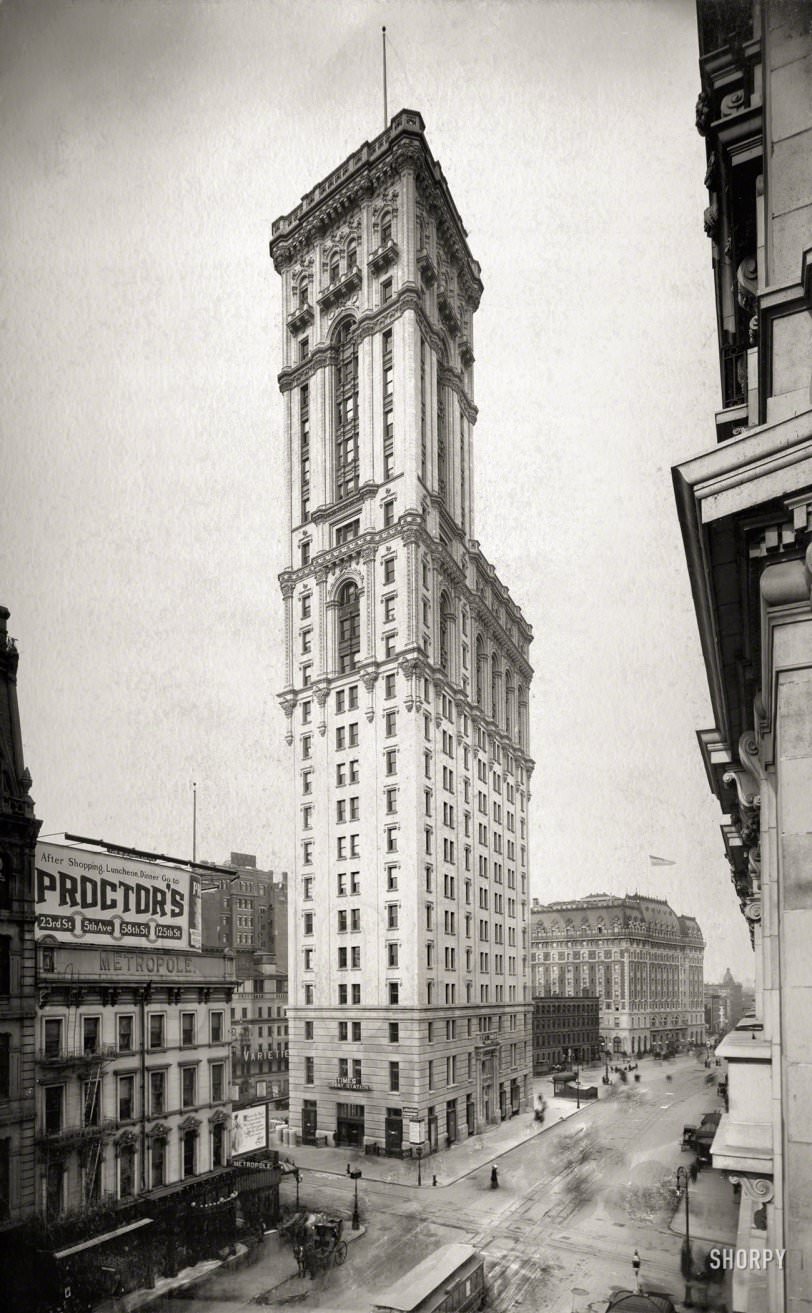
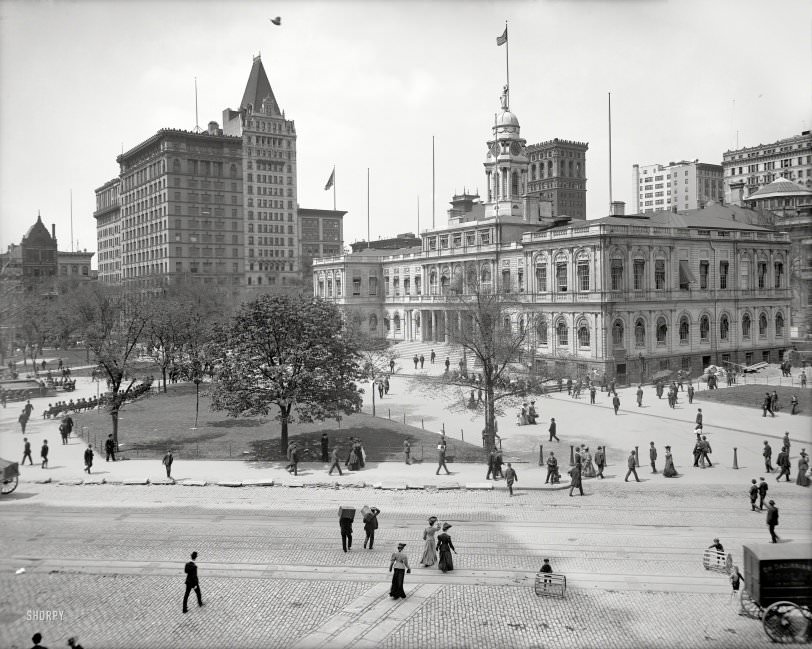
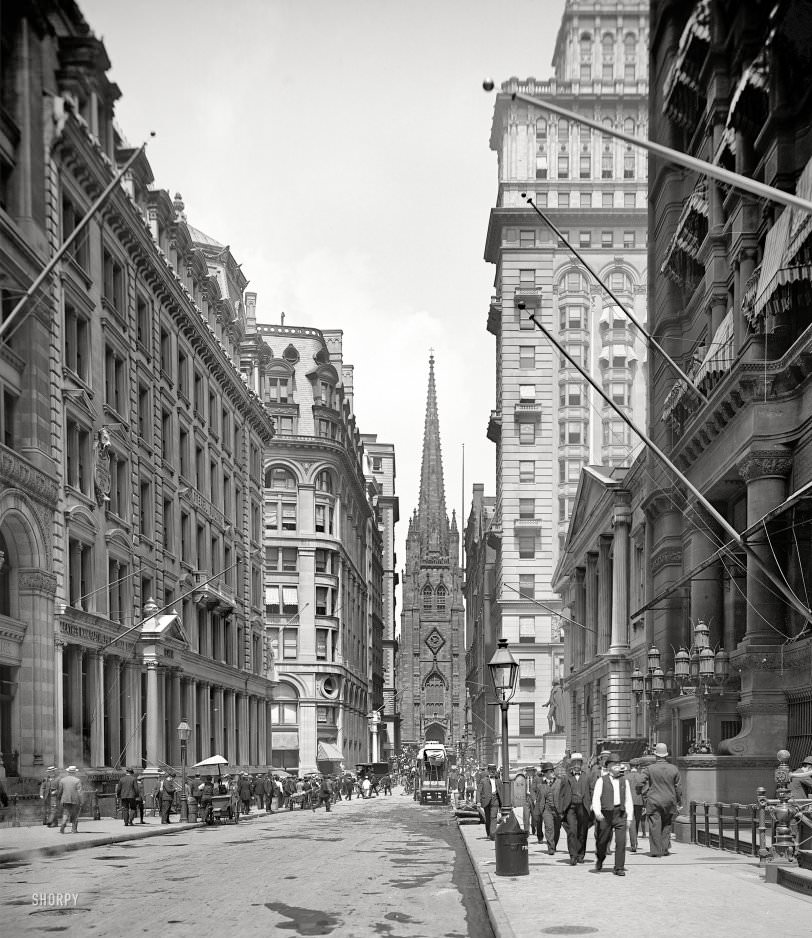
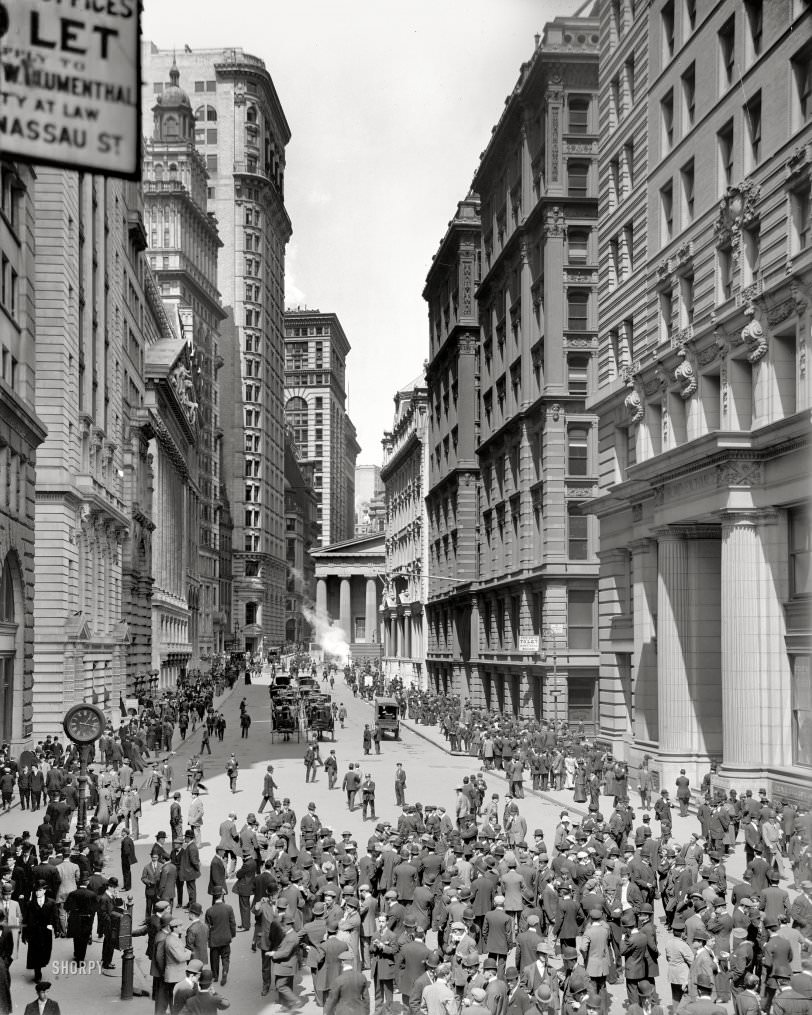
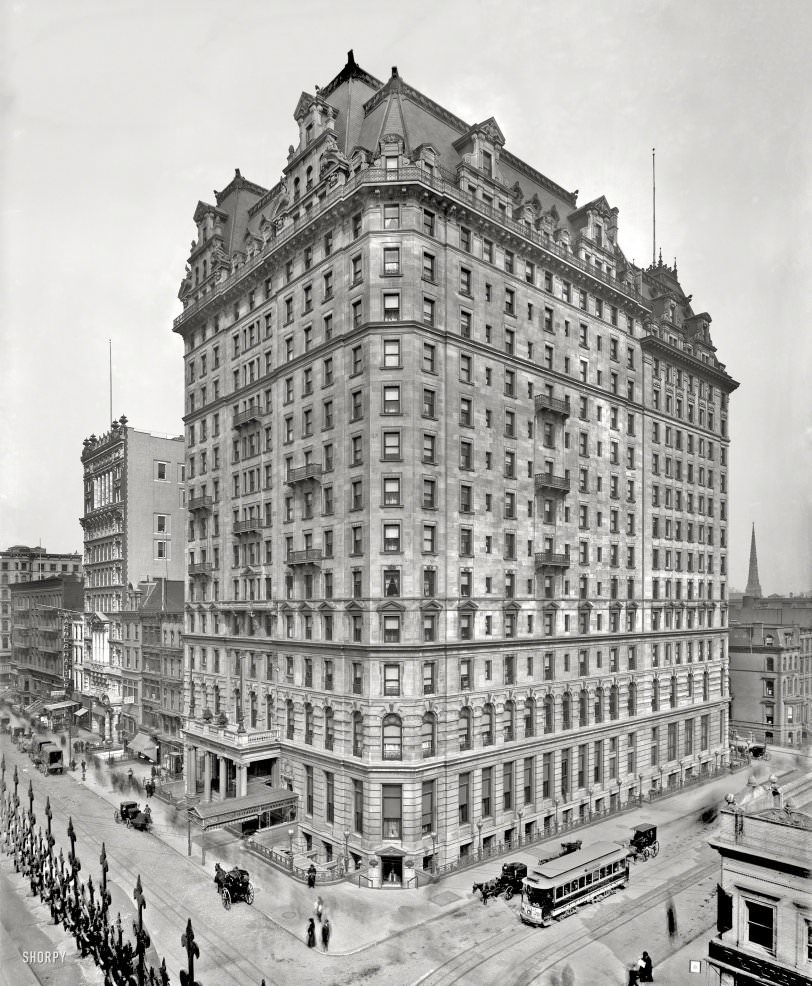
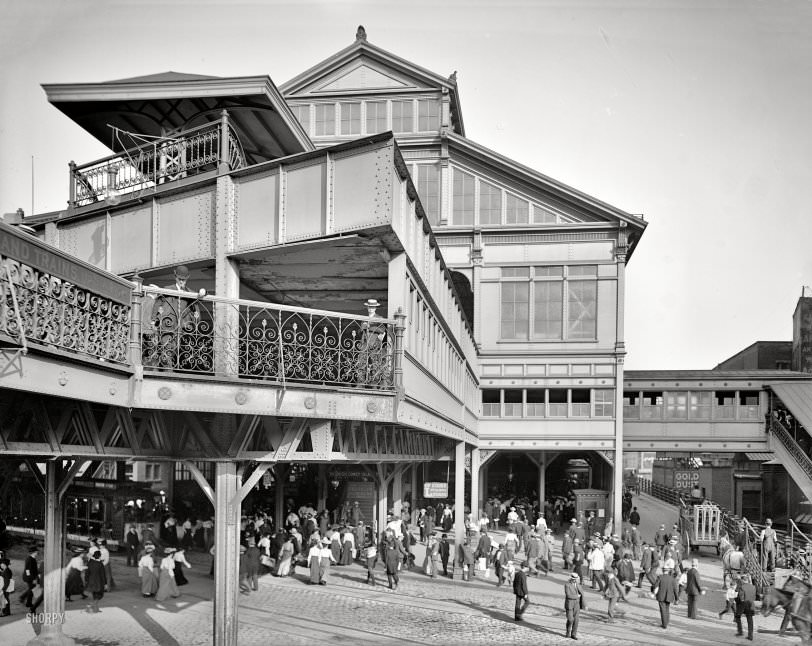
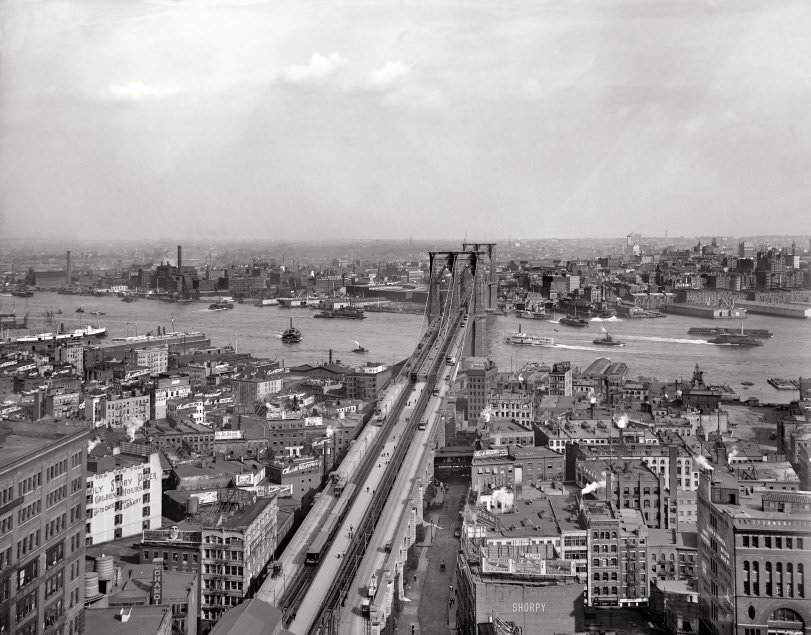
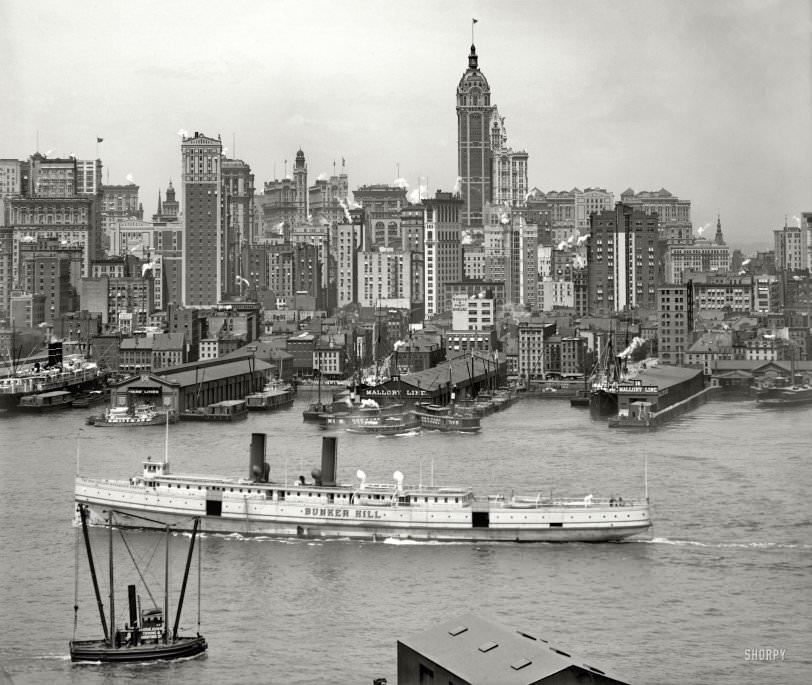
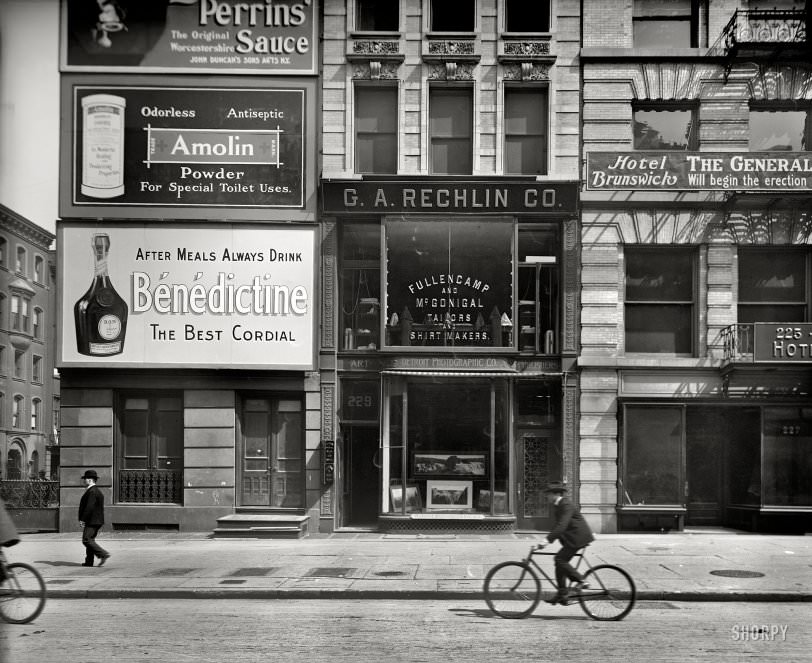
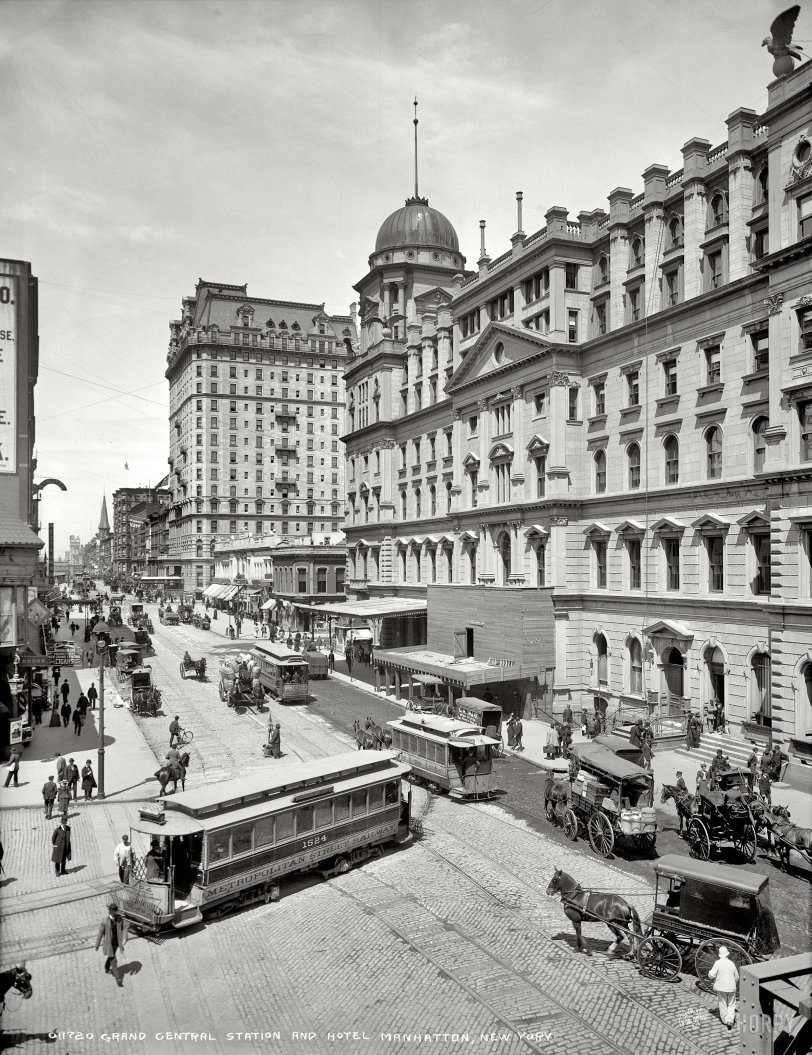
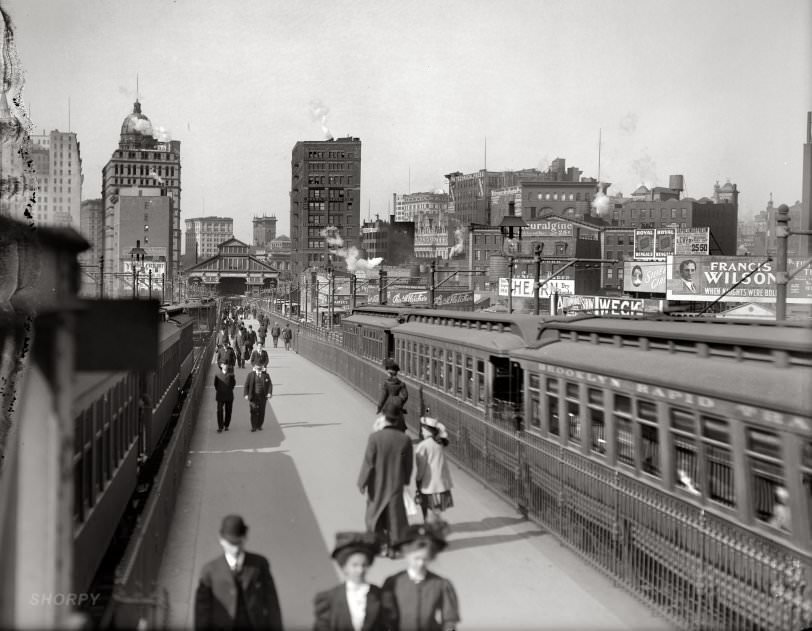

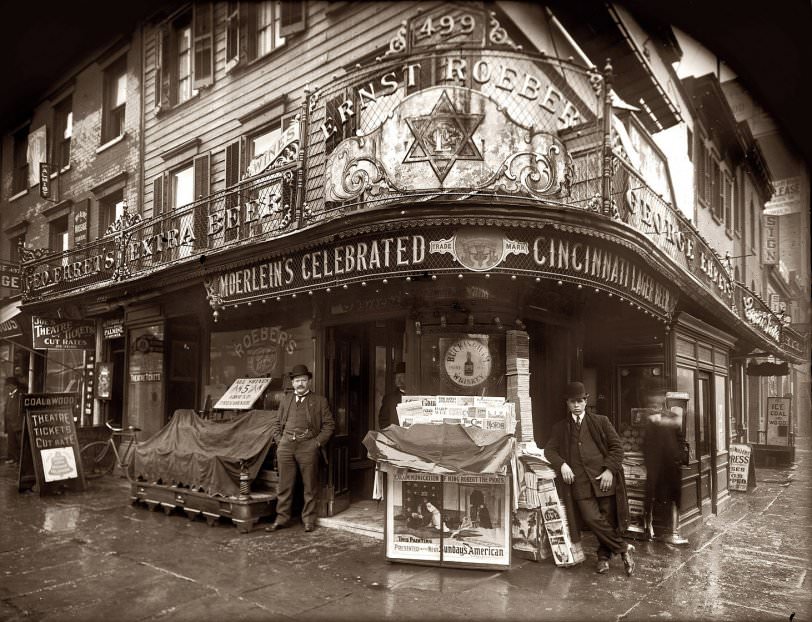
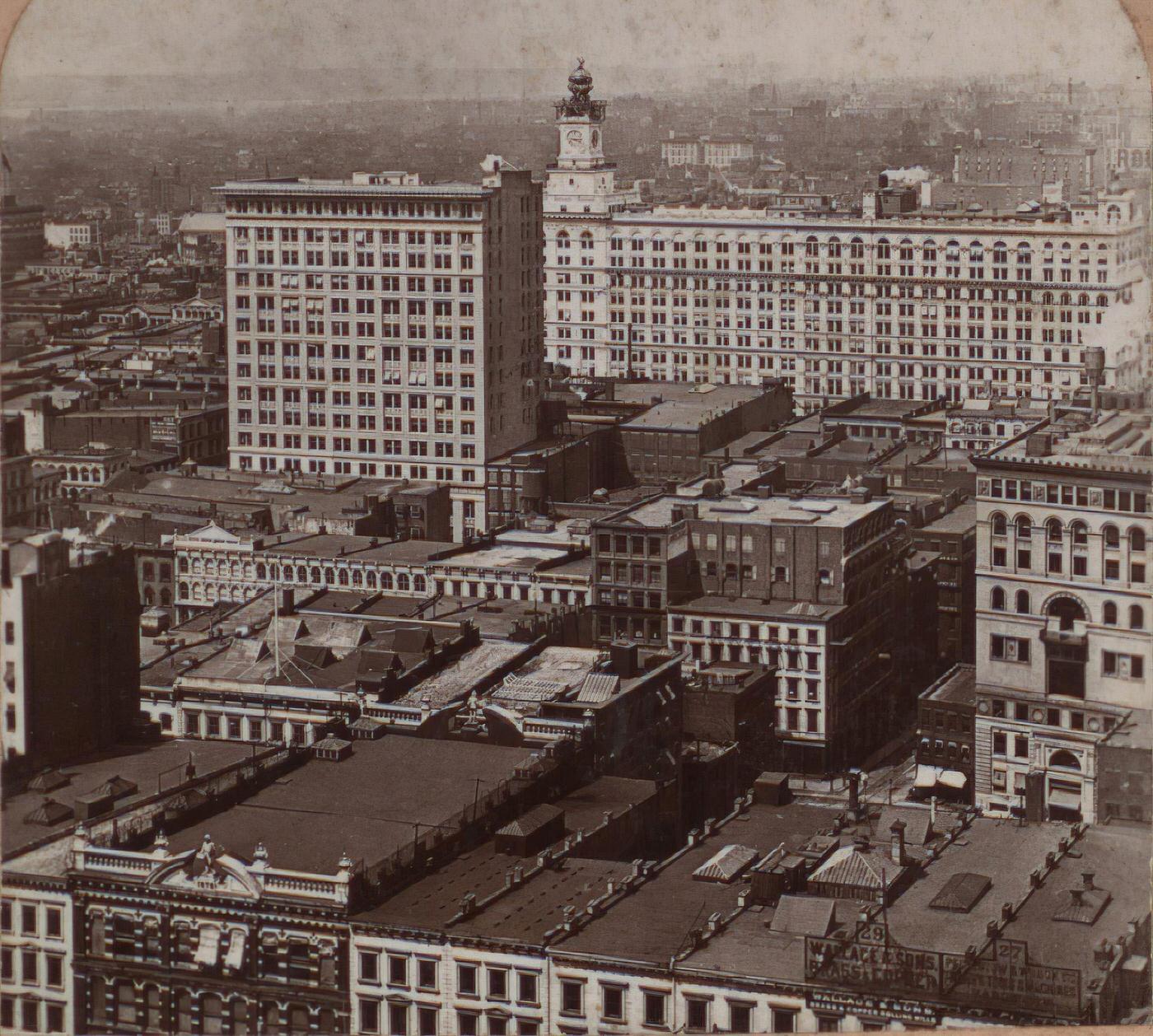

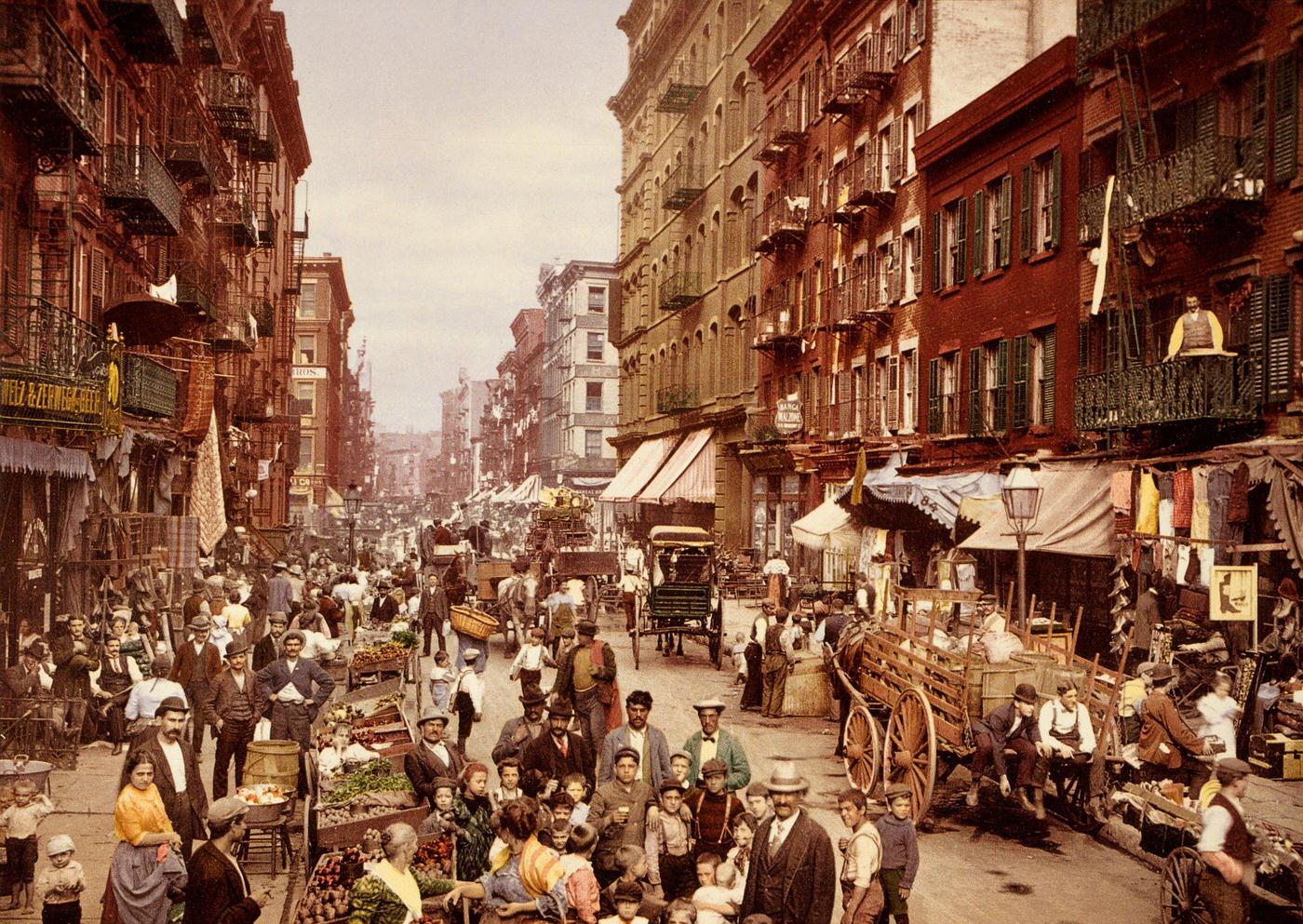
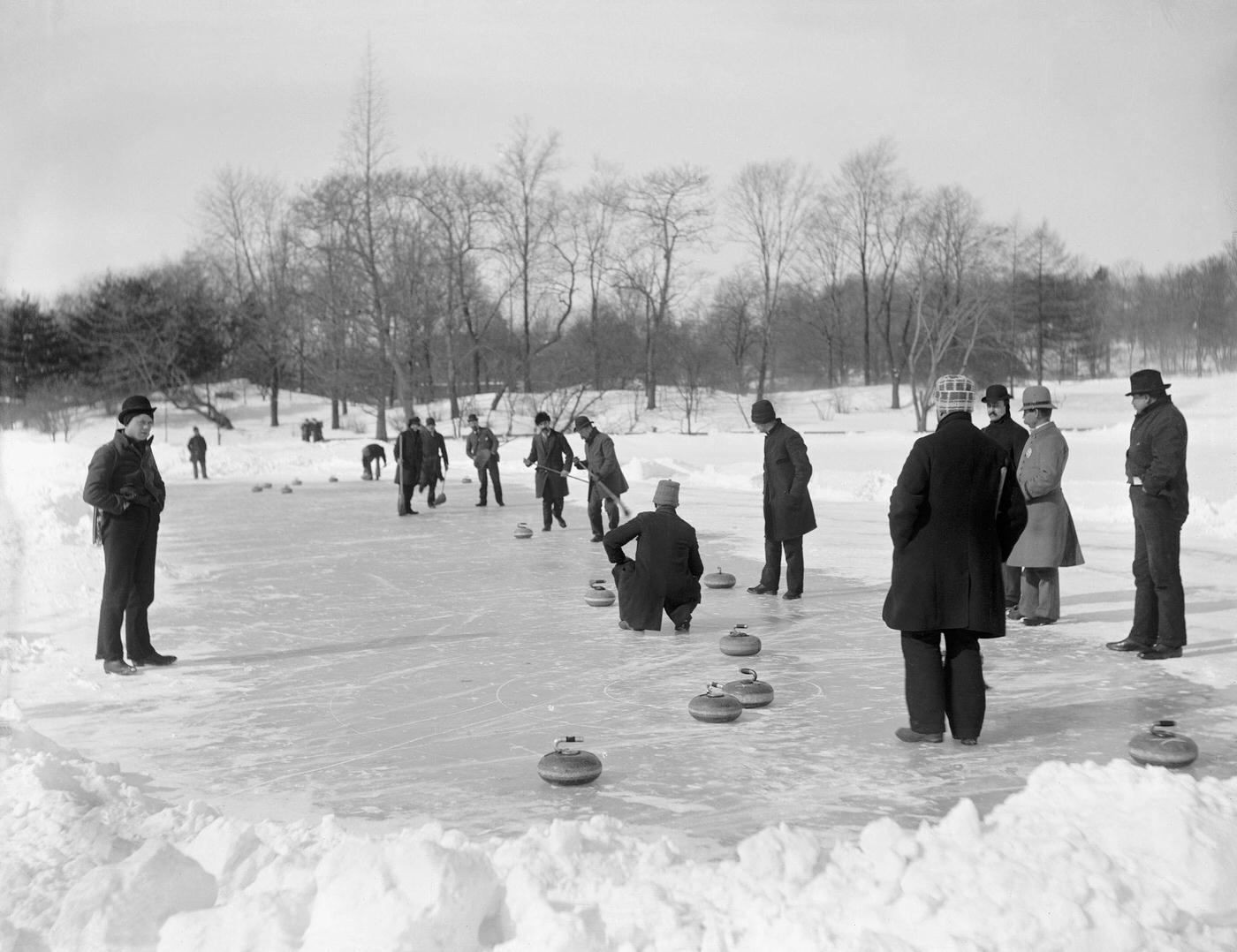
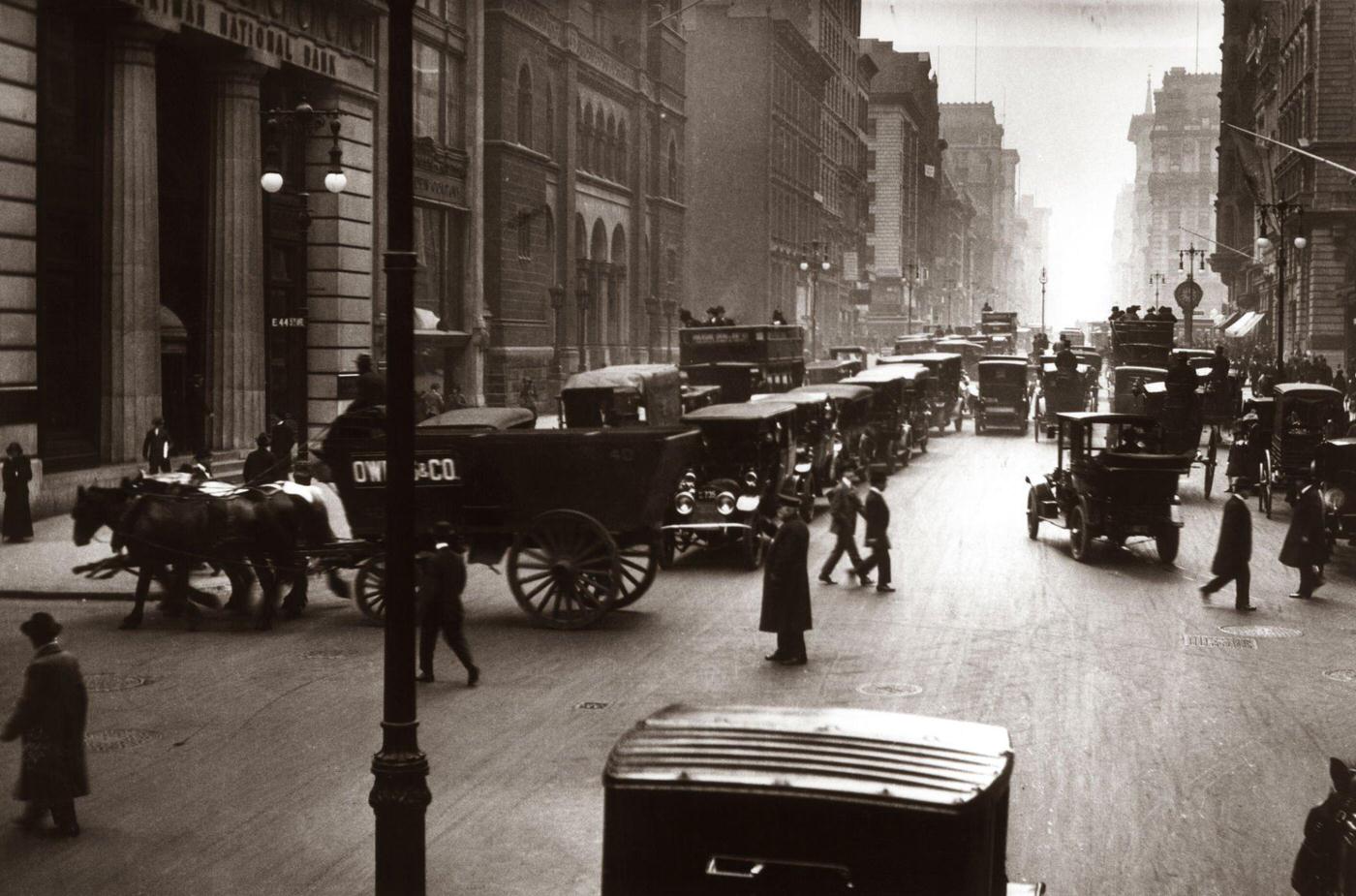
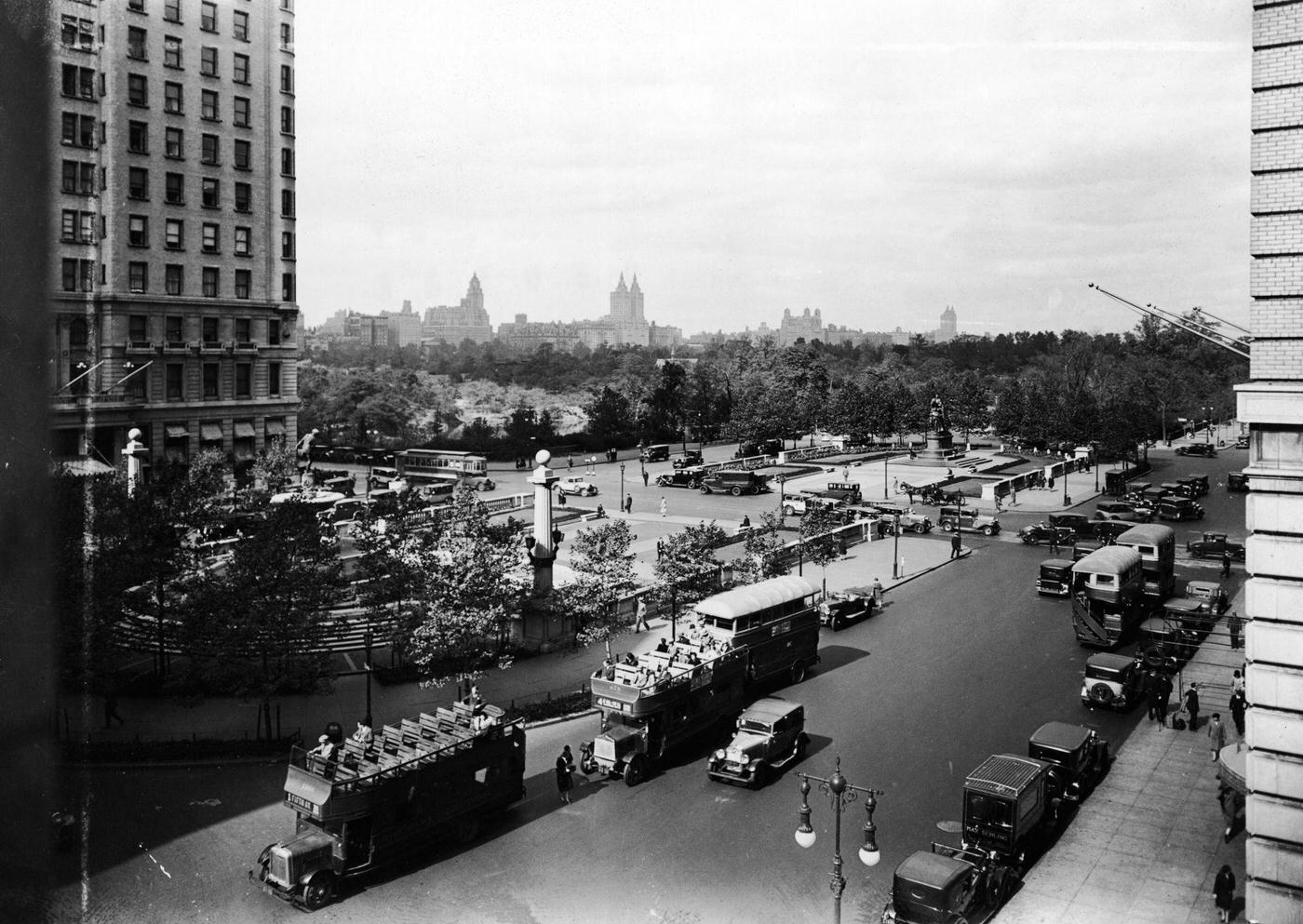
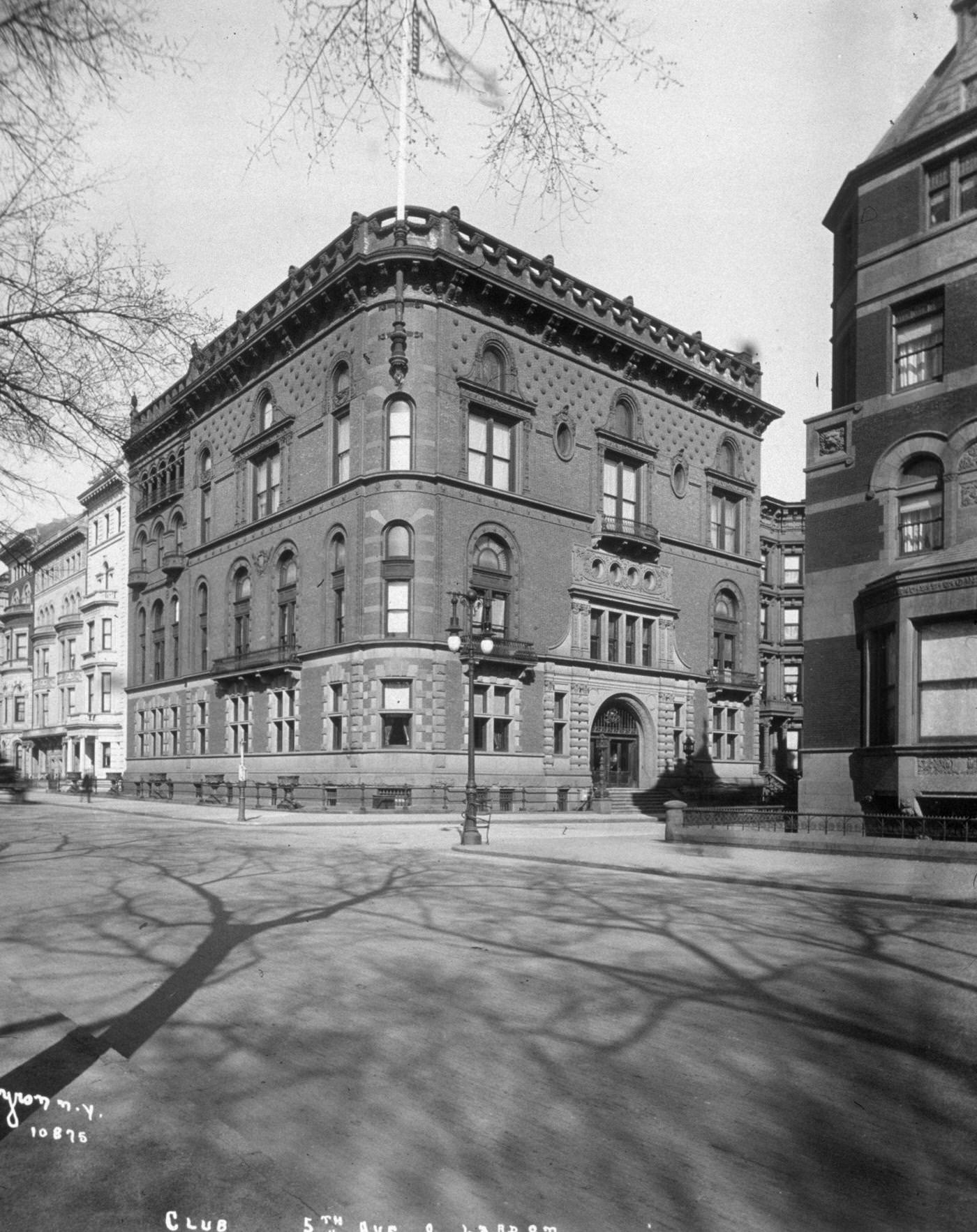
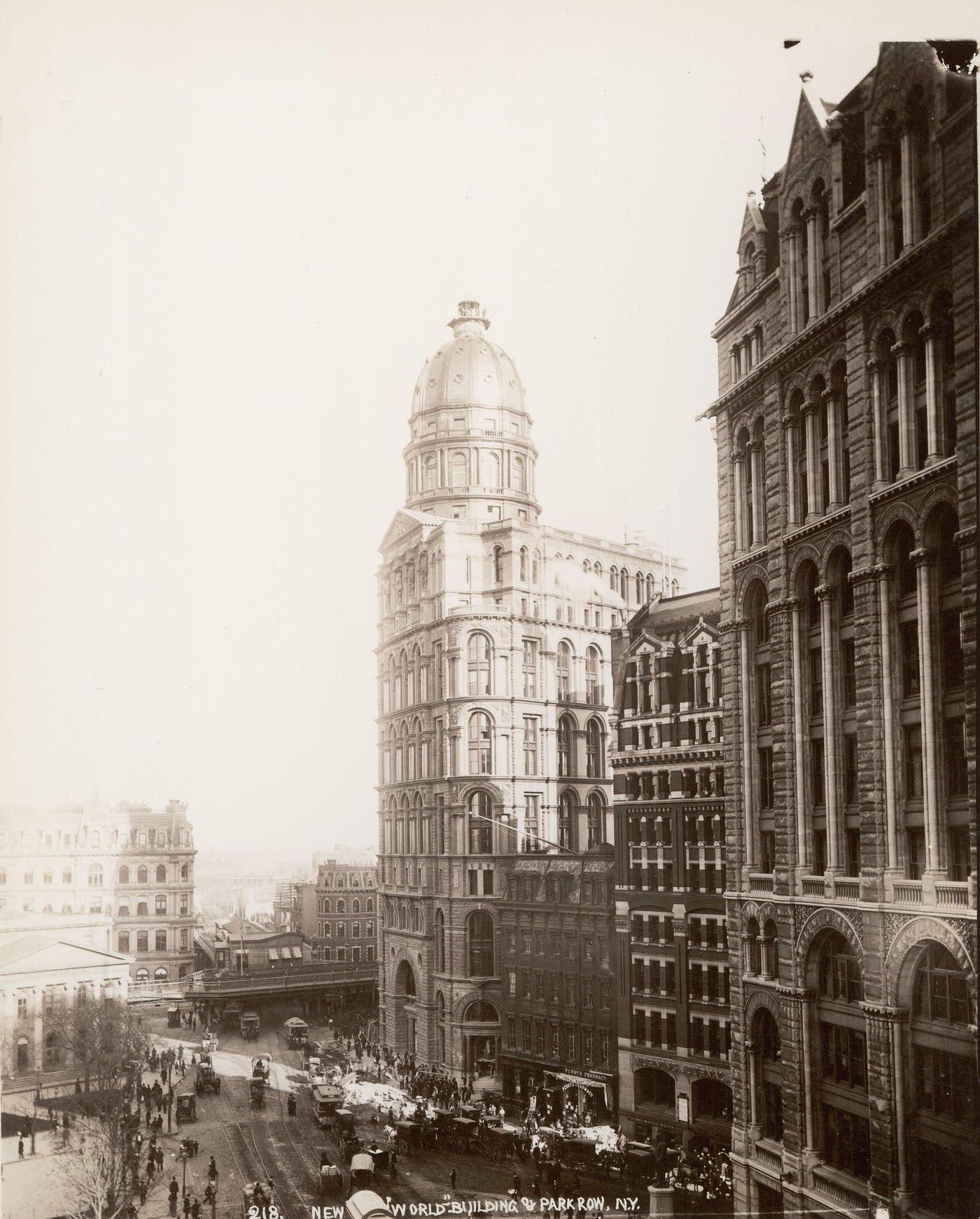
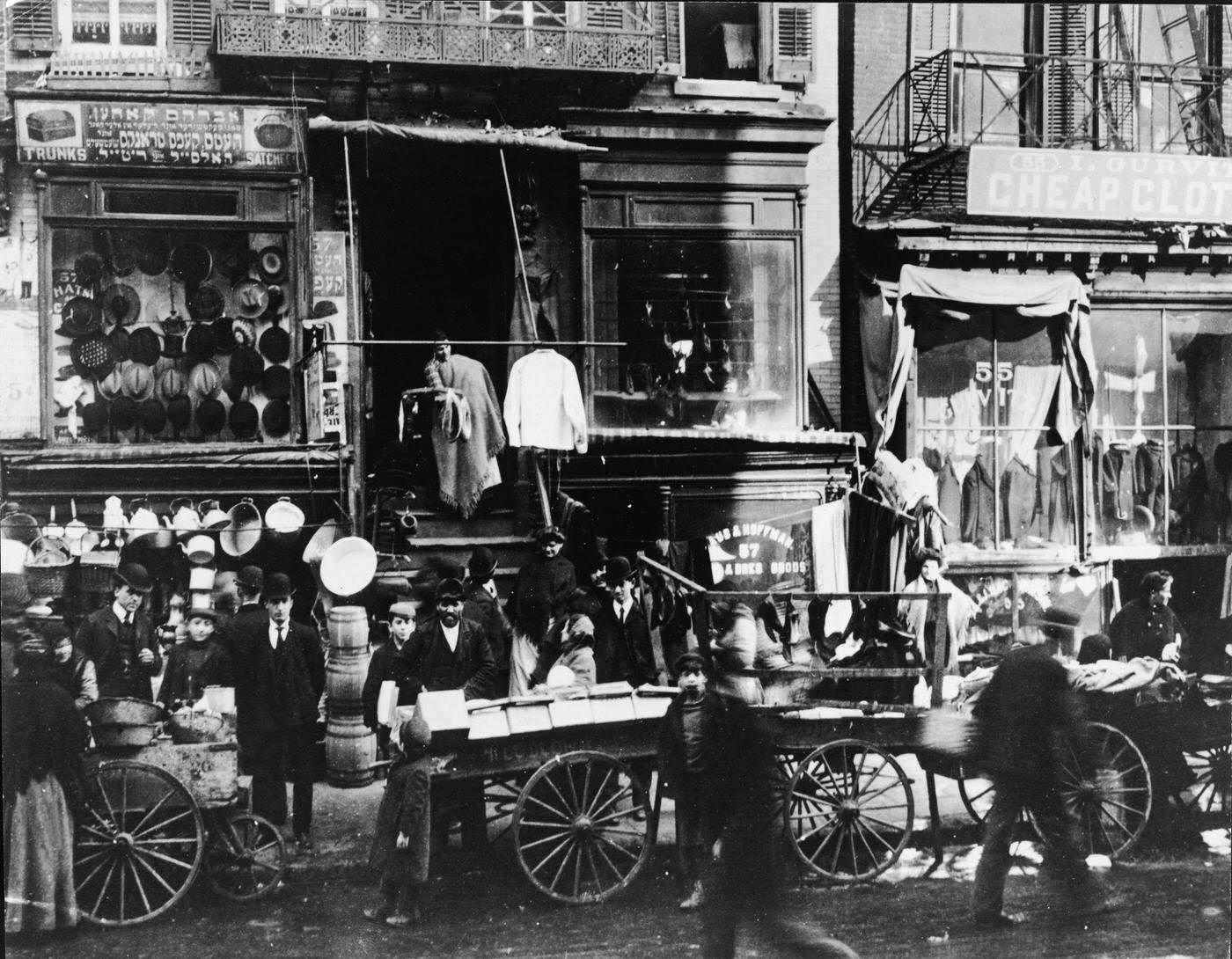
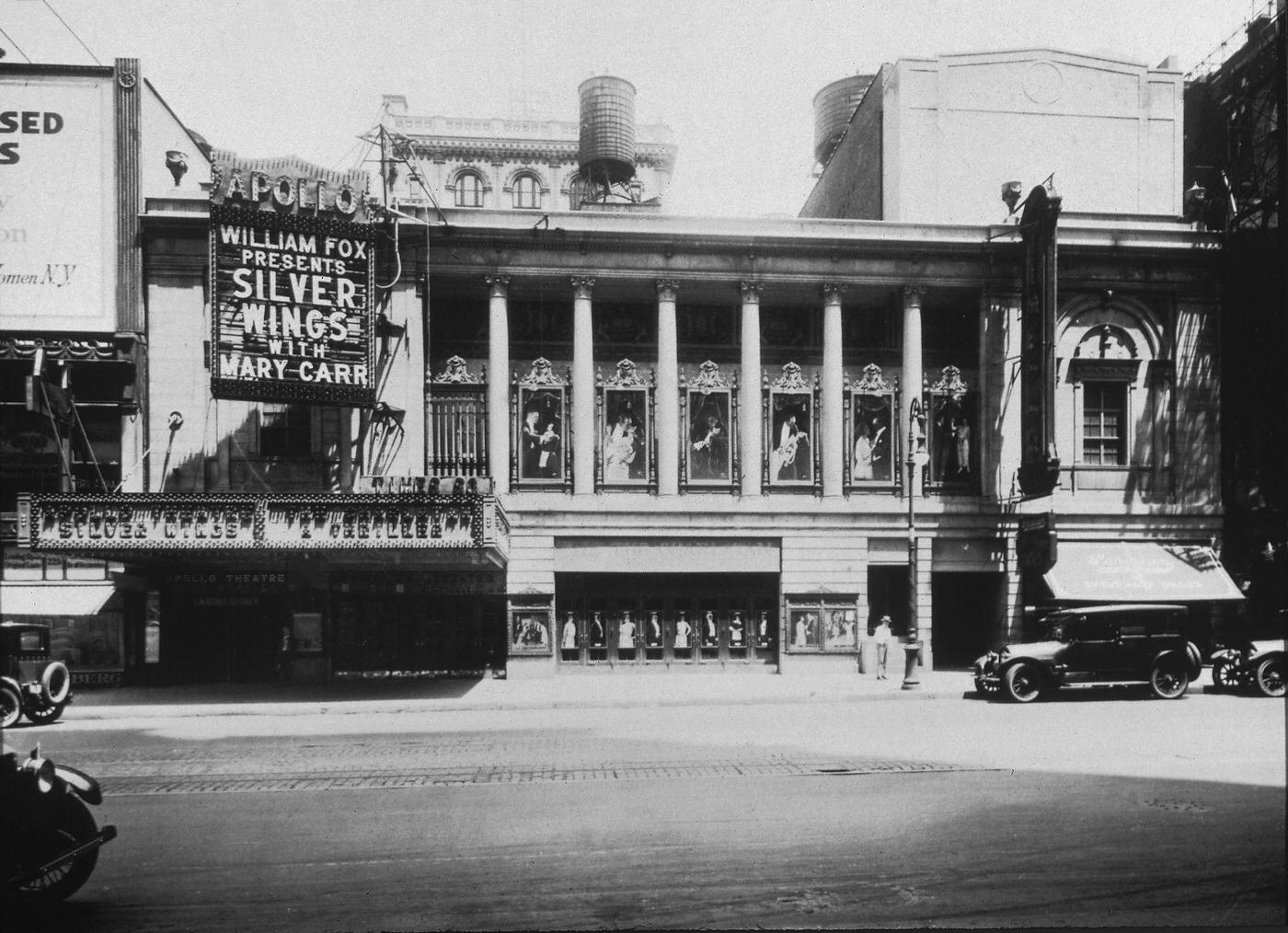
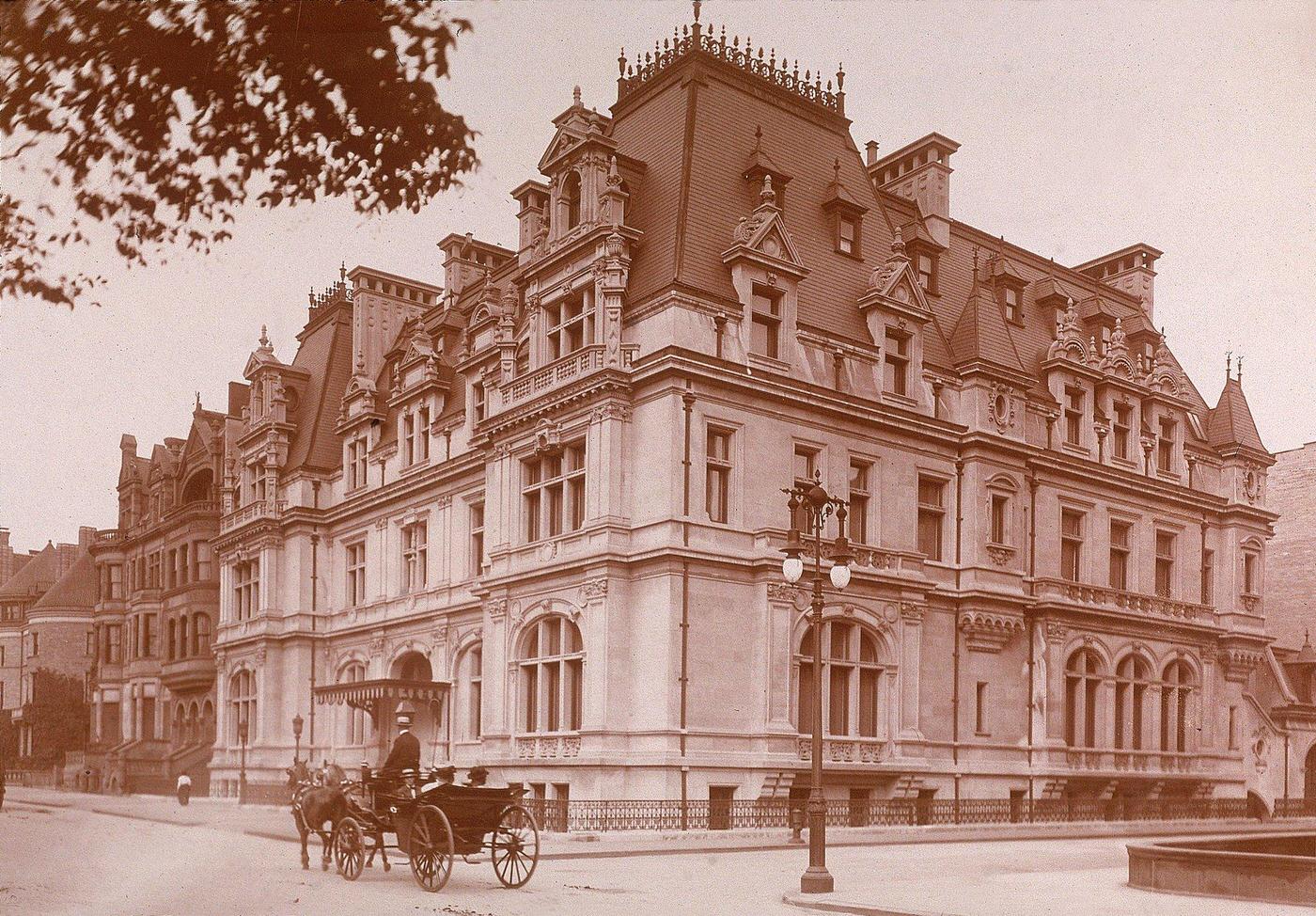
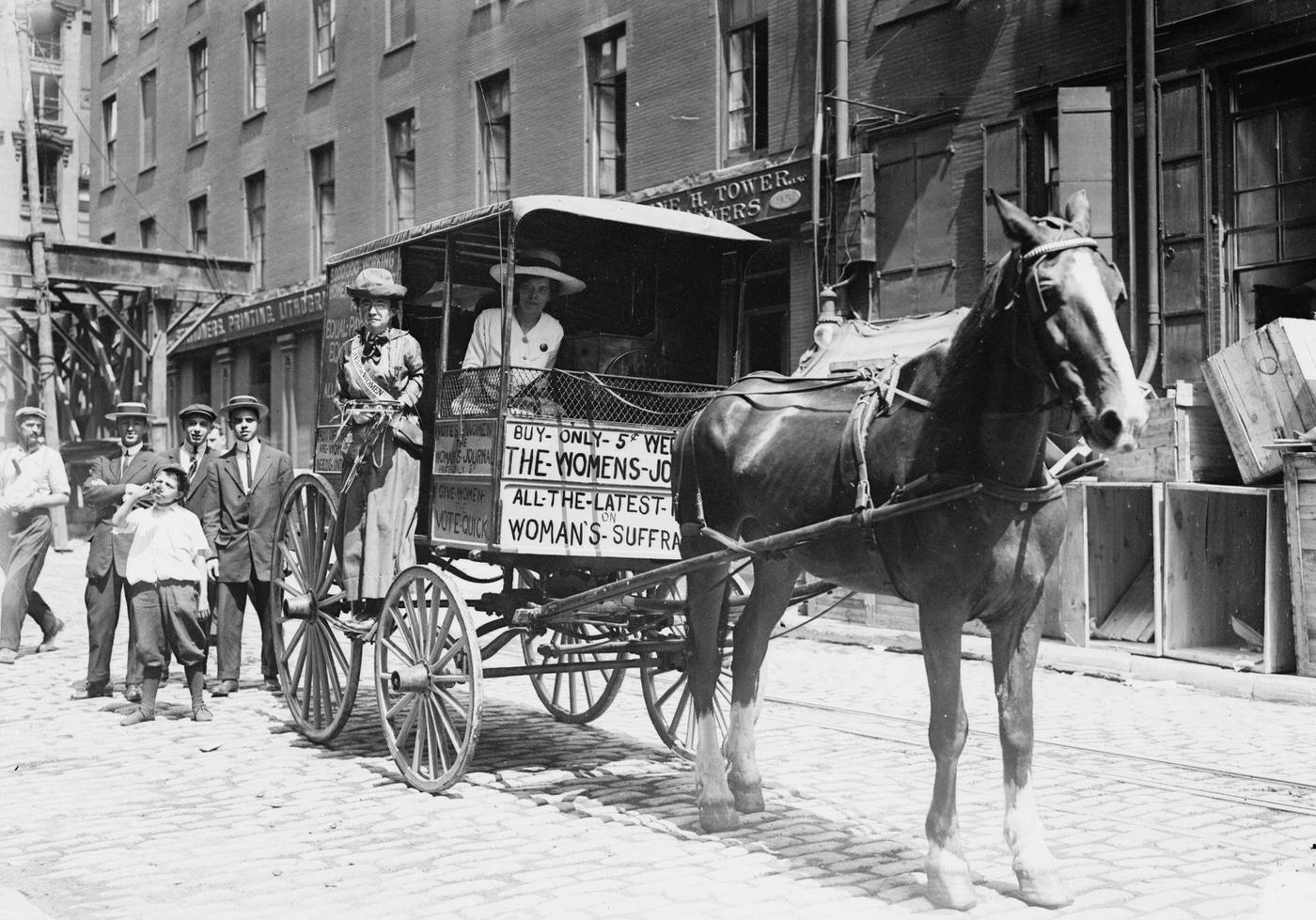
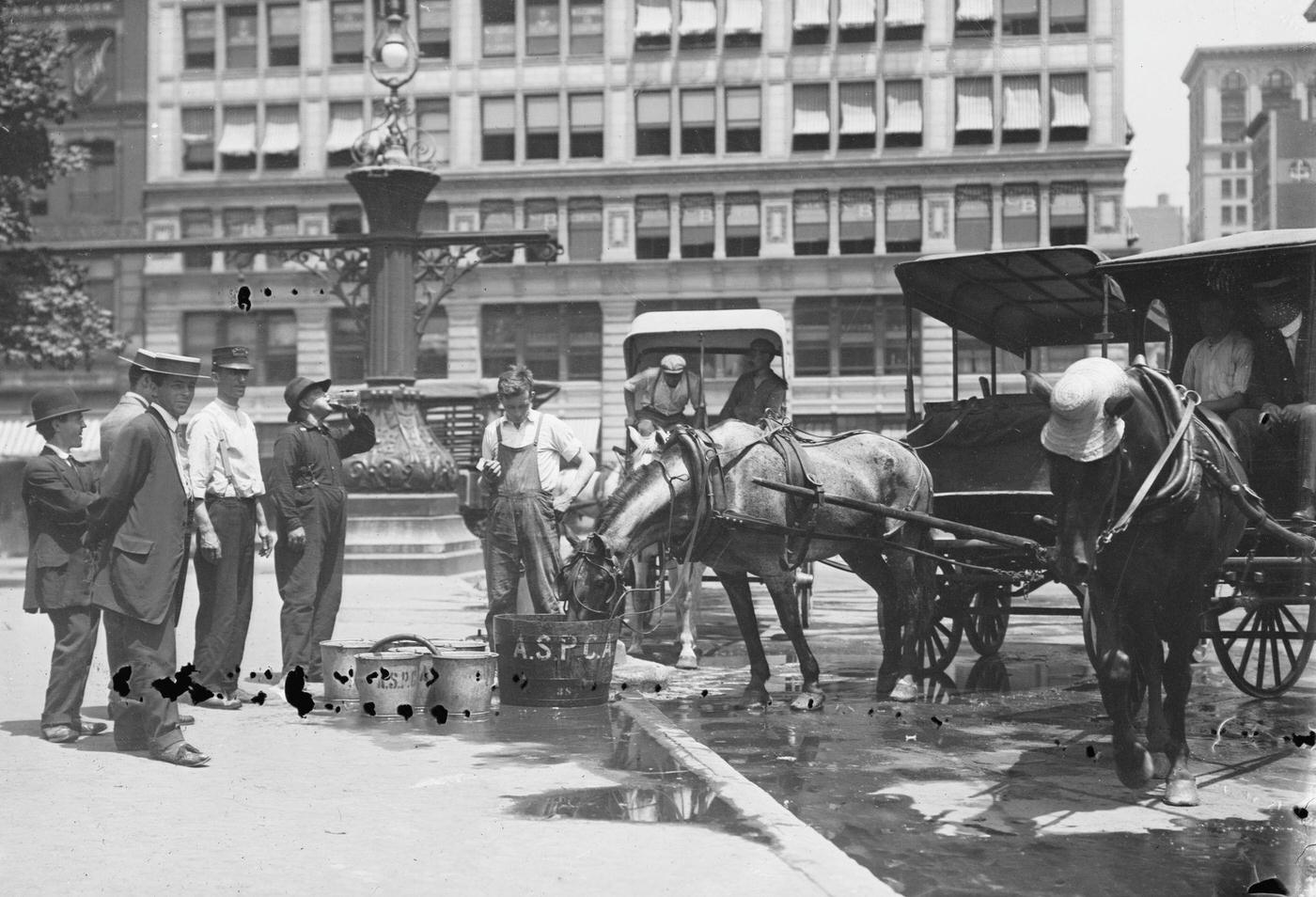
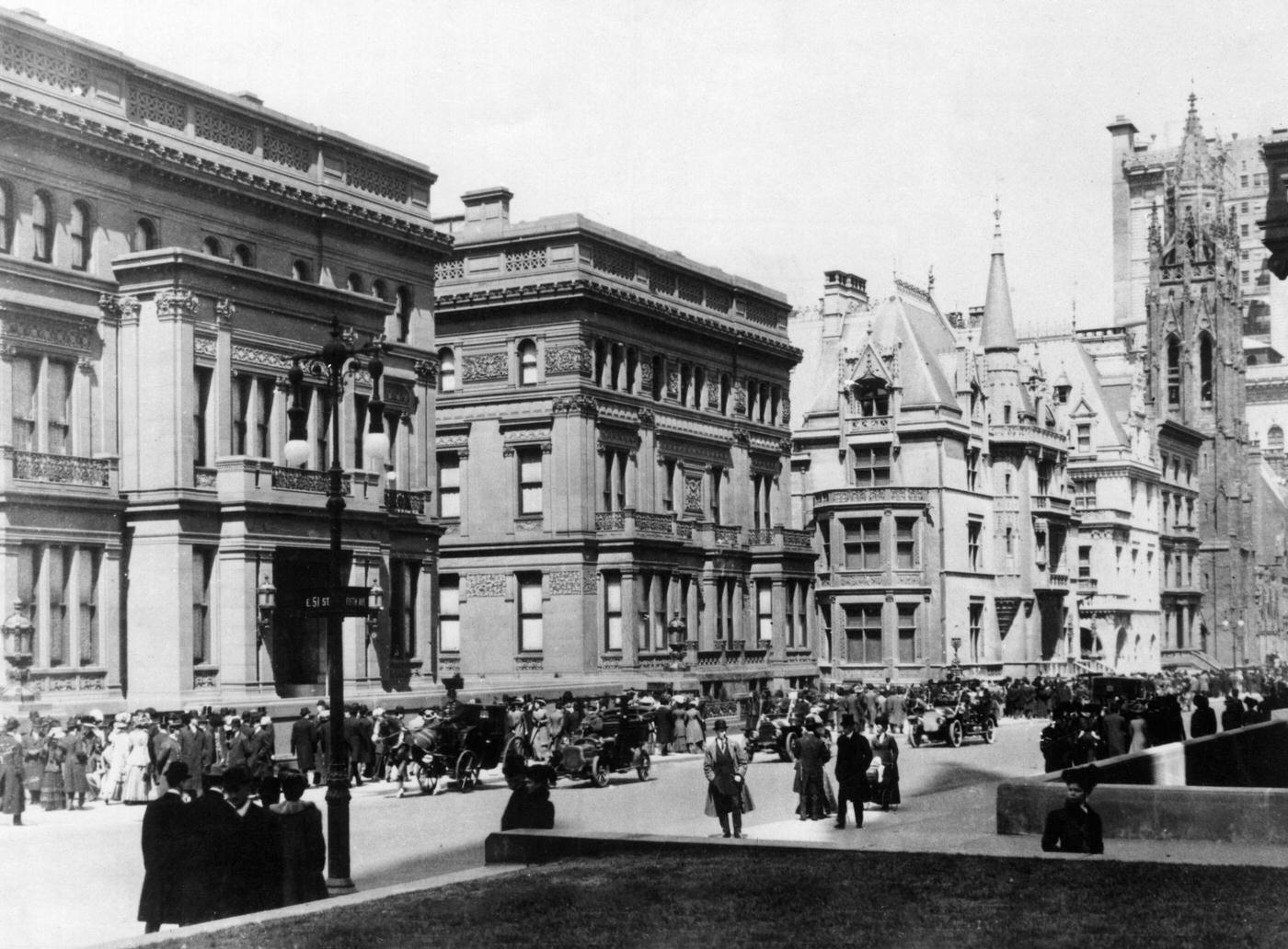
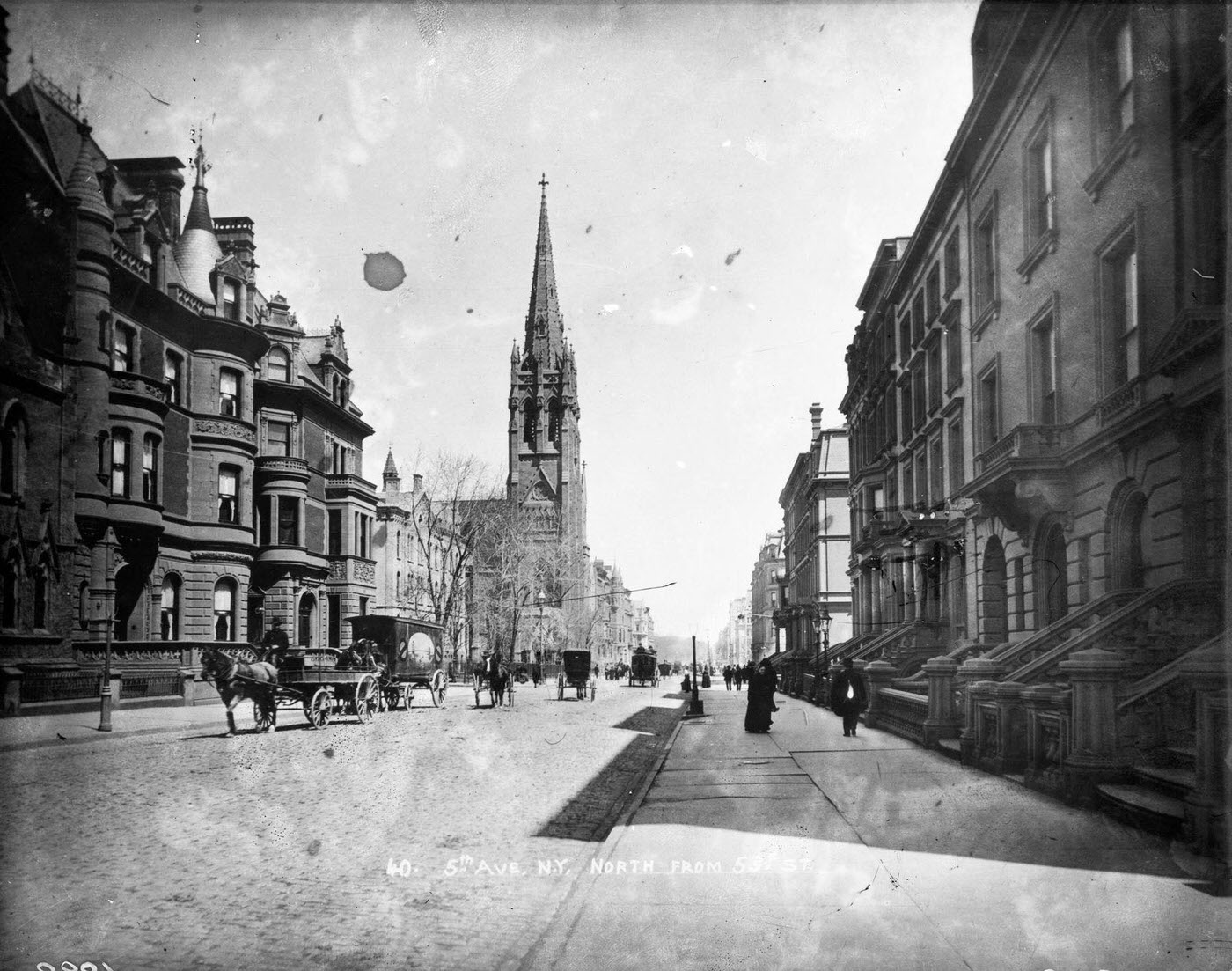

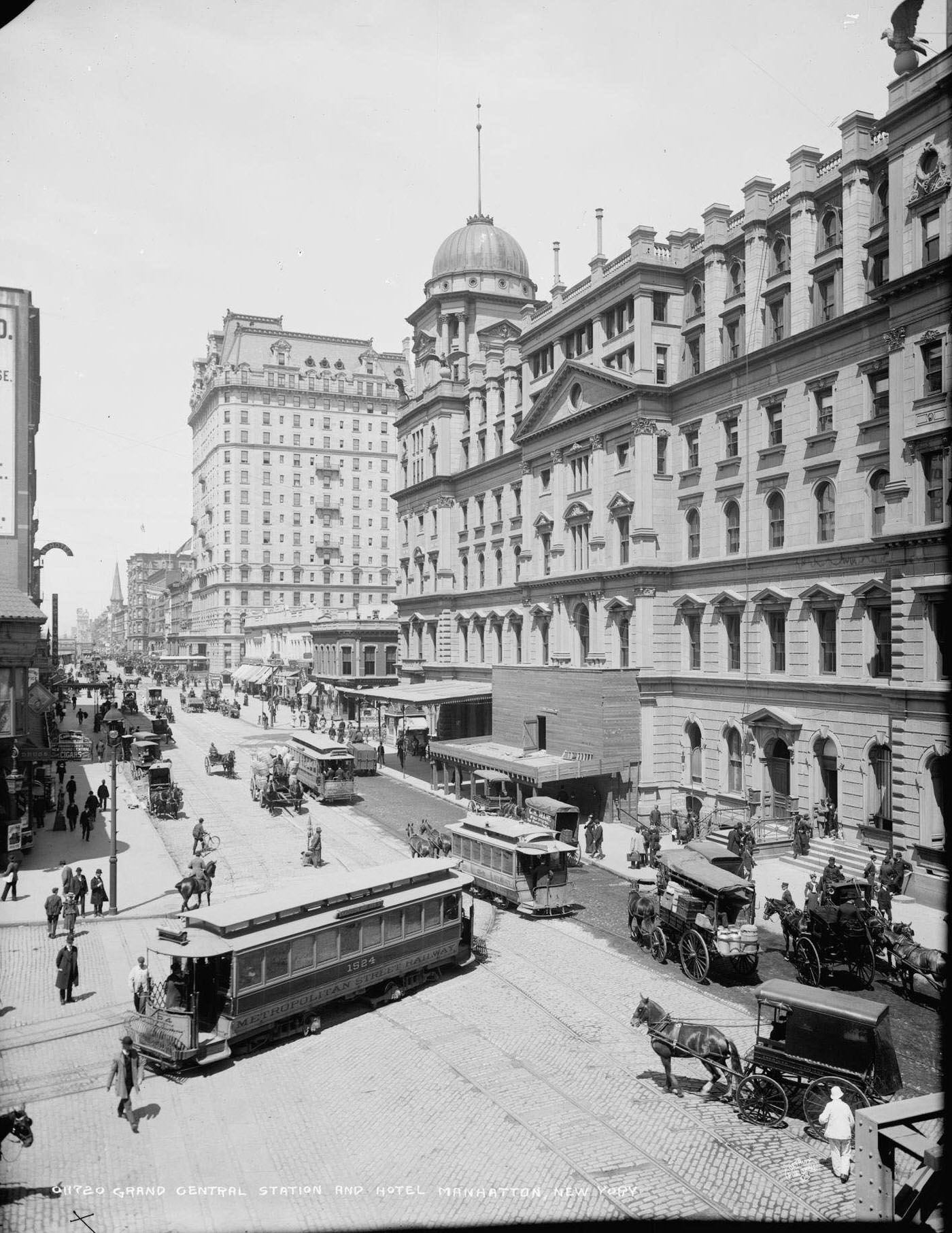
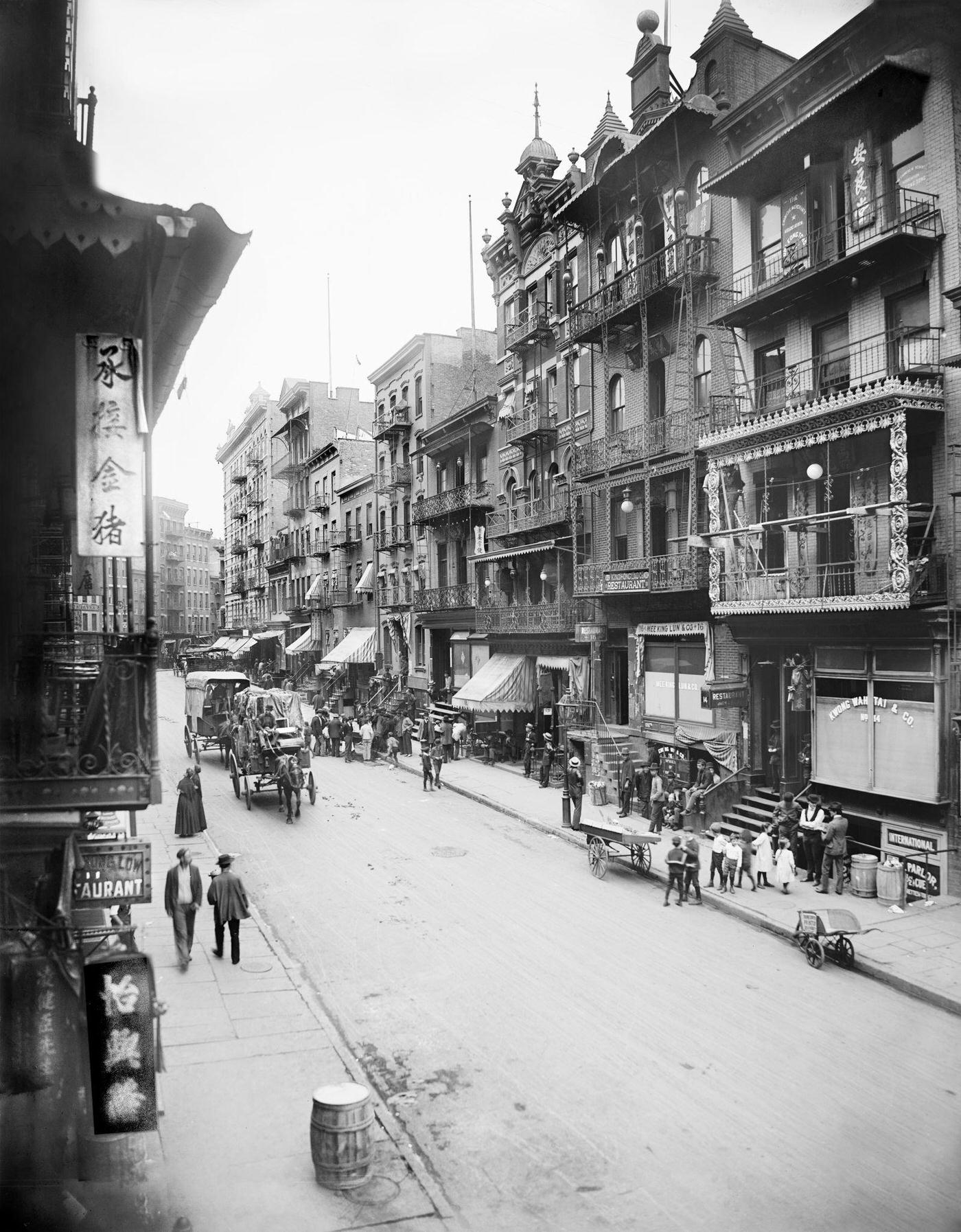
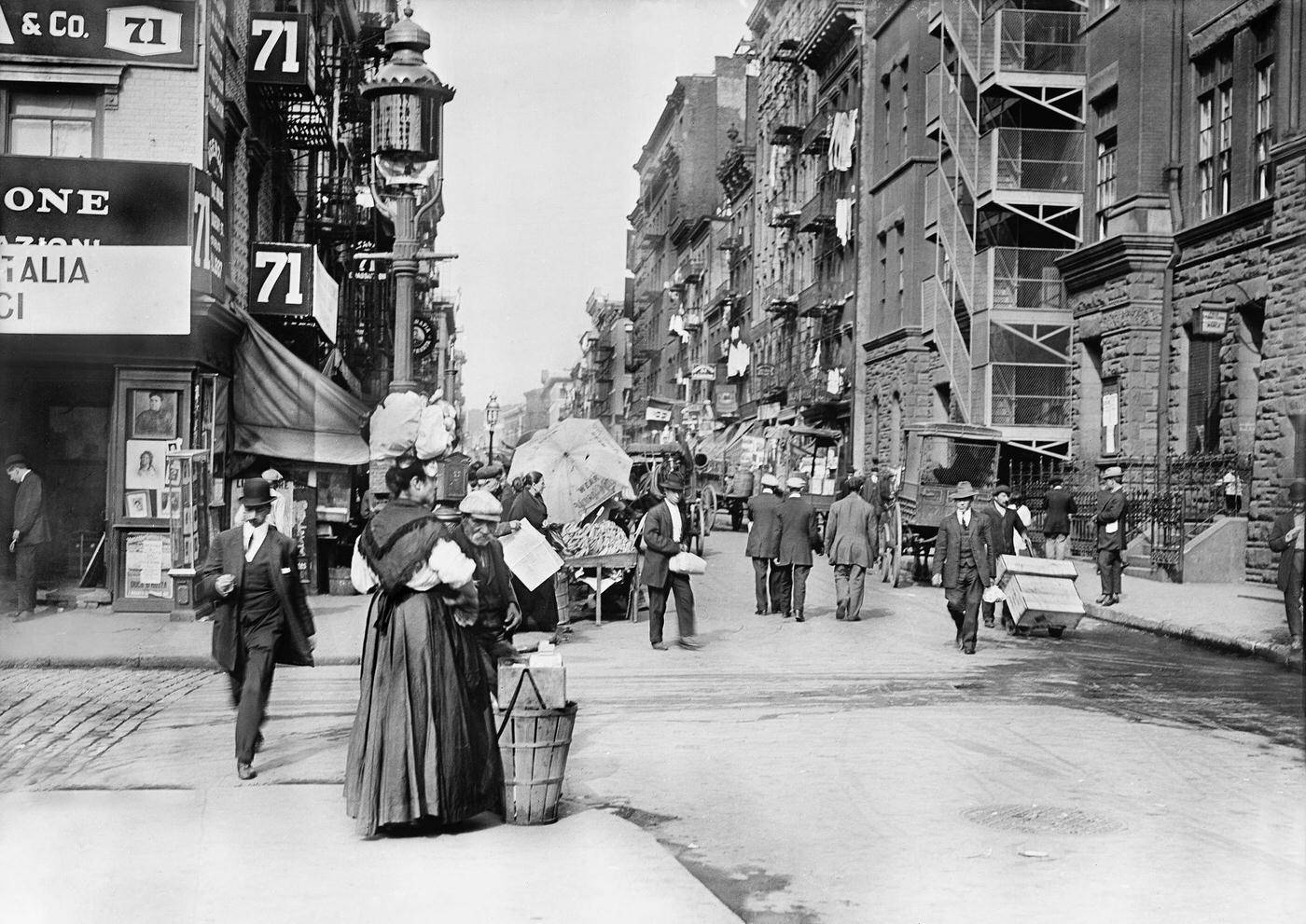
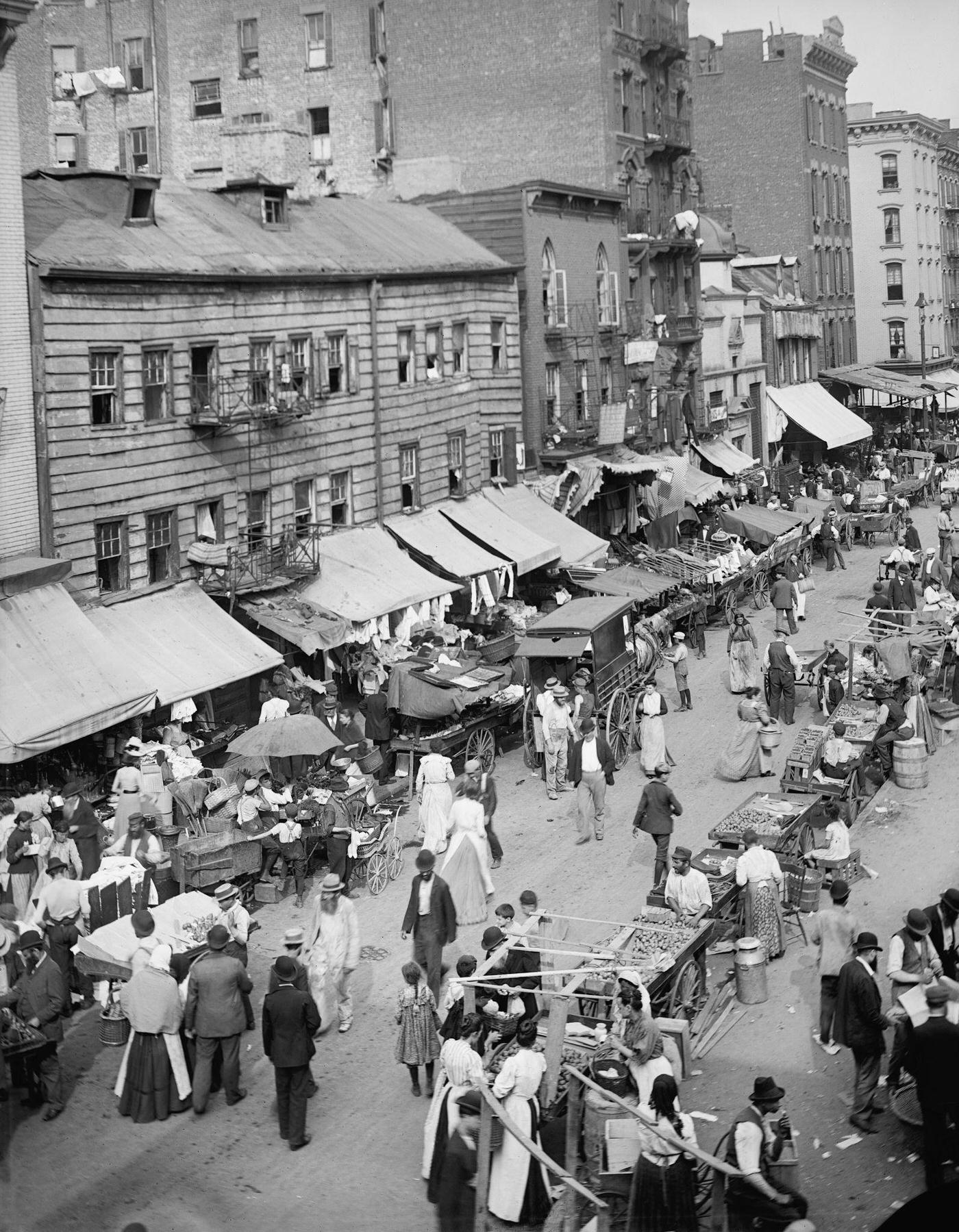
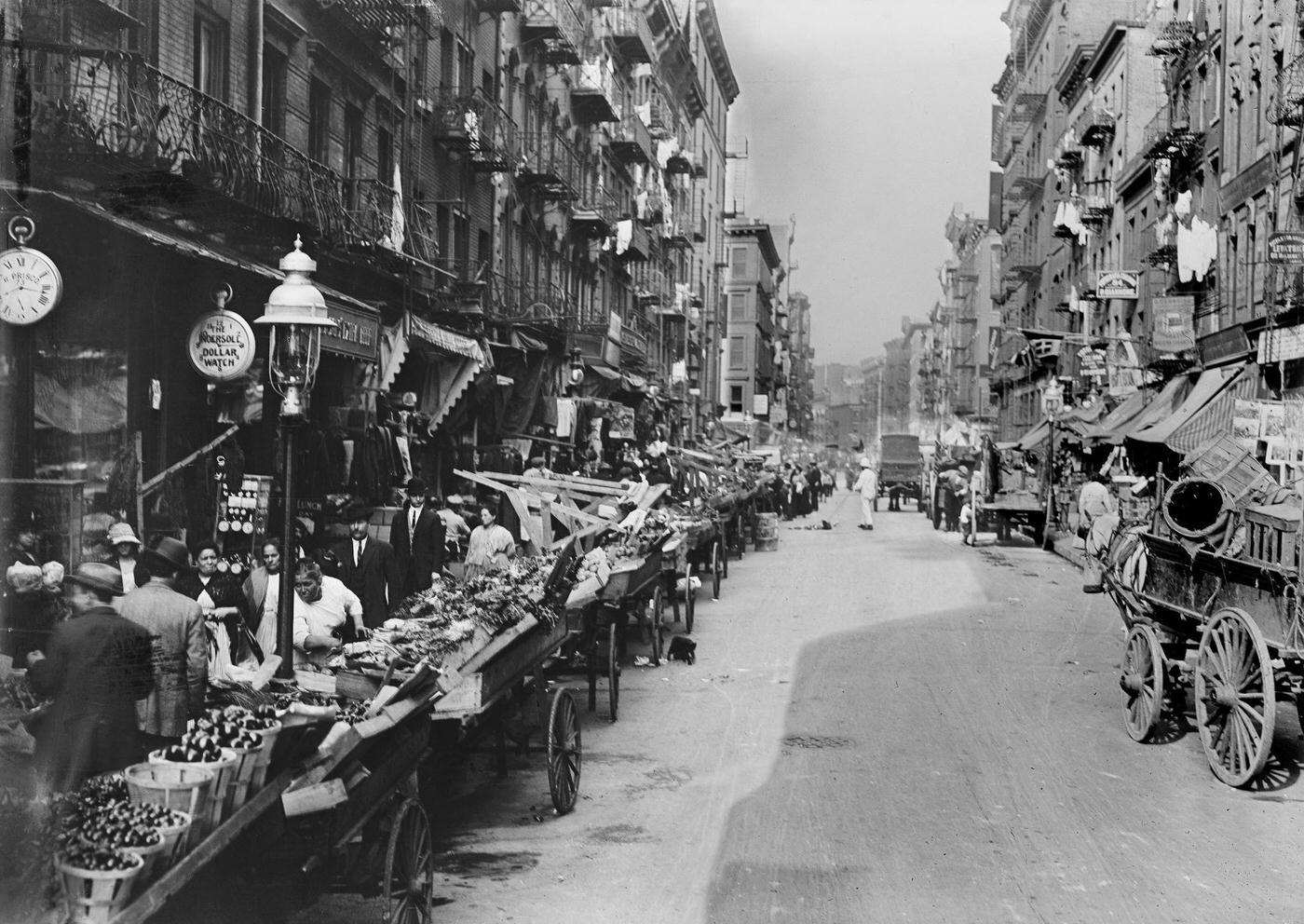
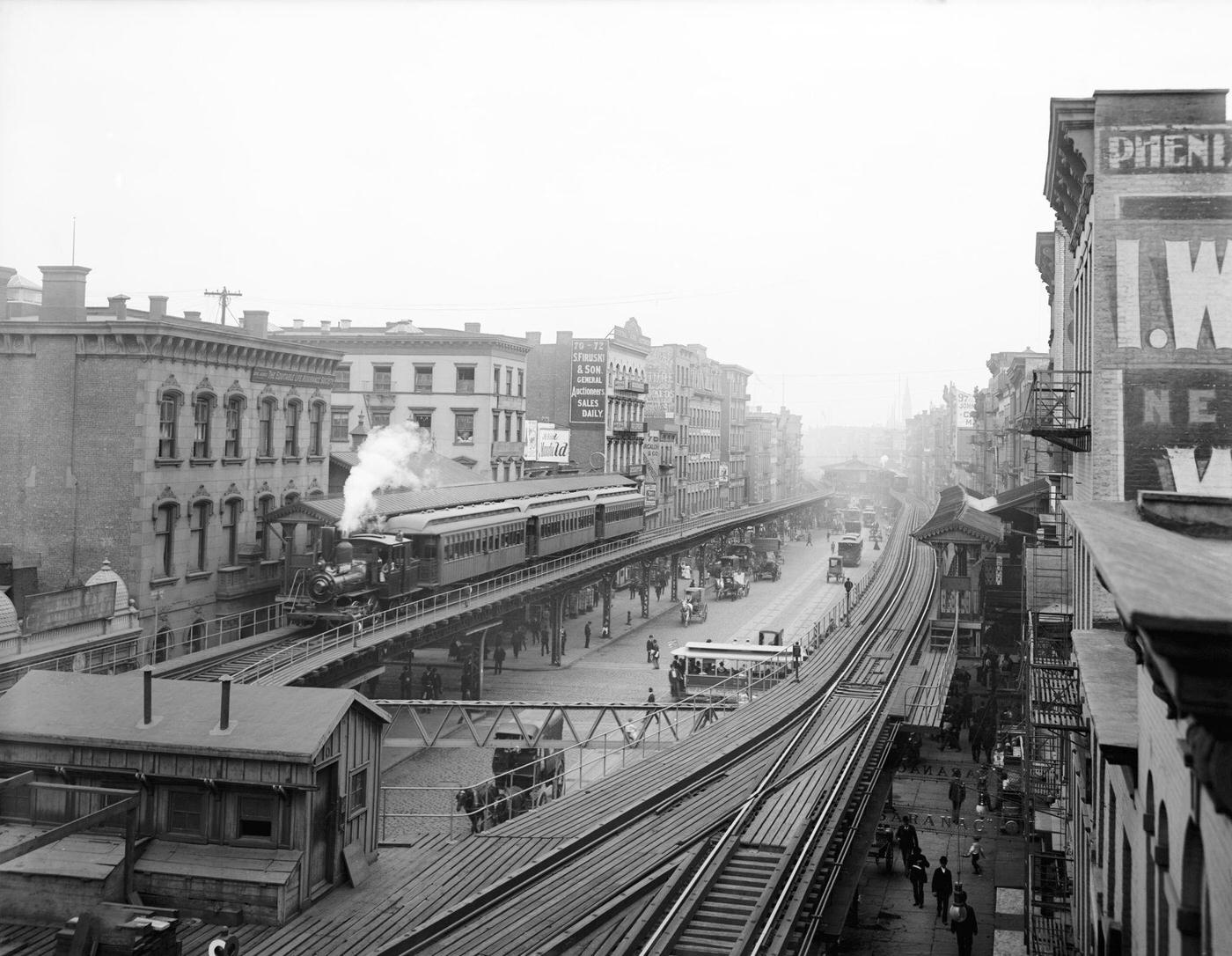
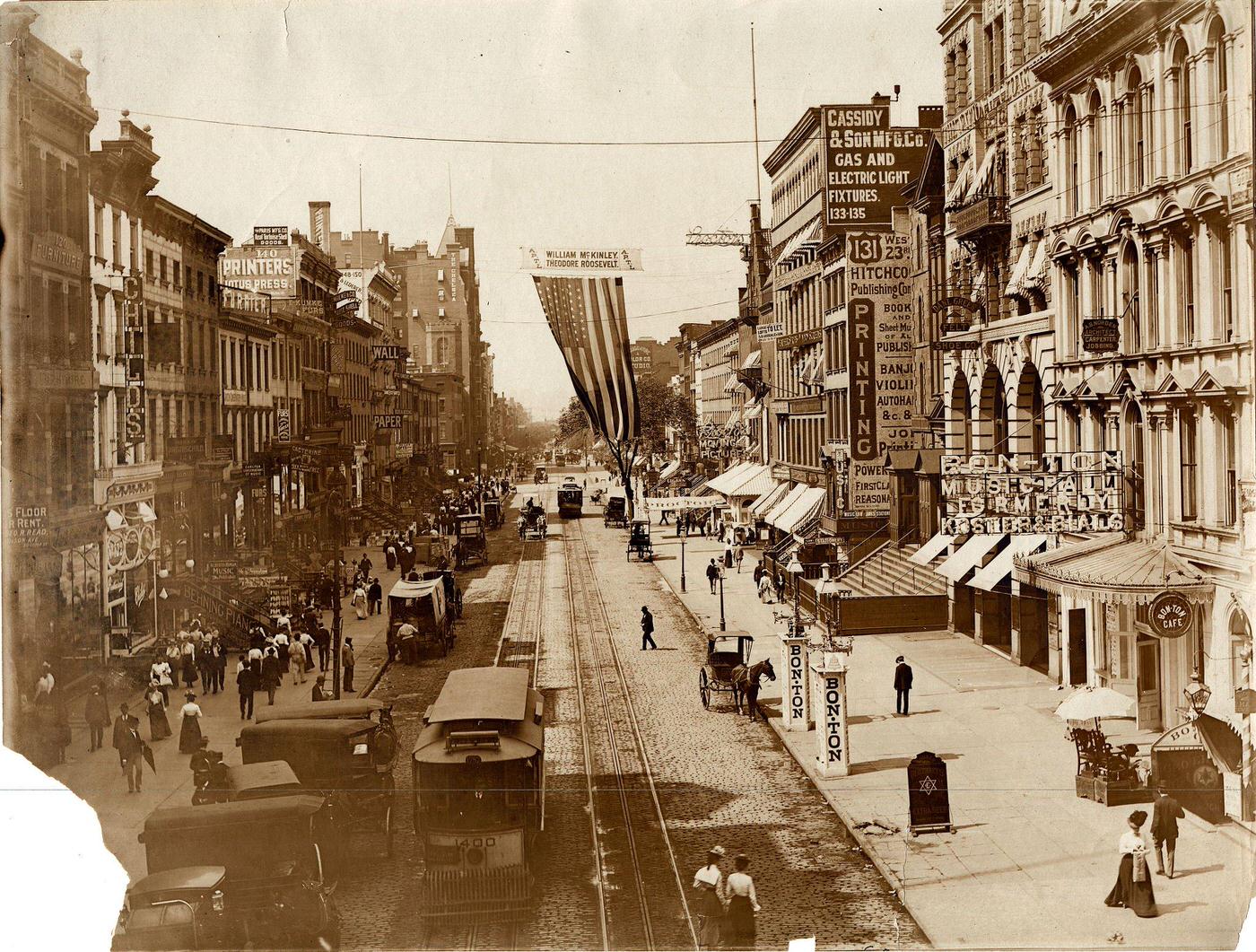
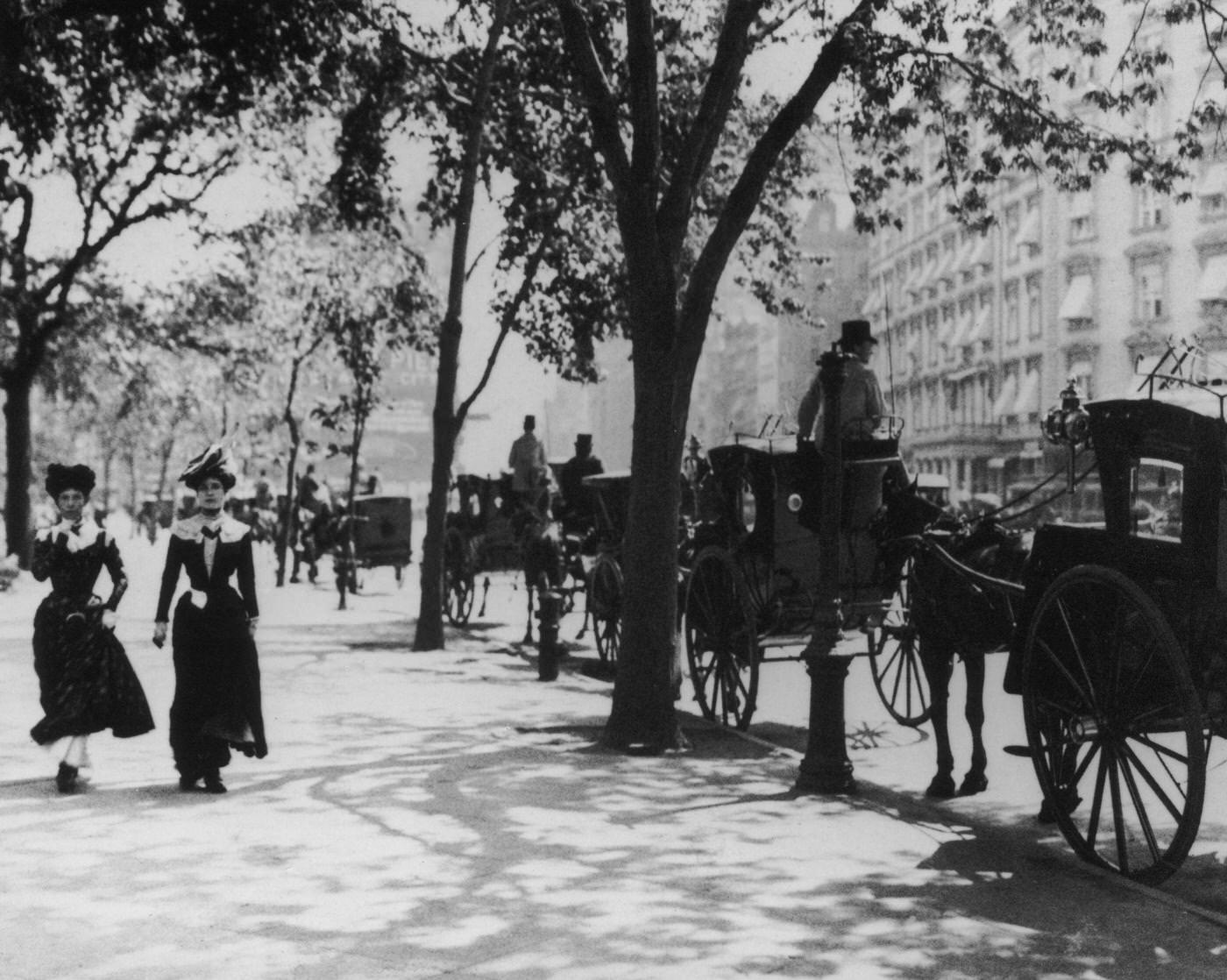
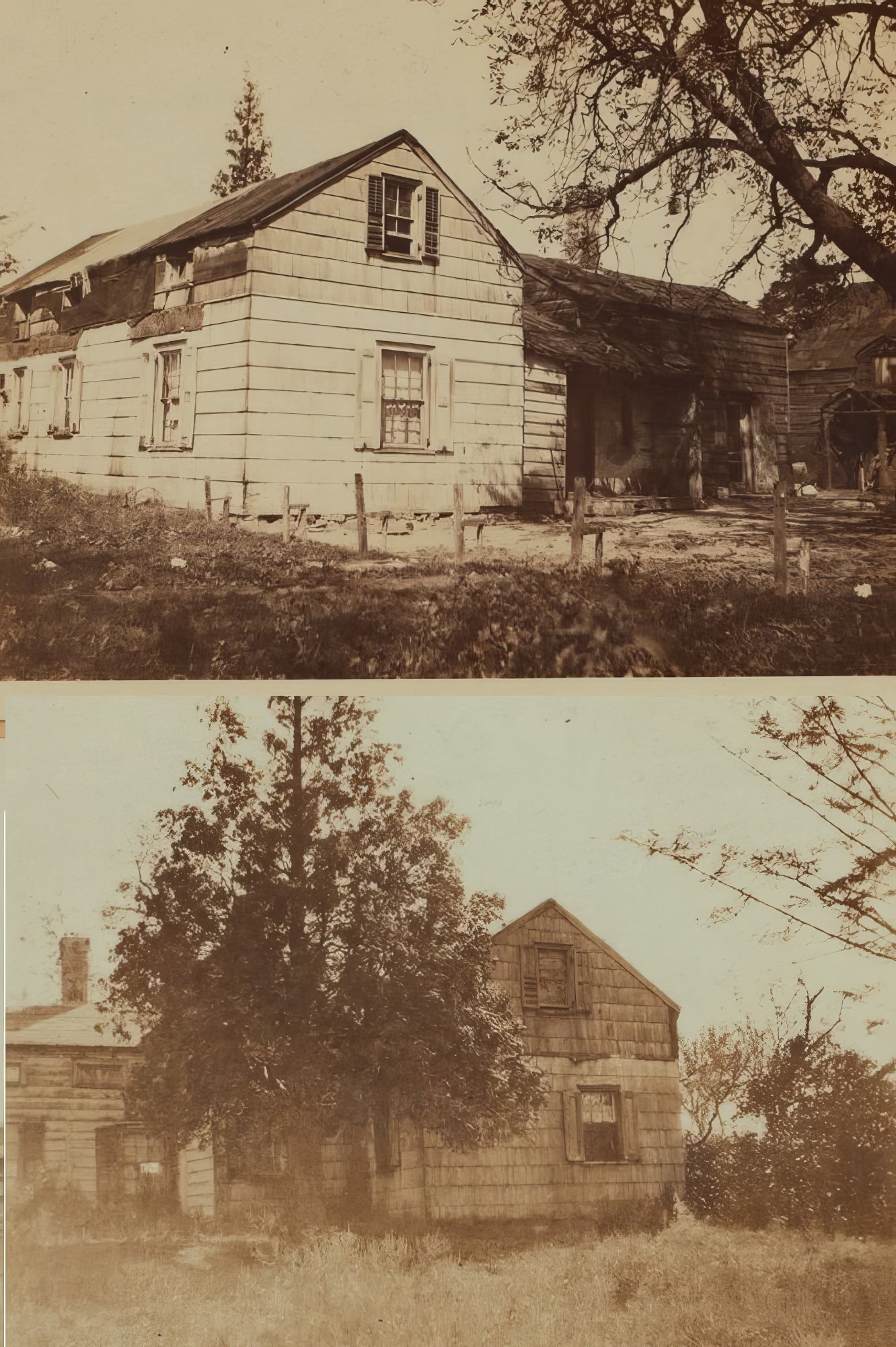


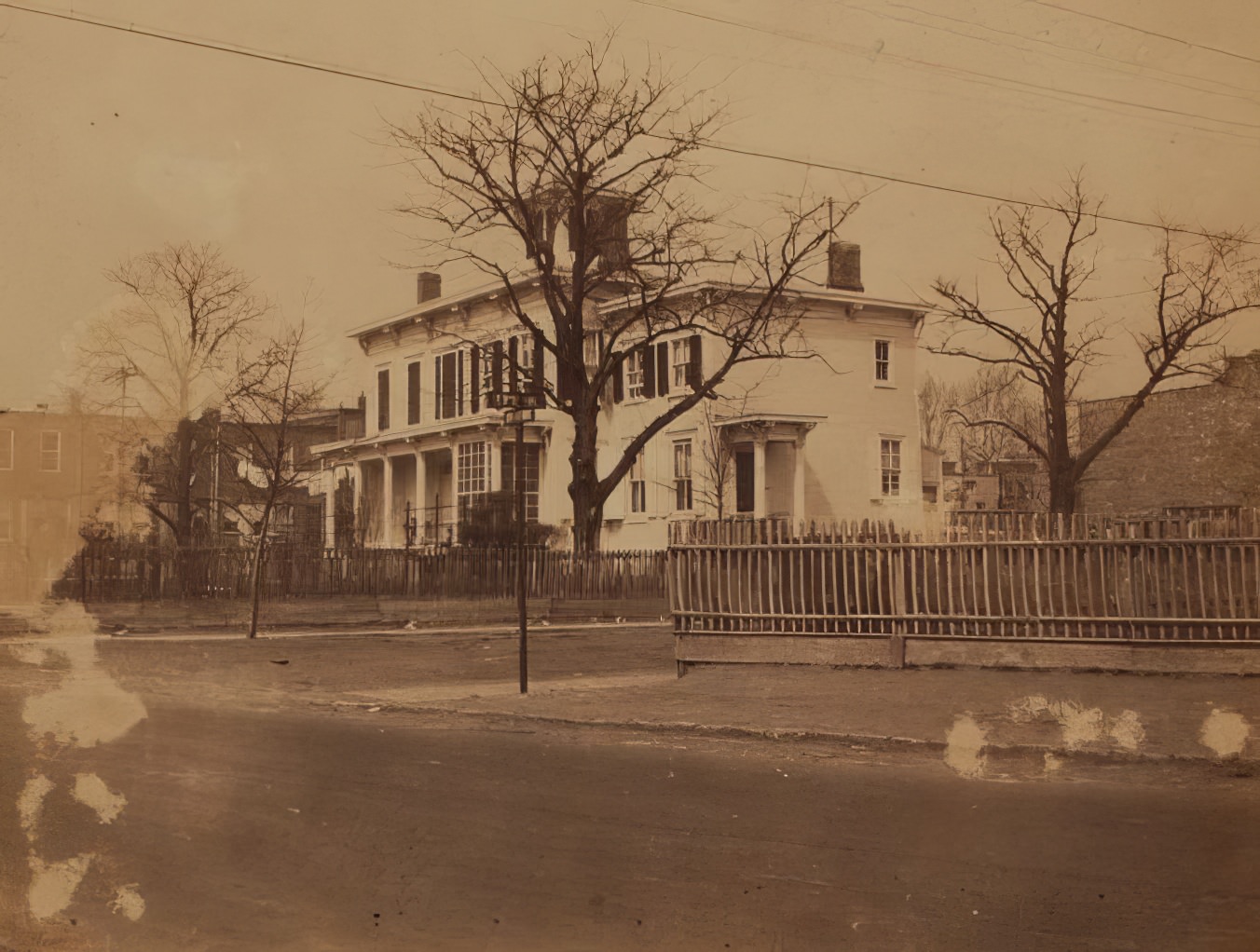
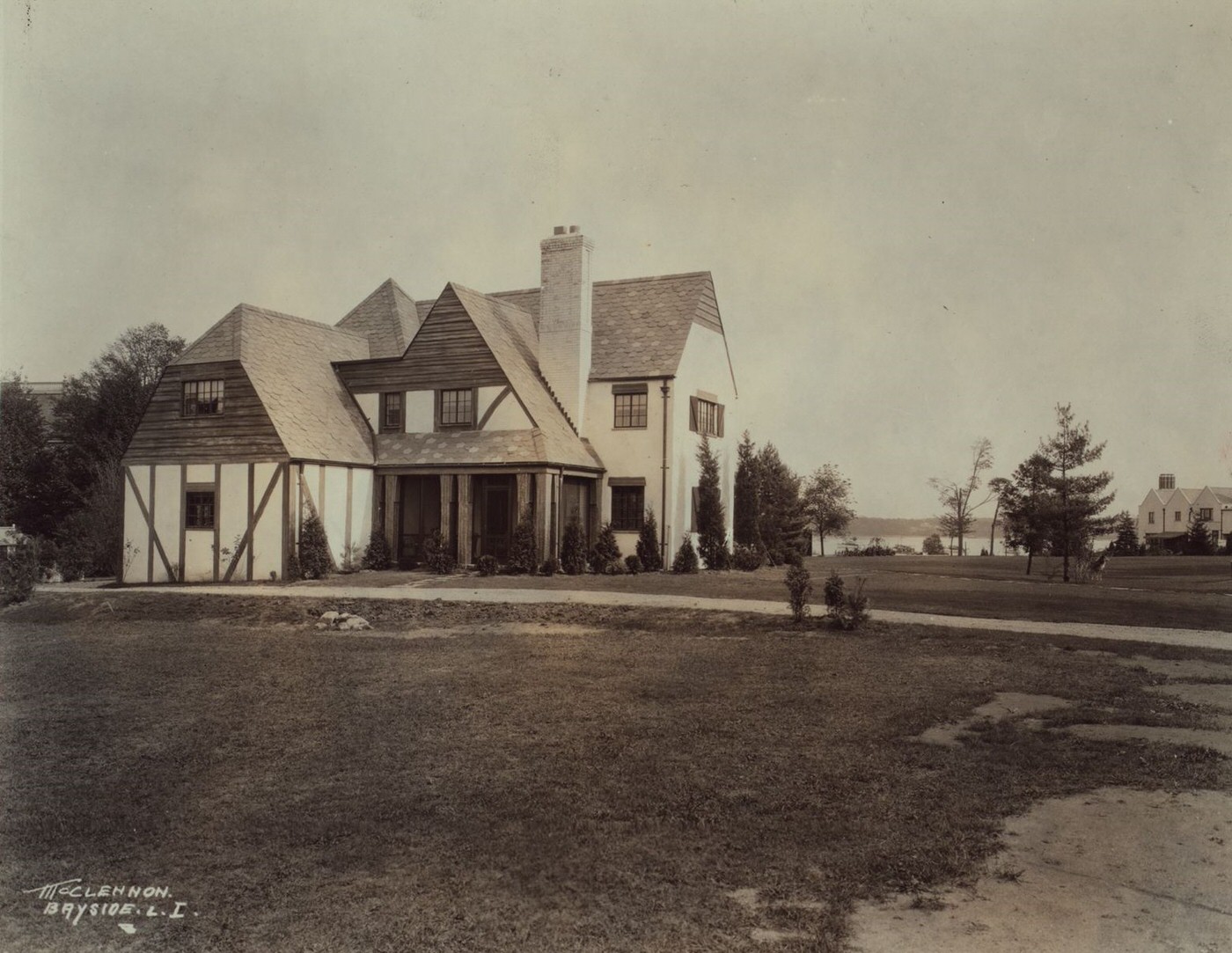
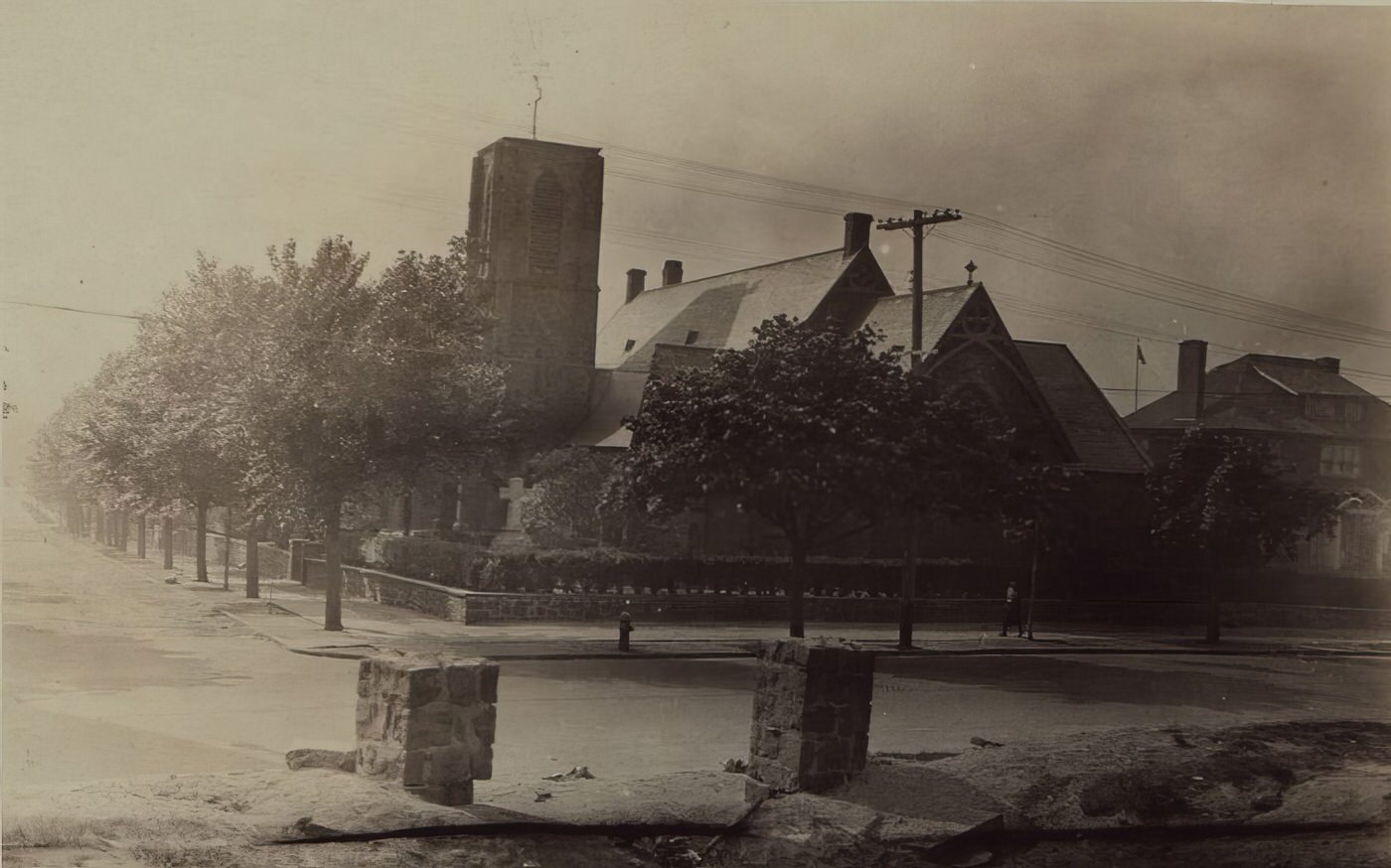
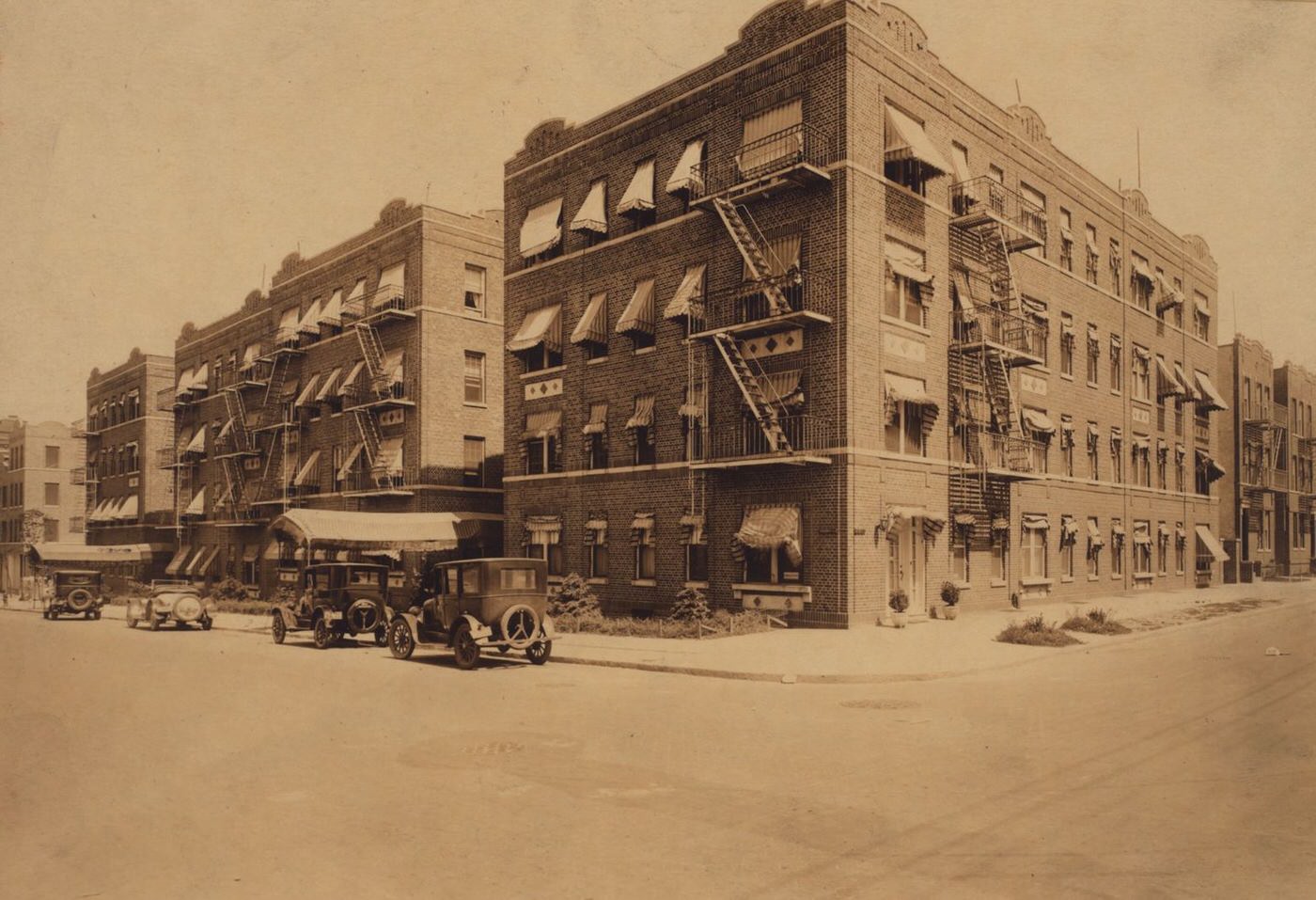
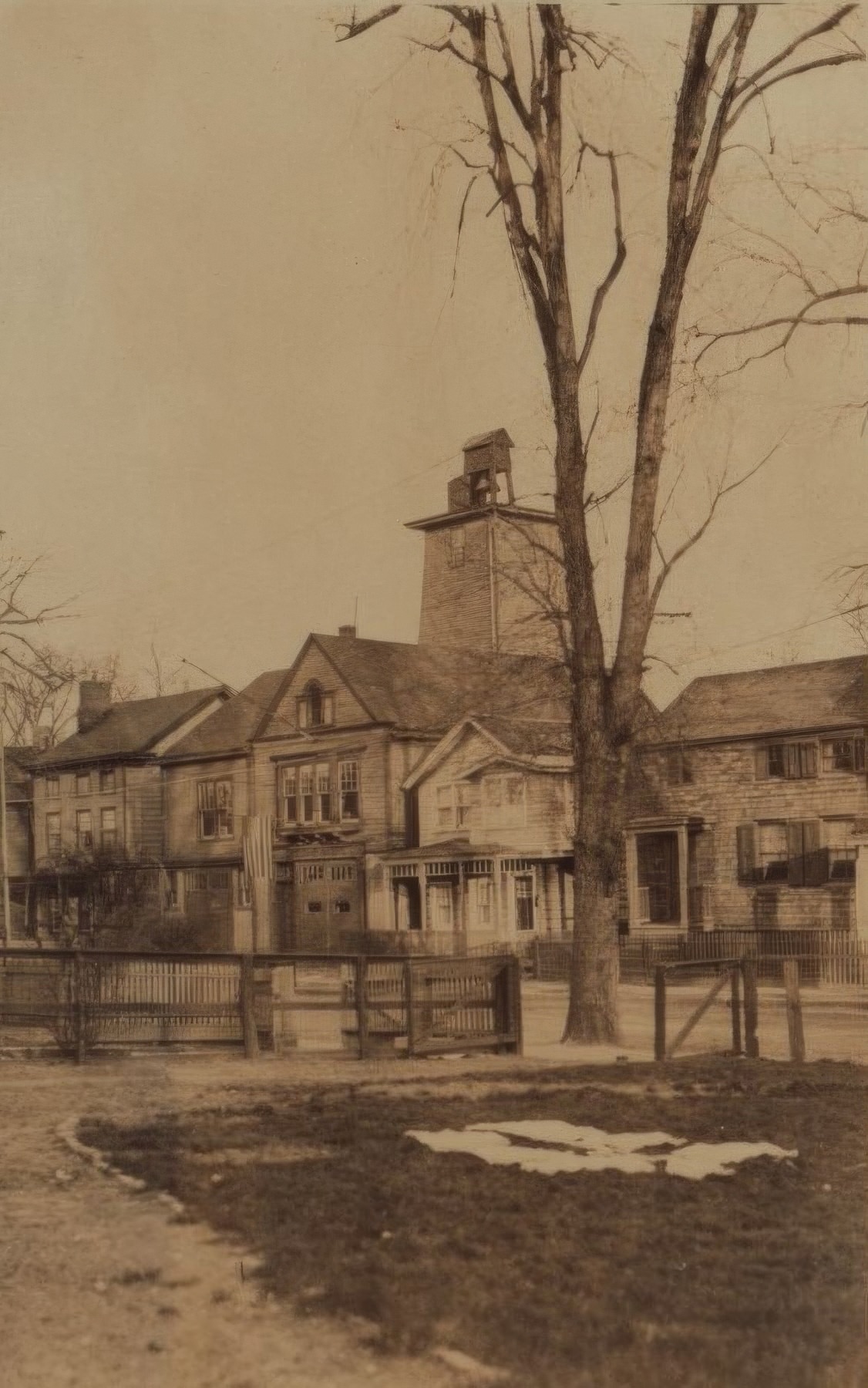
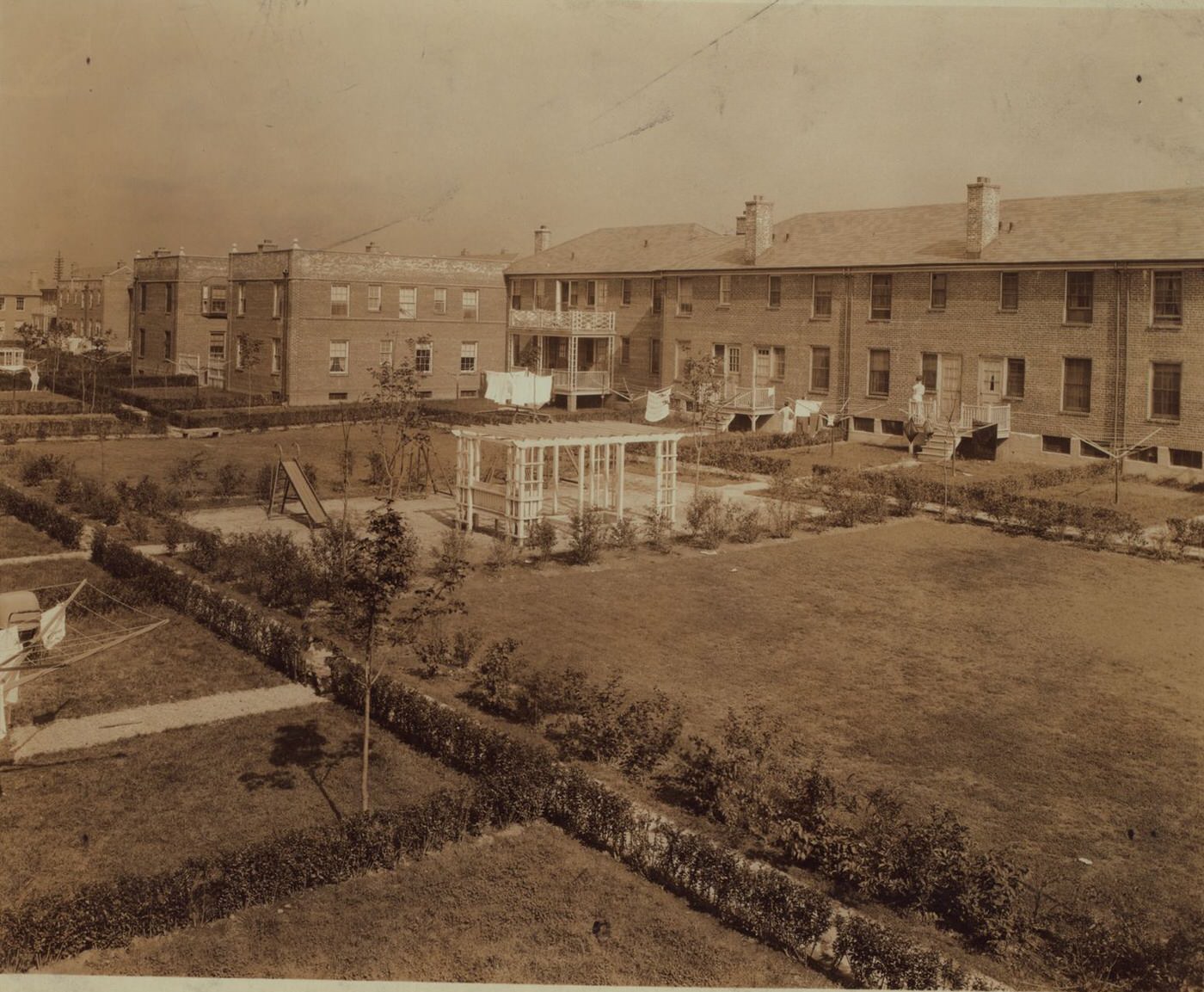
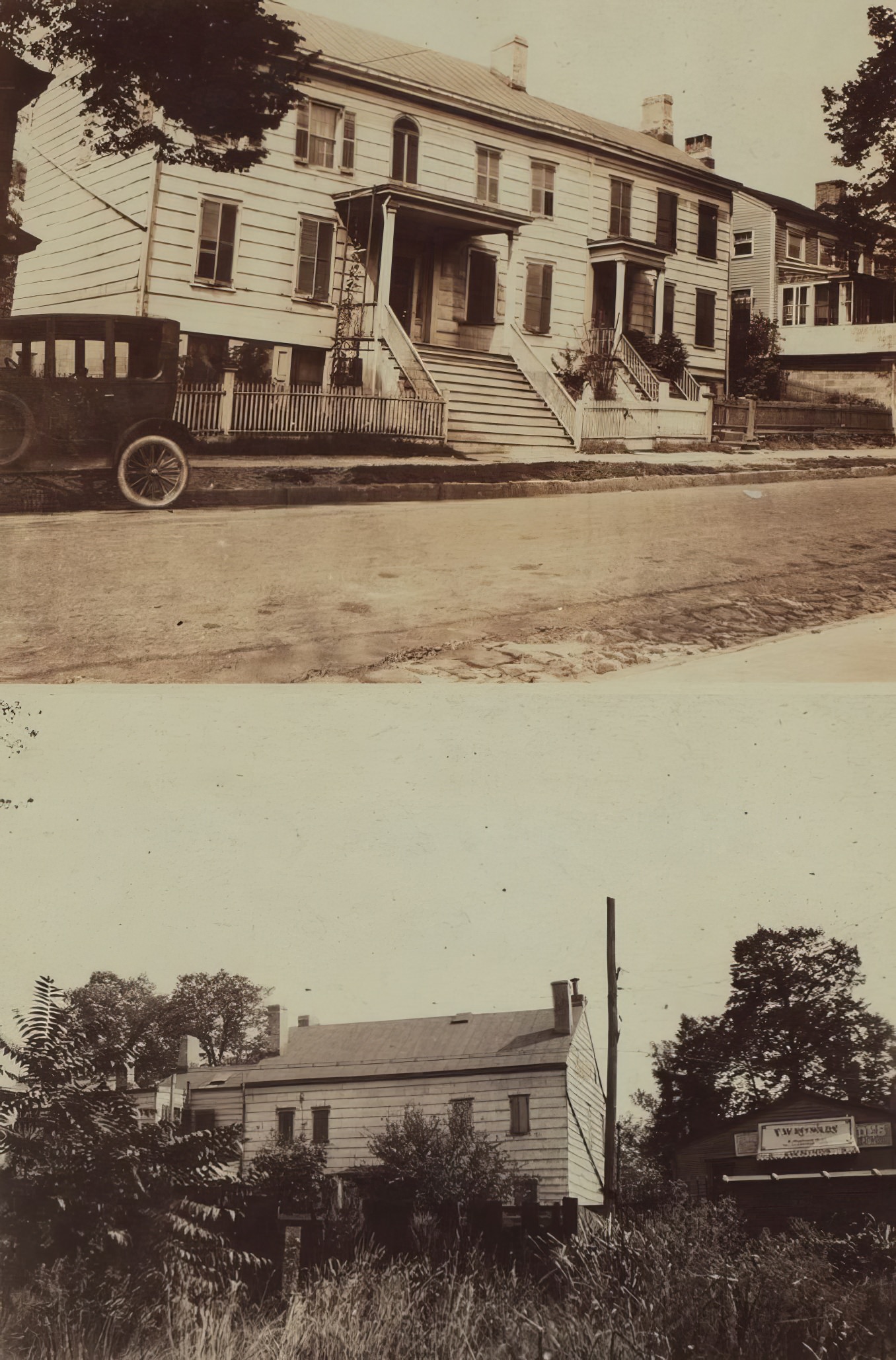
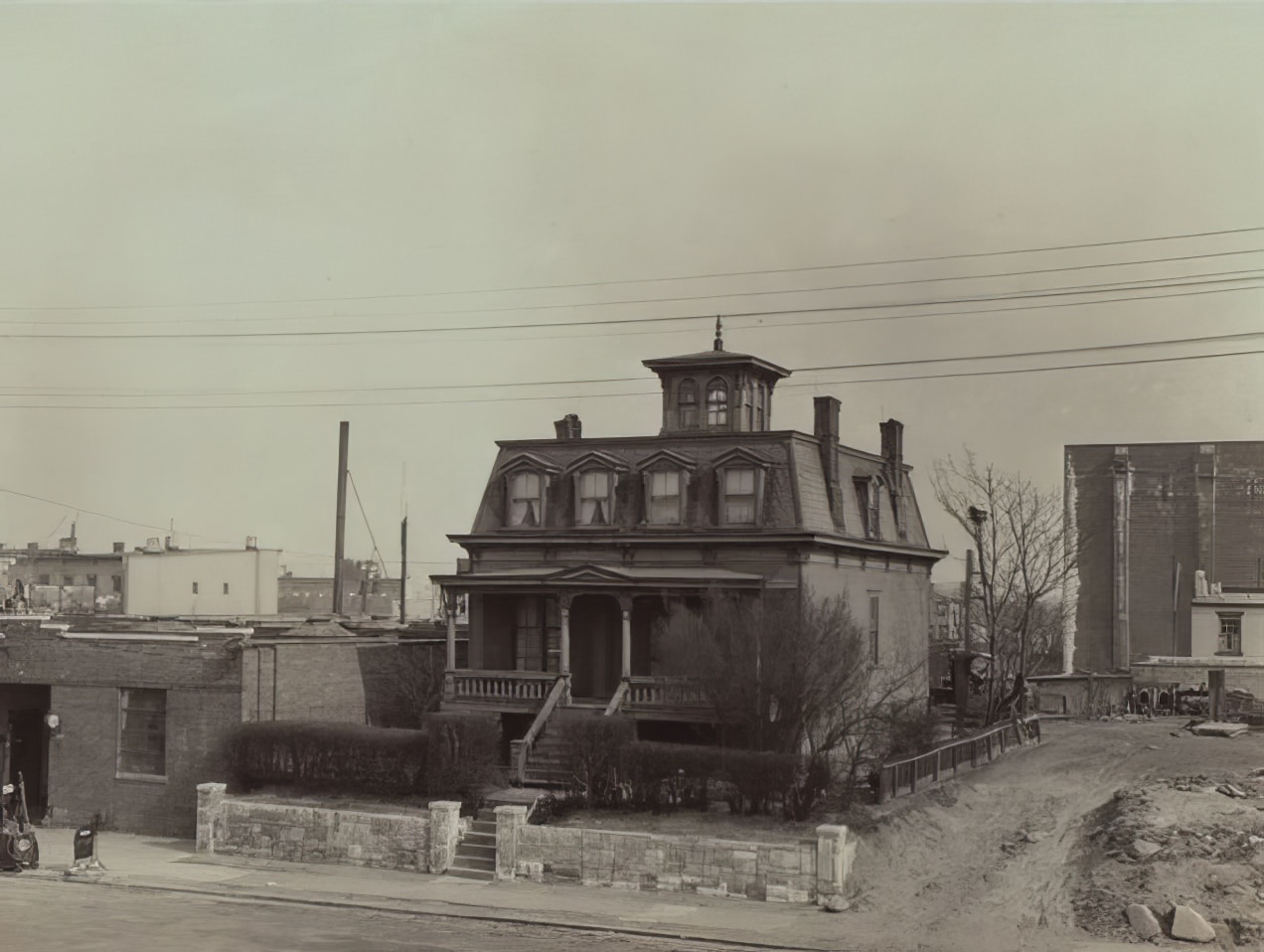
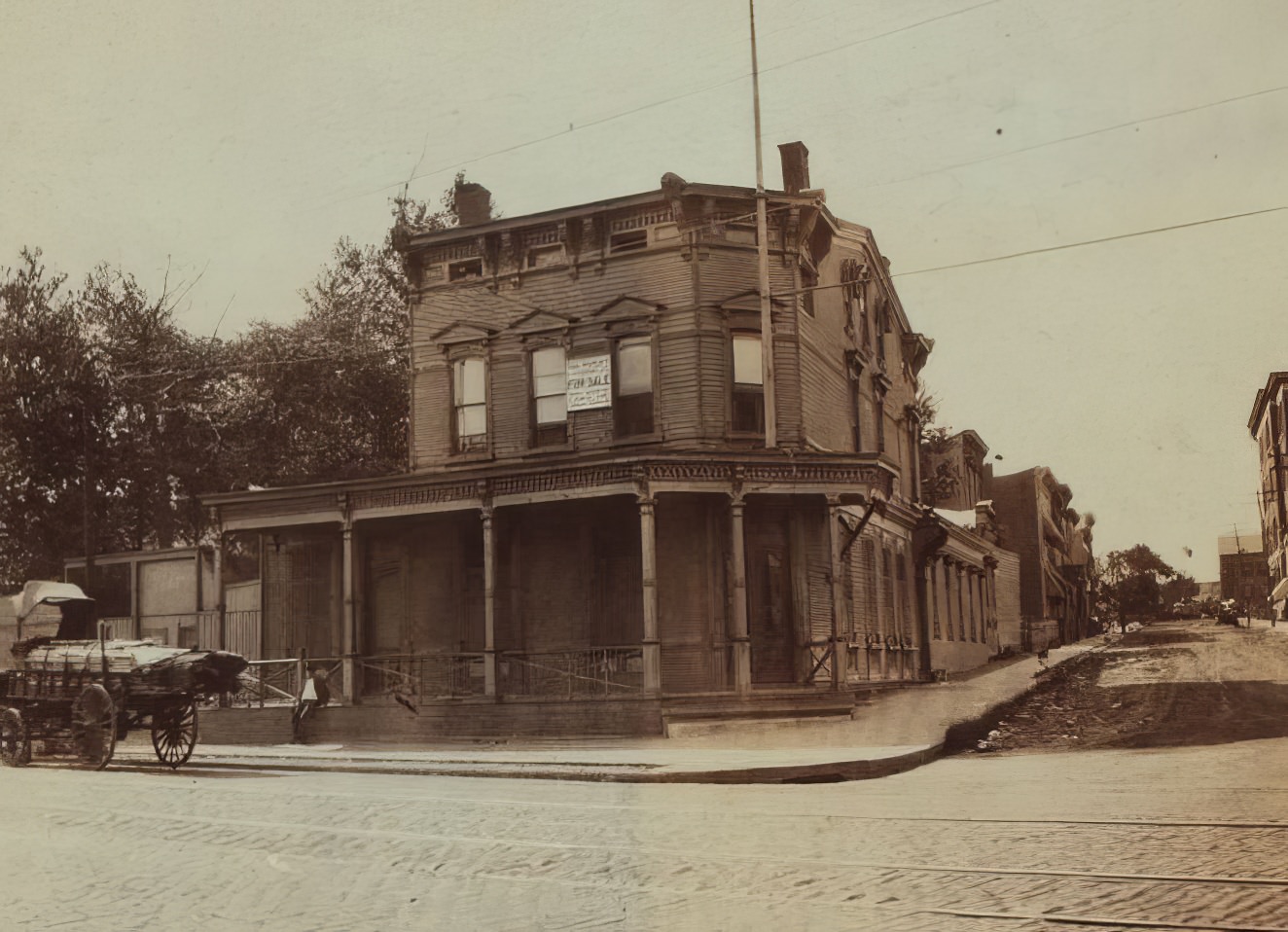
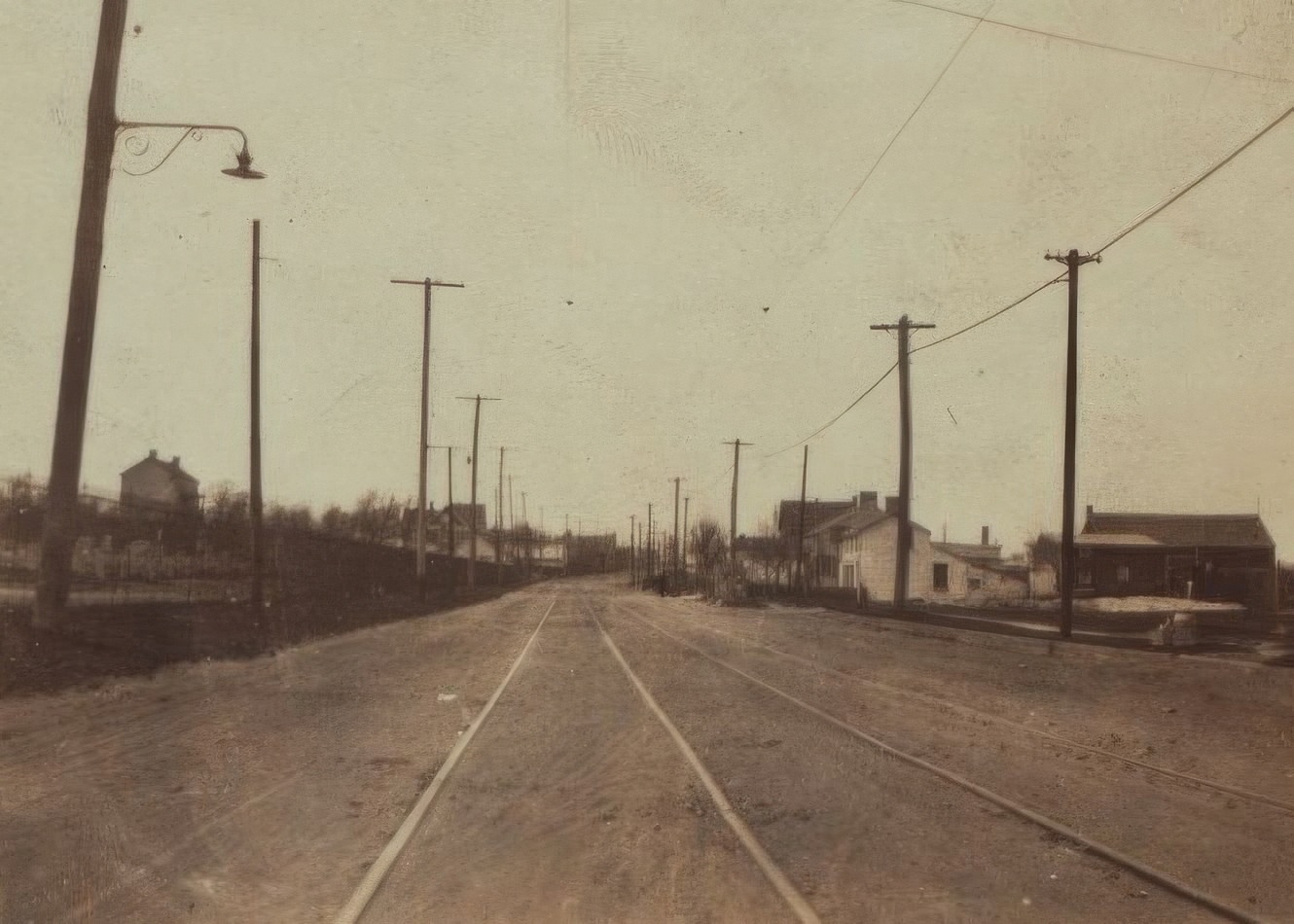
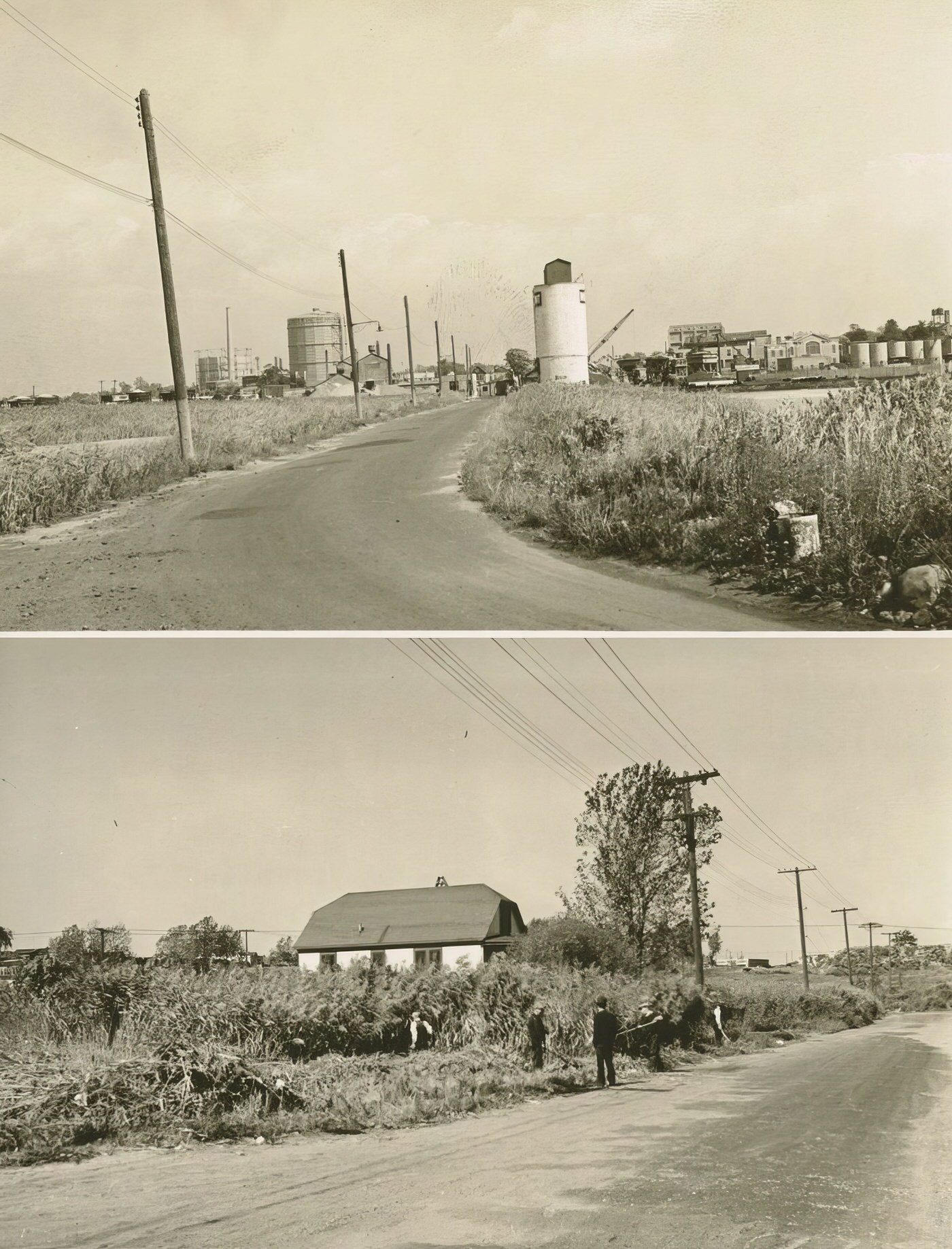
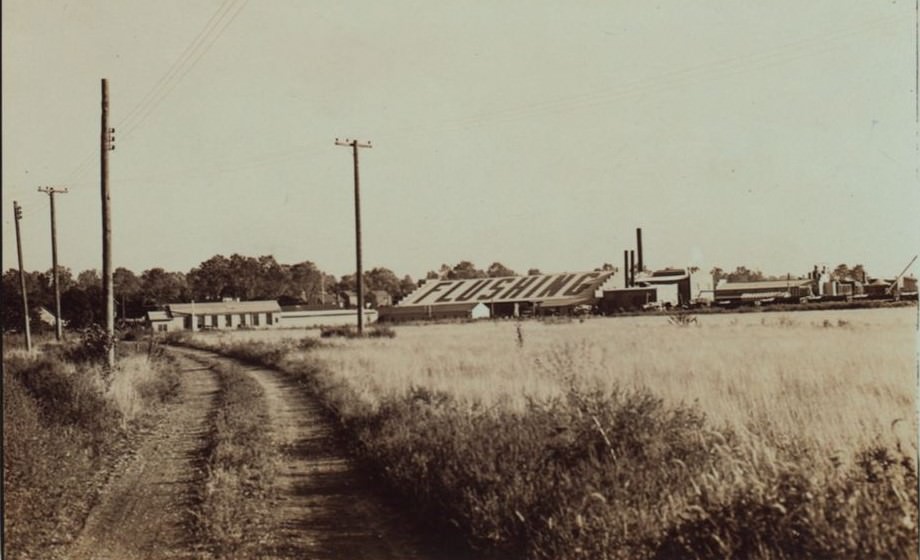
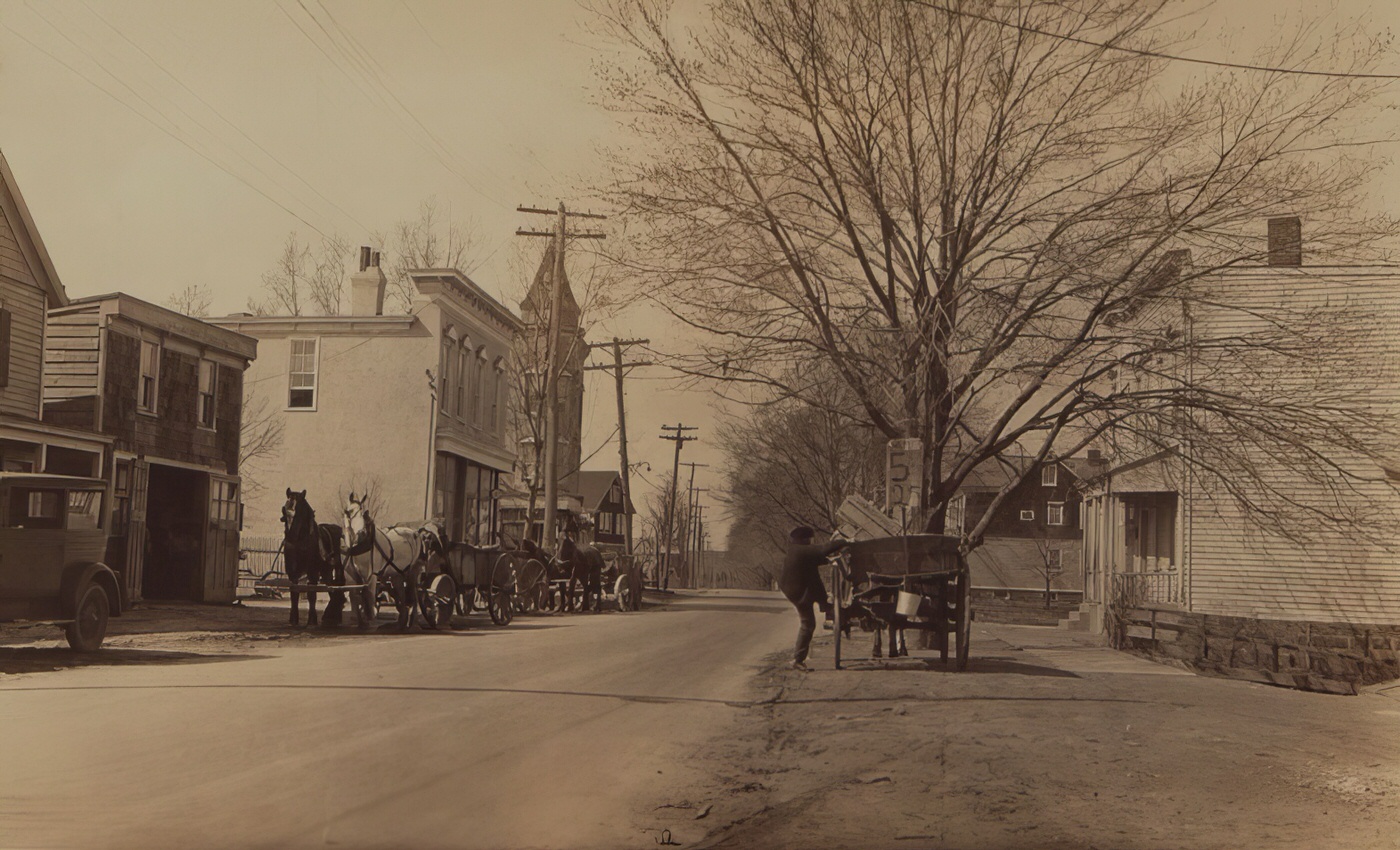
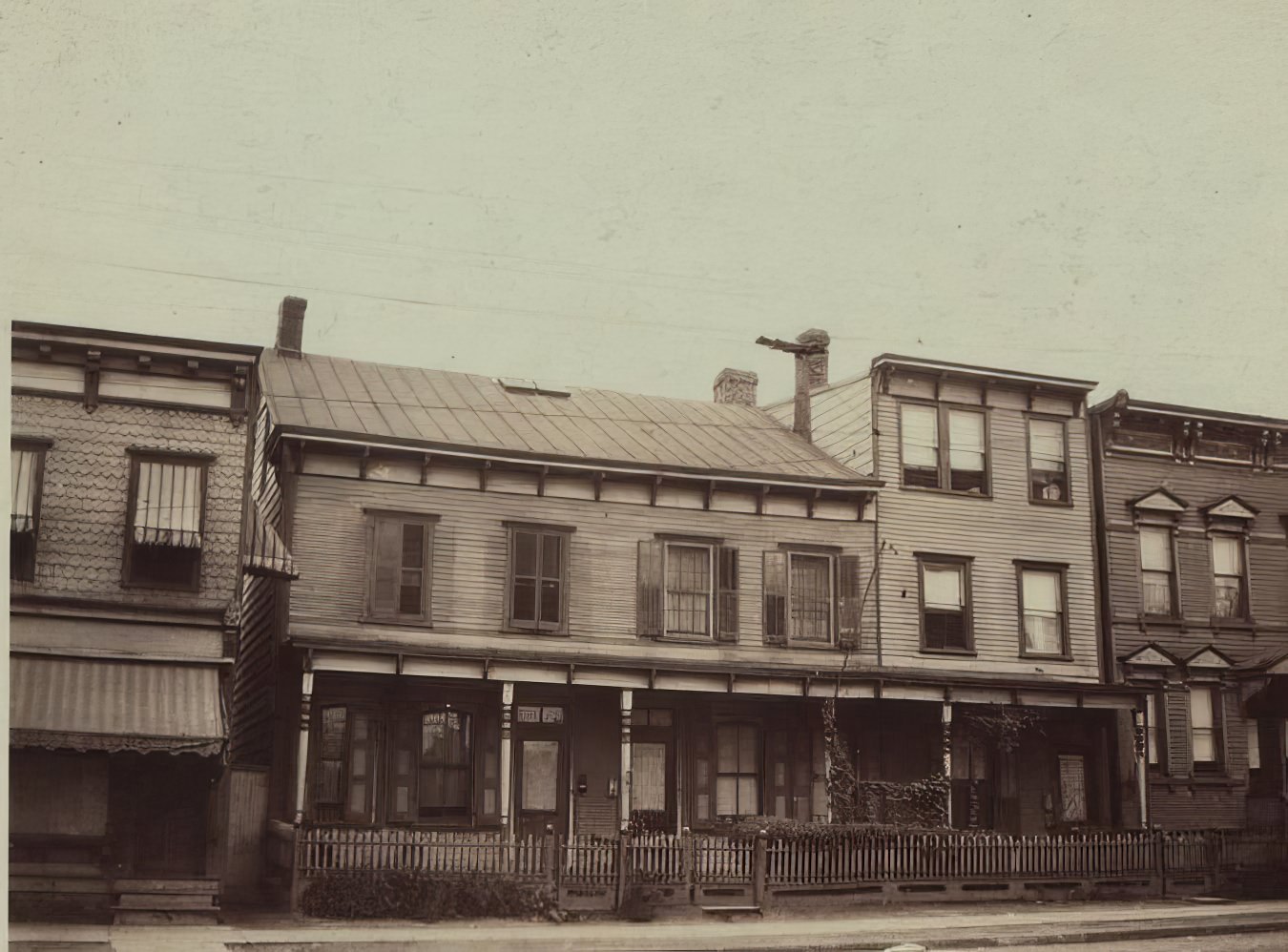
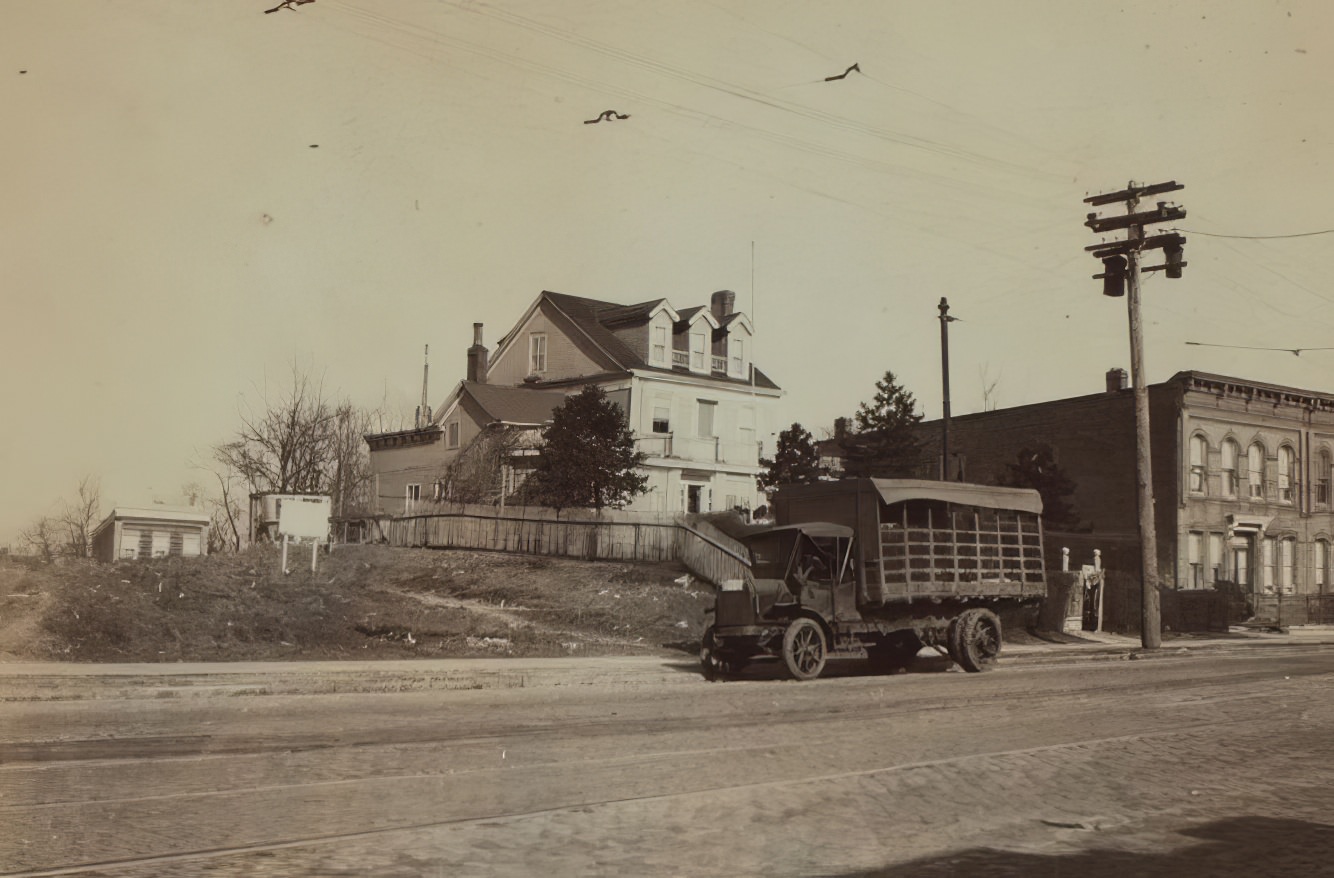
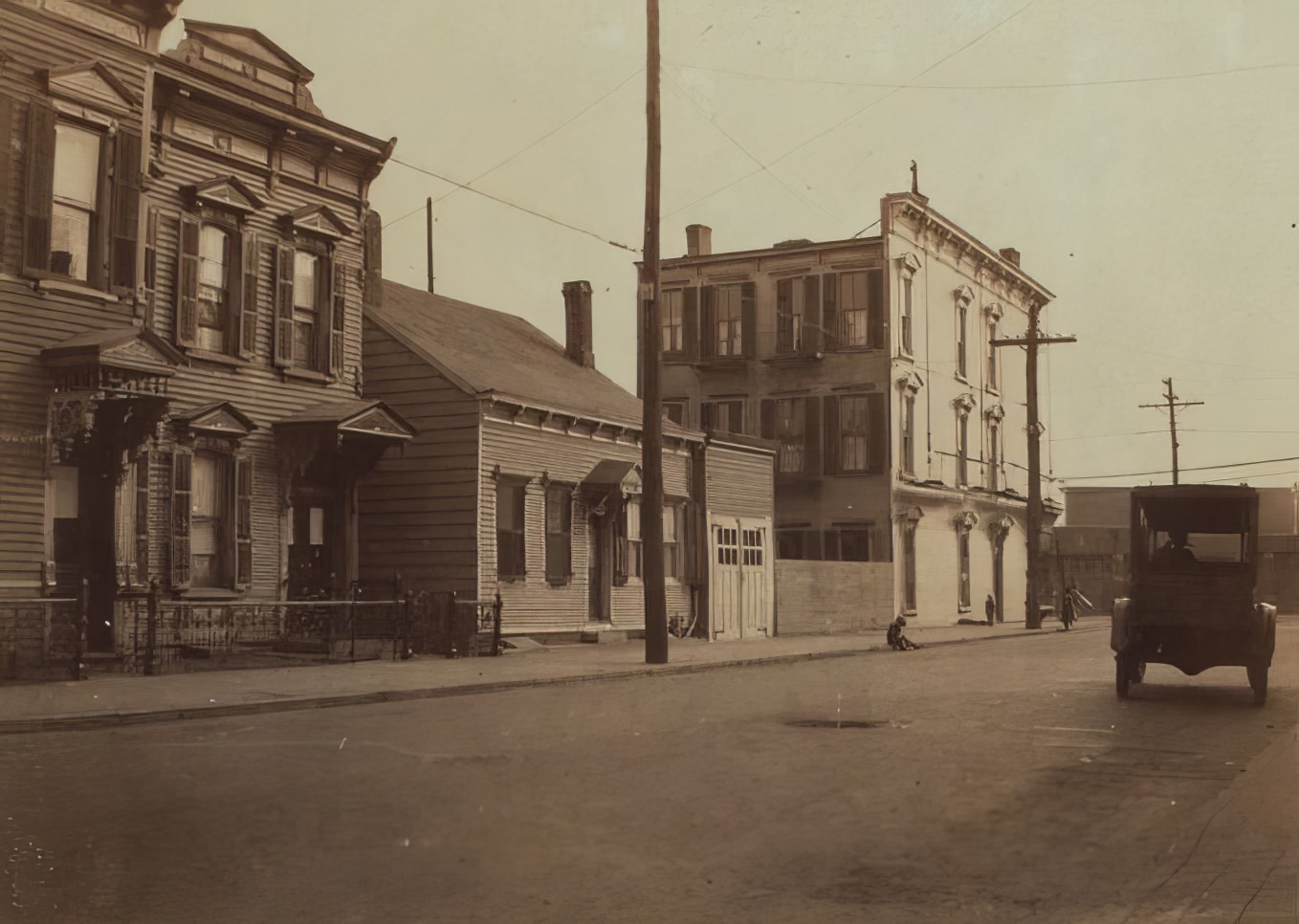
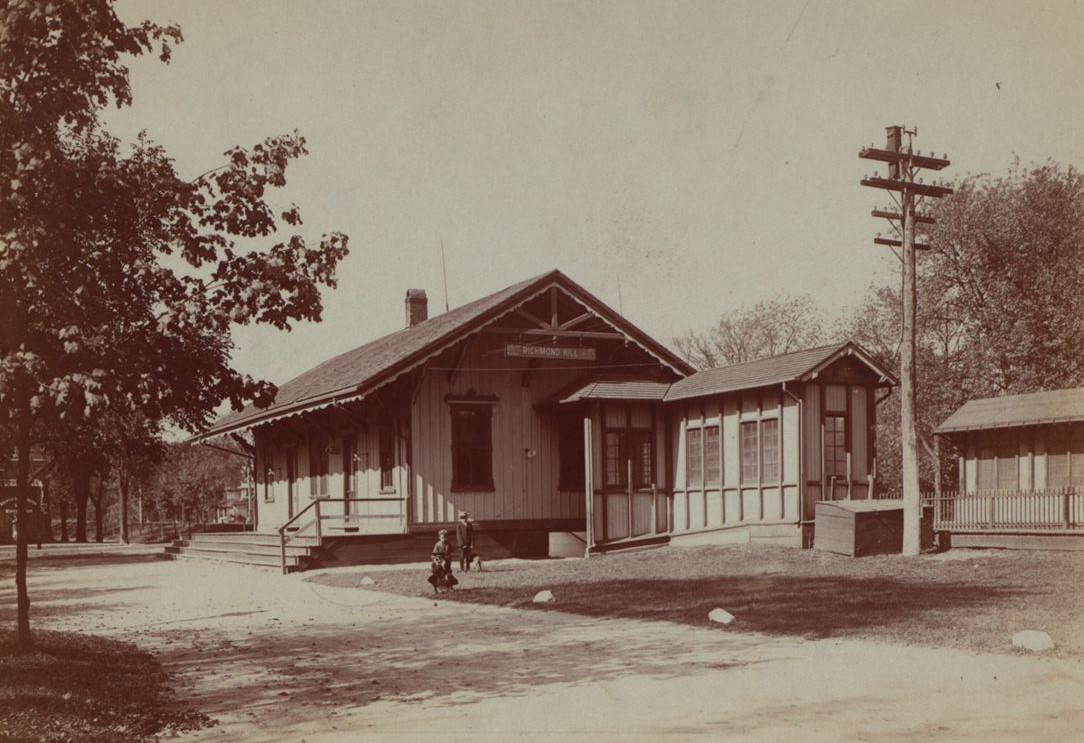
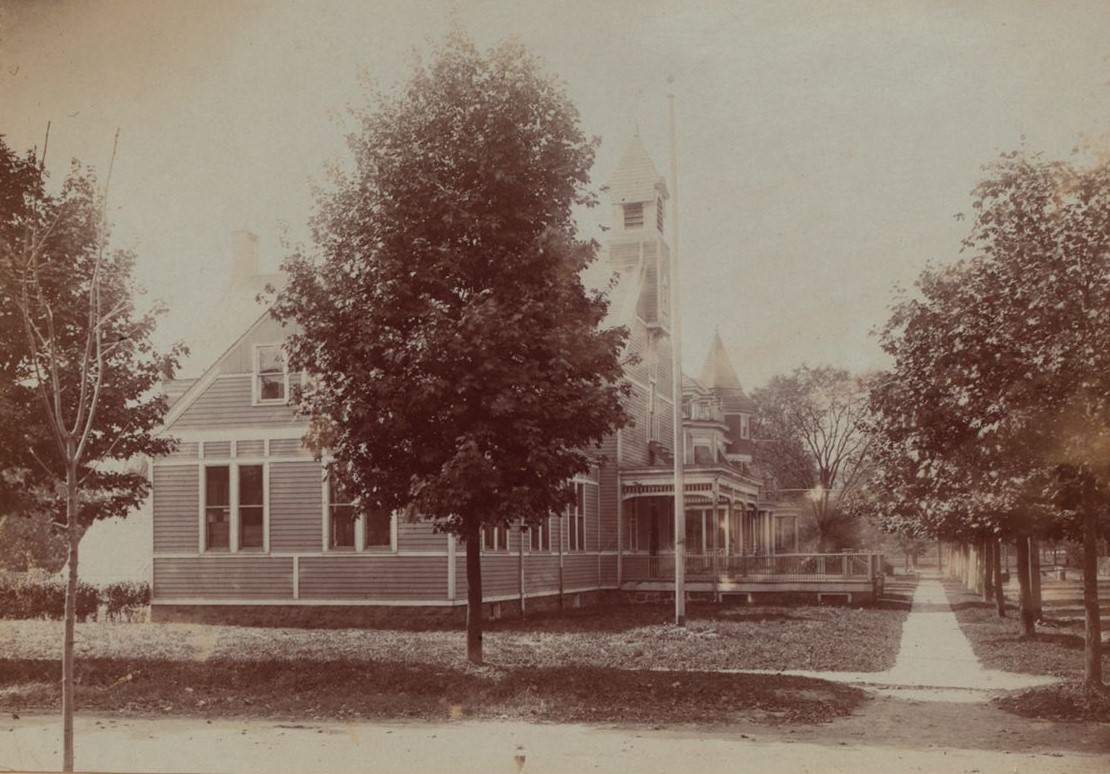
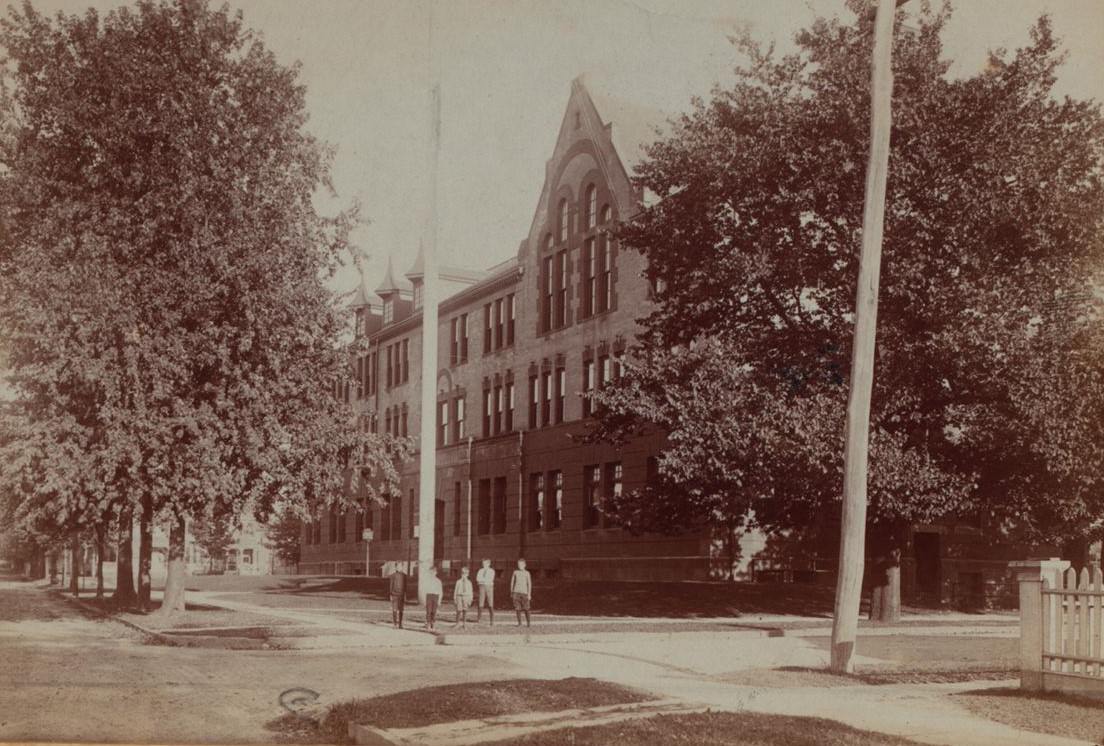
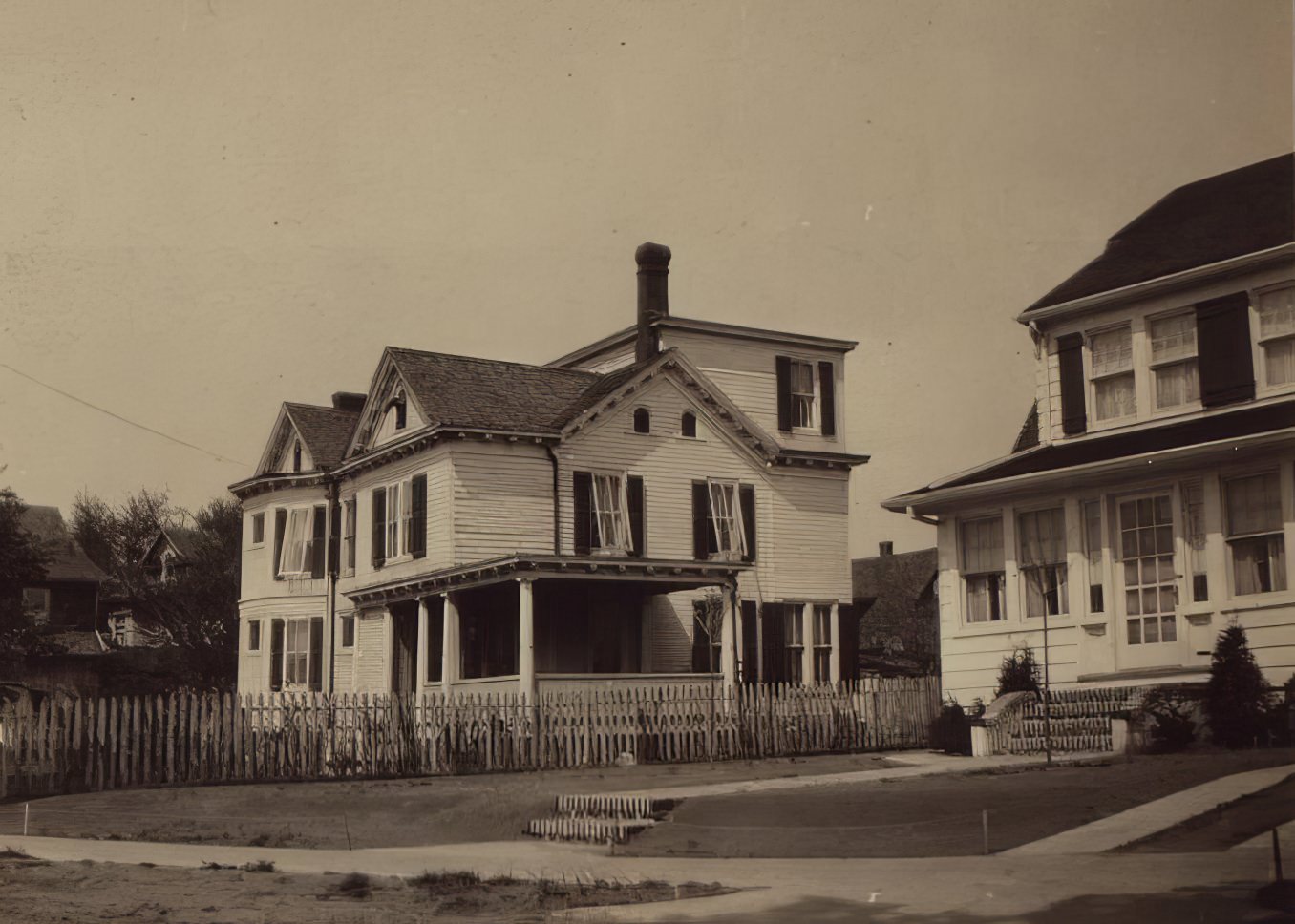
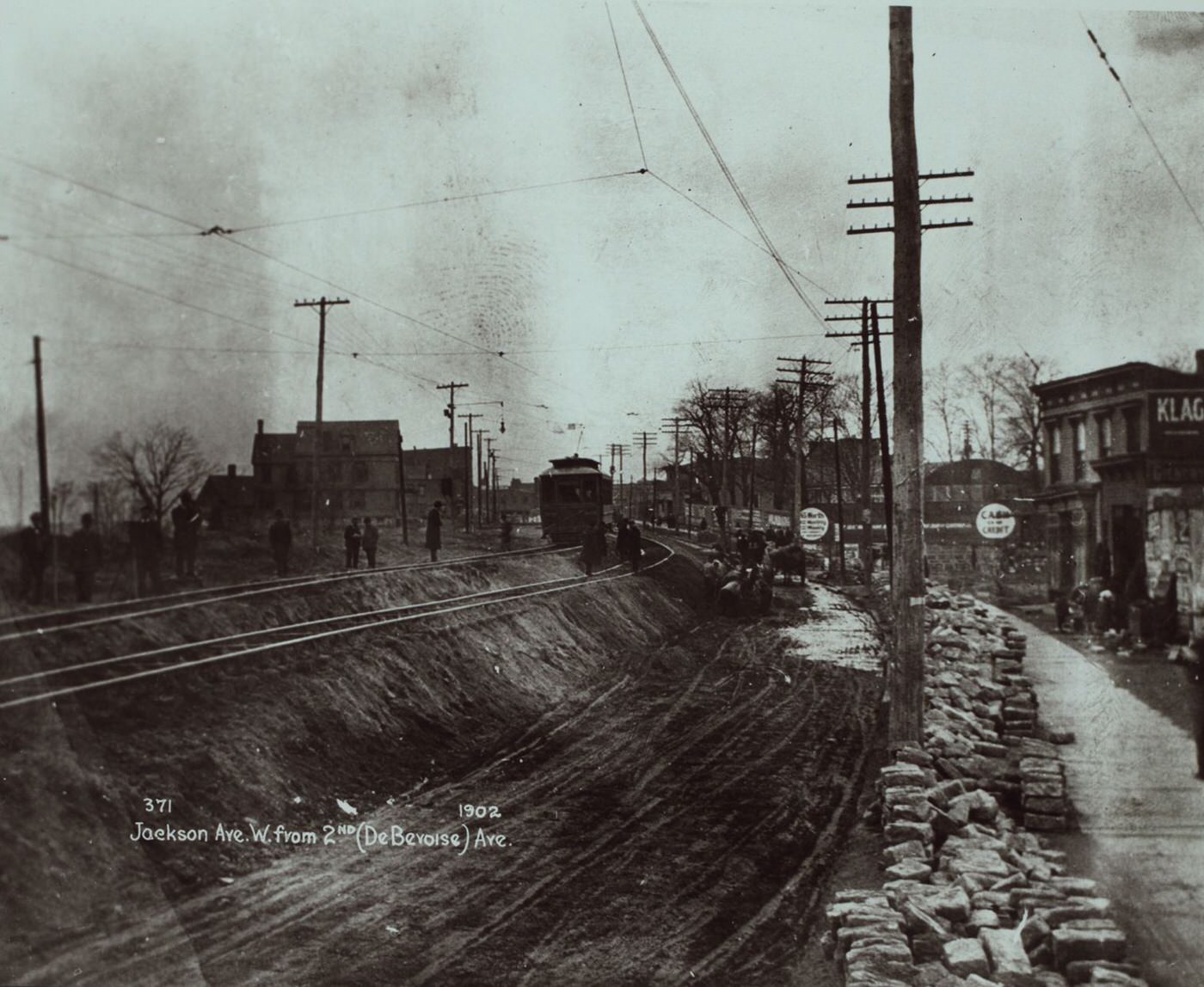
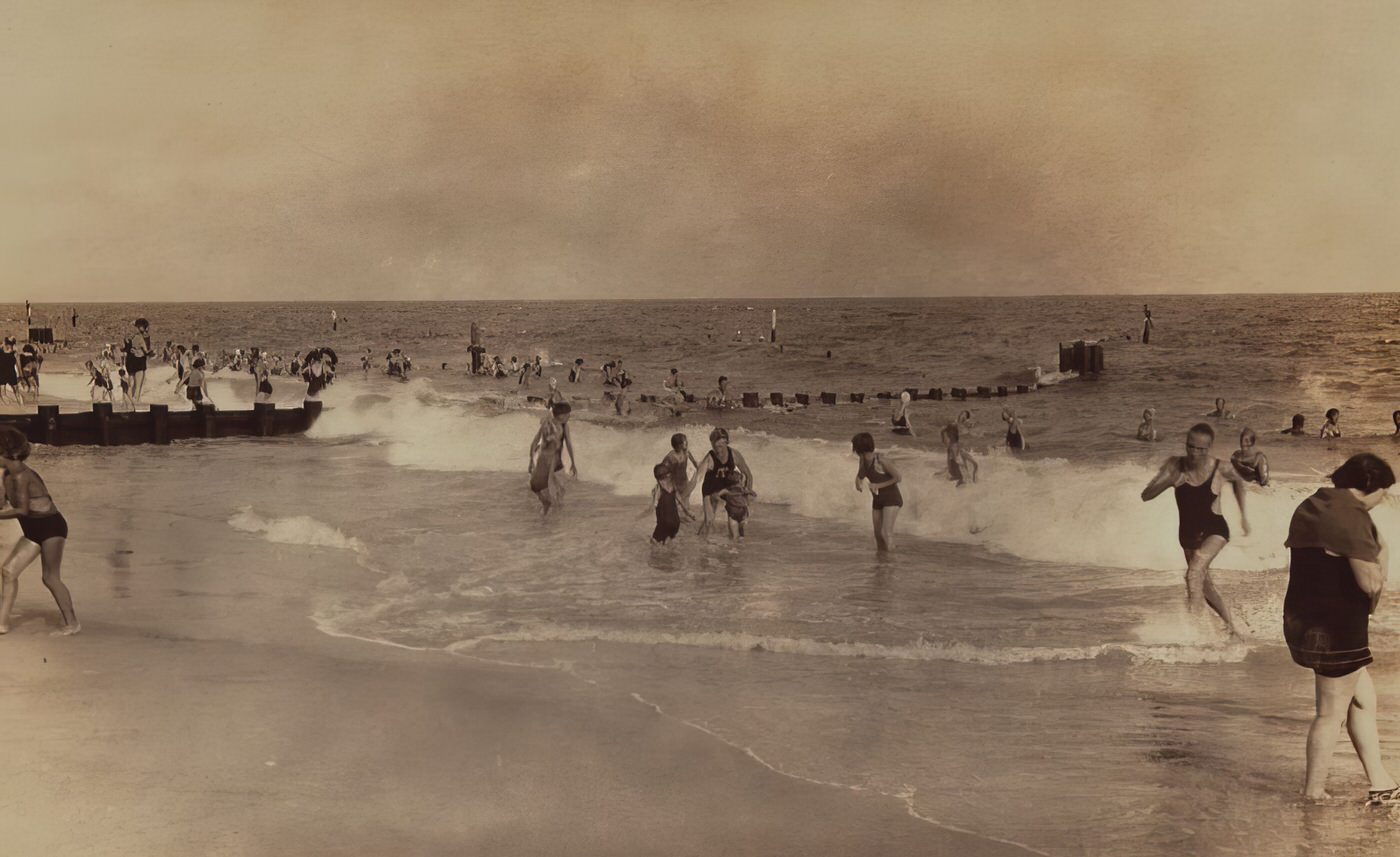
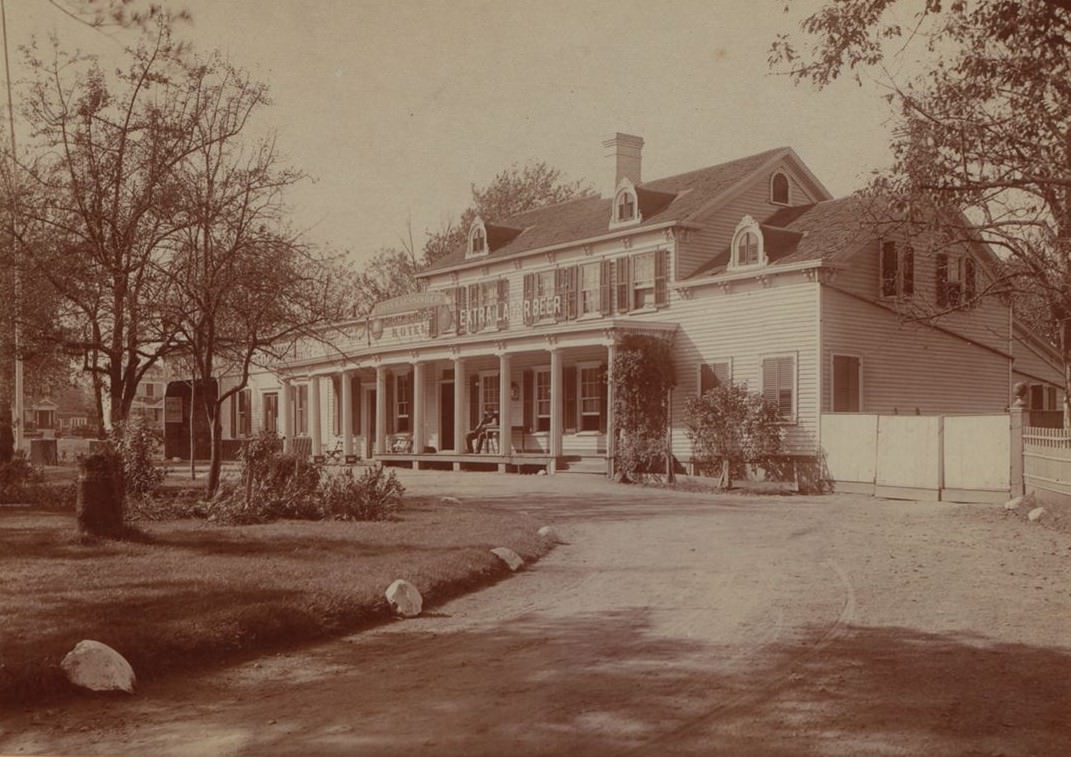
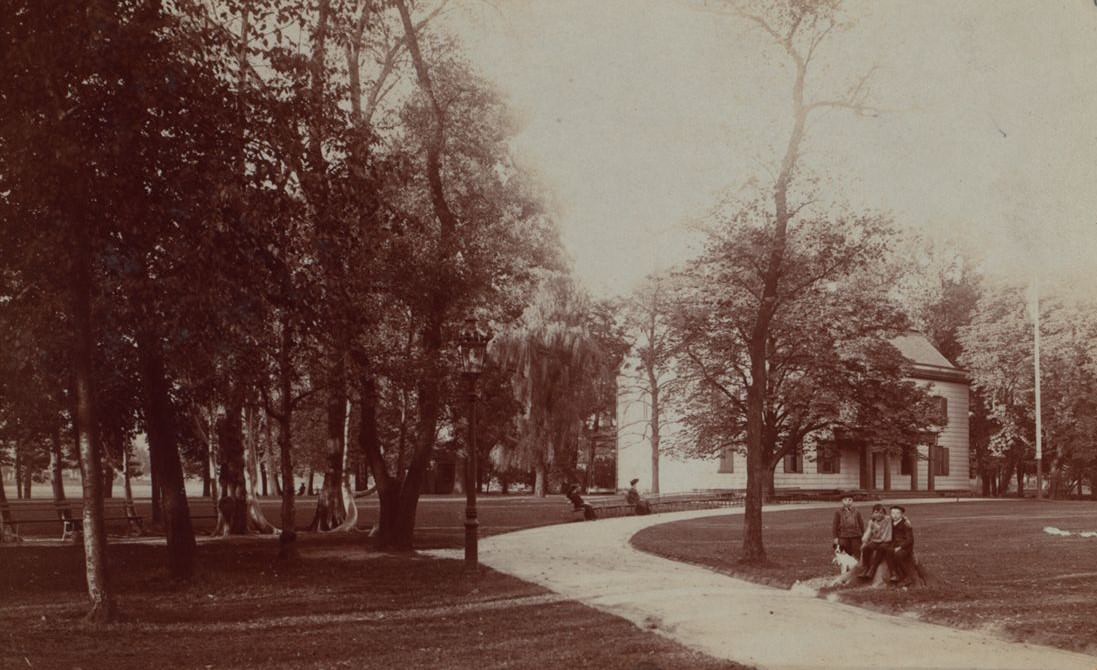
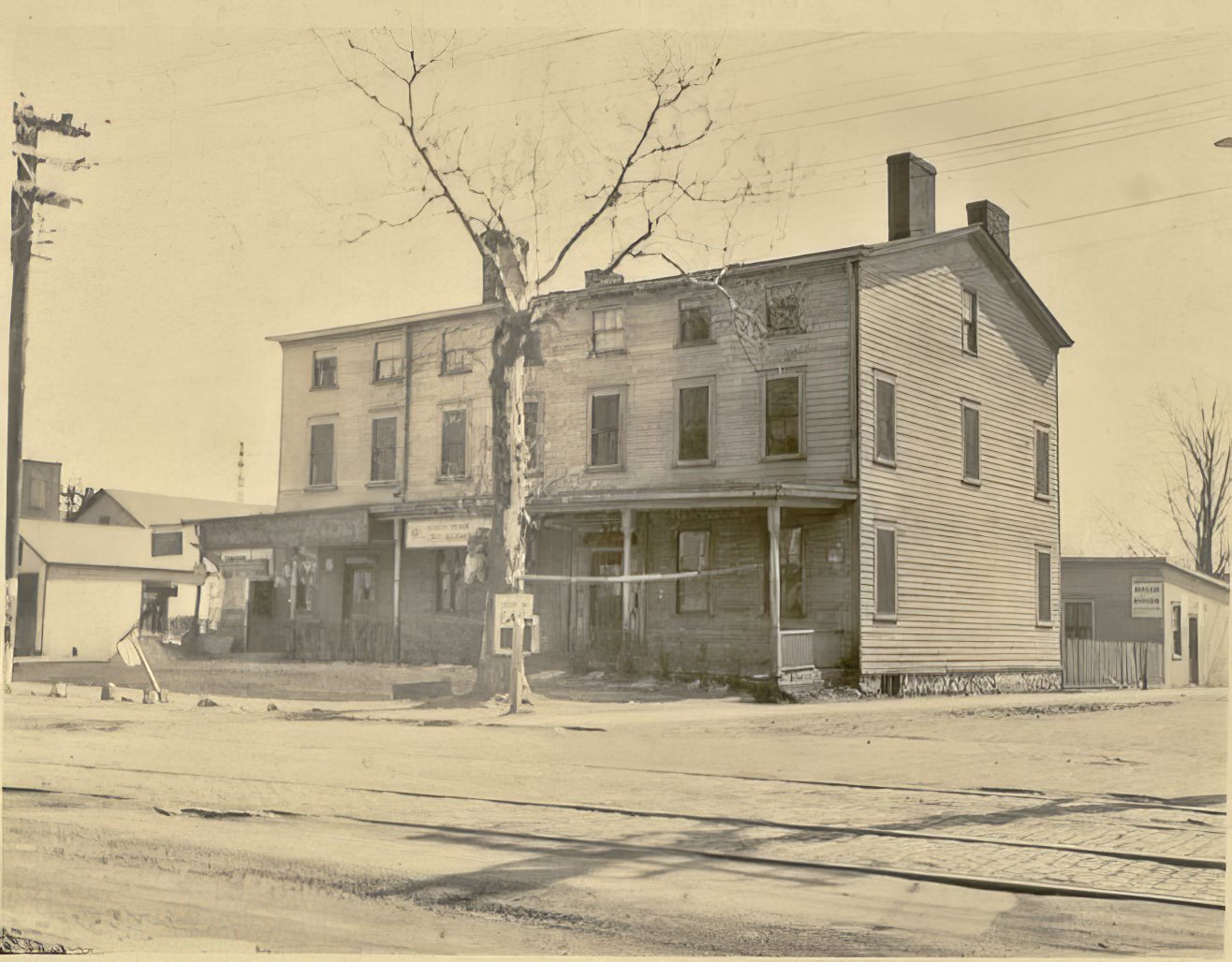
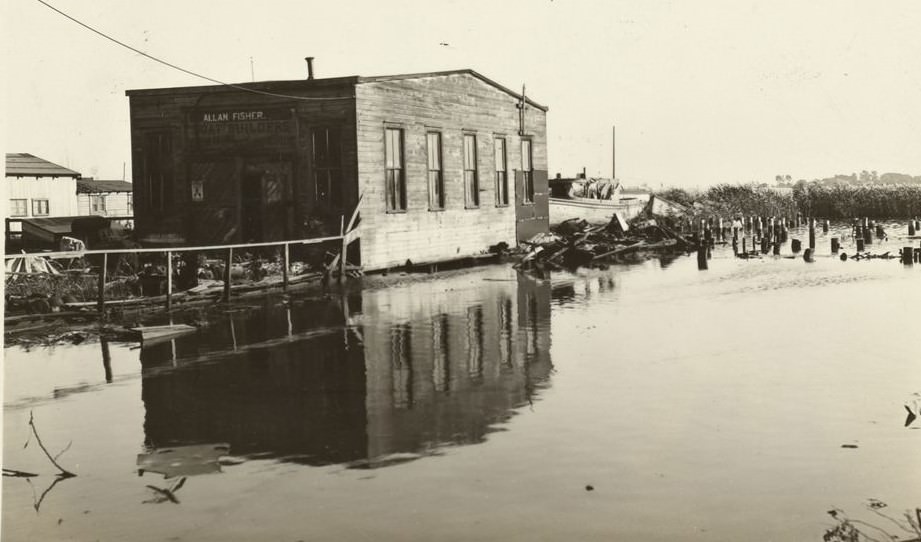
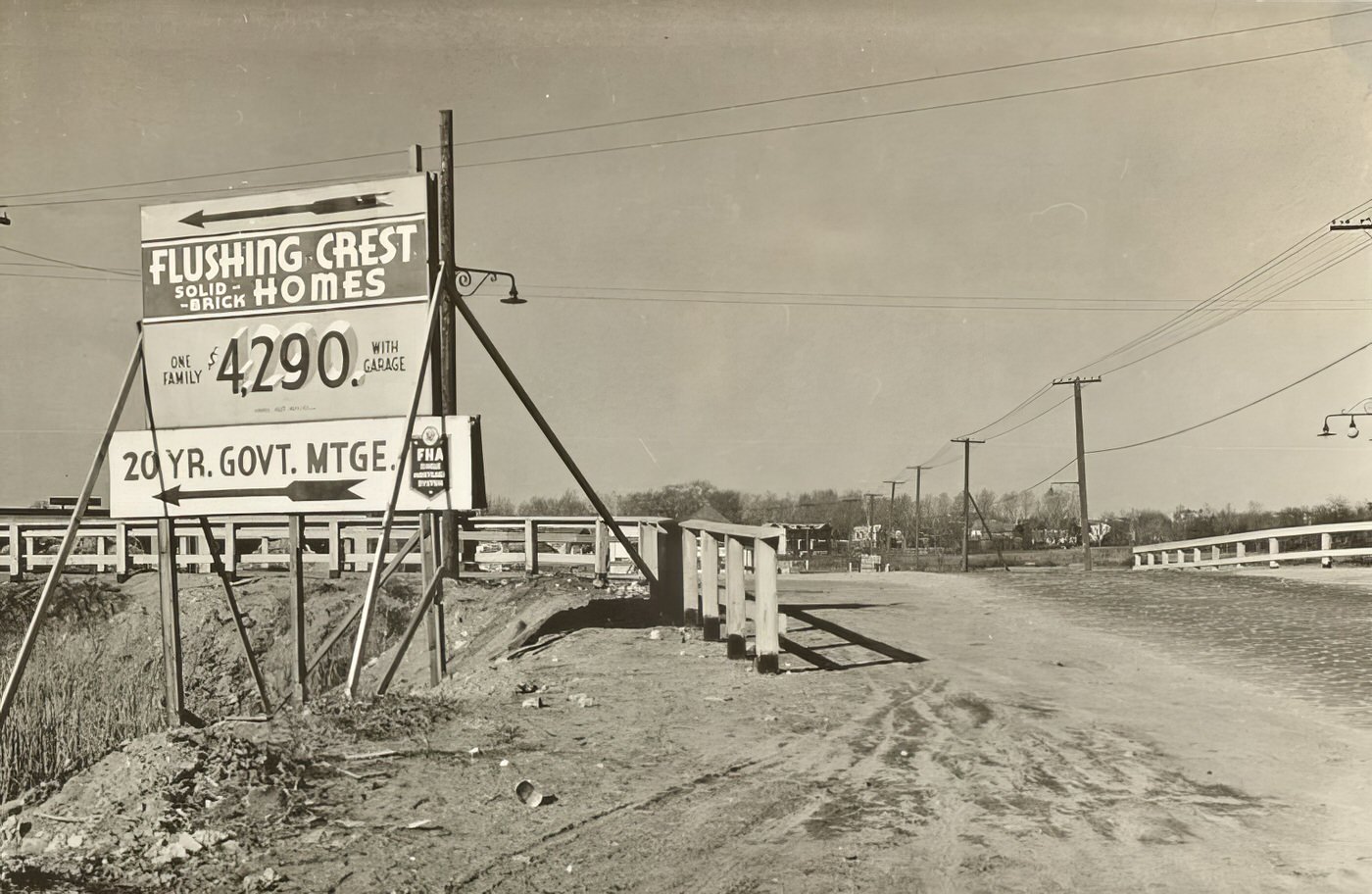
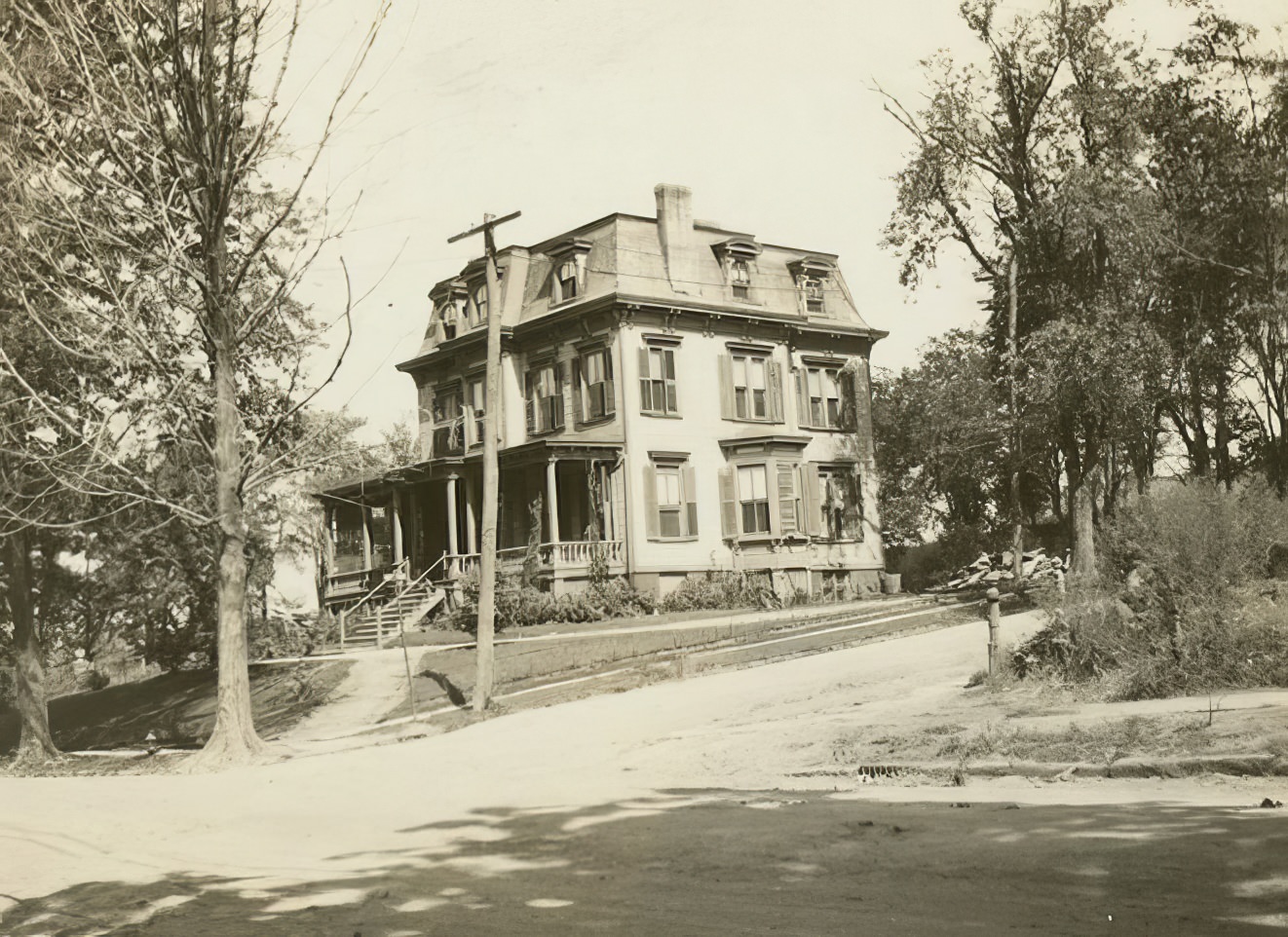
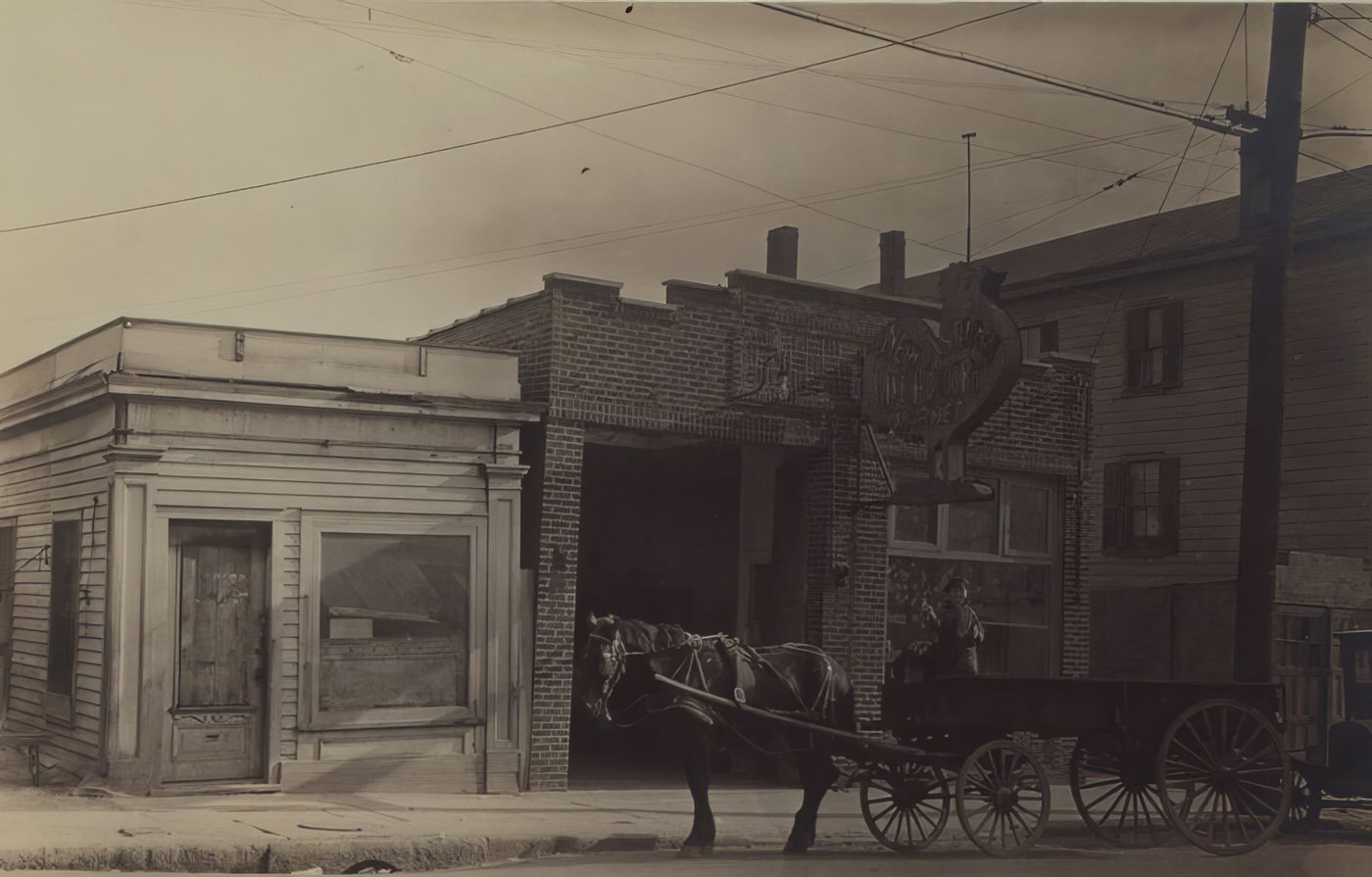
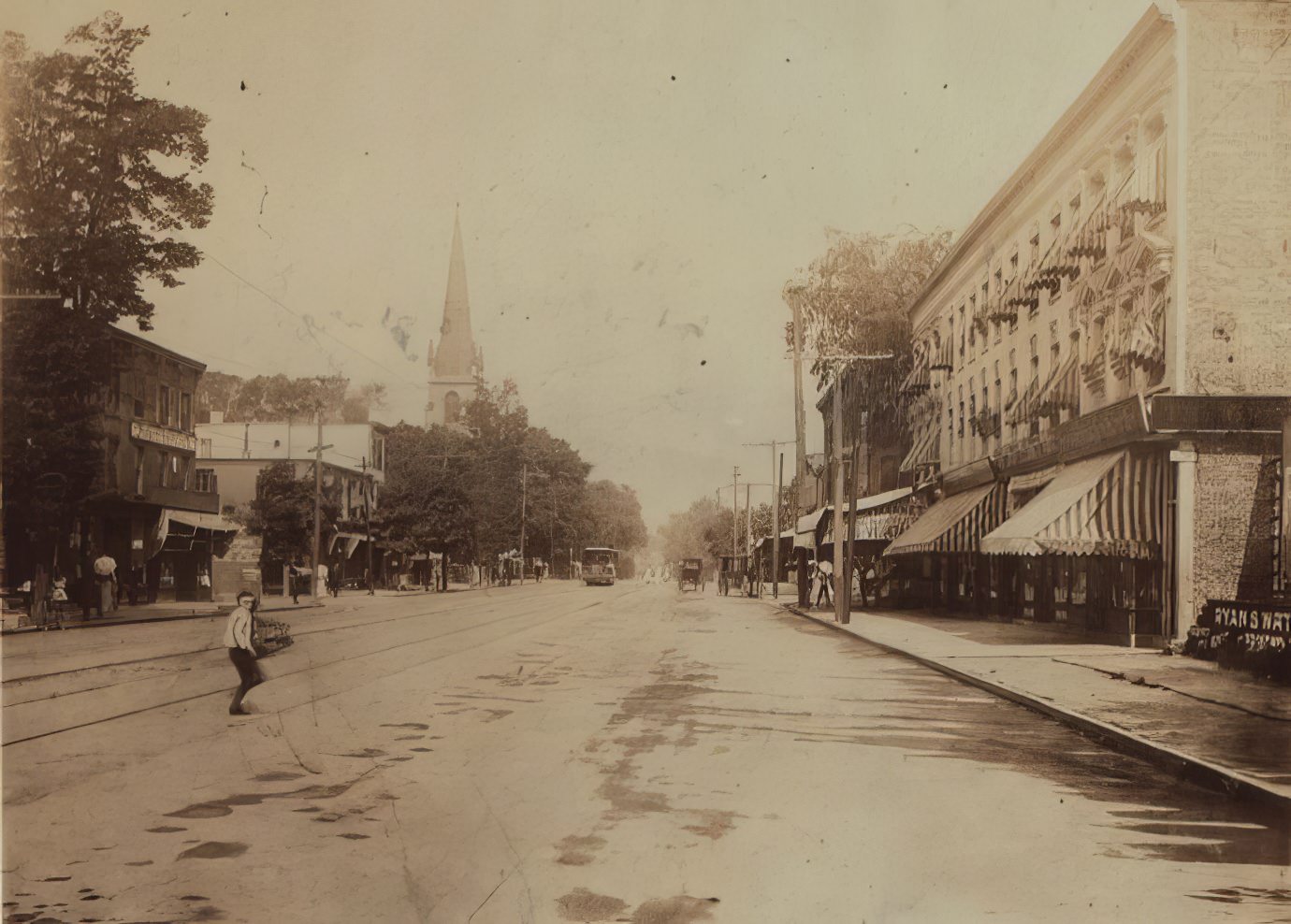

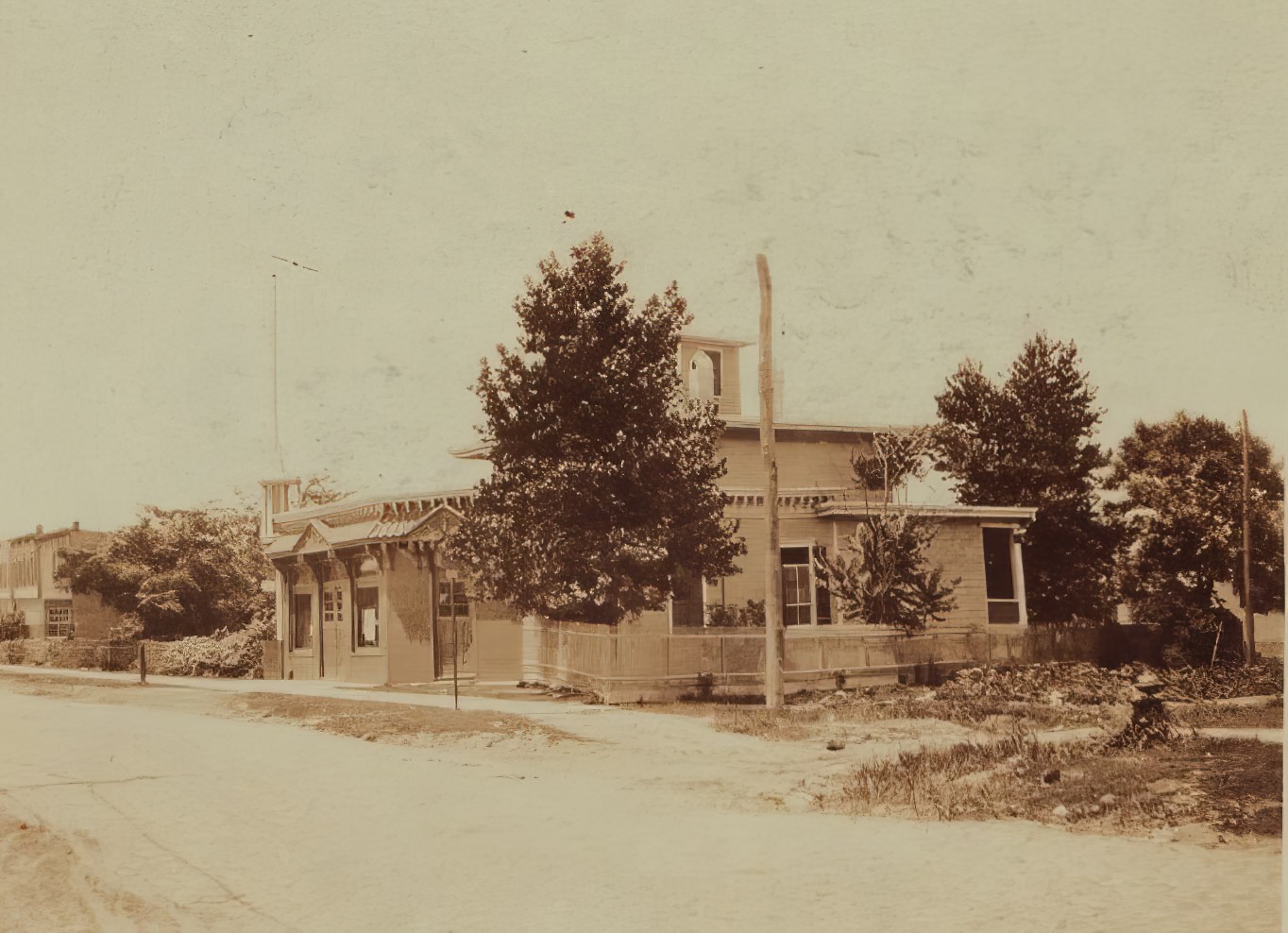
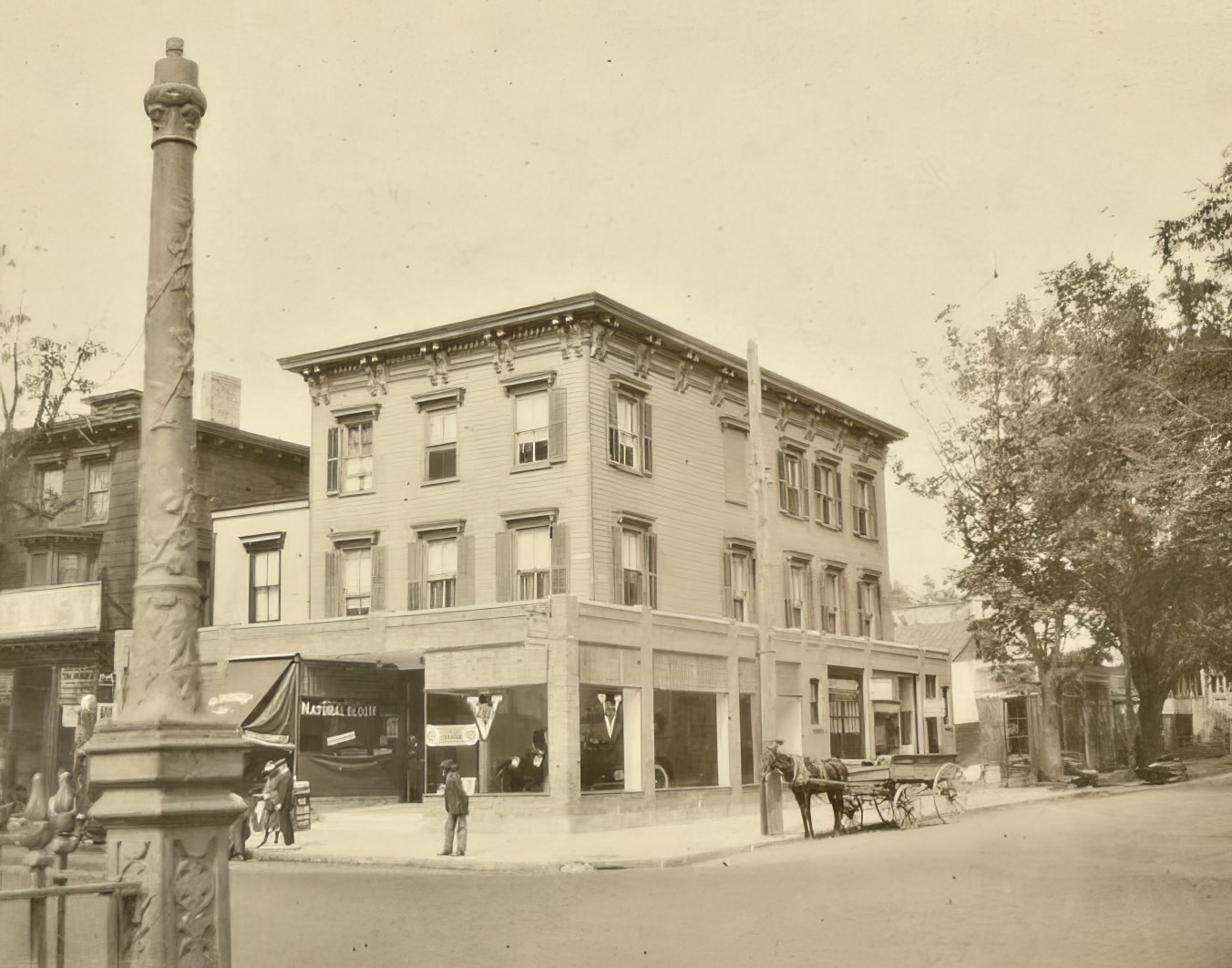
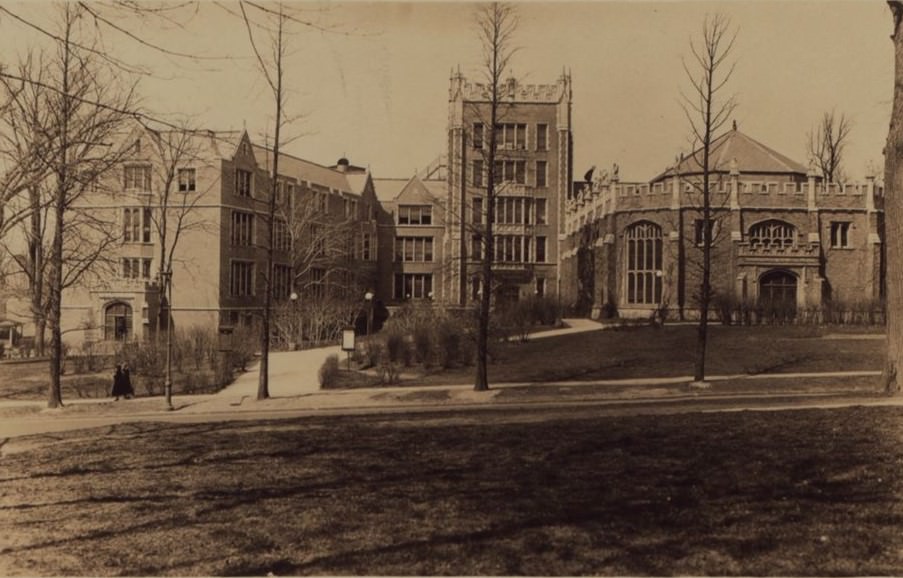
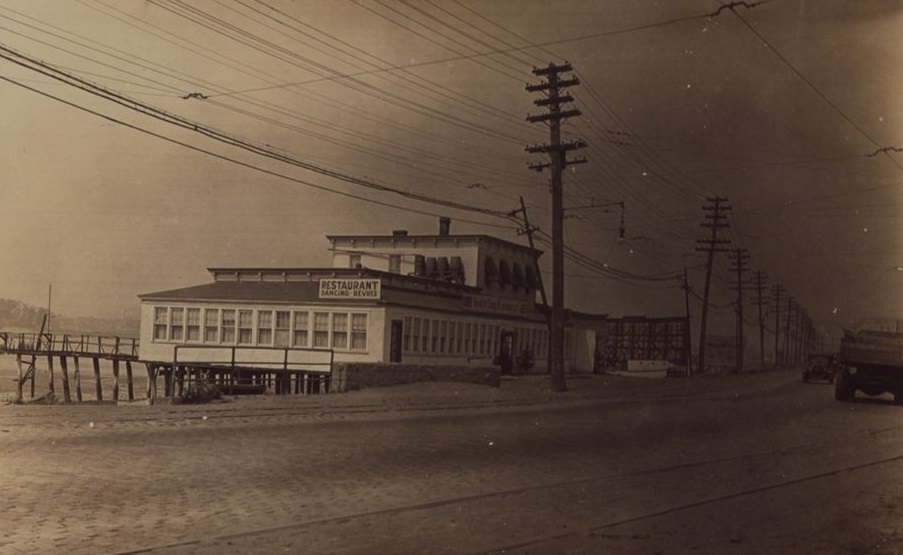
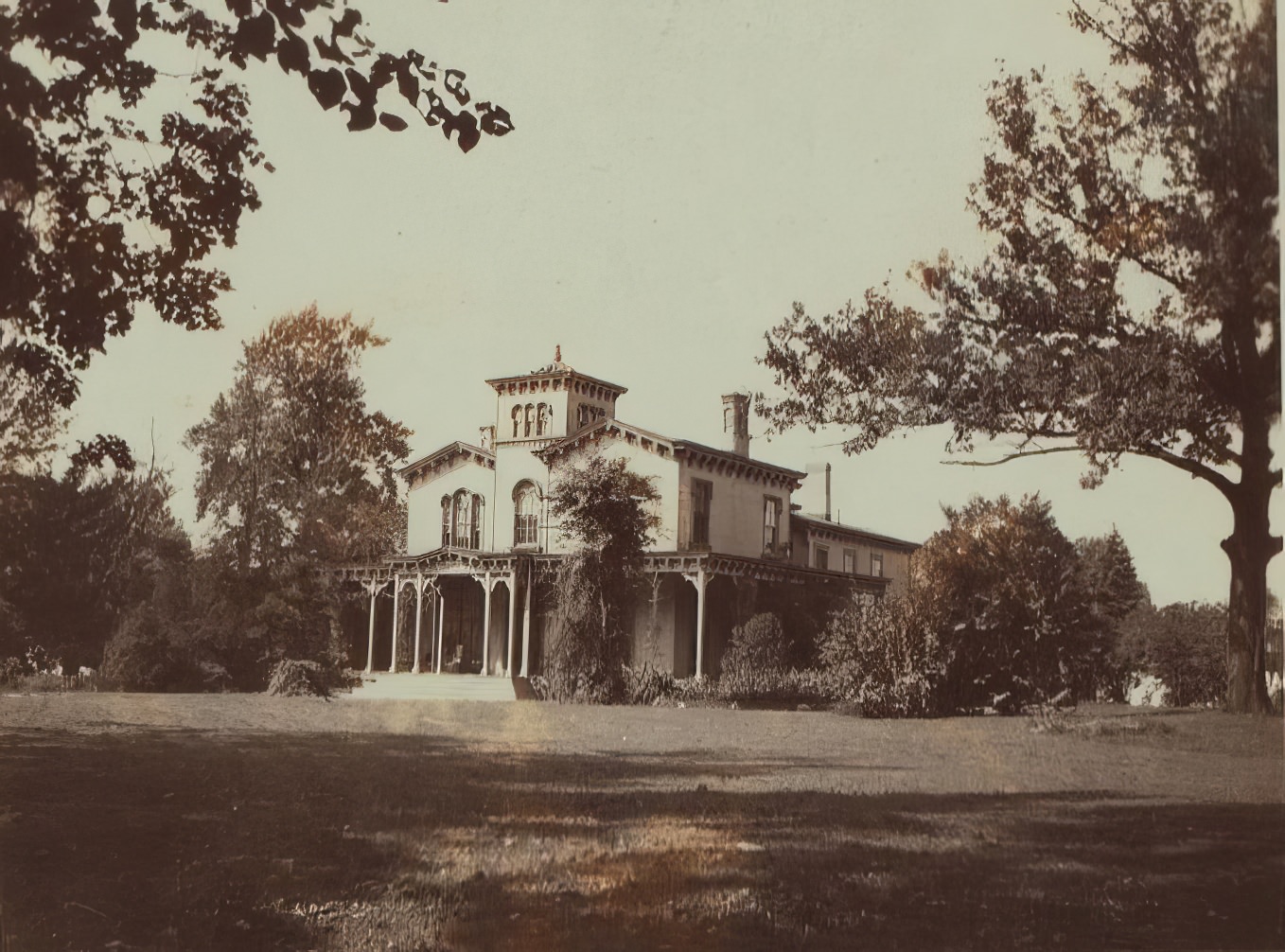
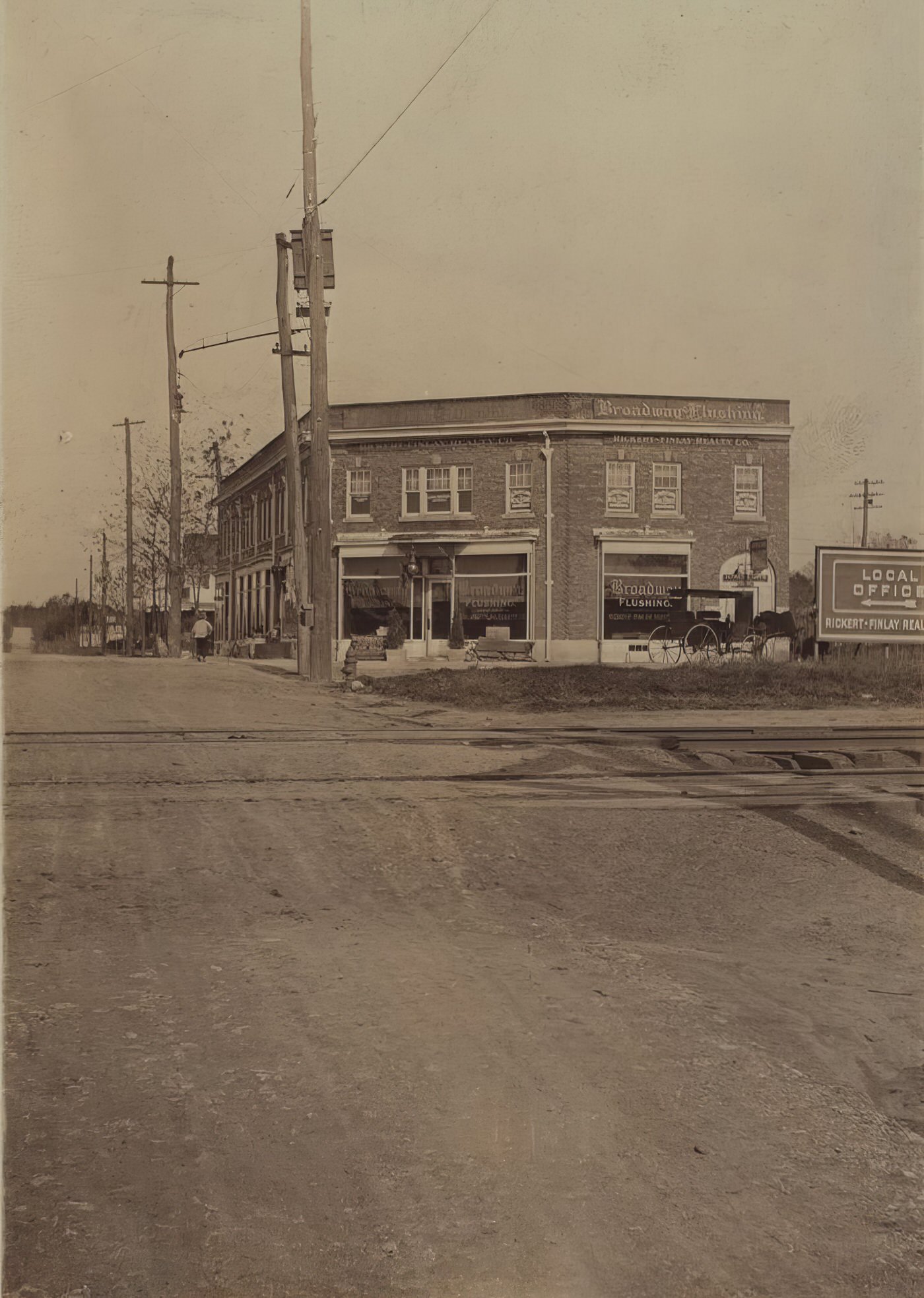
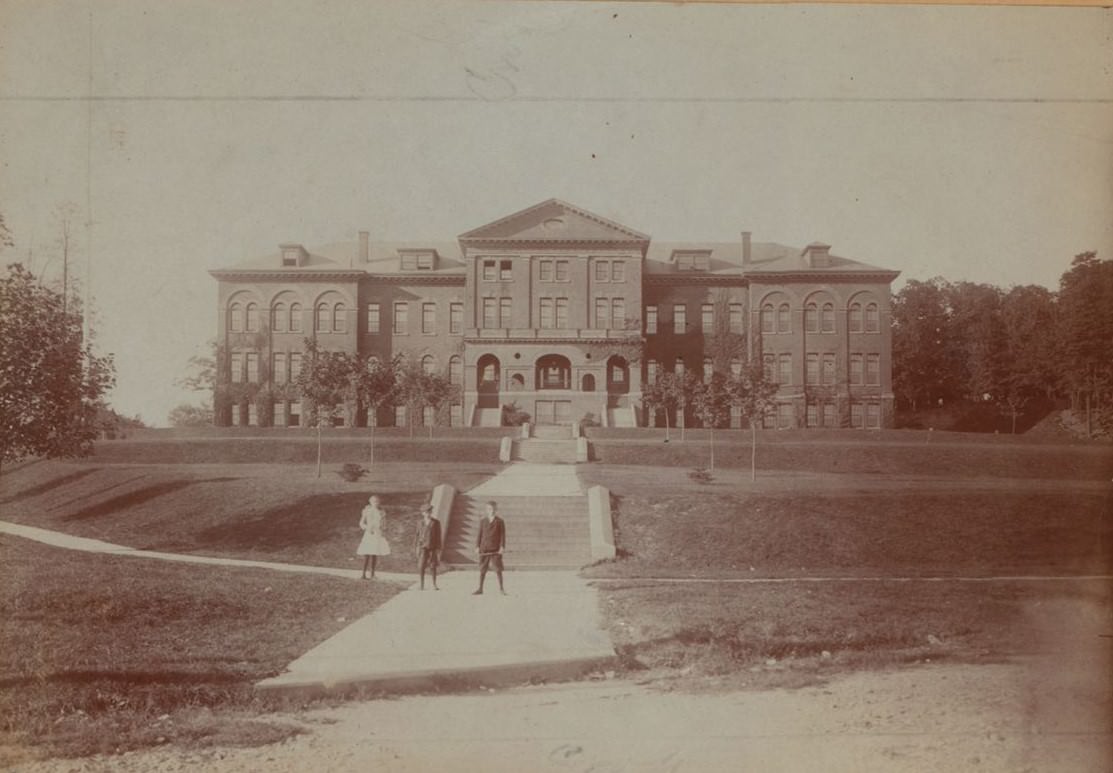
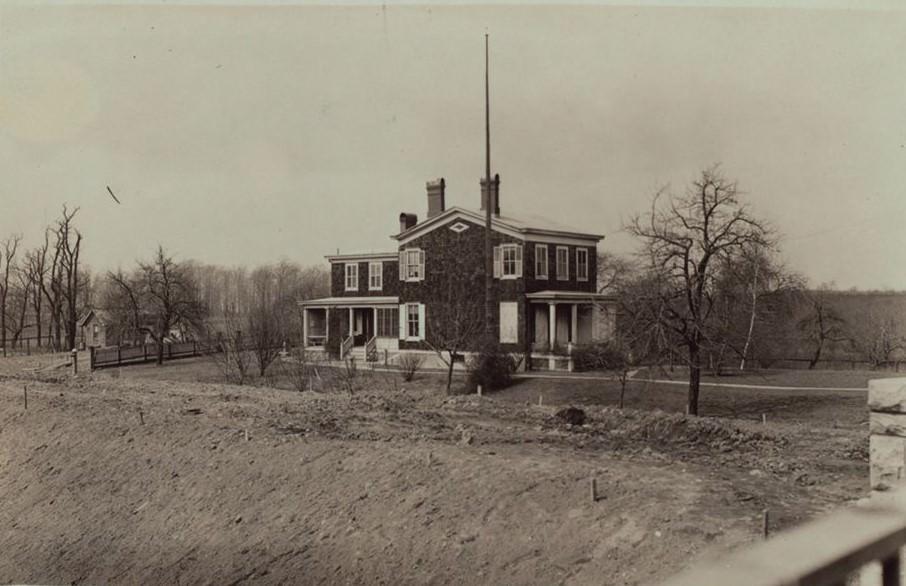
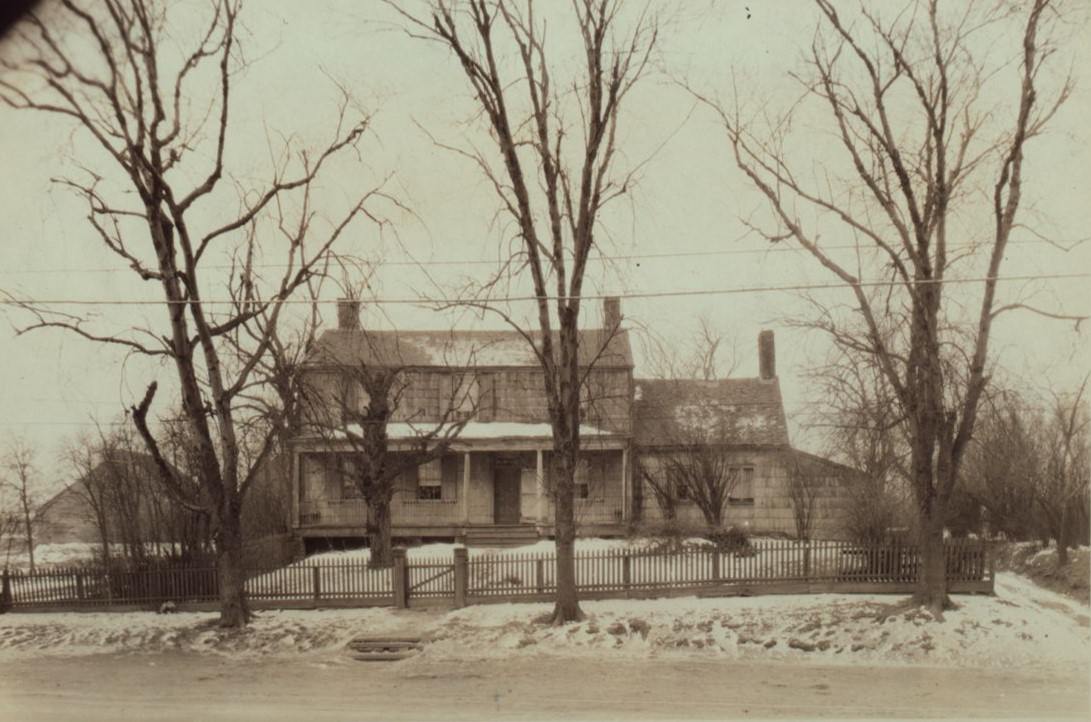
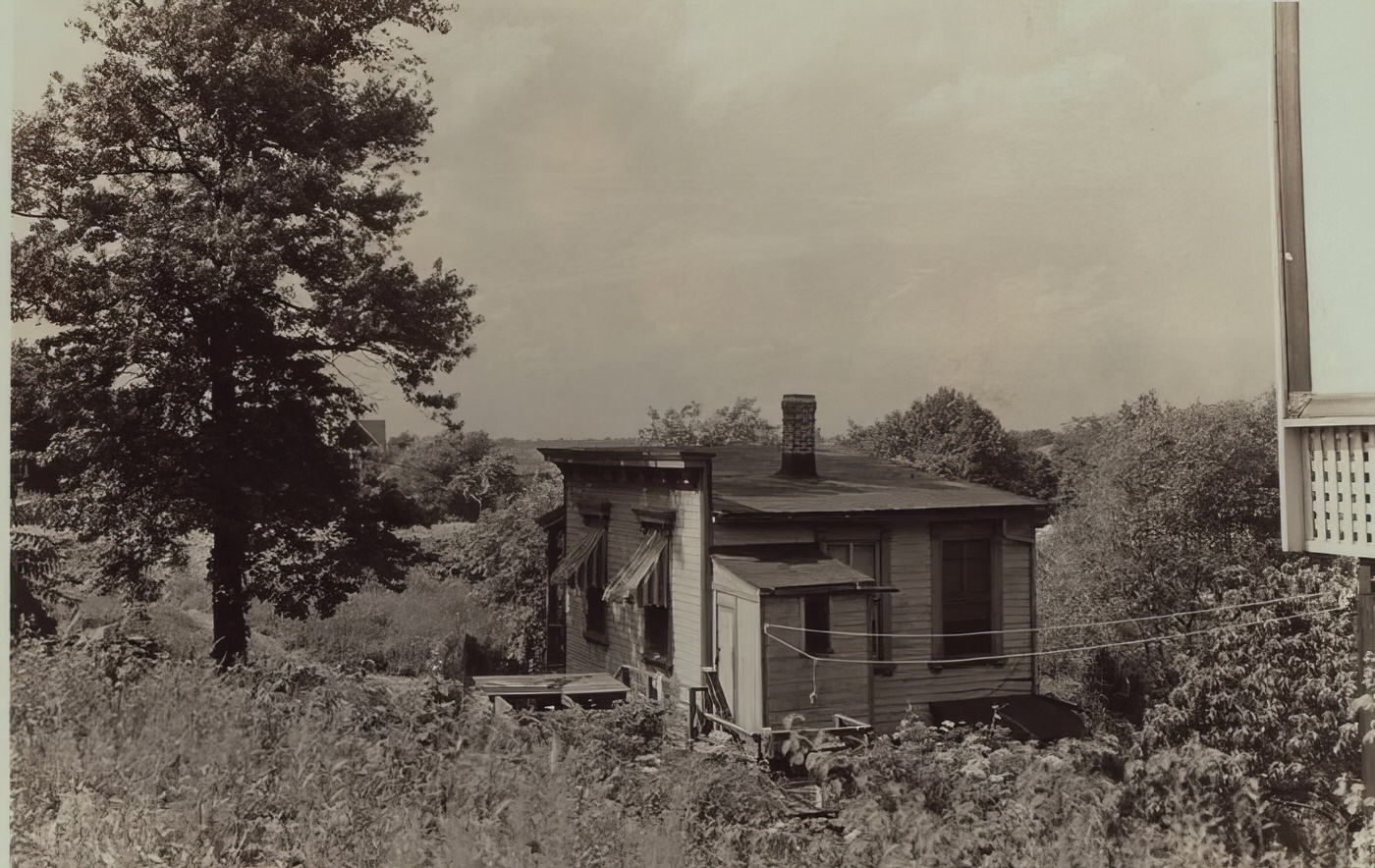
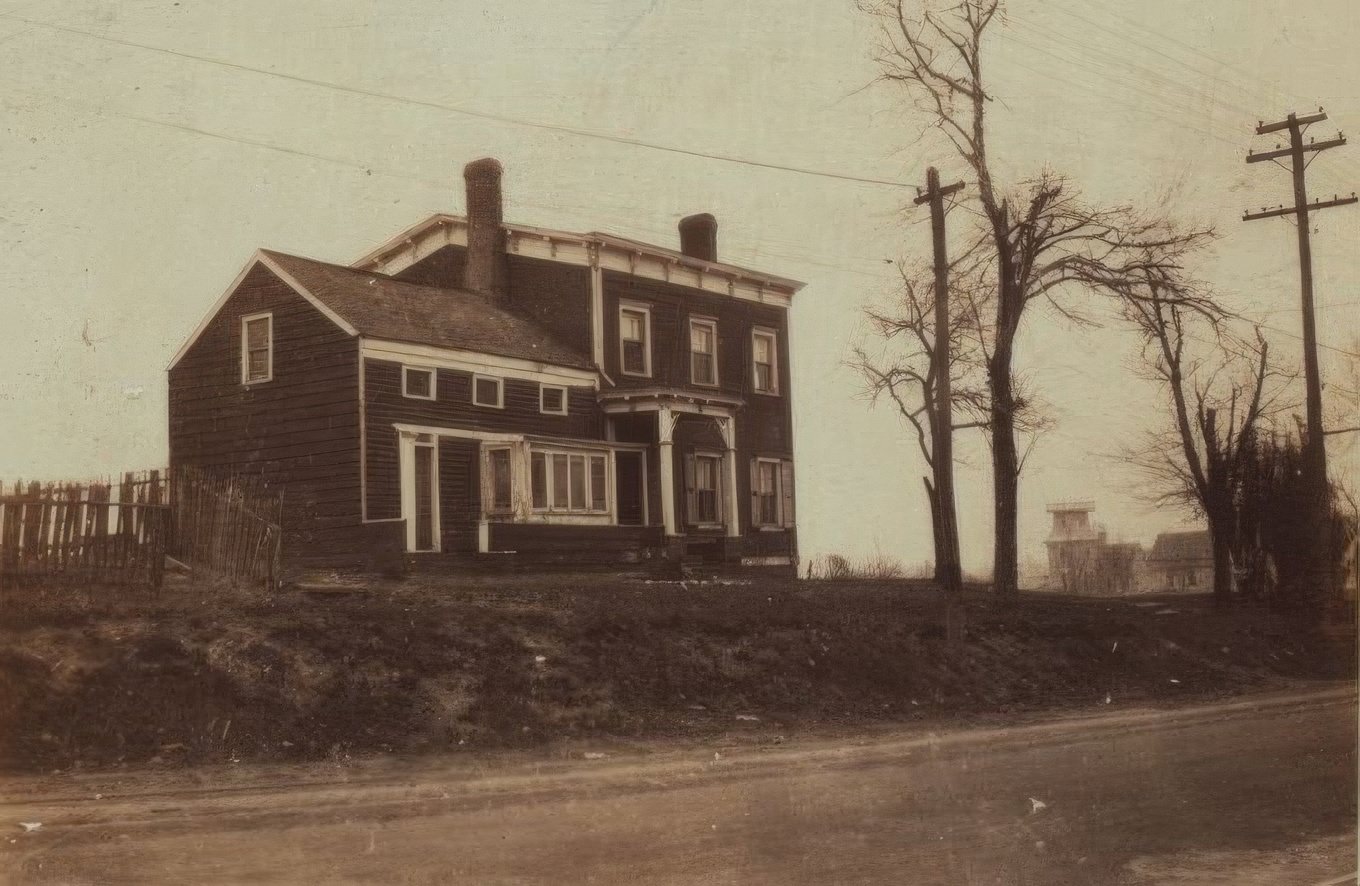
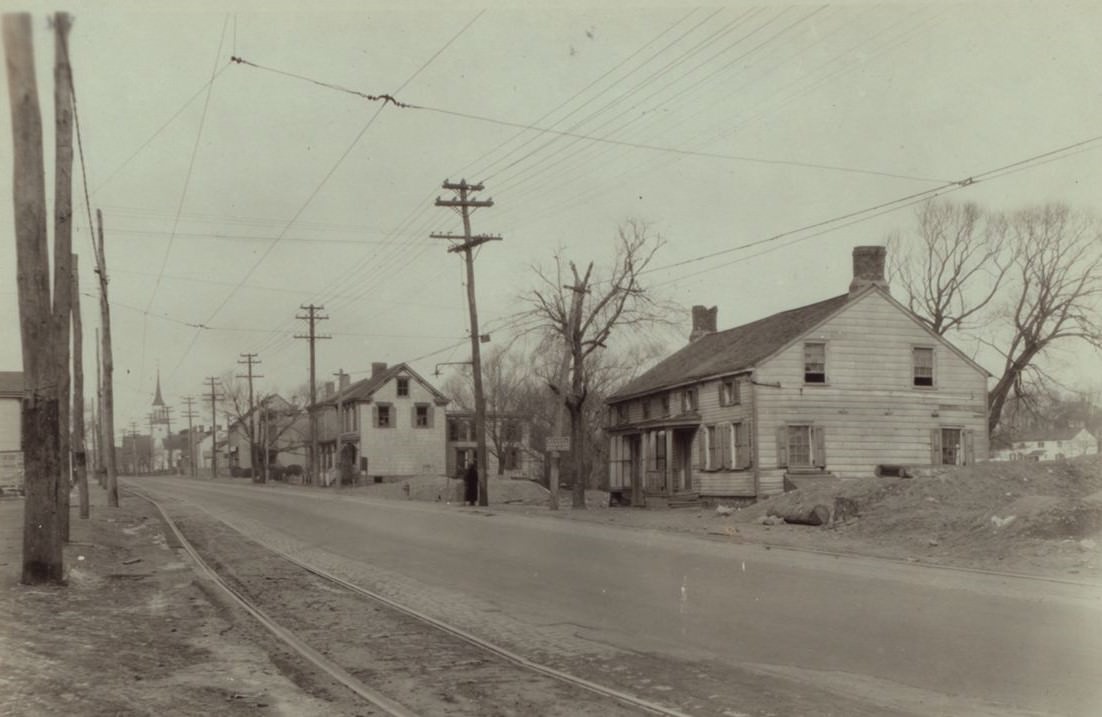
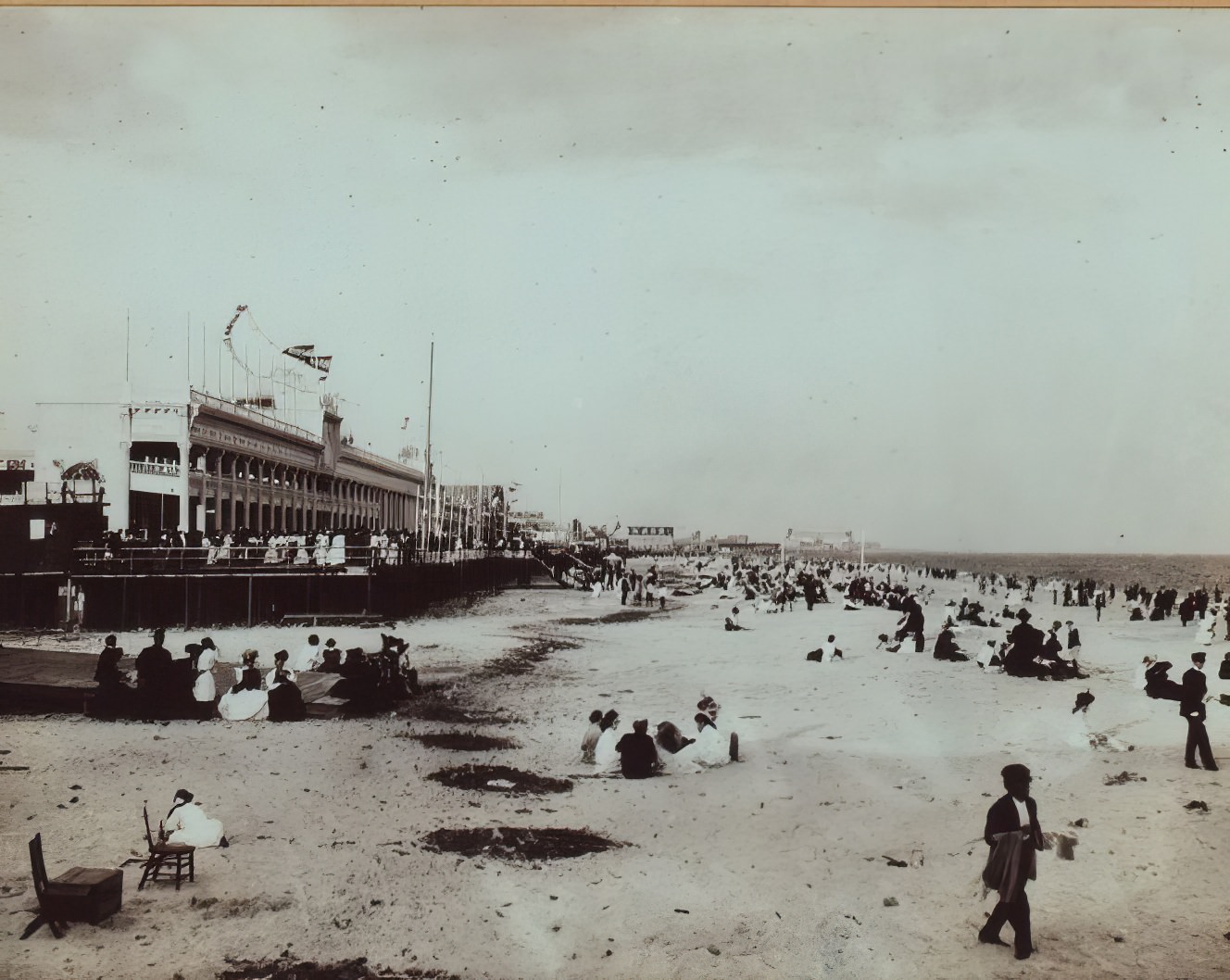
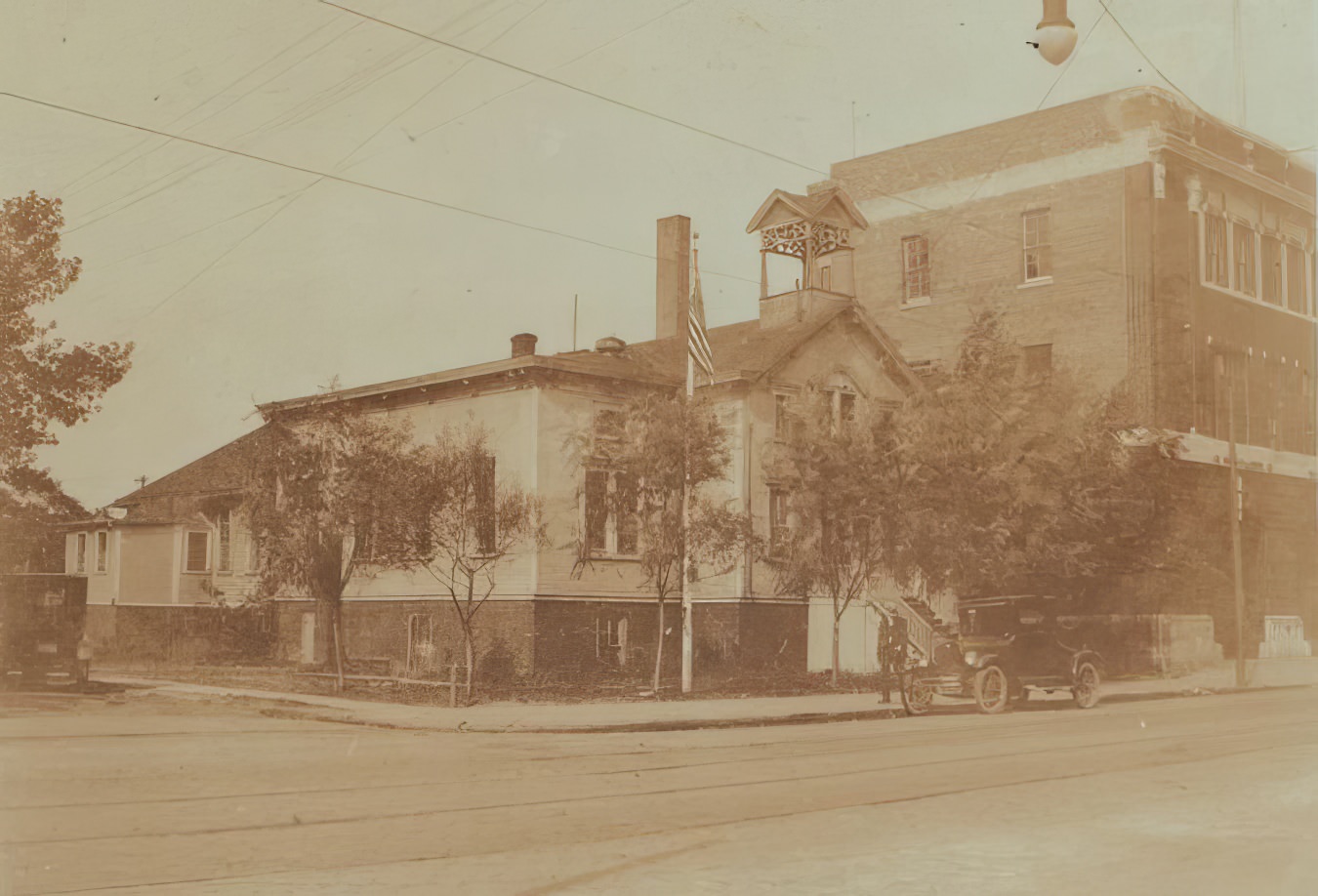

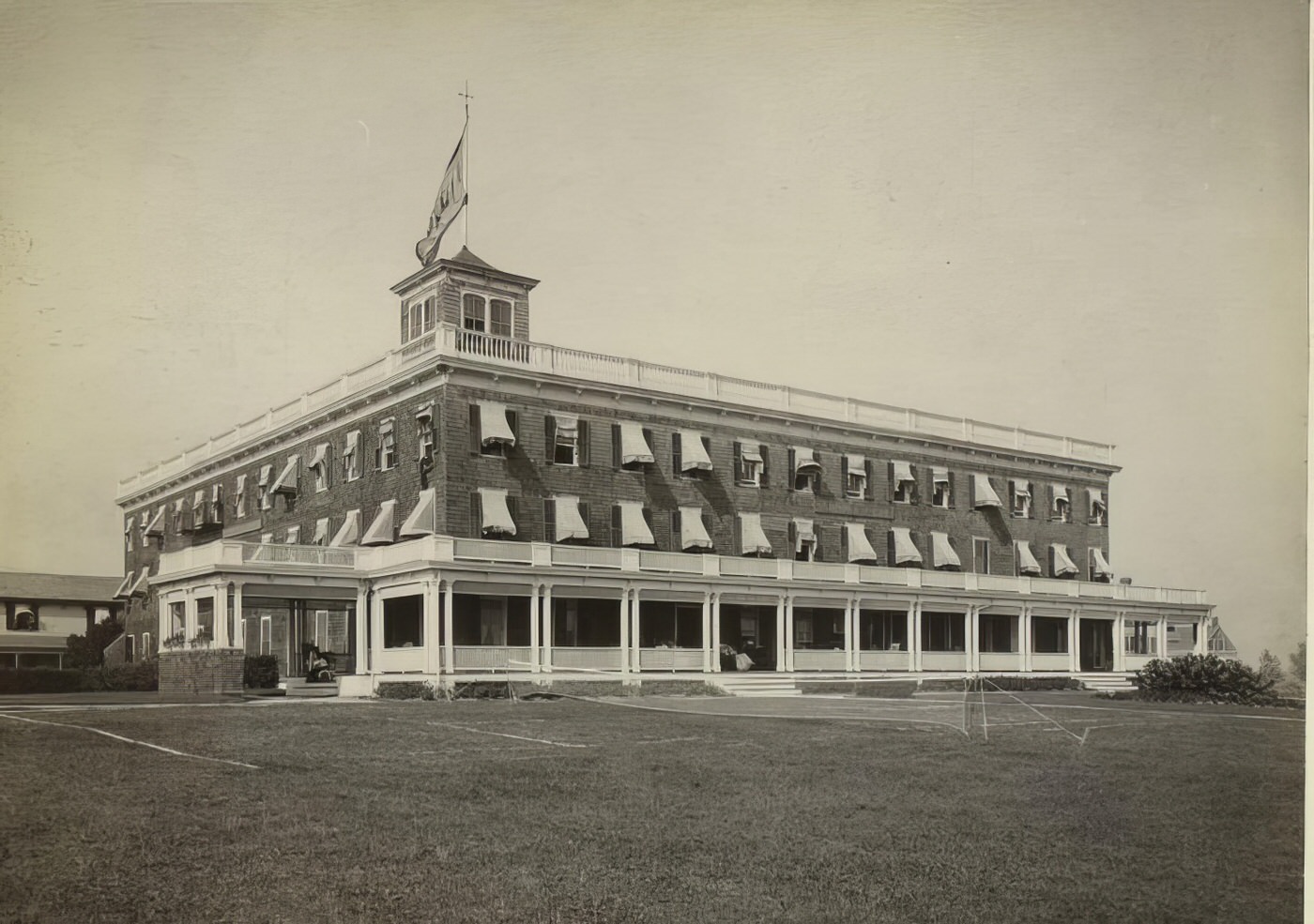
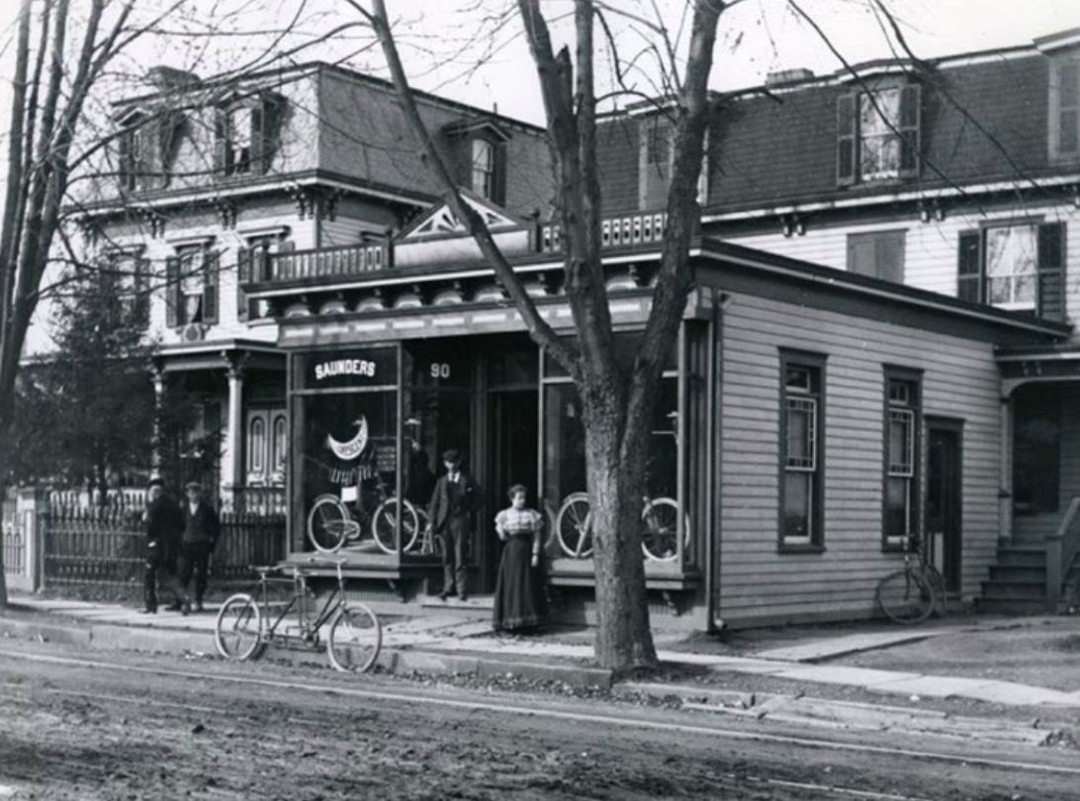
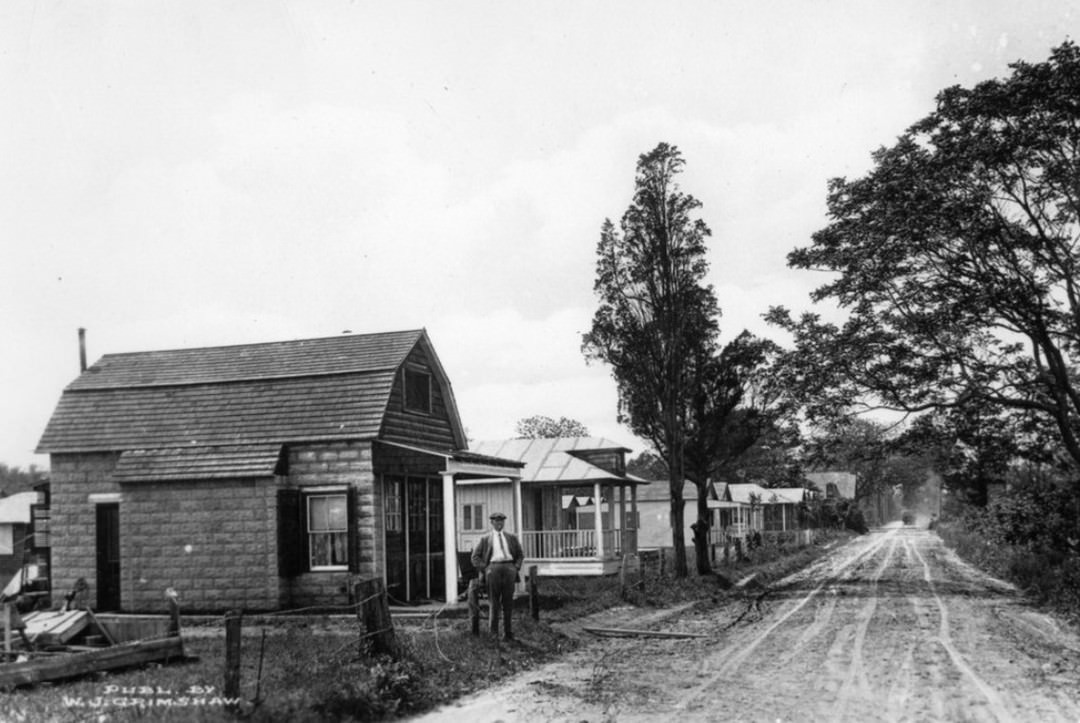
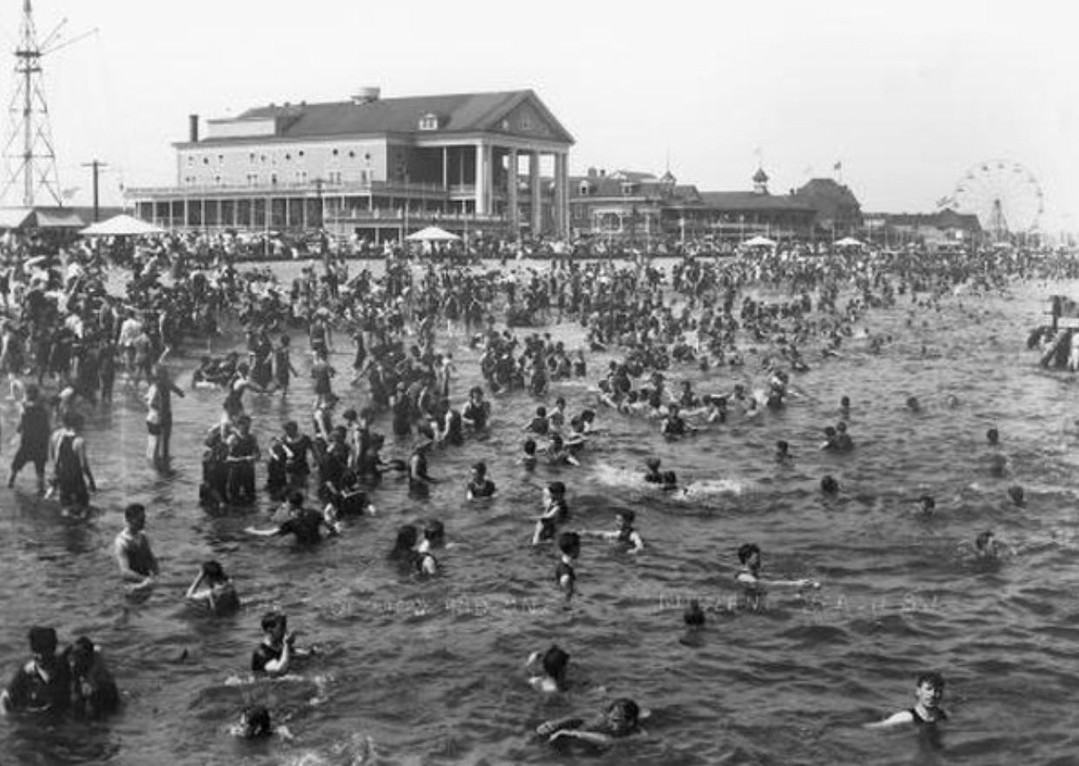
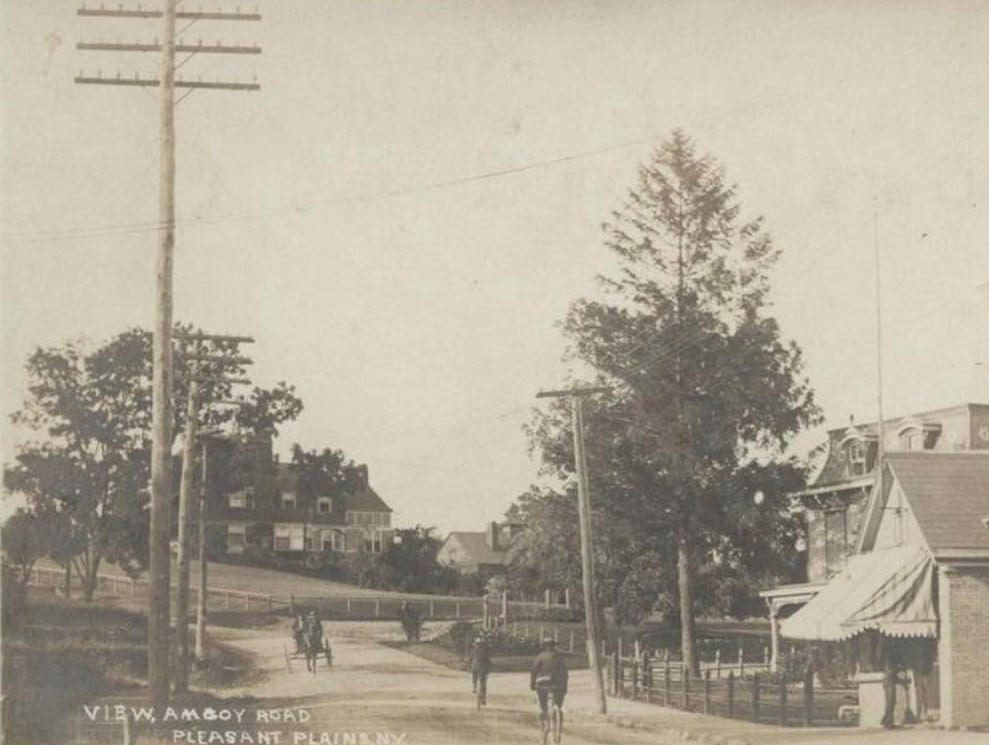
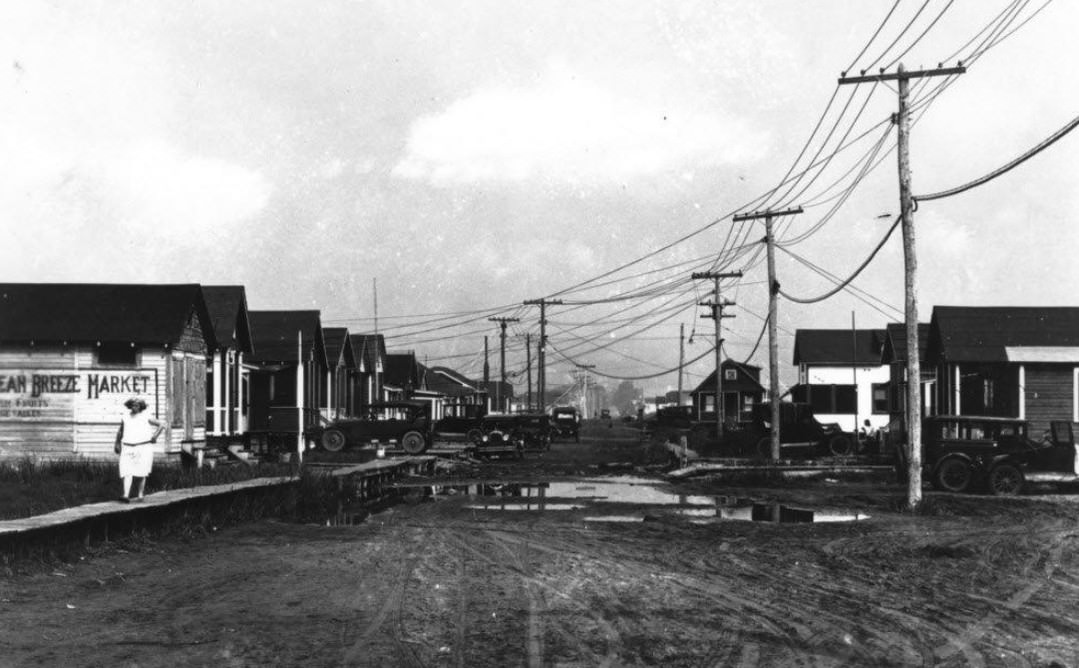
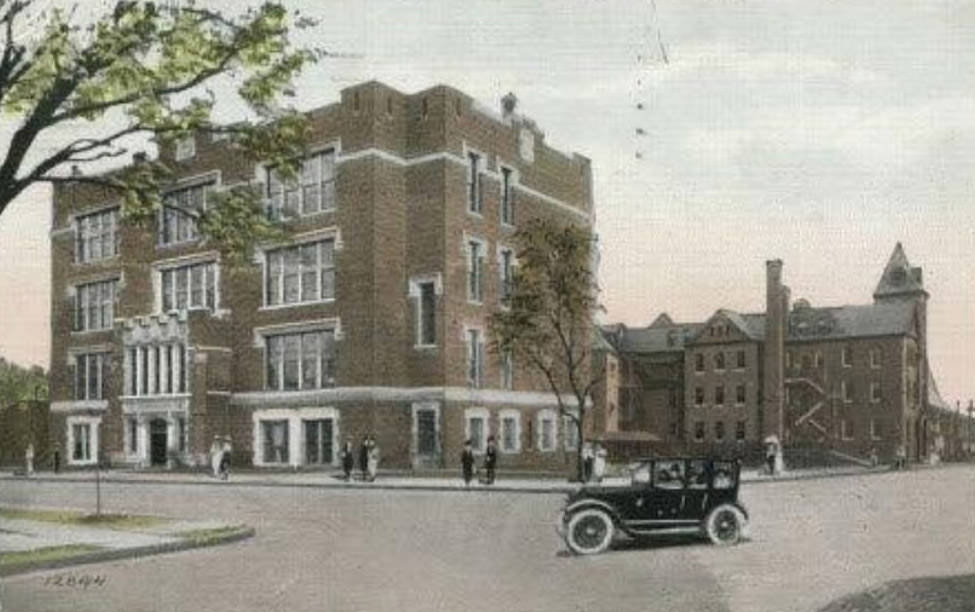
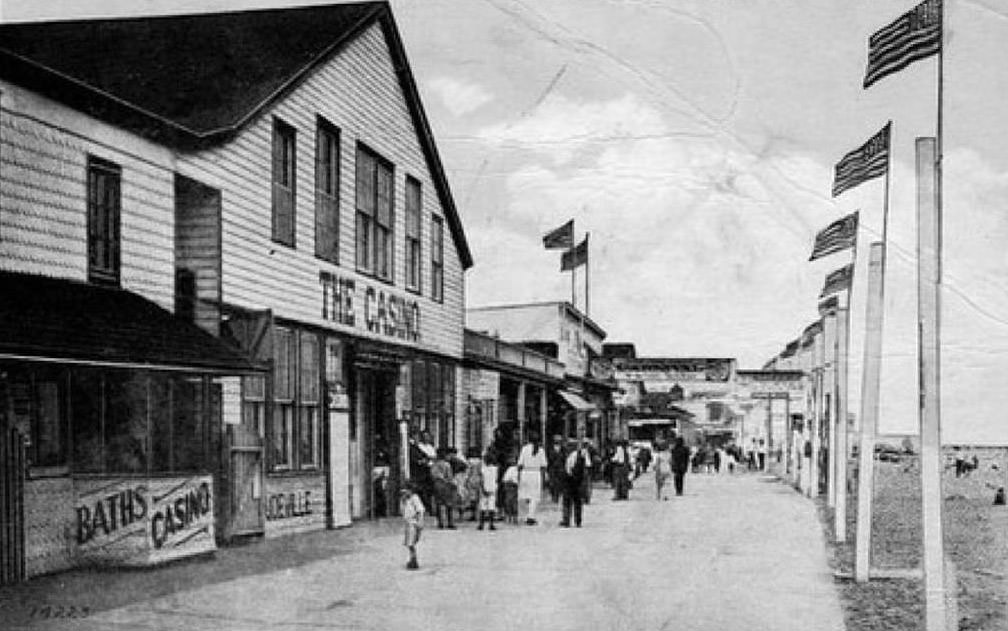
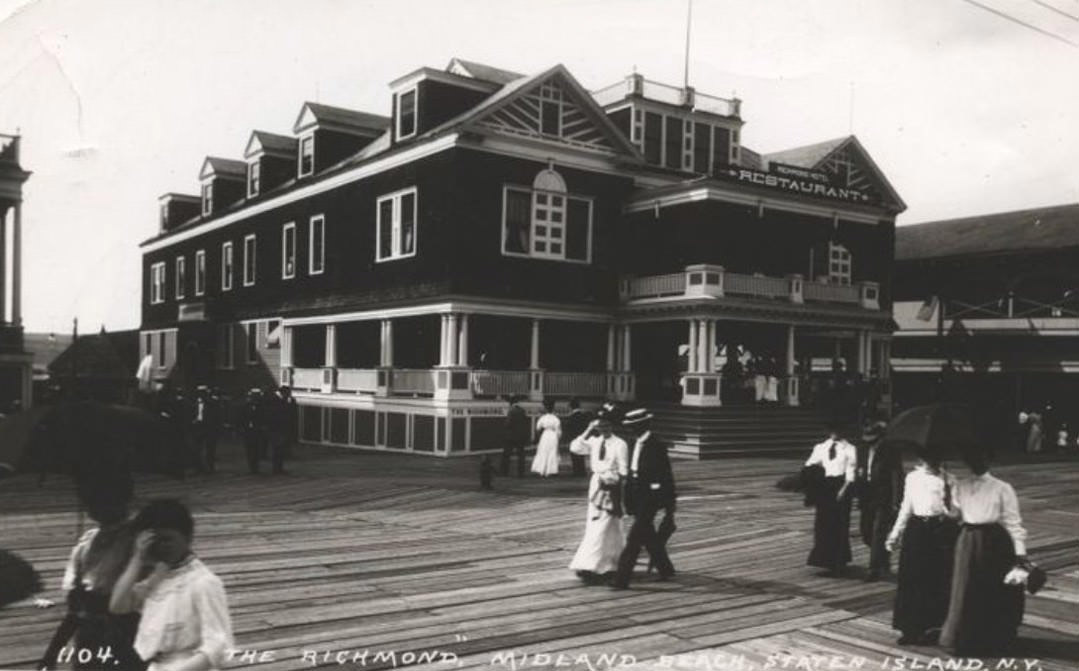
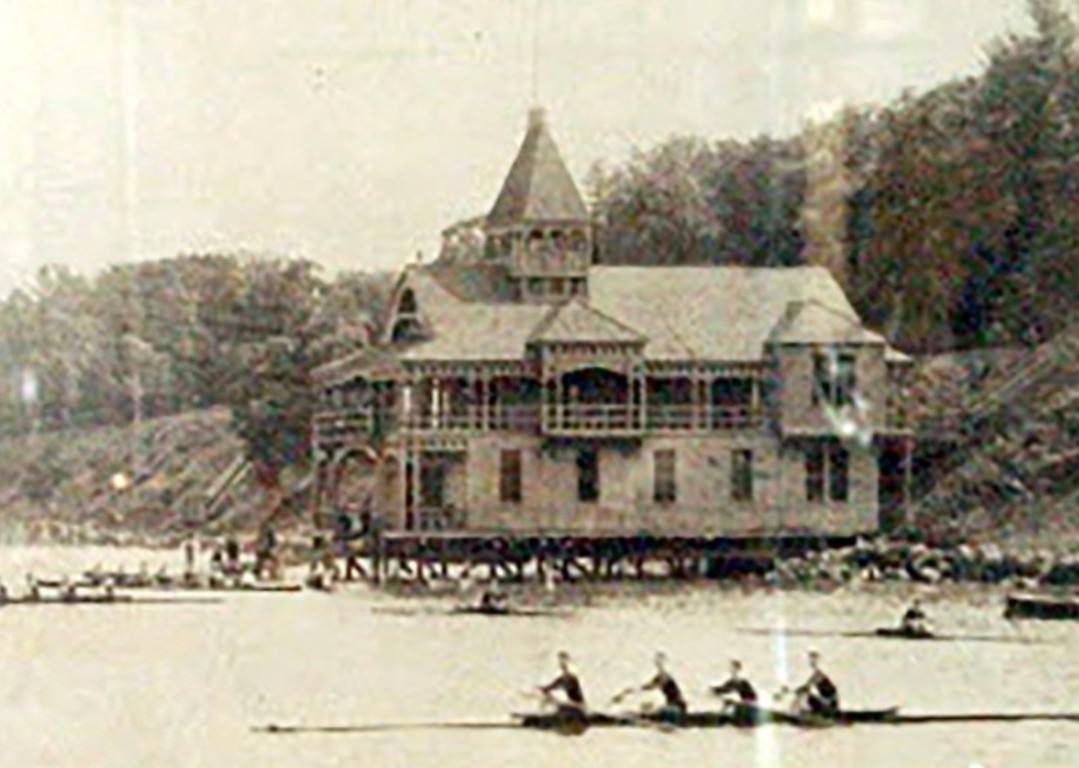
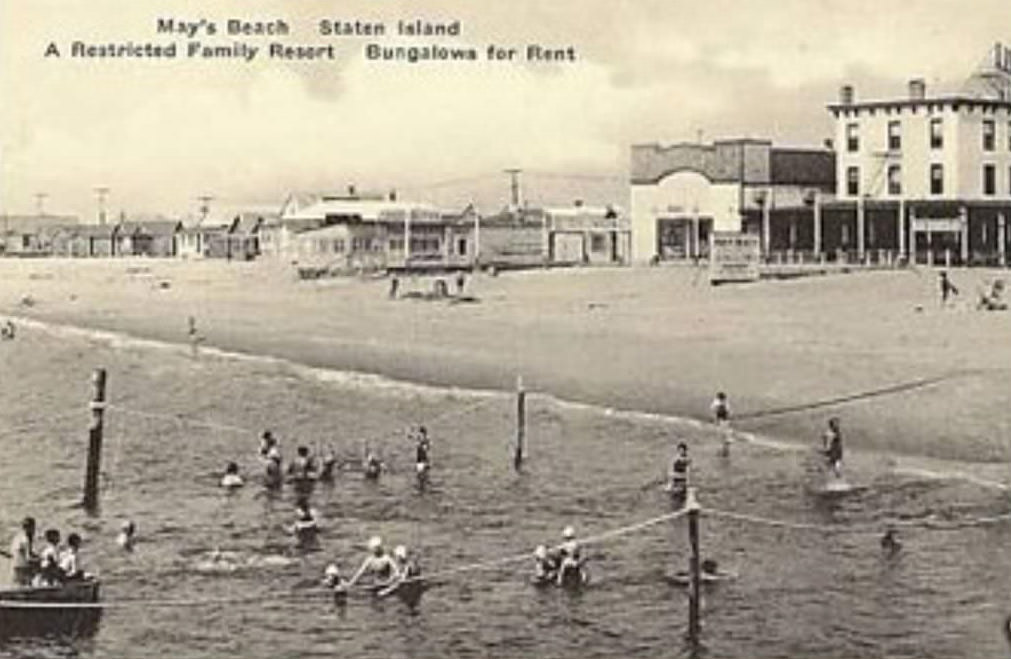
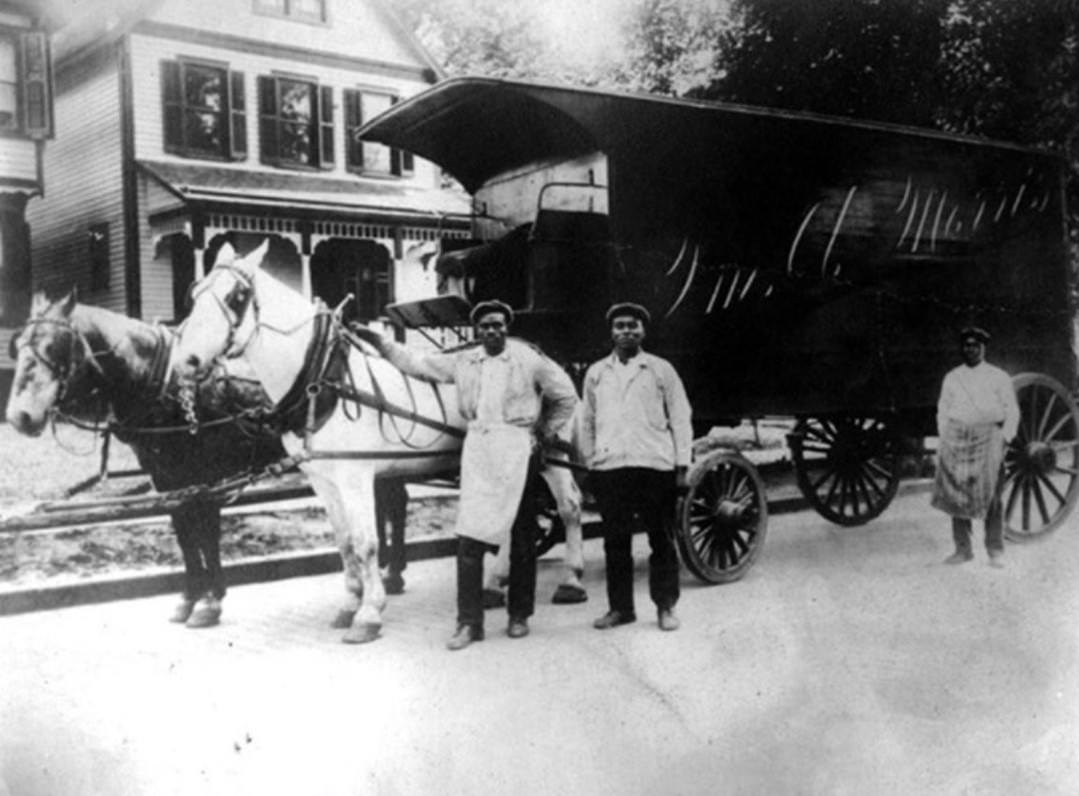
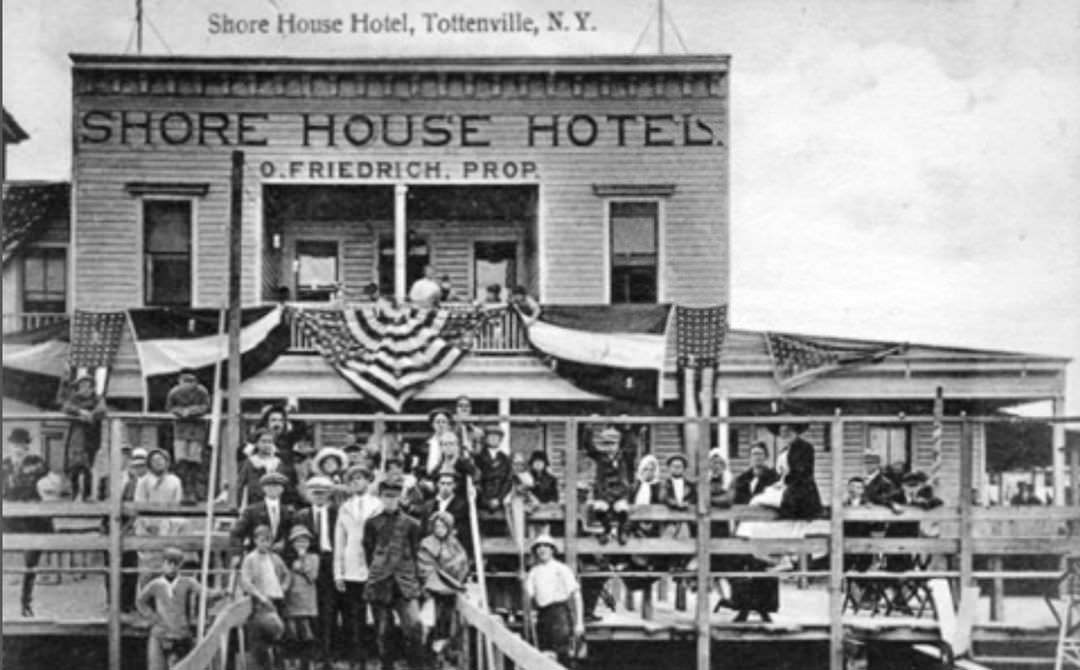
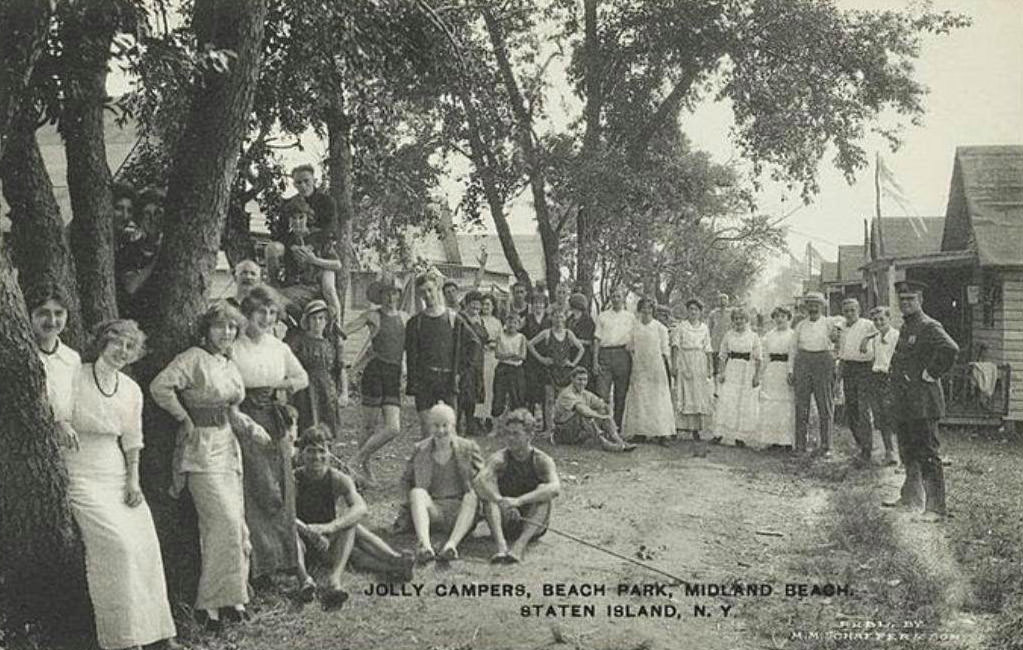
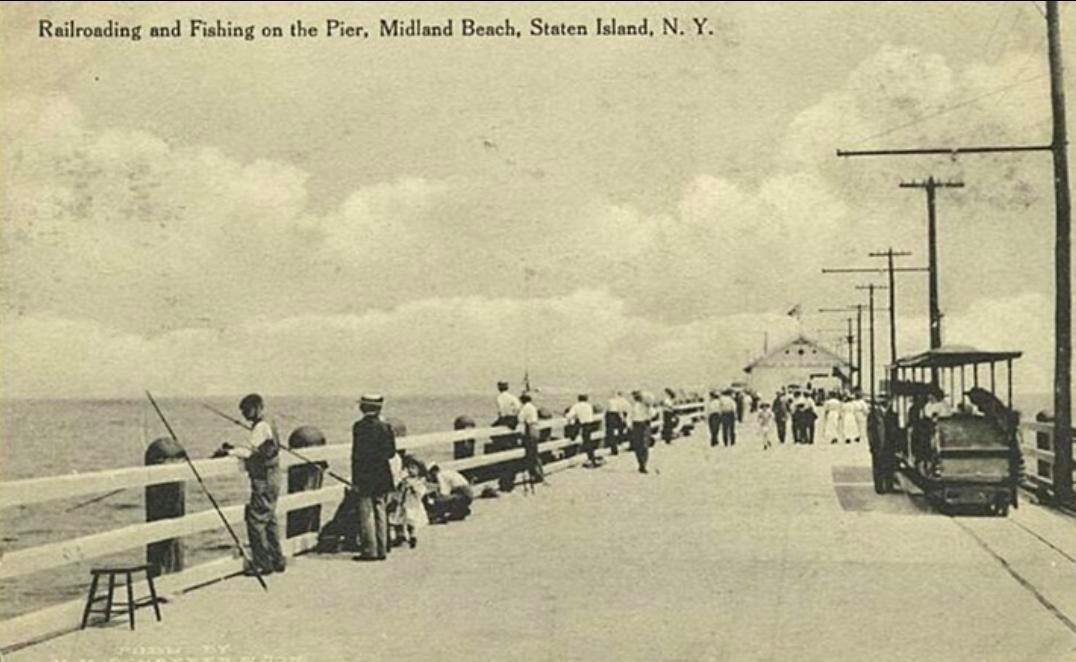
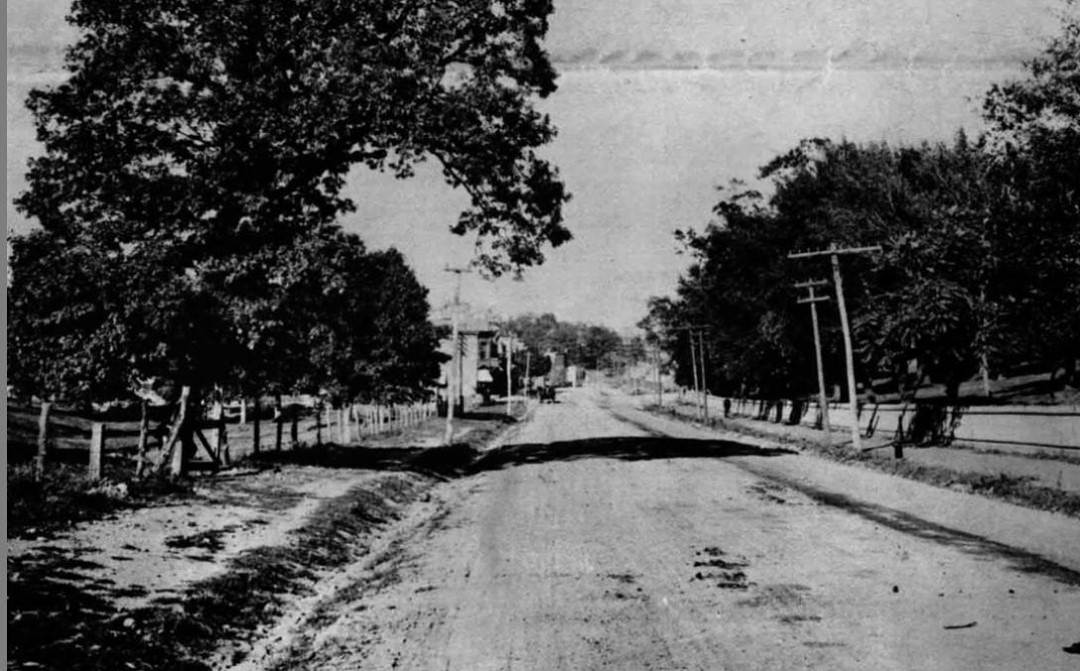
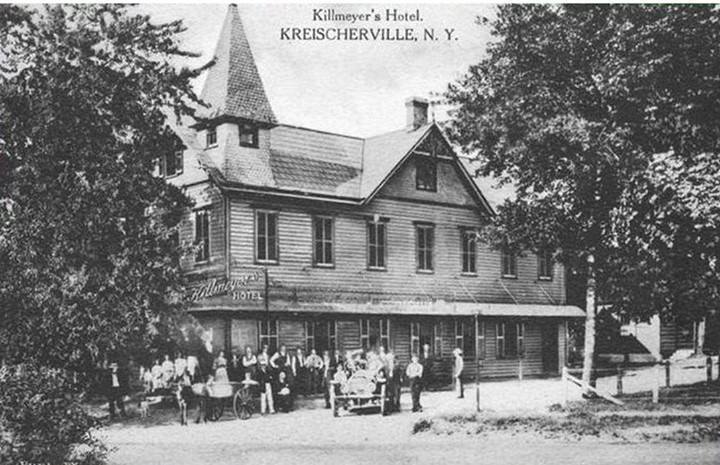
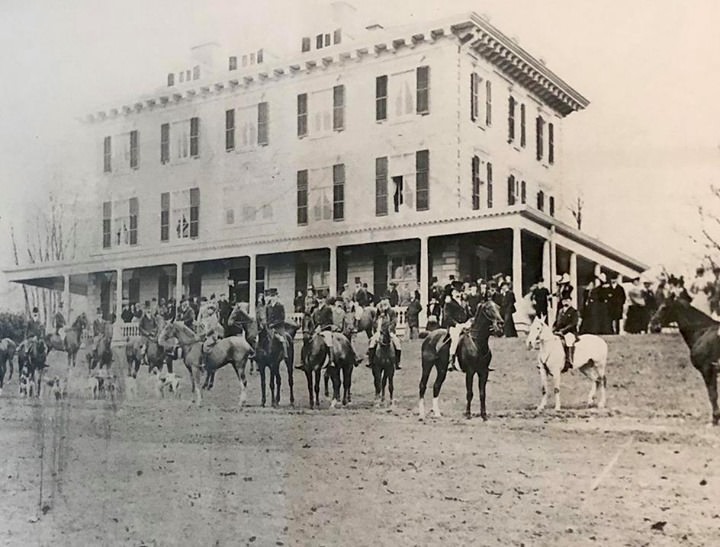
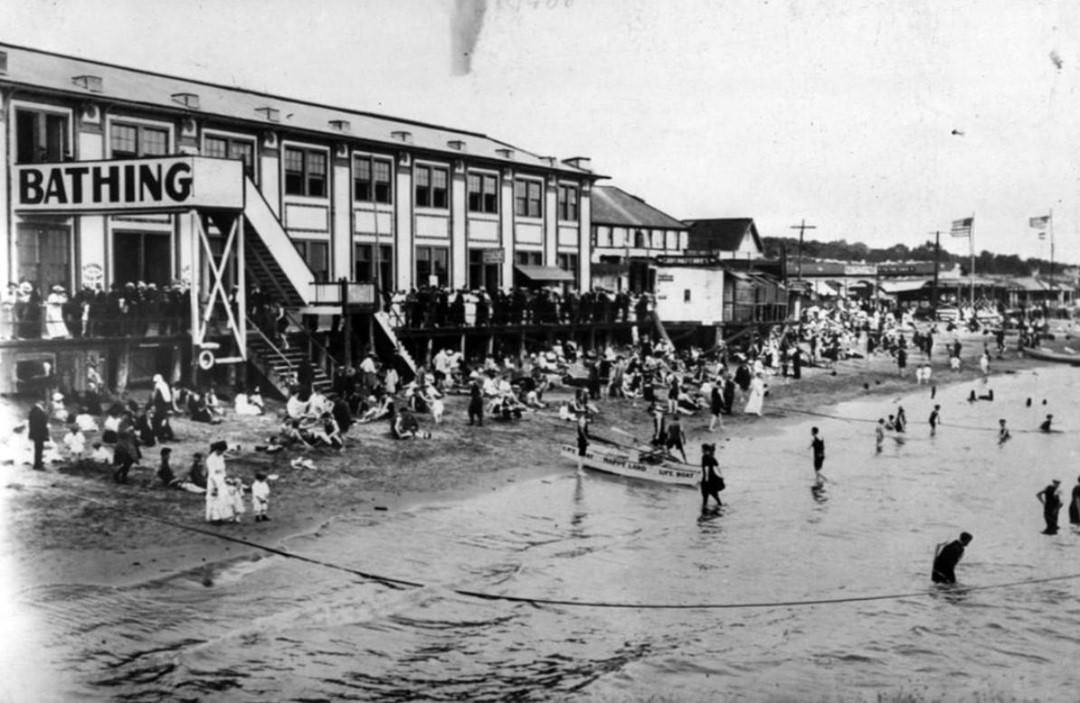

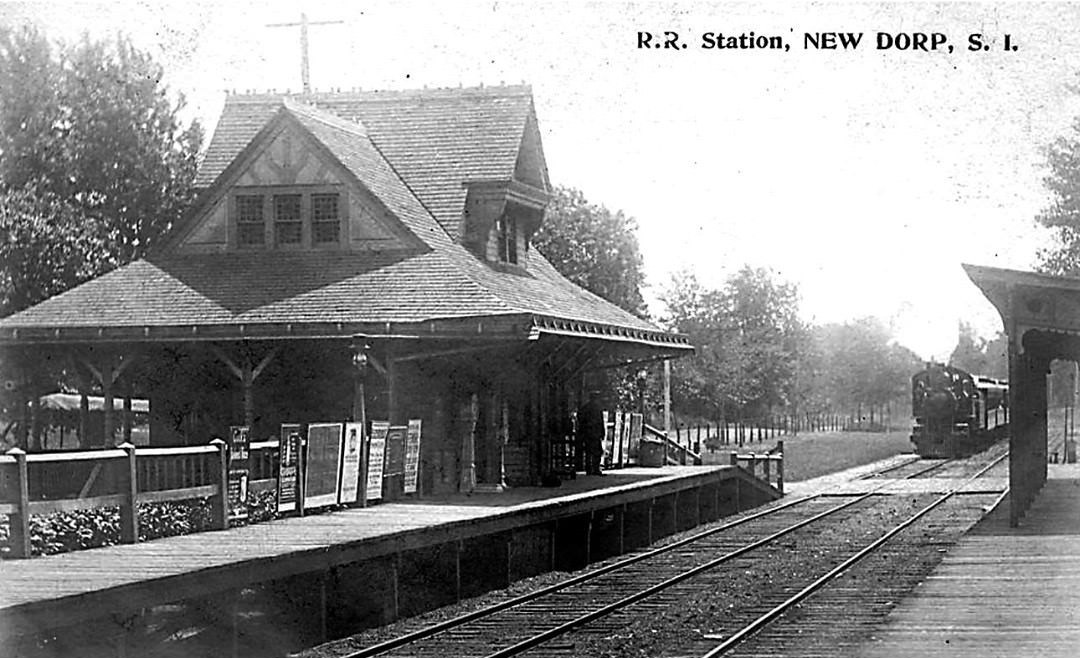
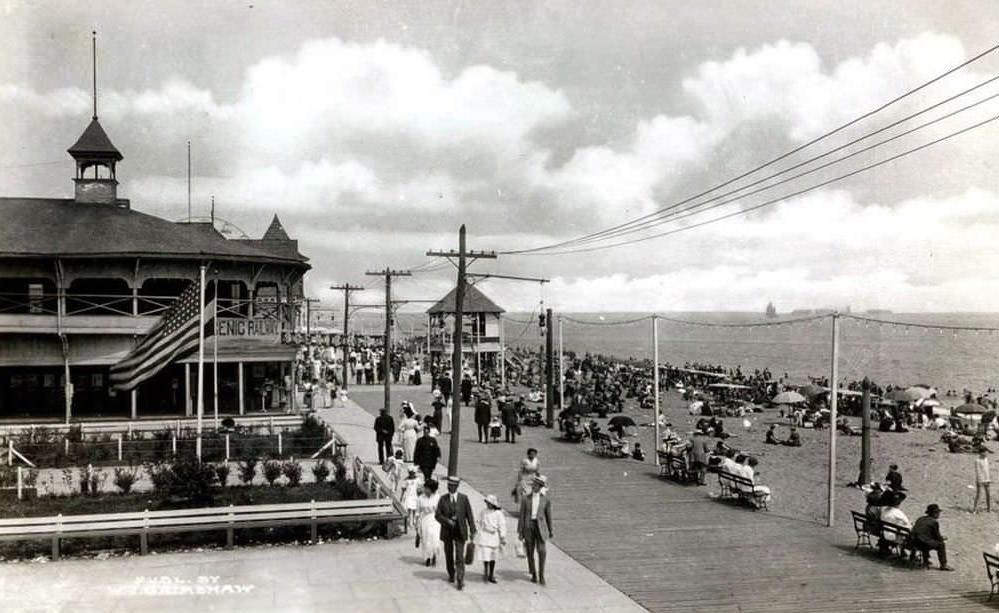
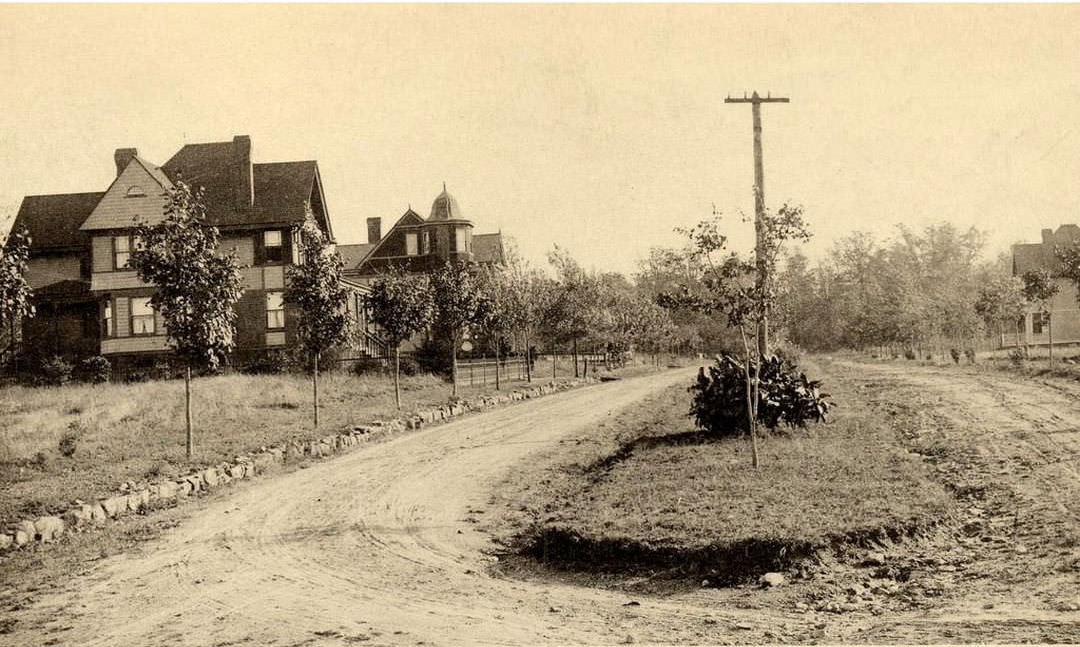
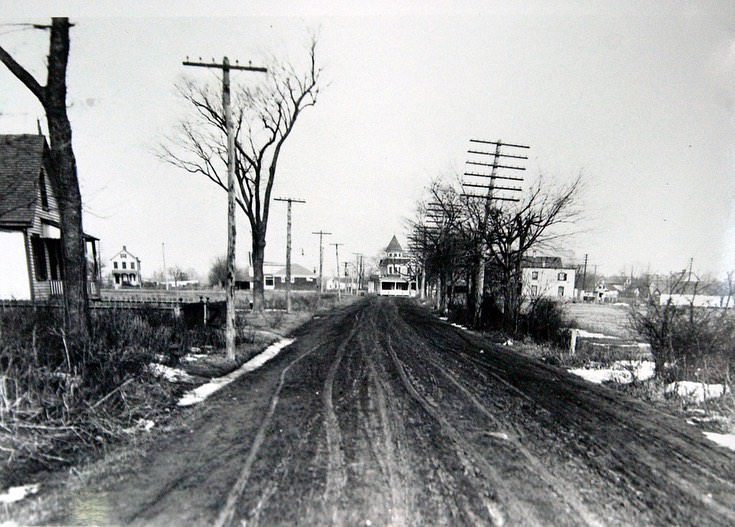
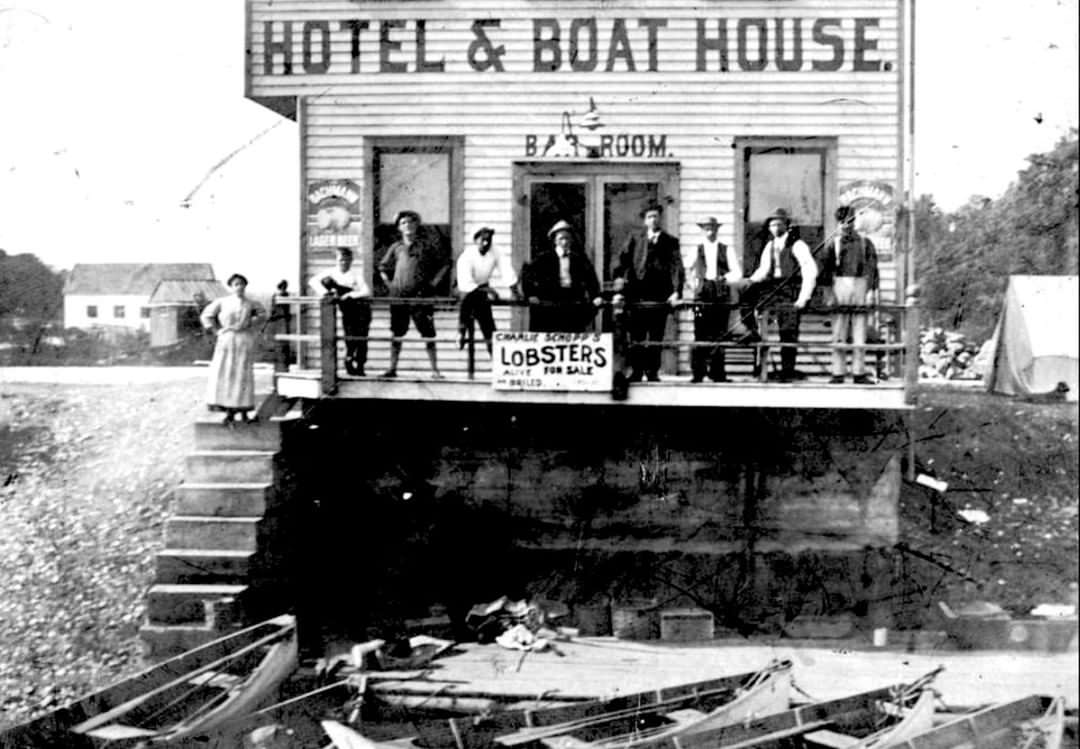
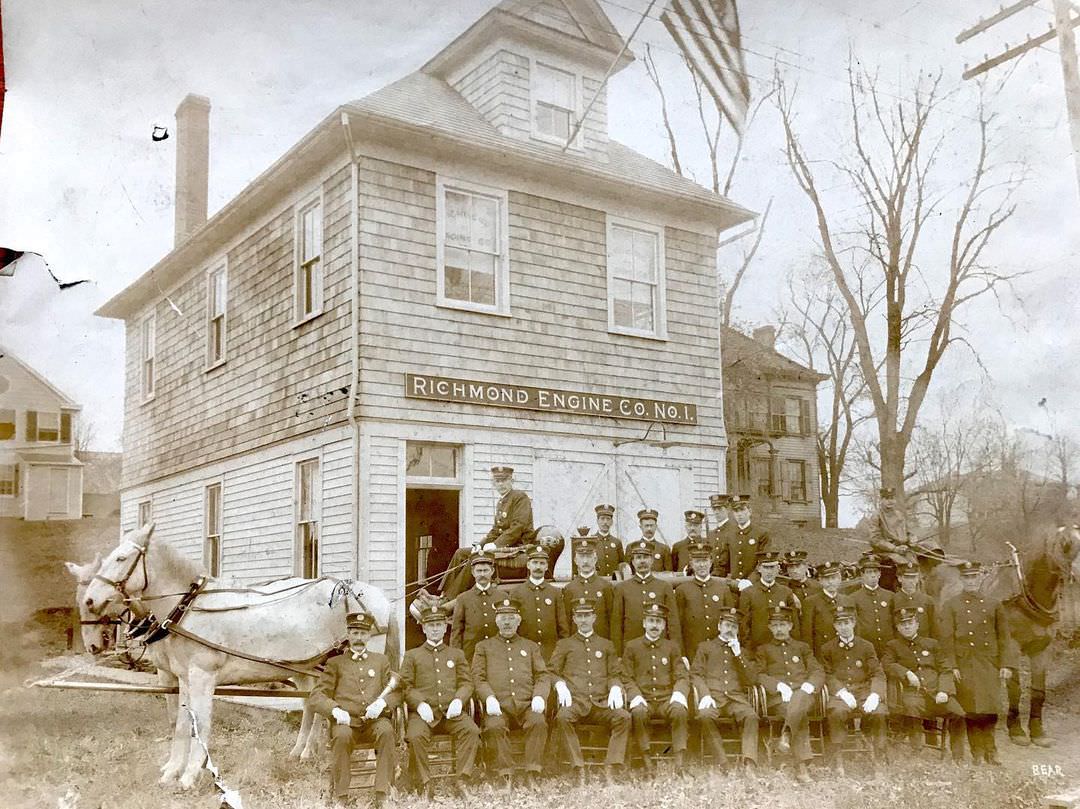
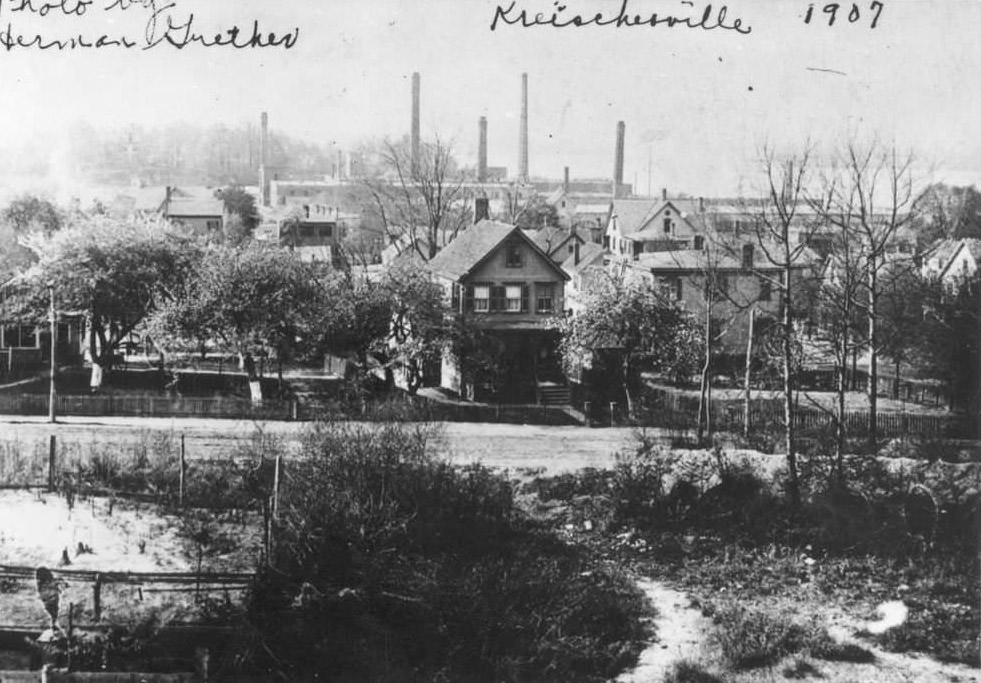
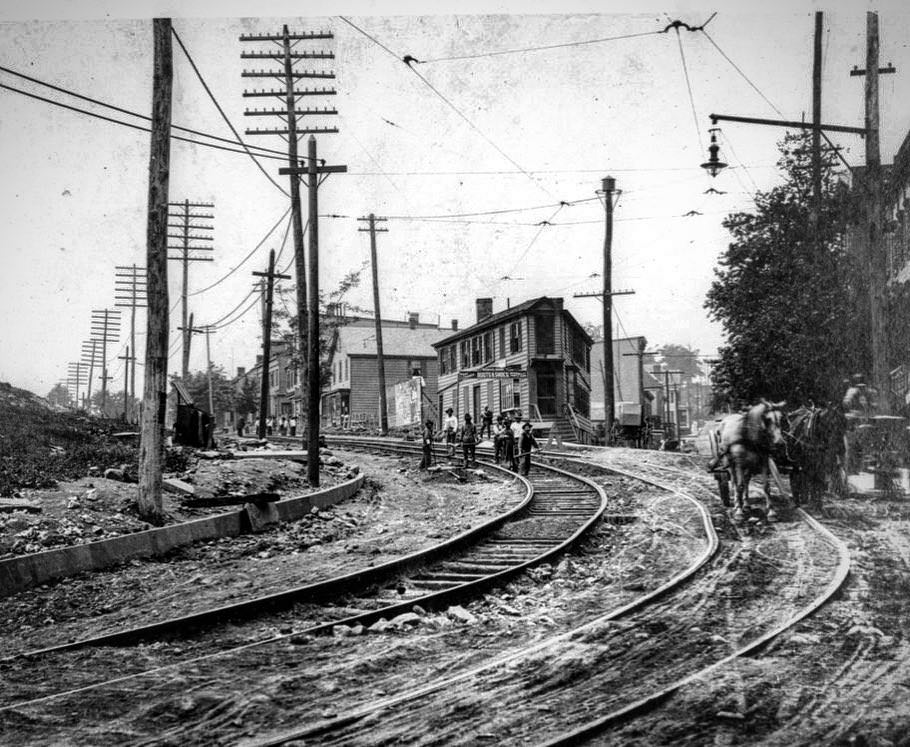
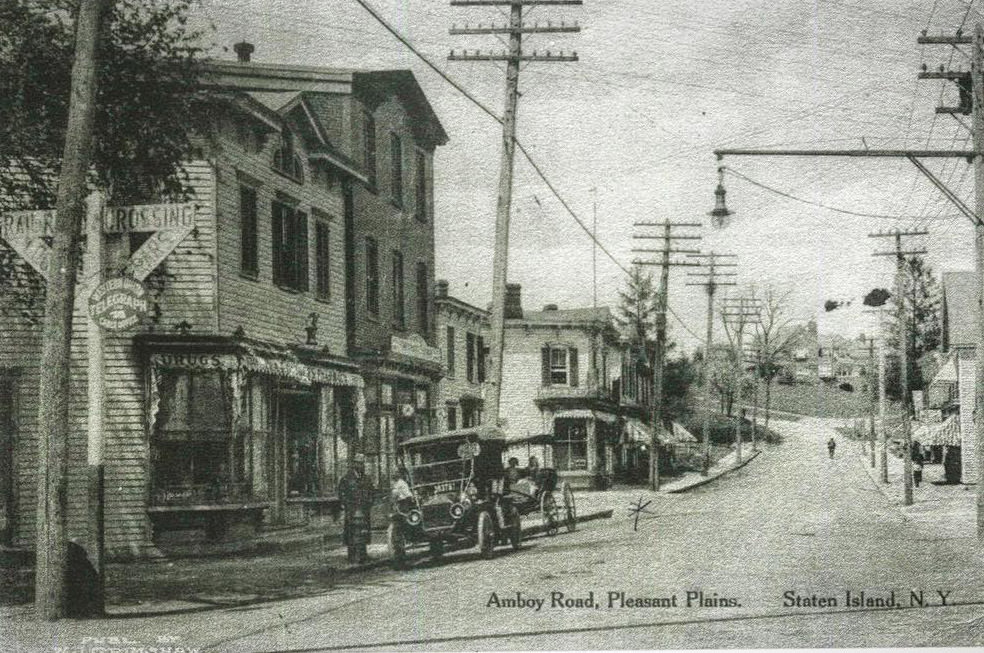
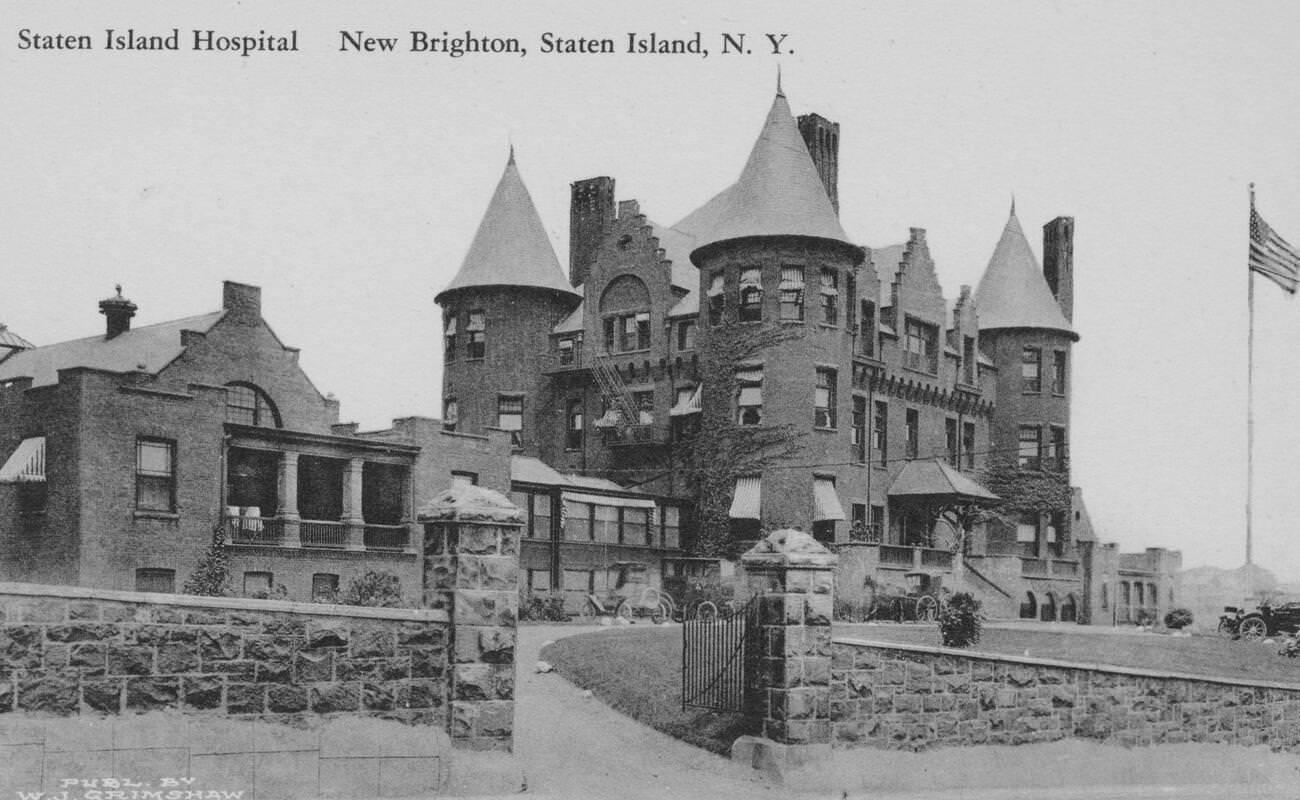
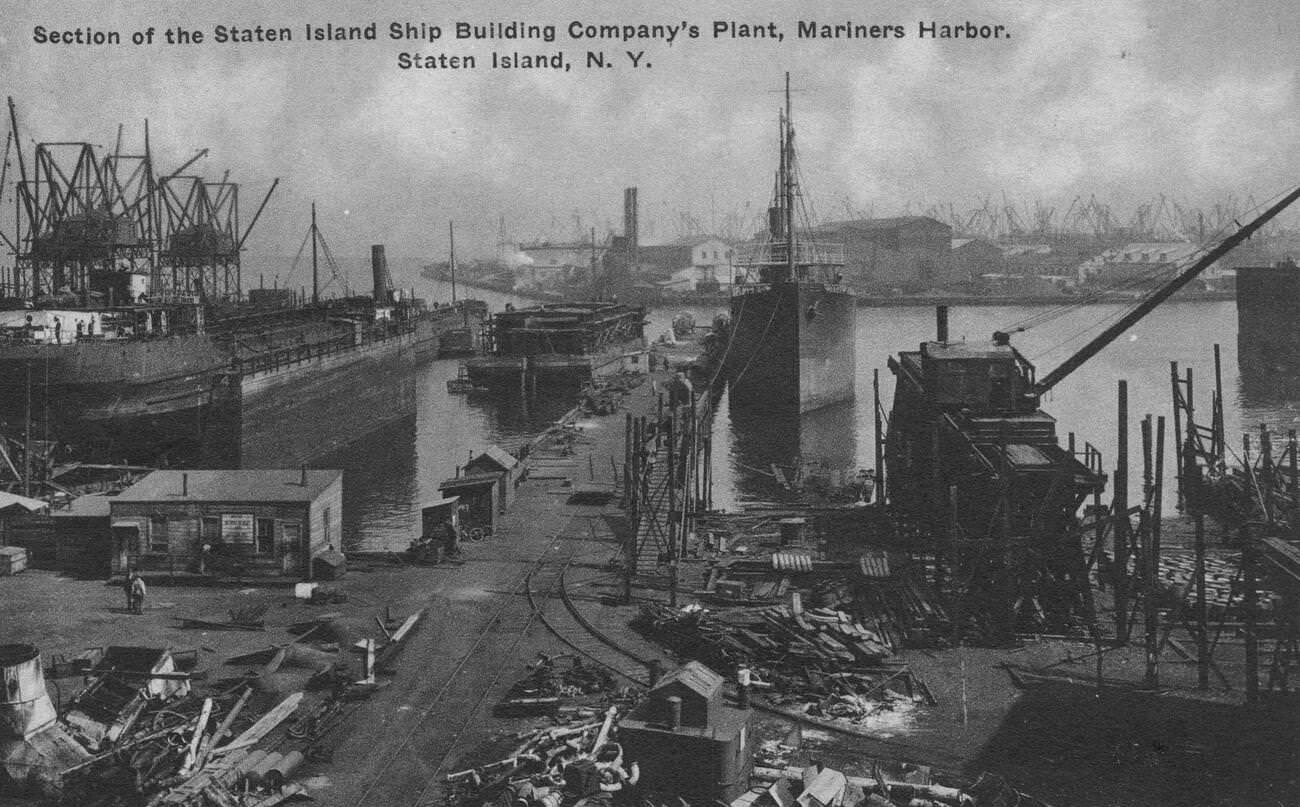
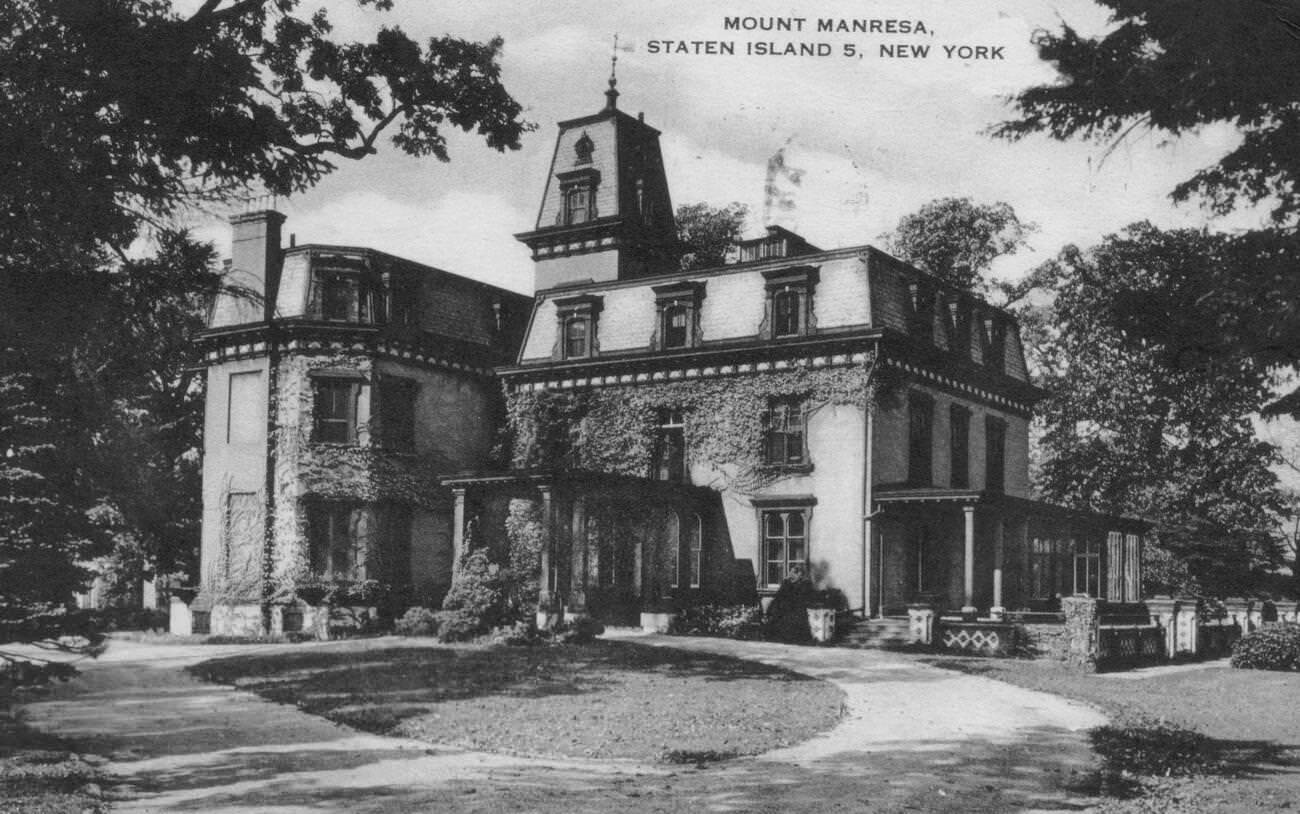
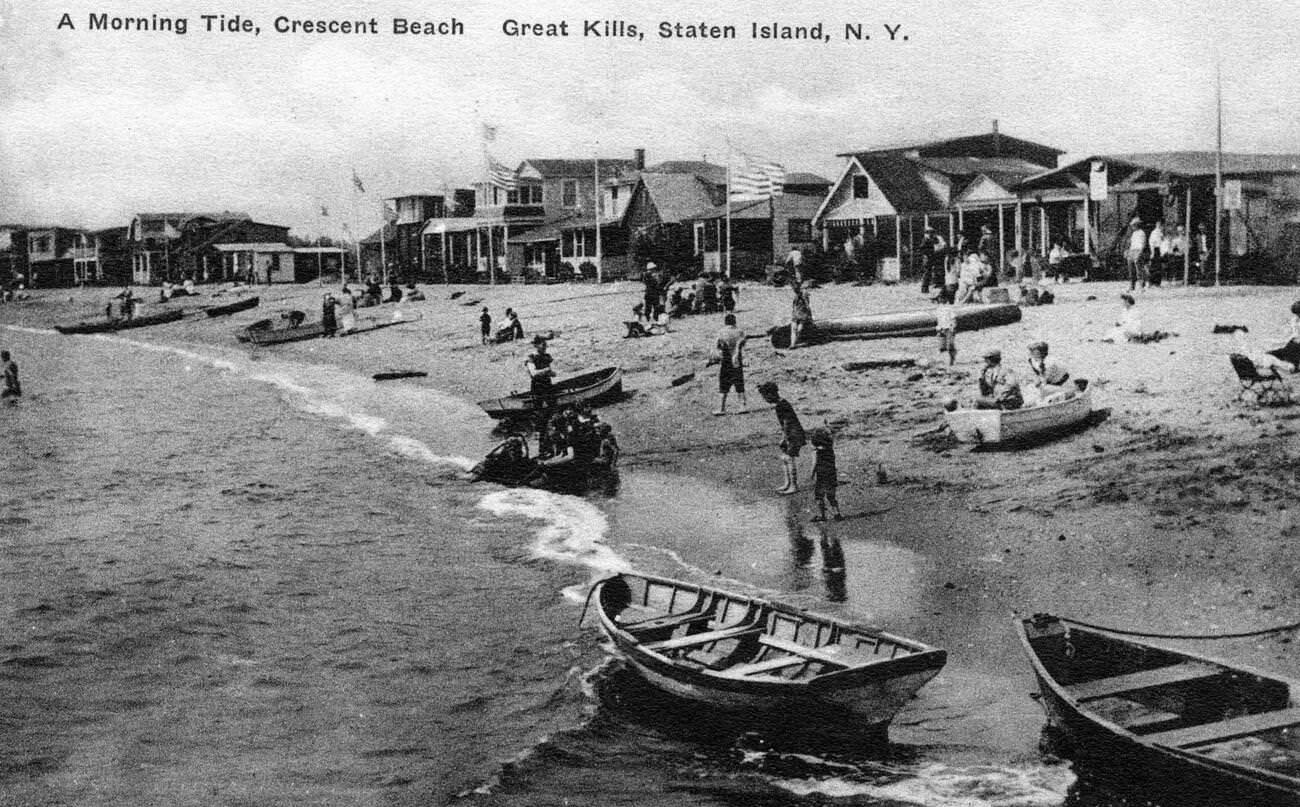
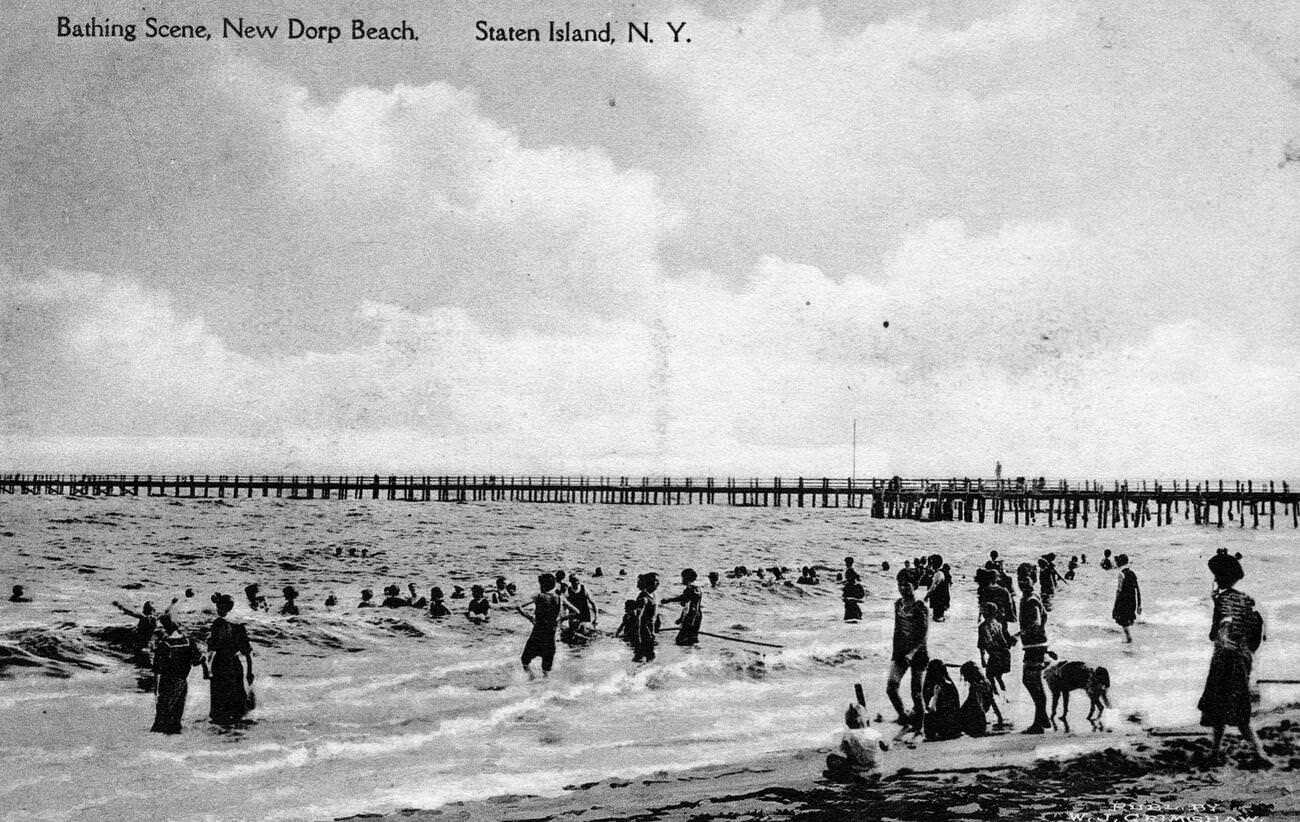
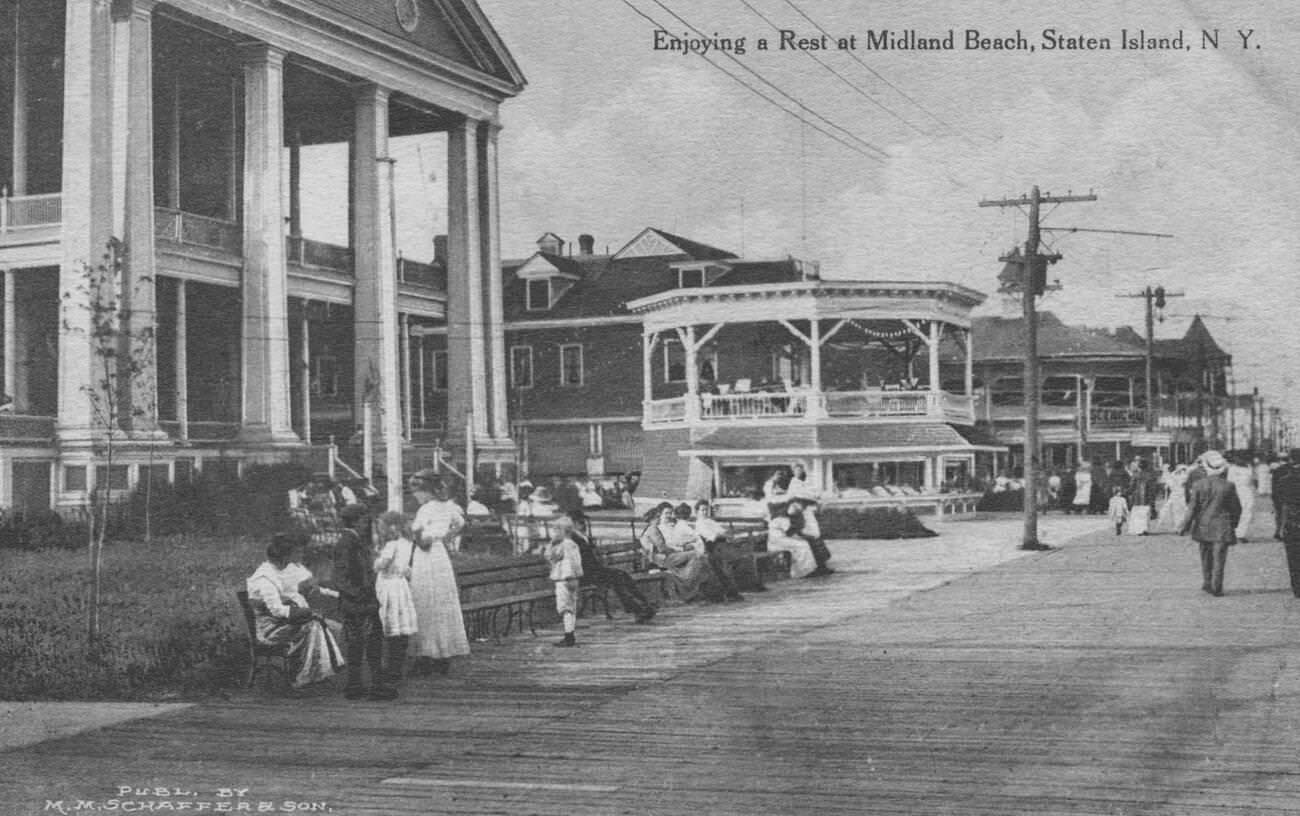
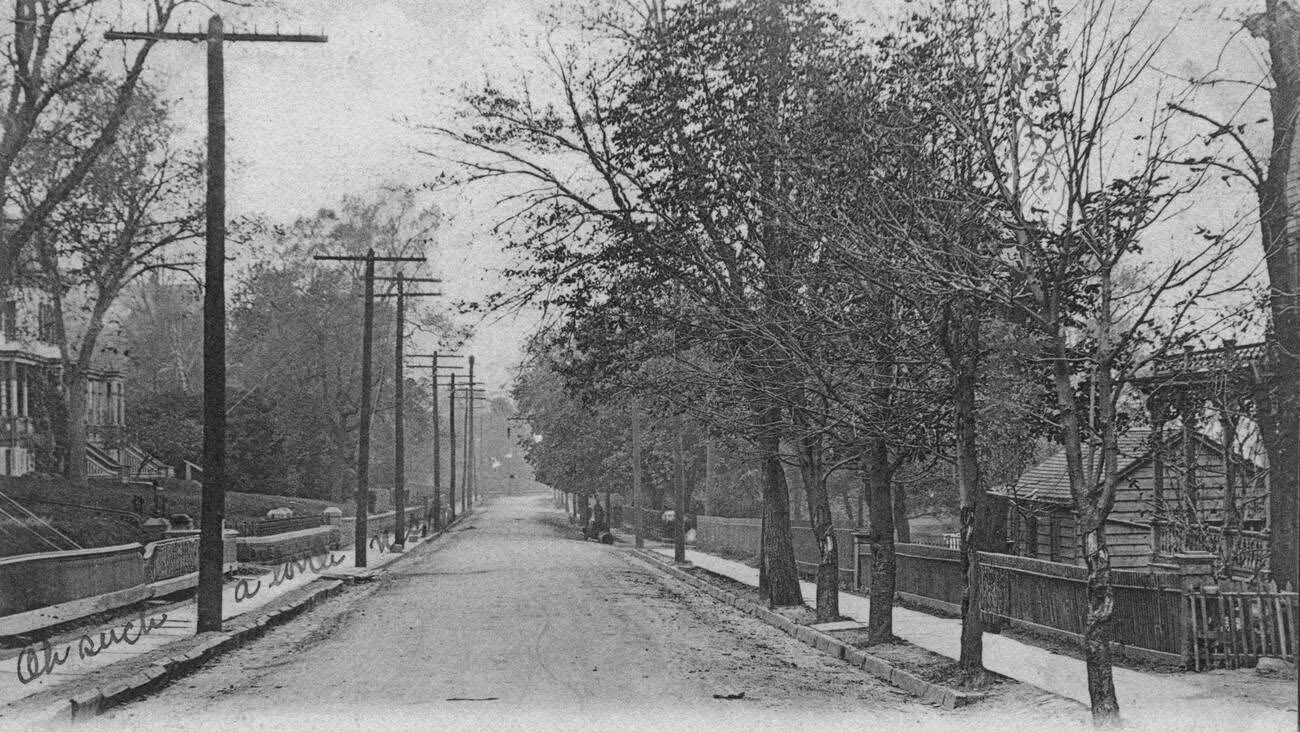
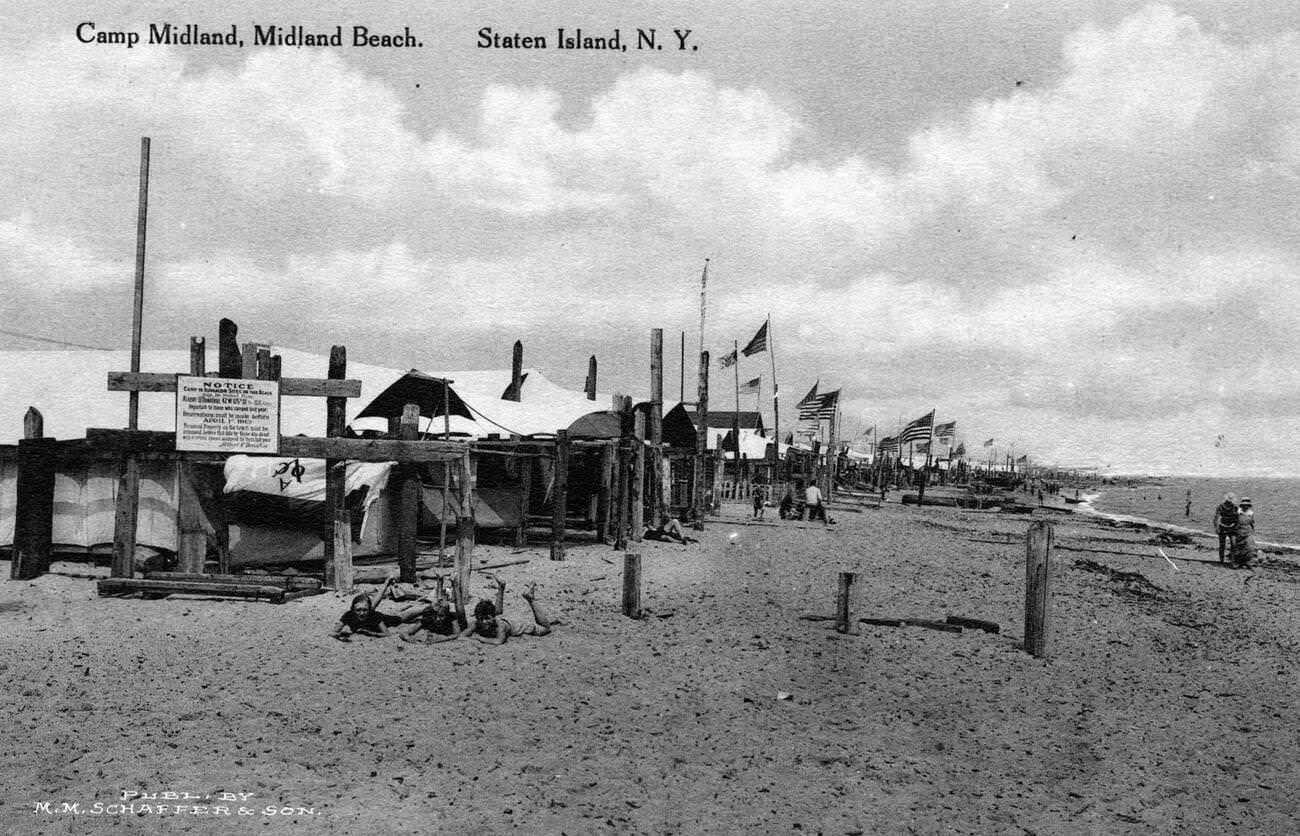

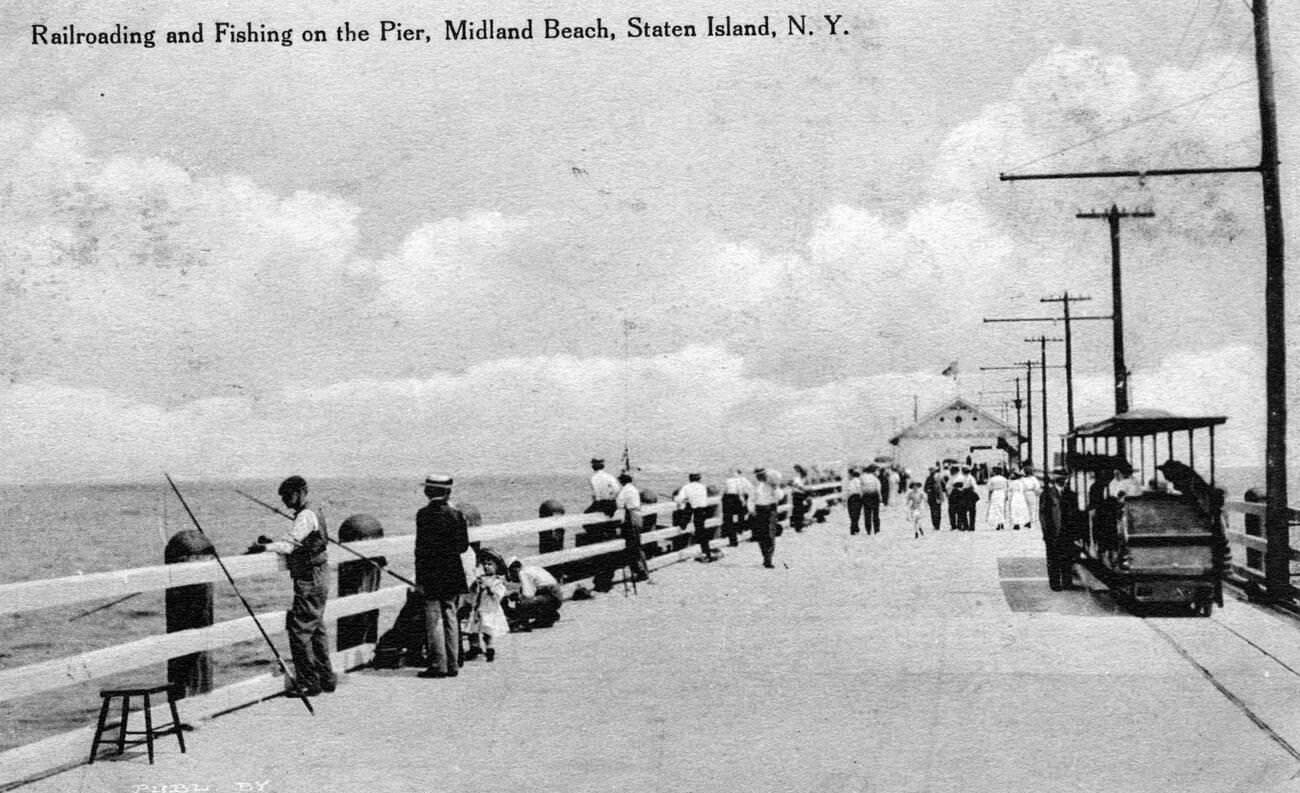
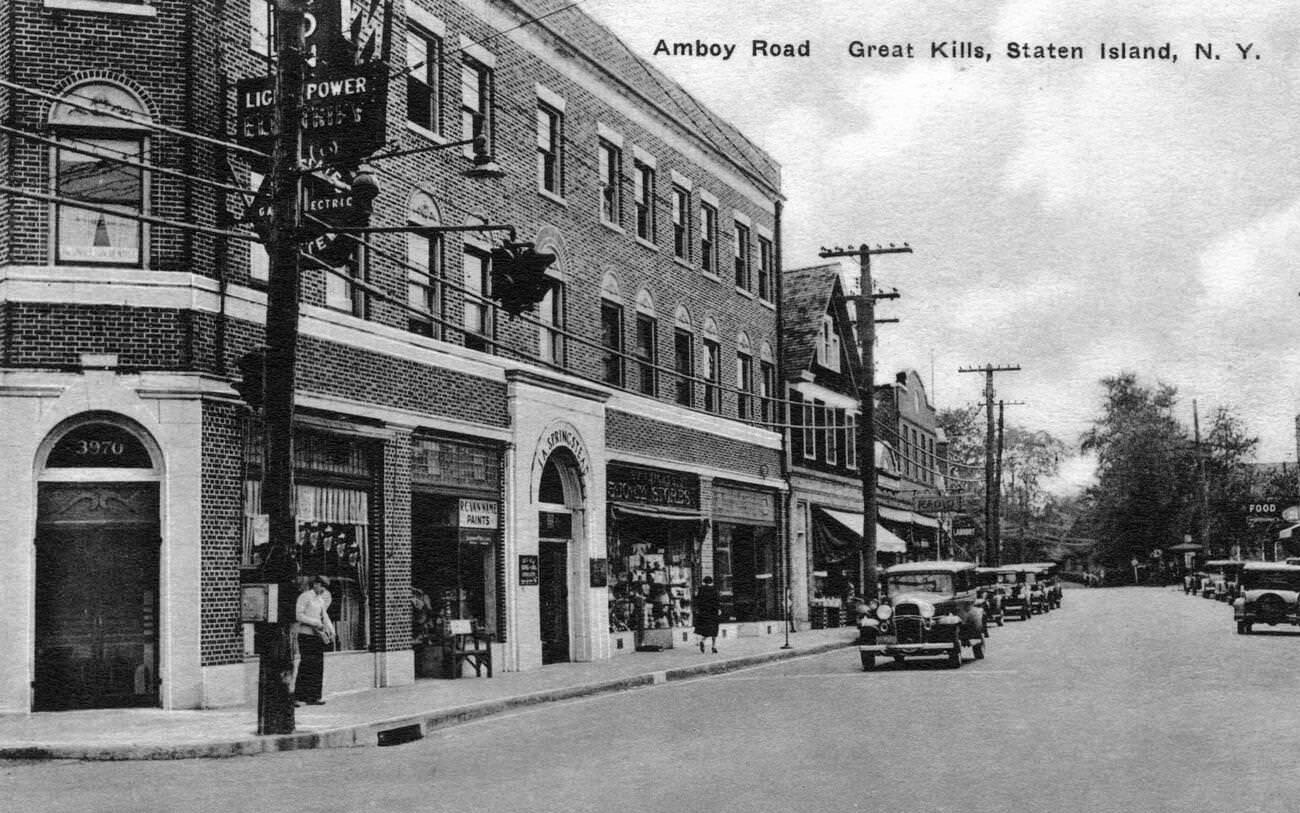
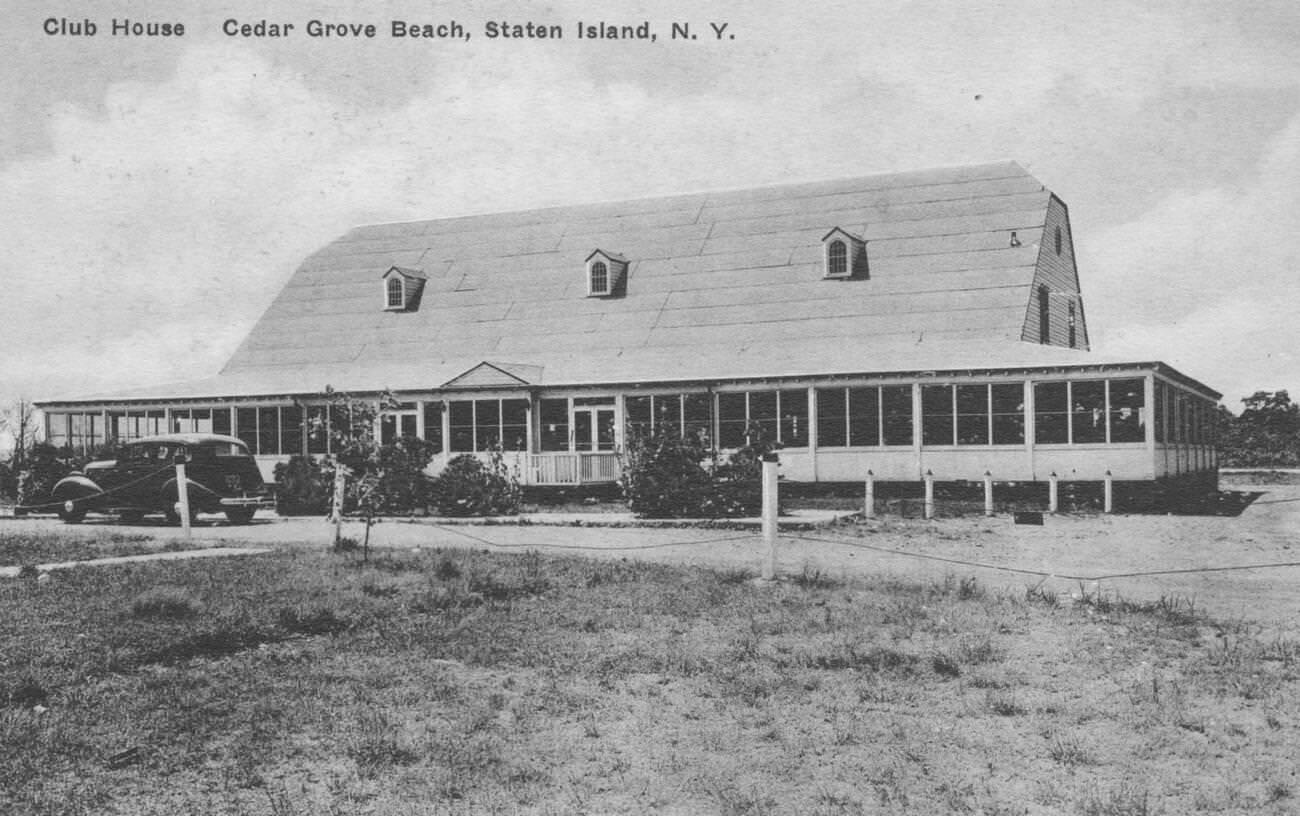
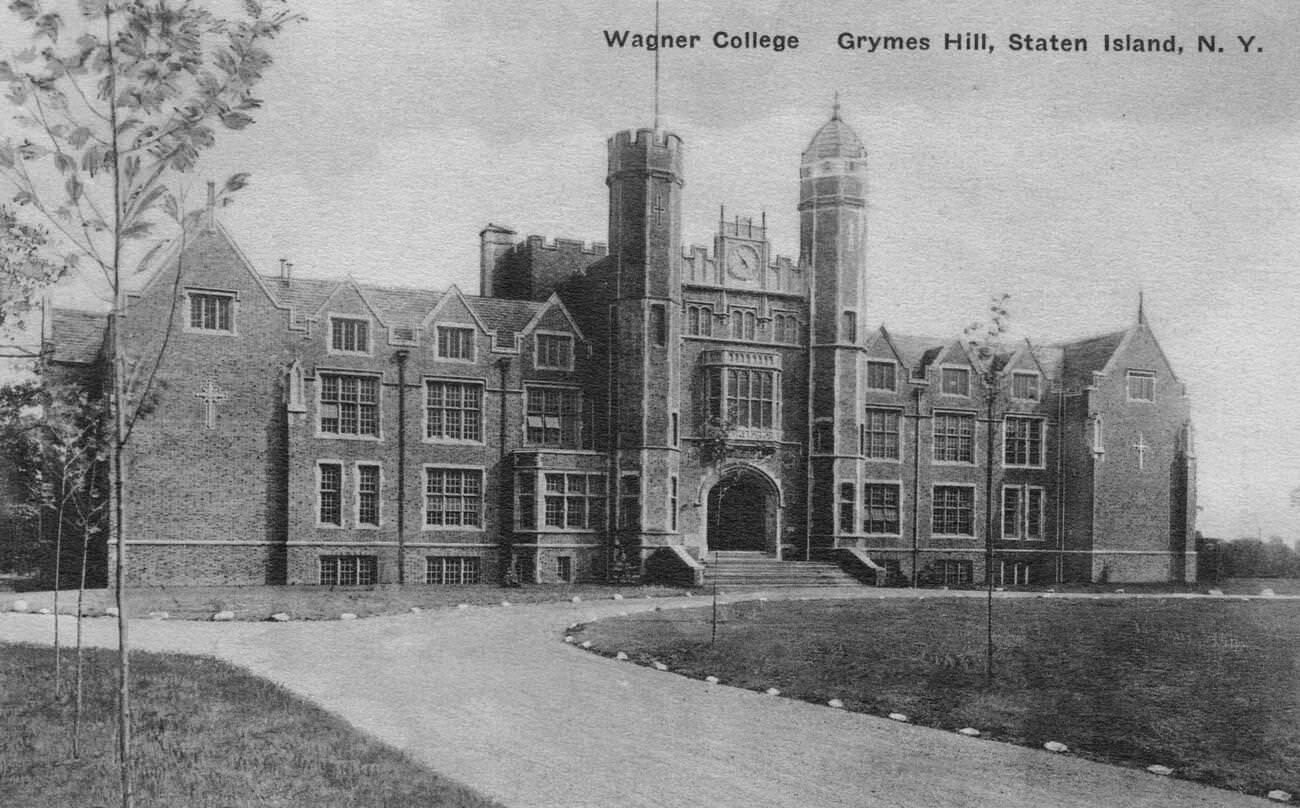
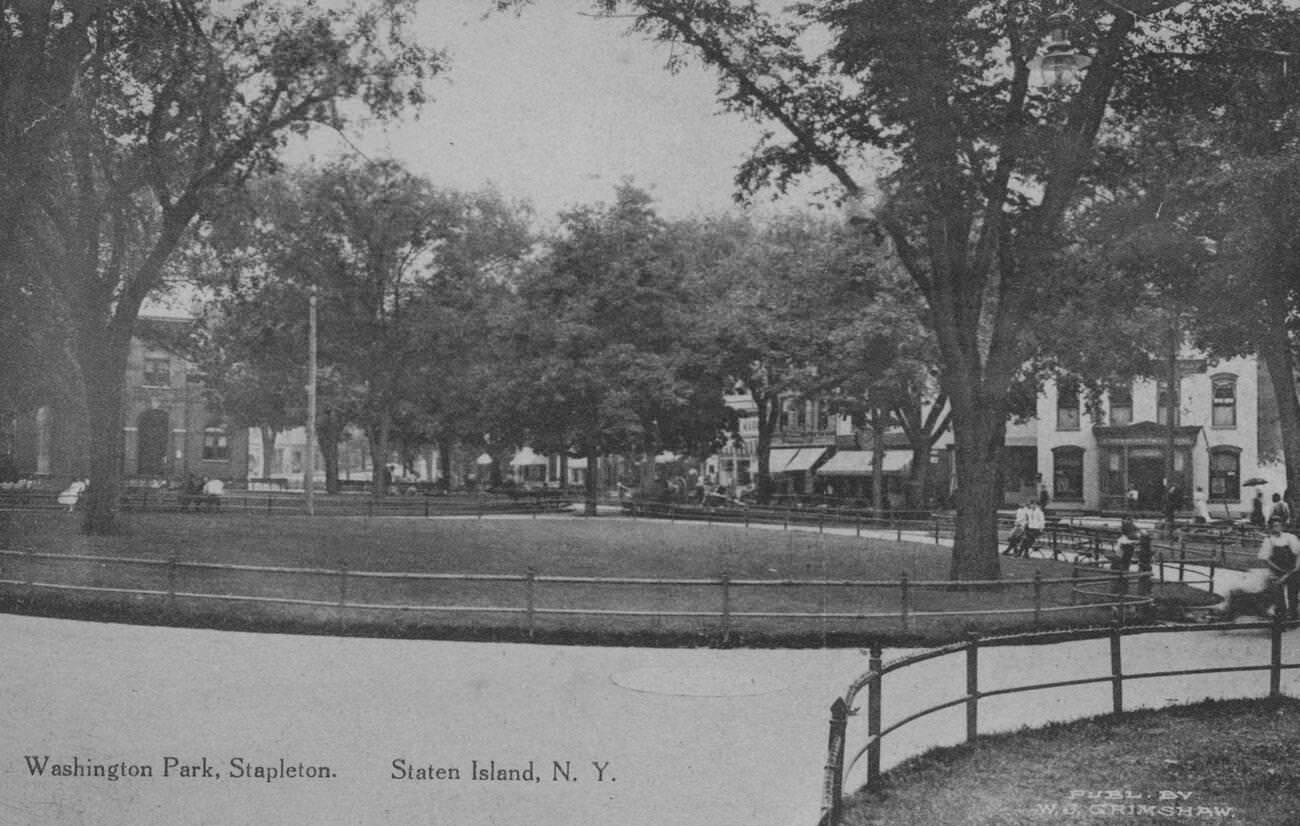

GIPHY App Key not set. Please check settings